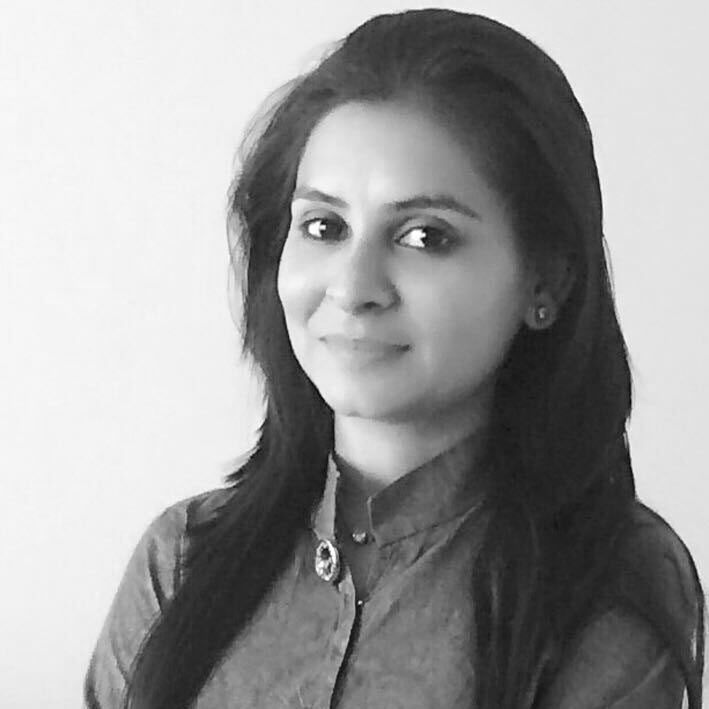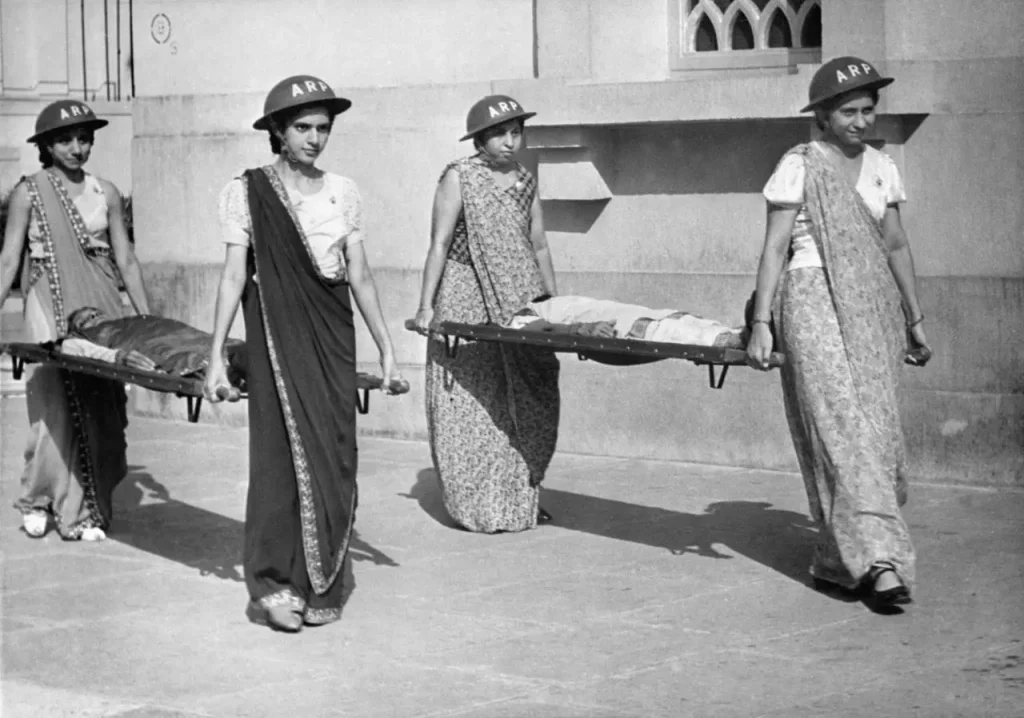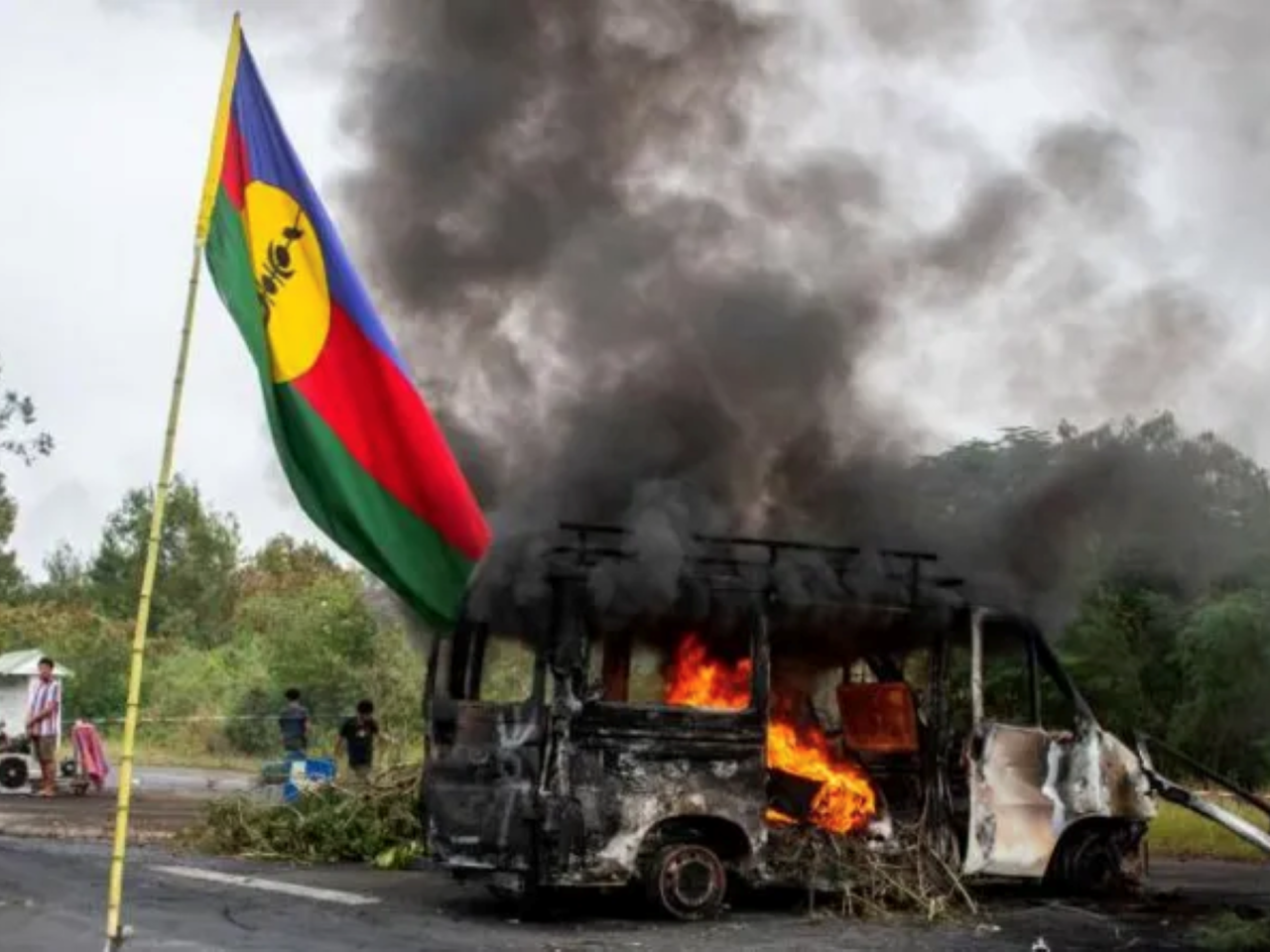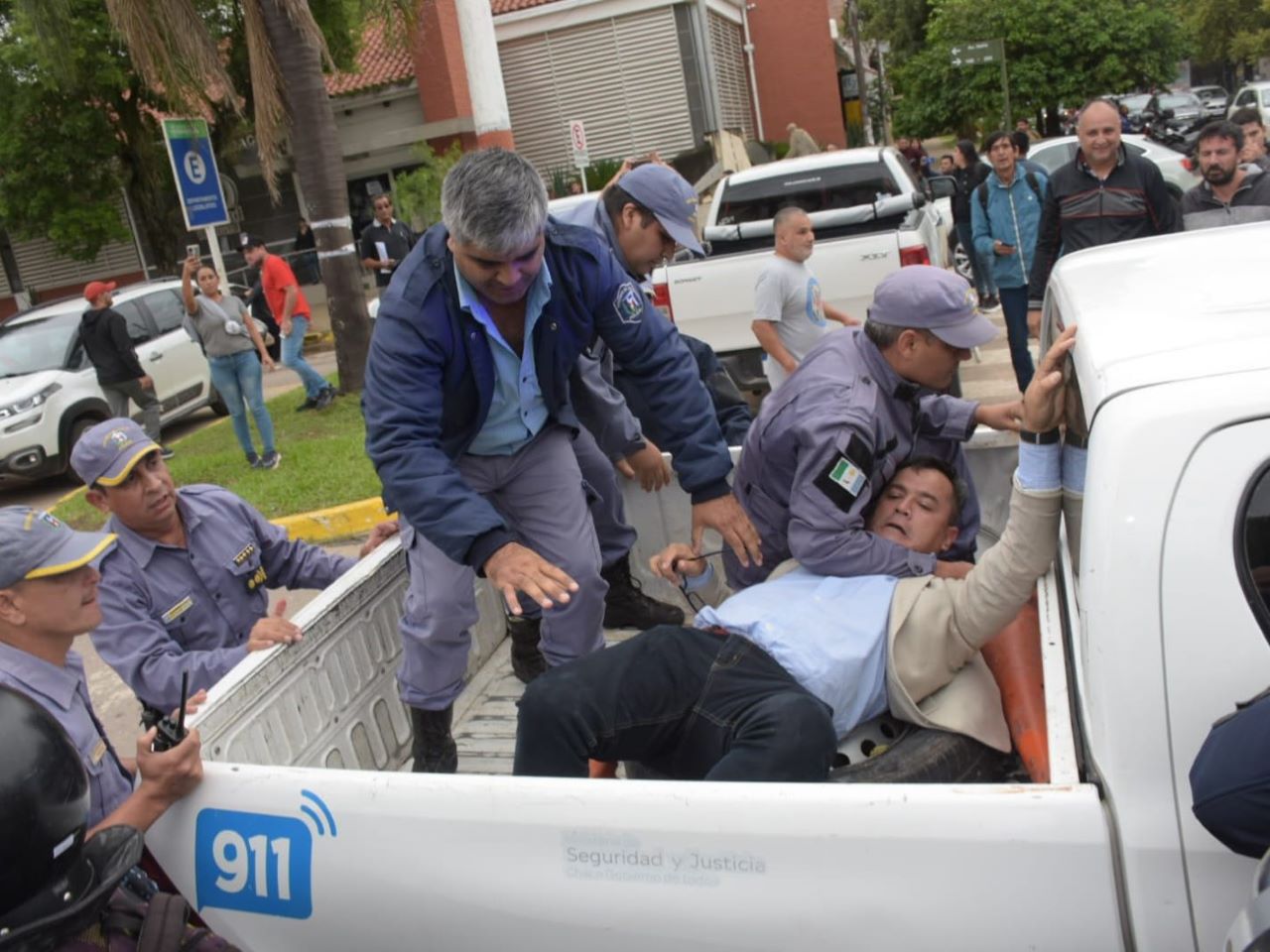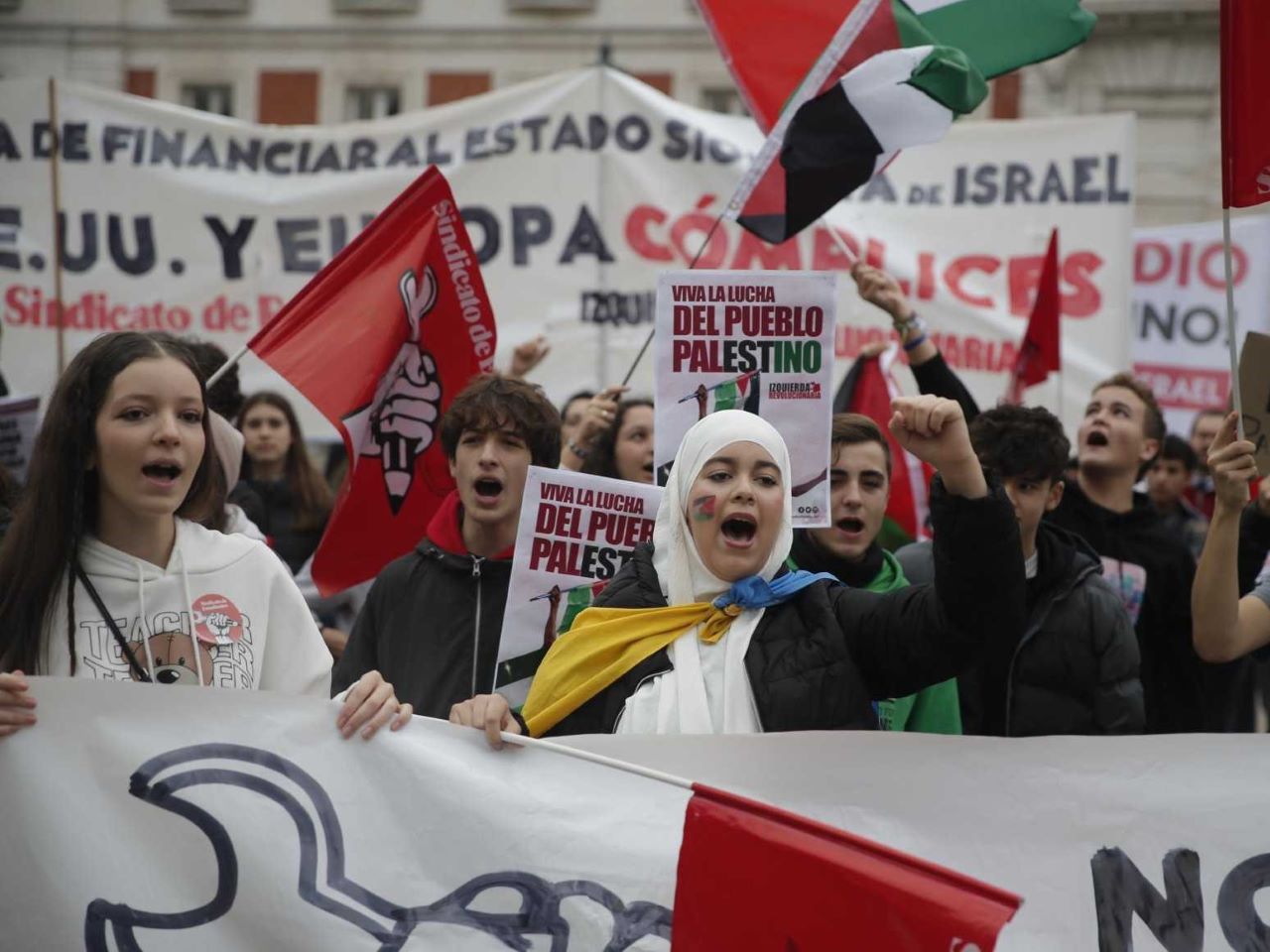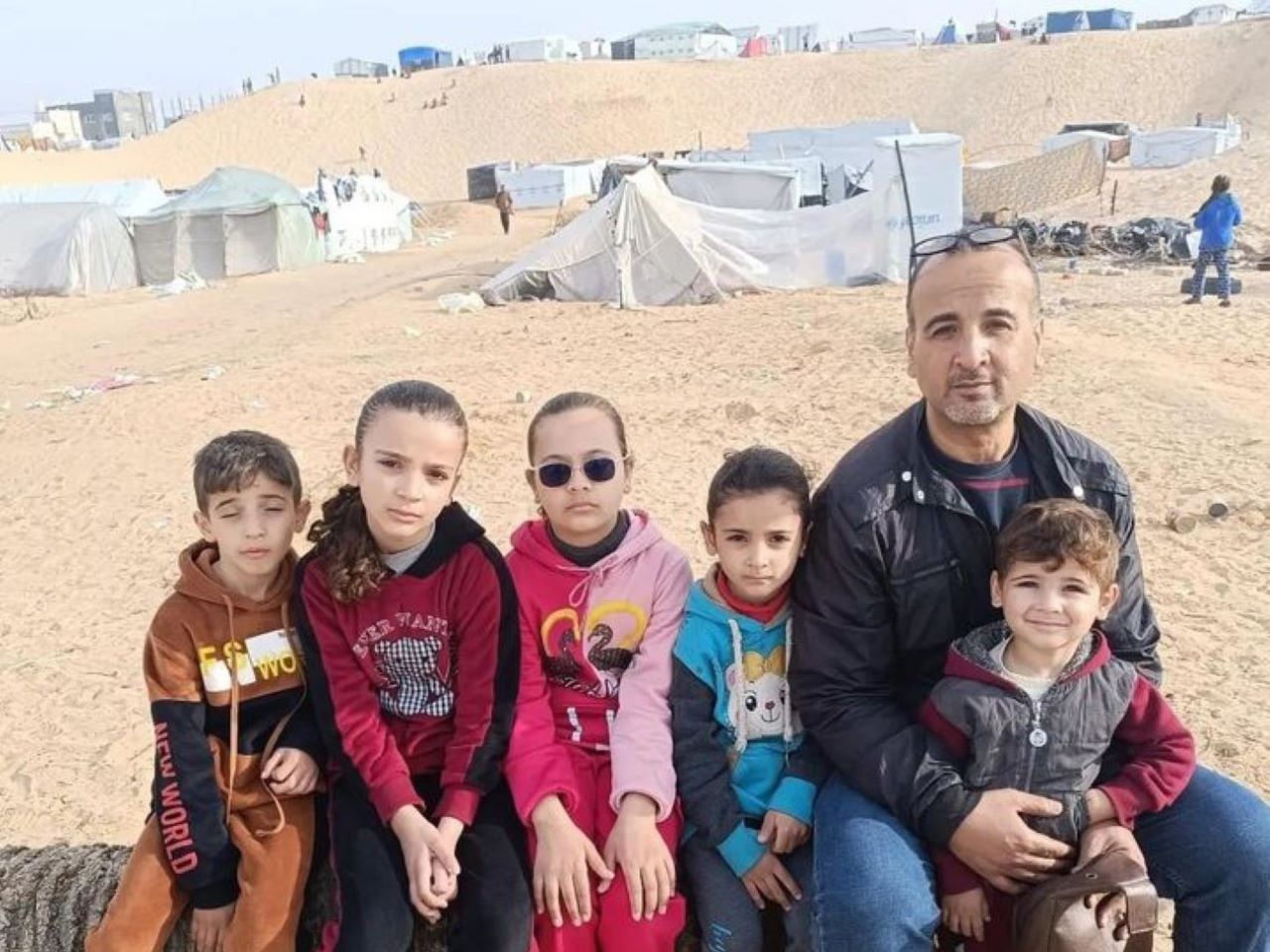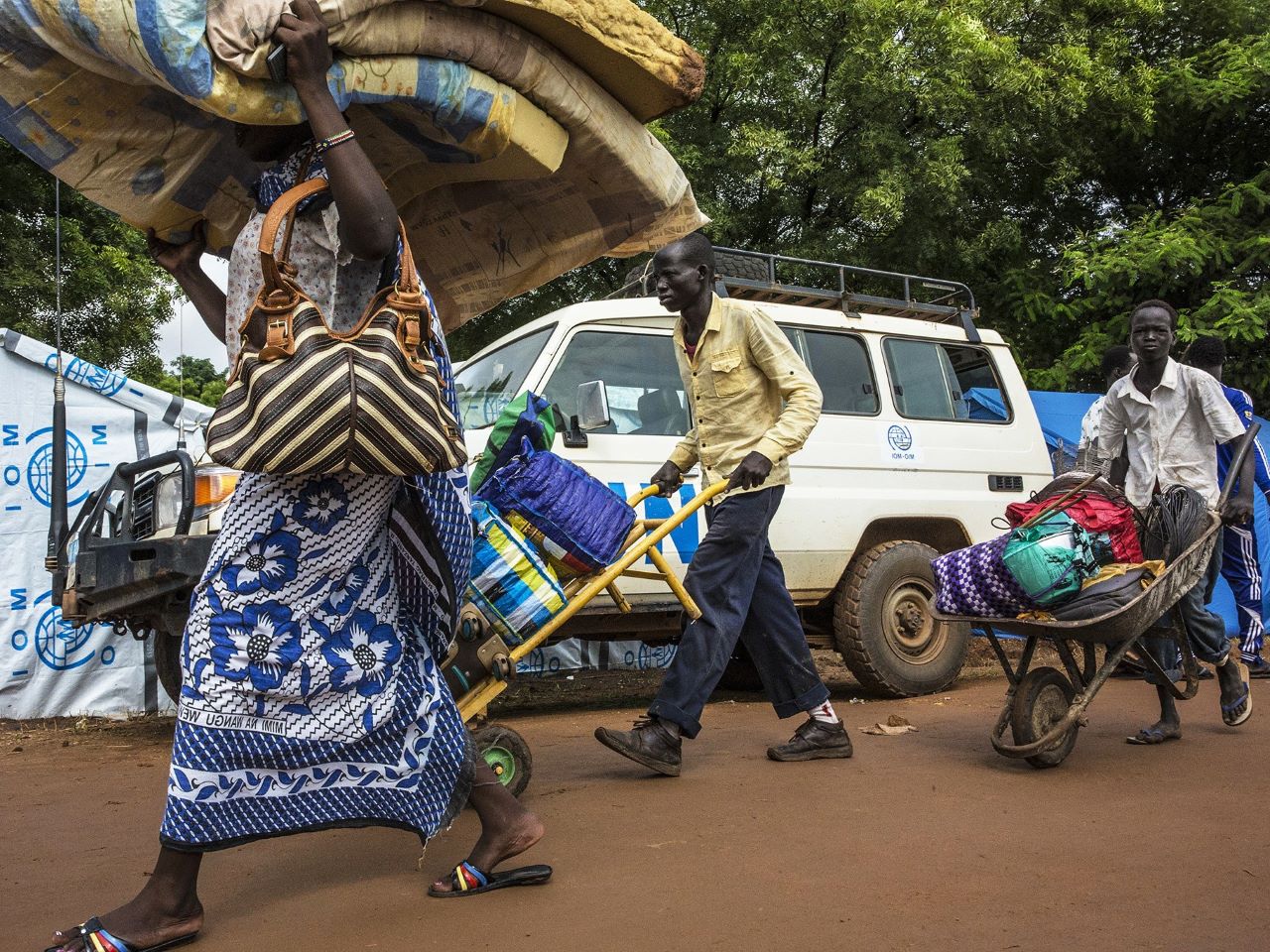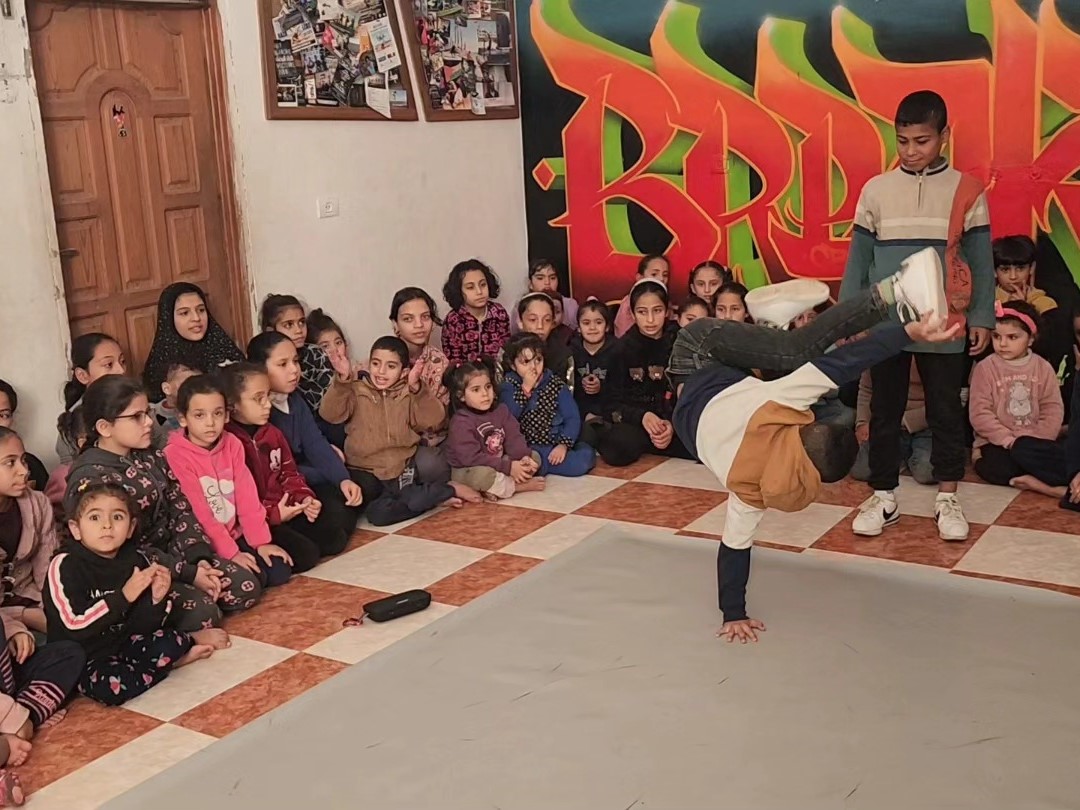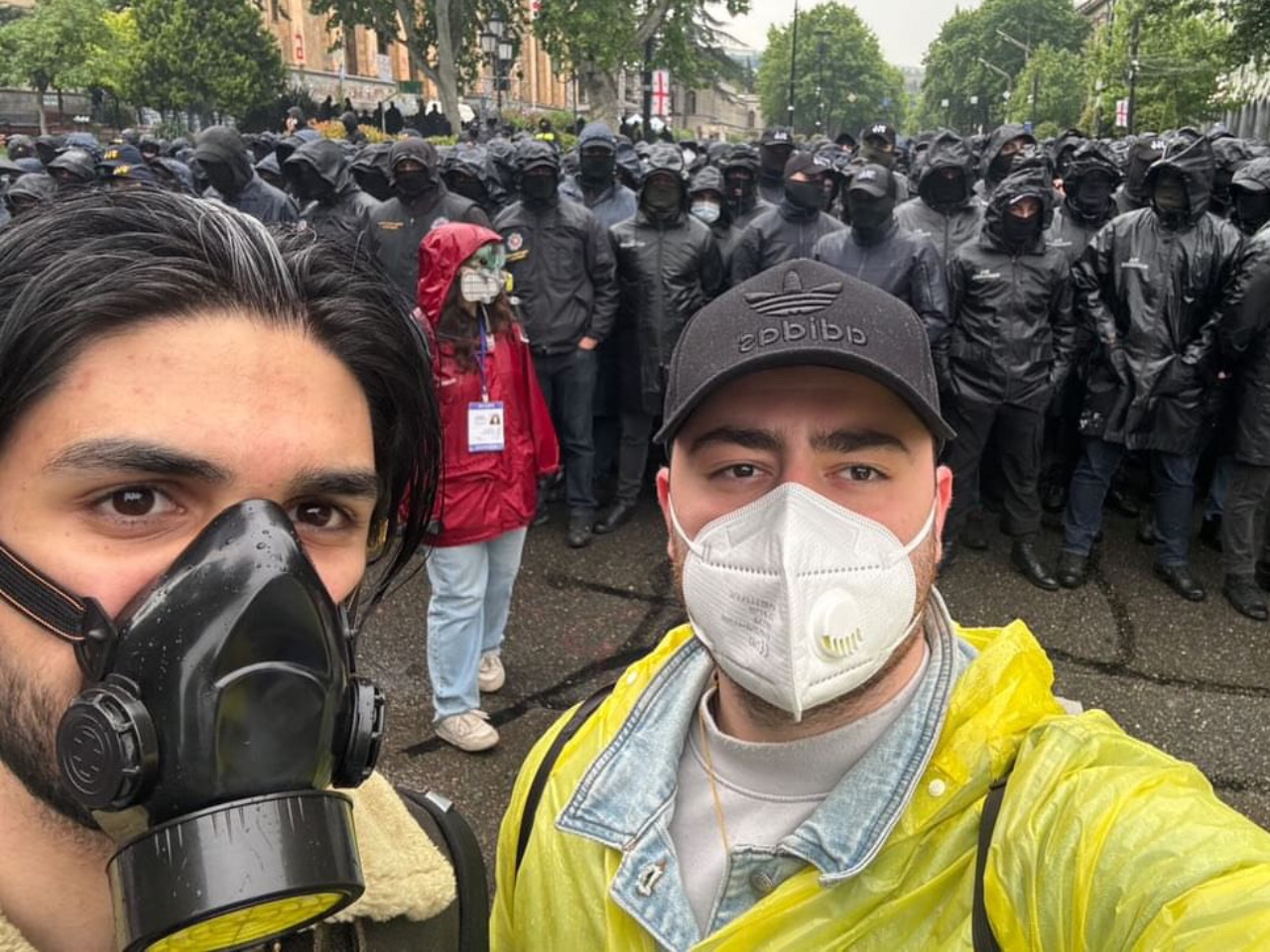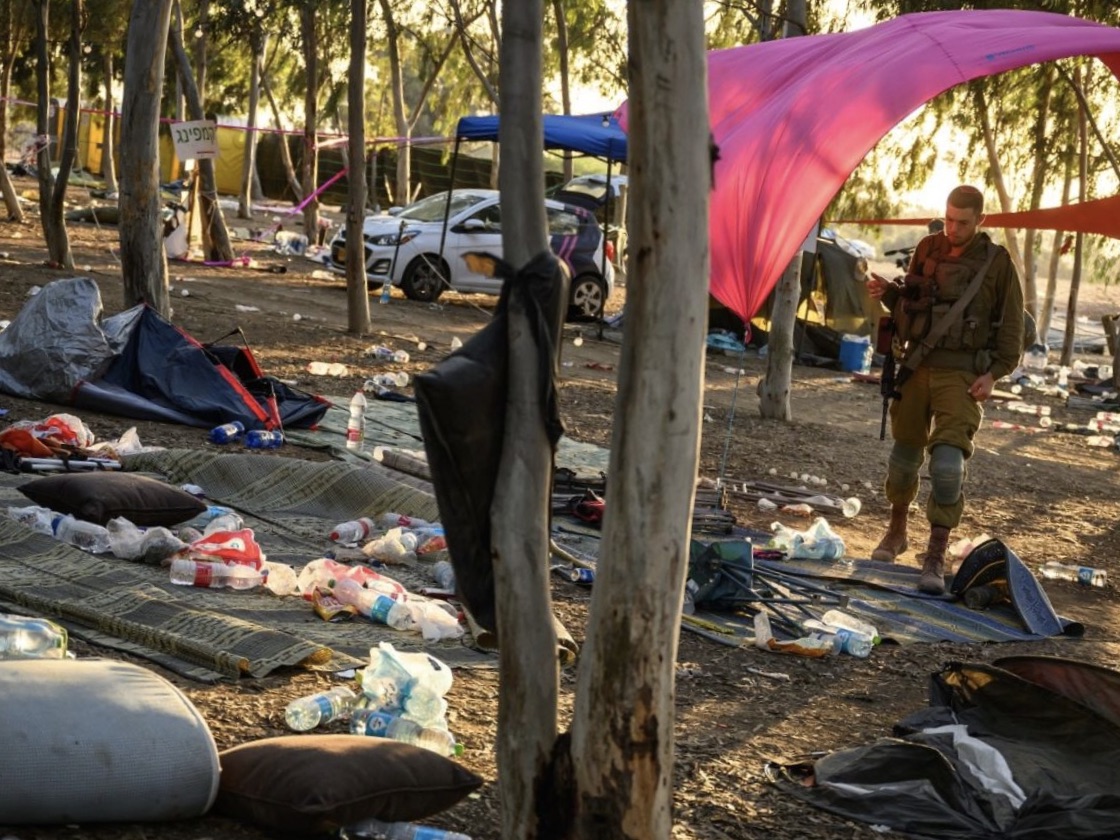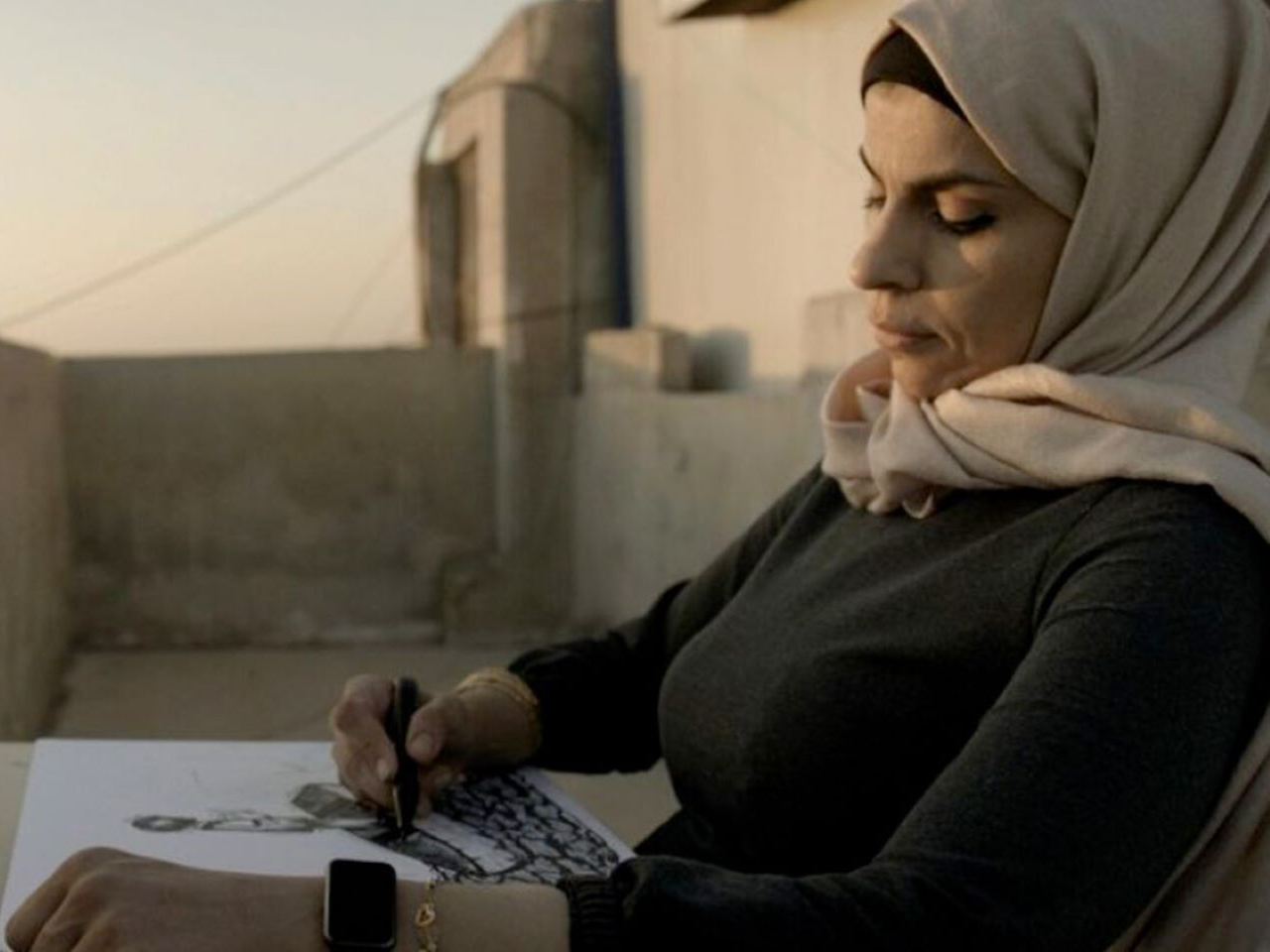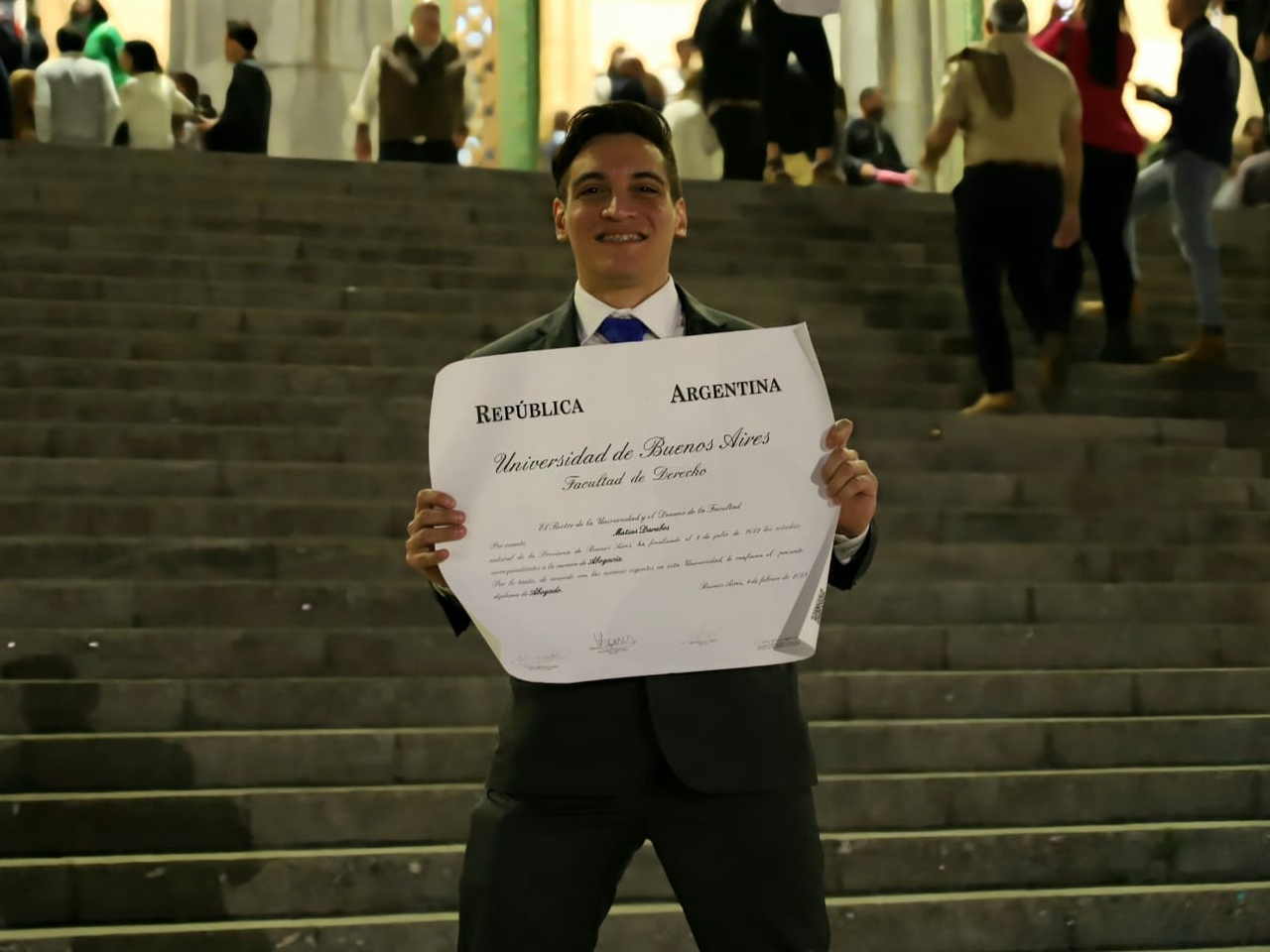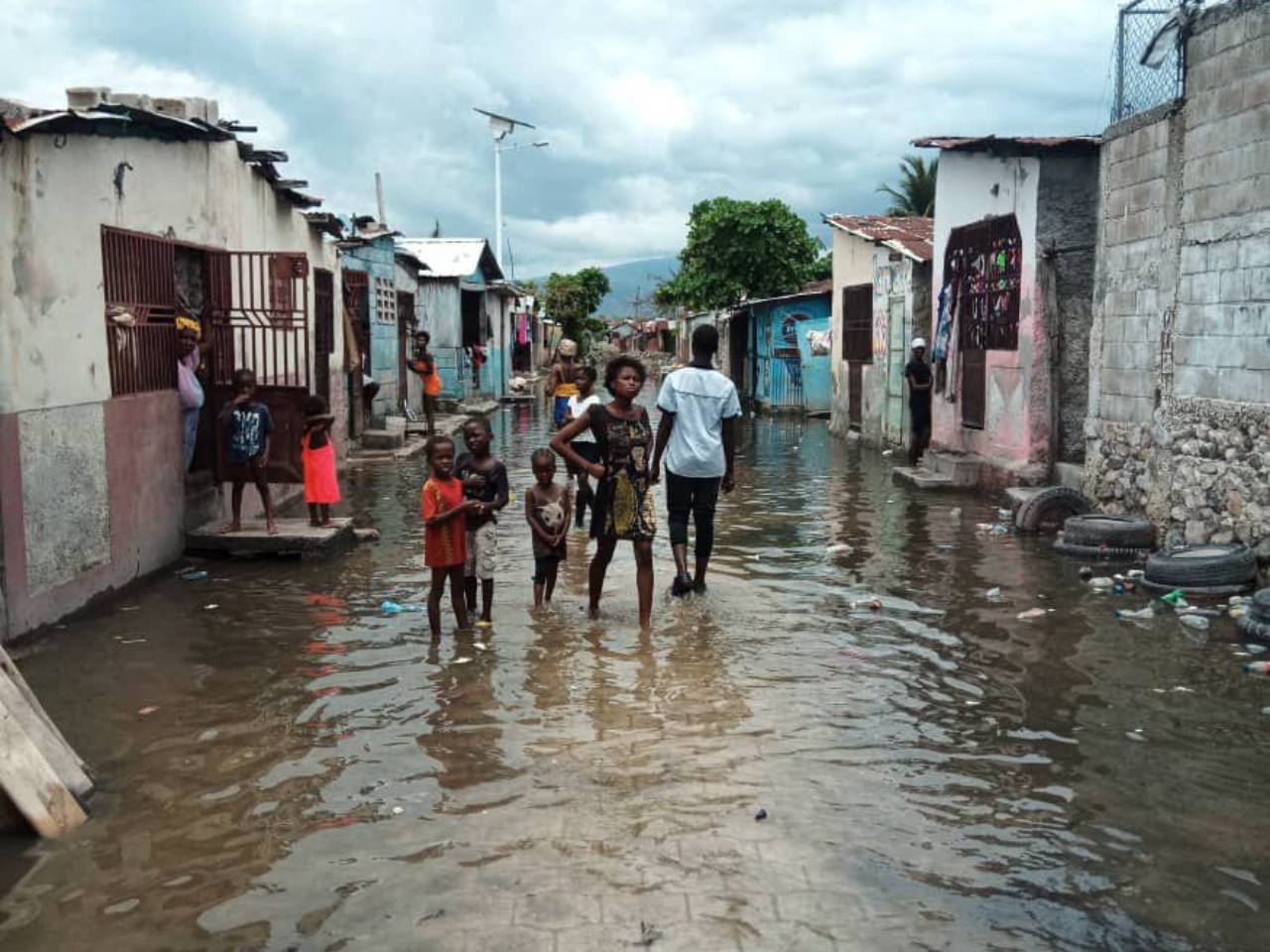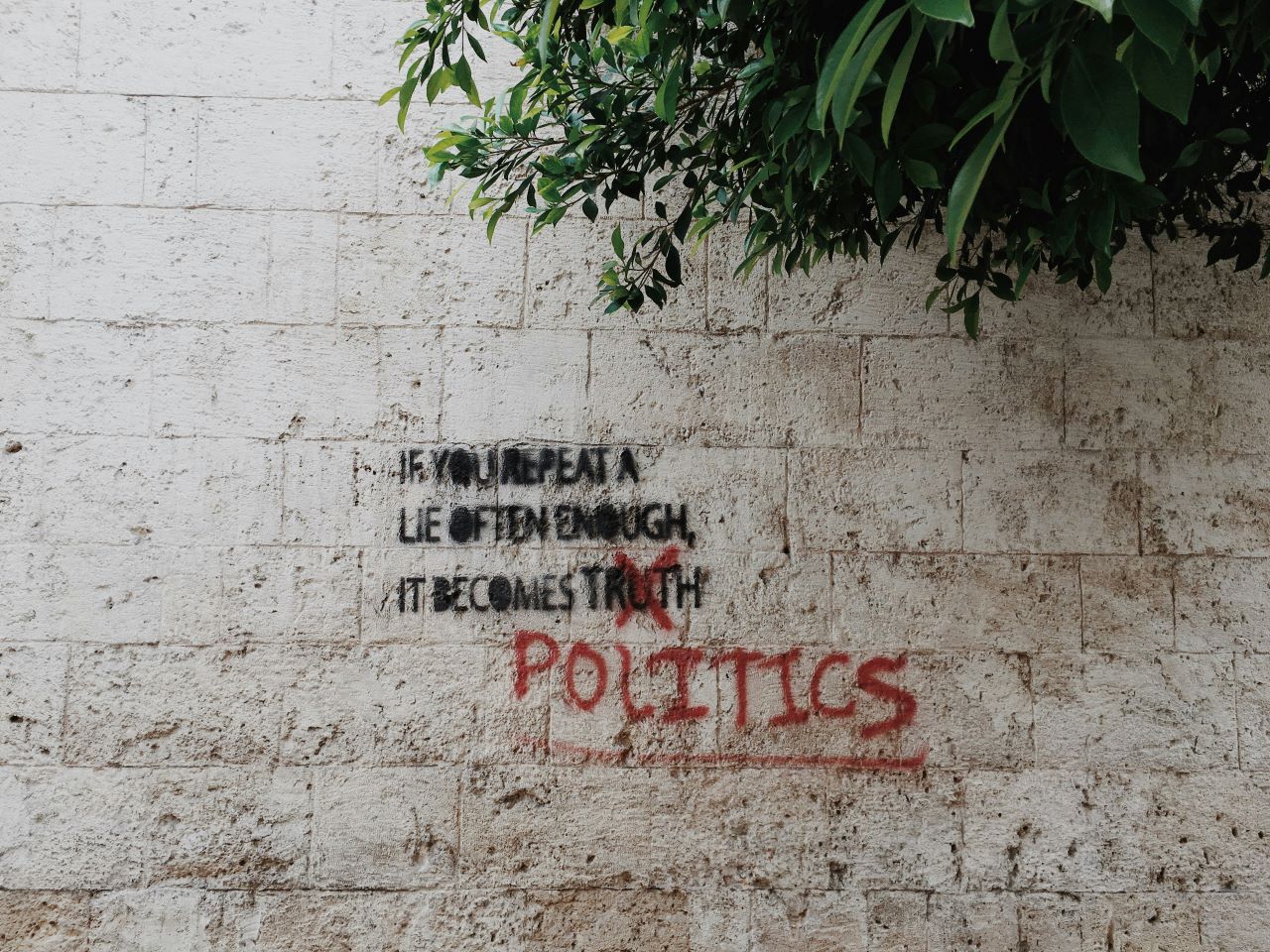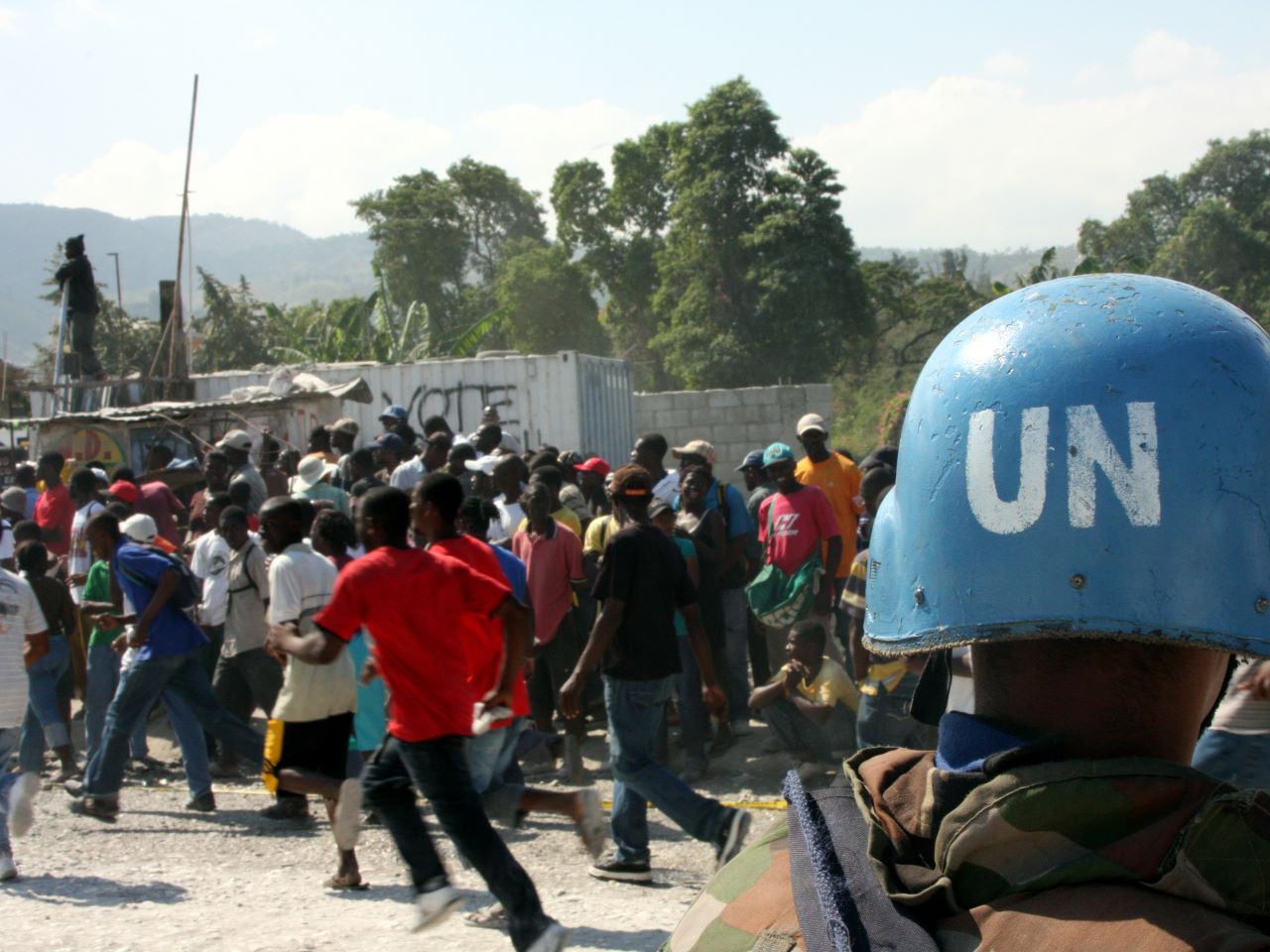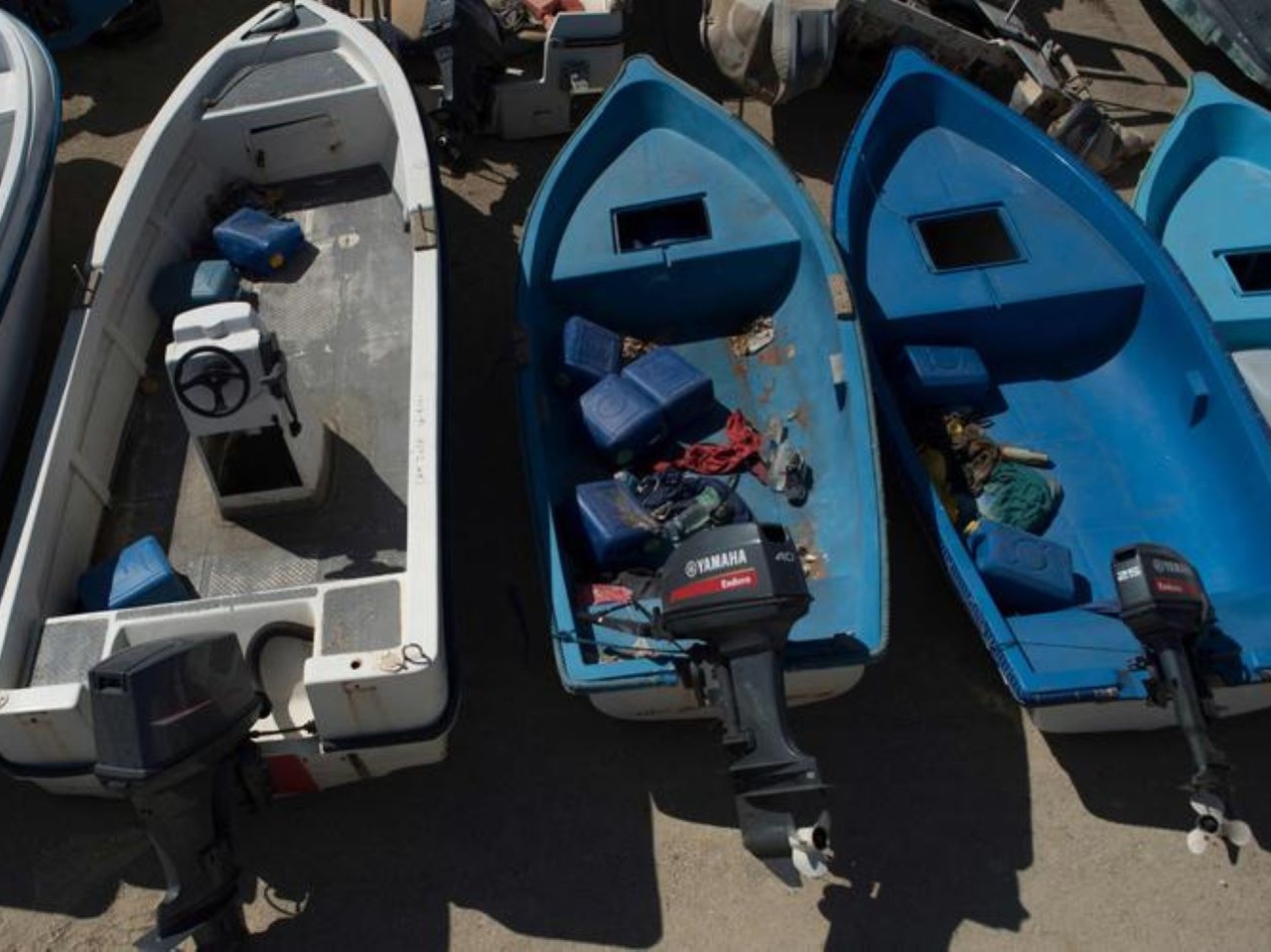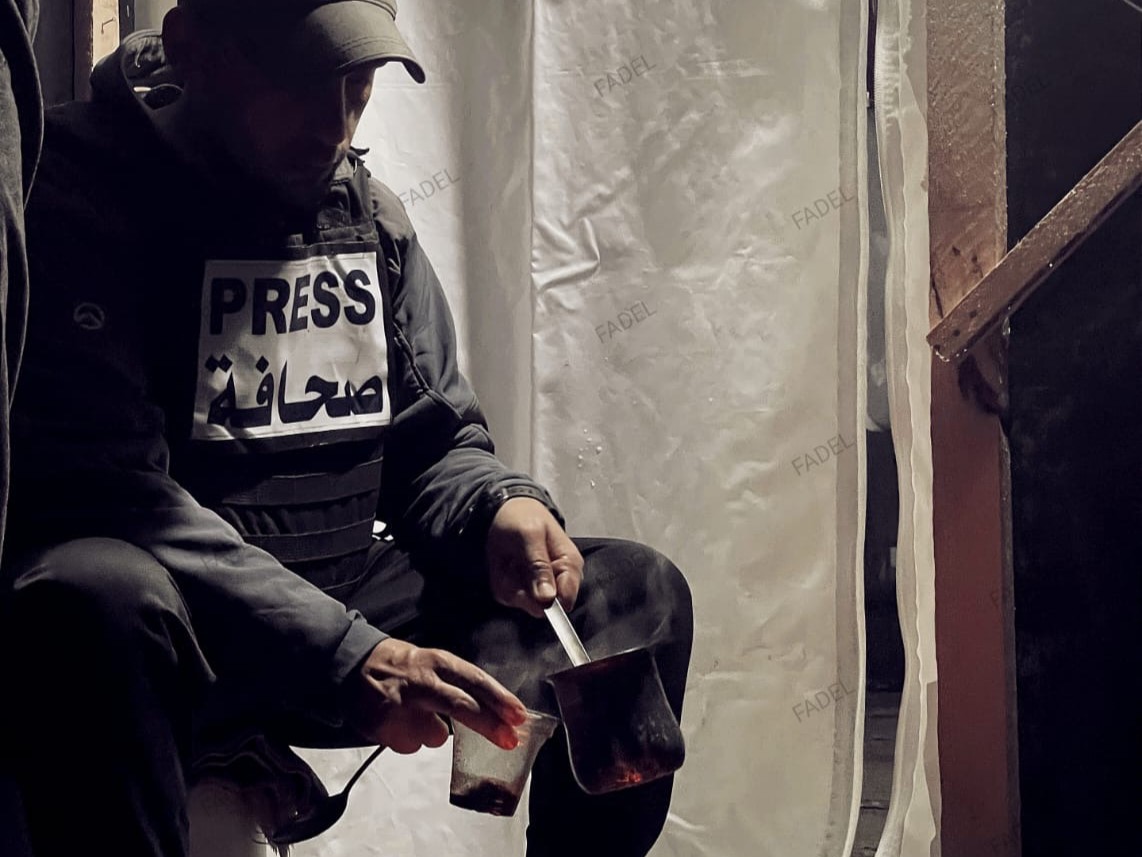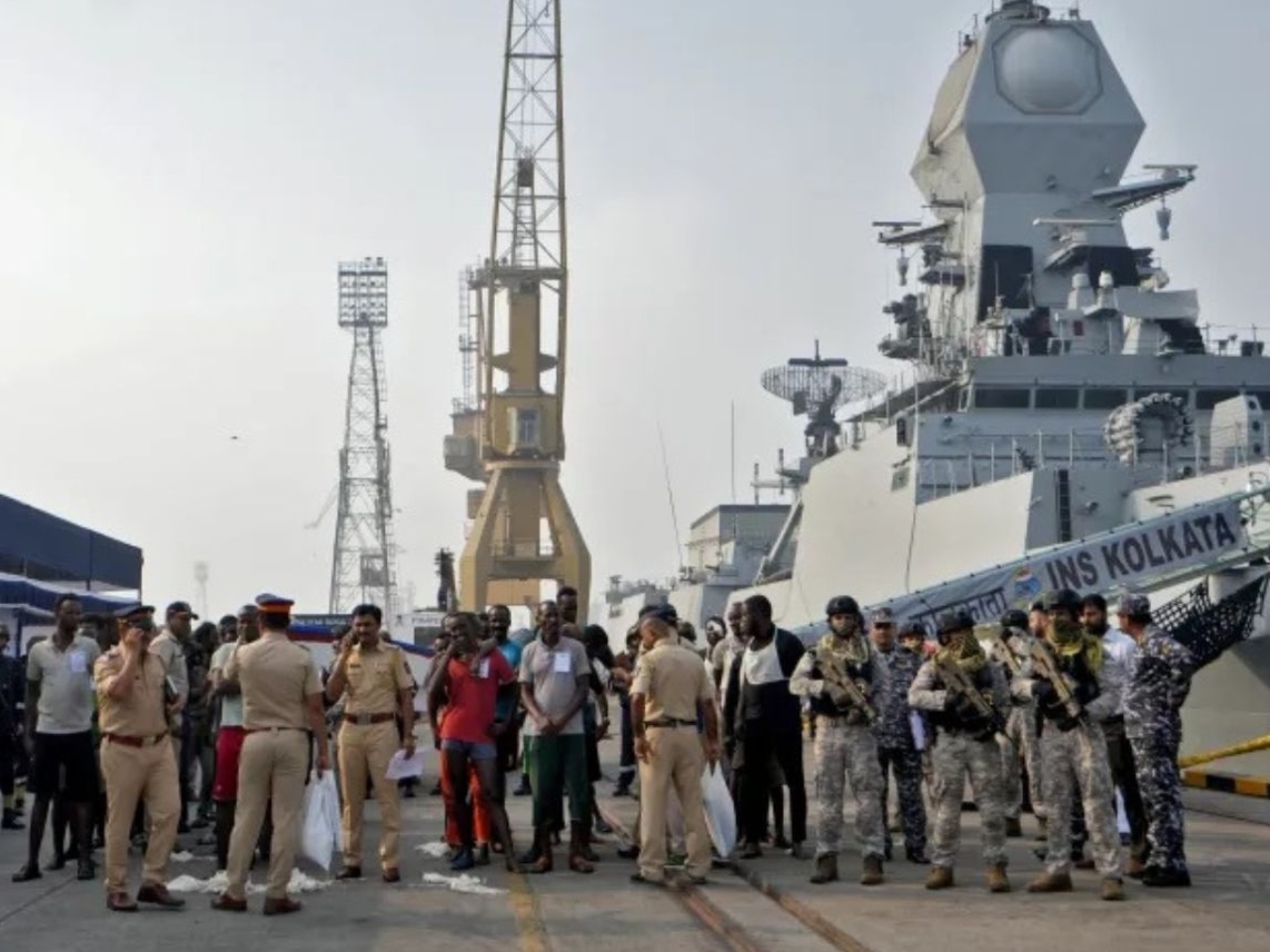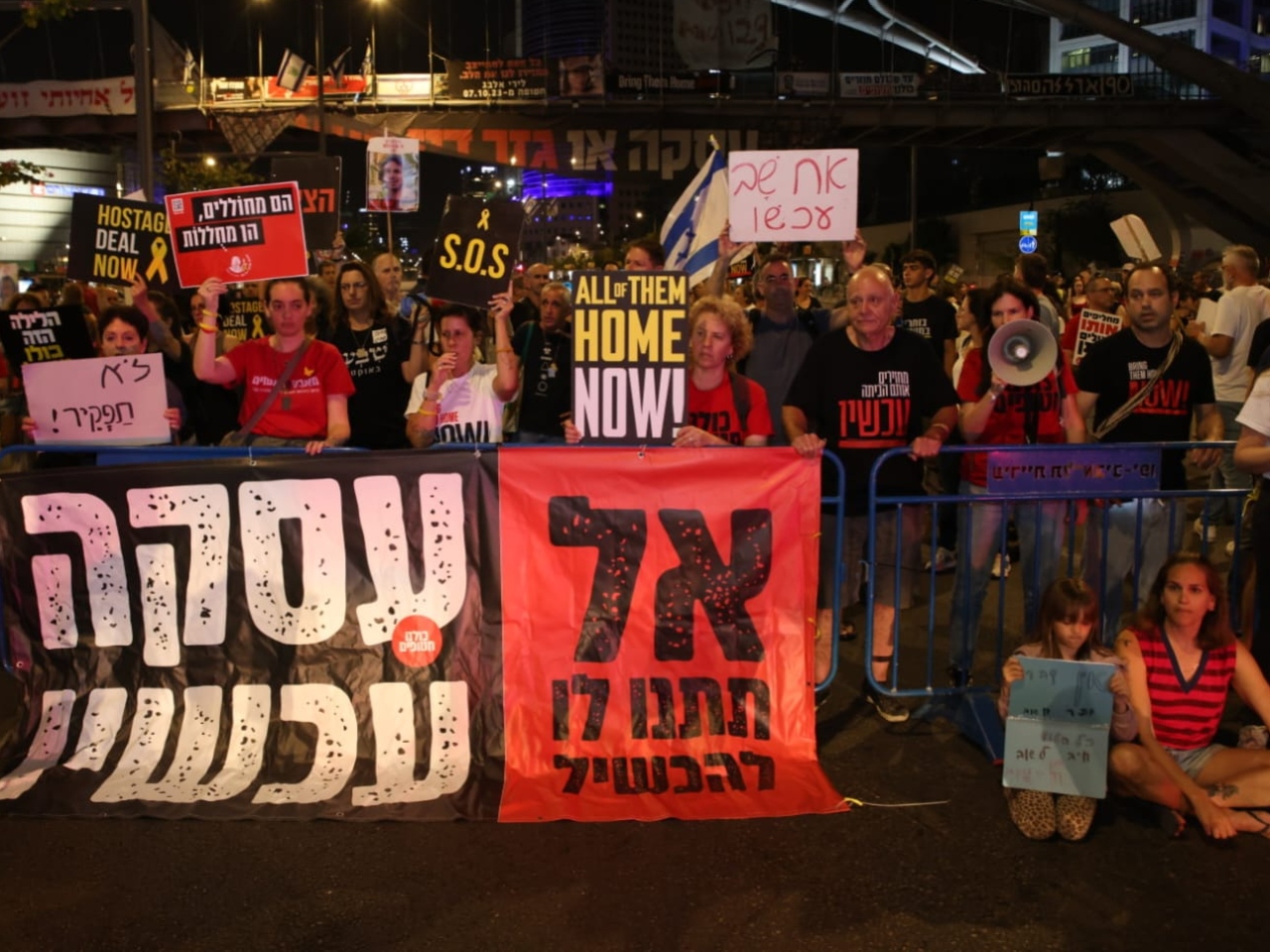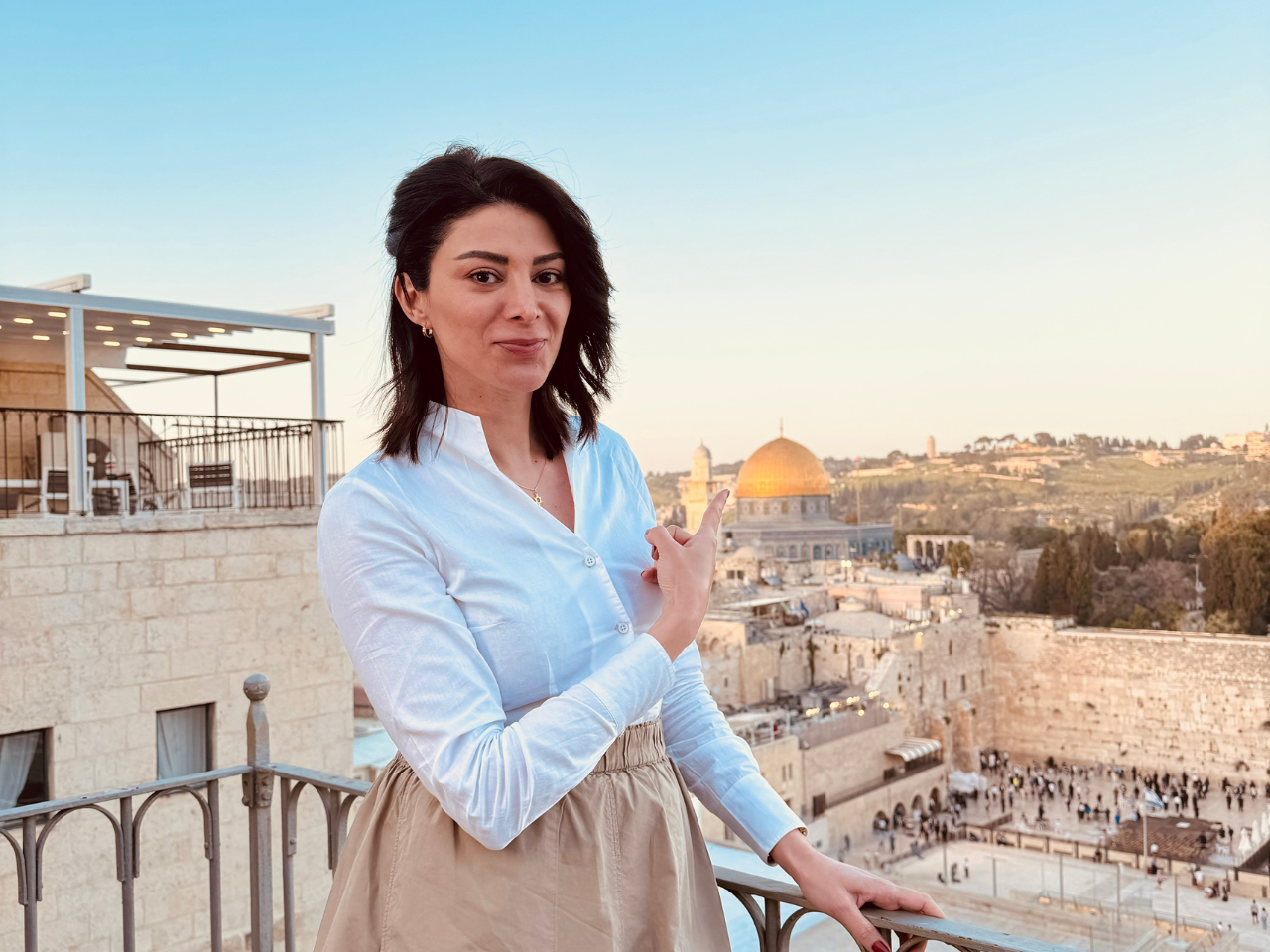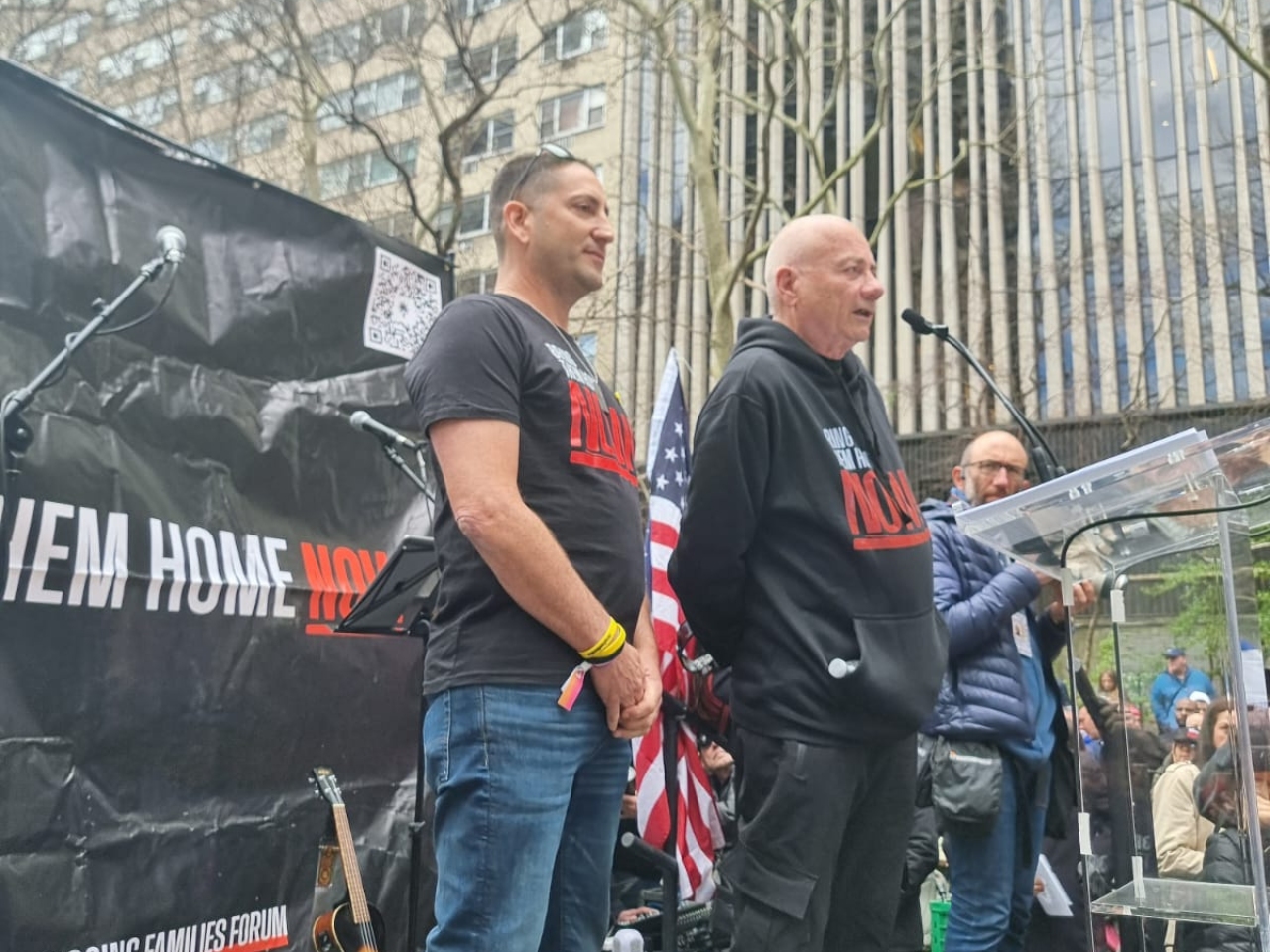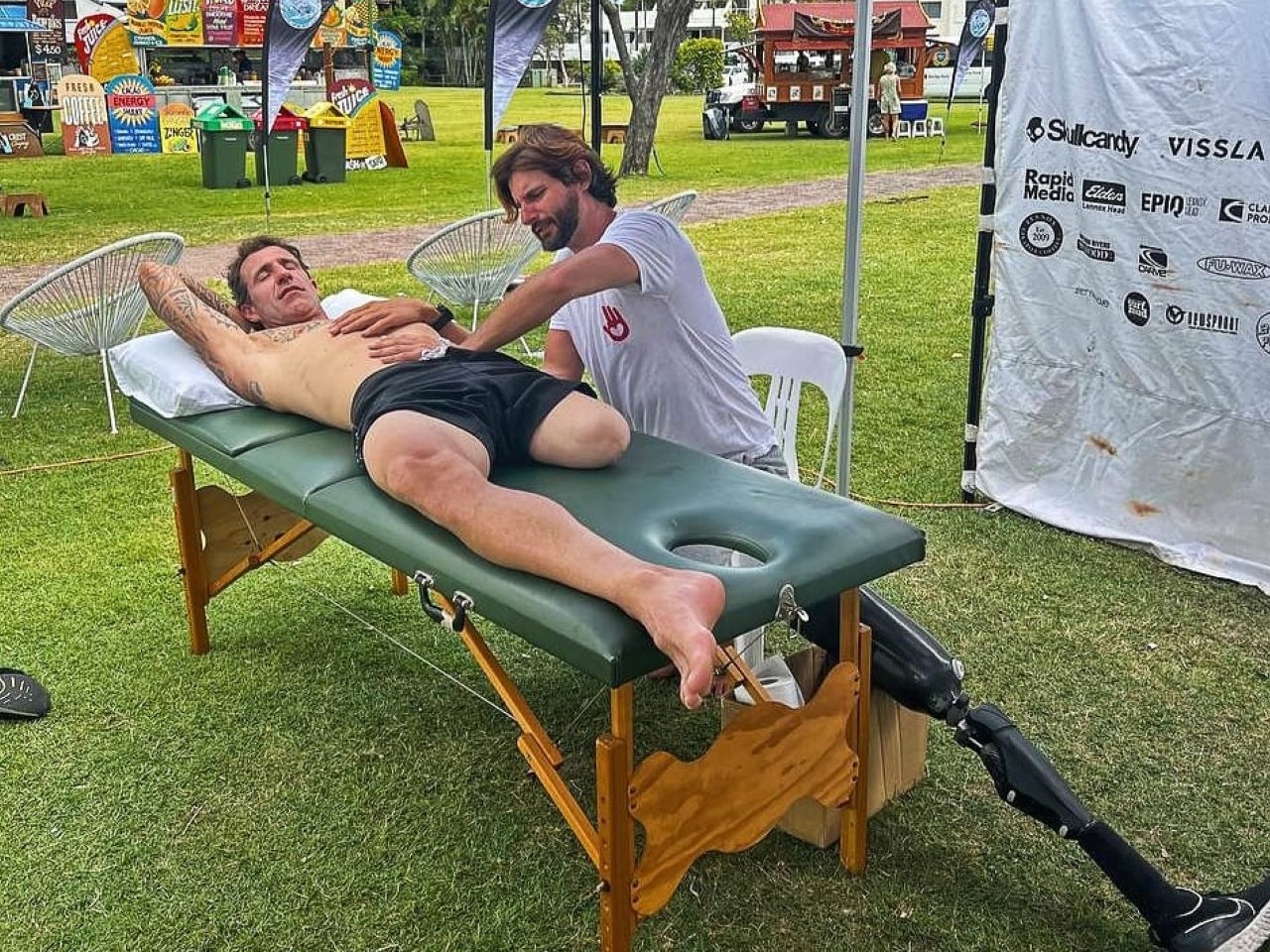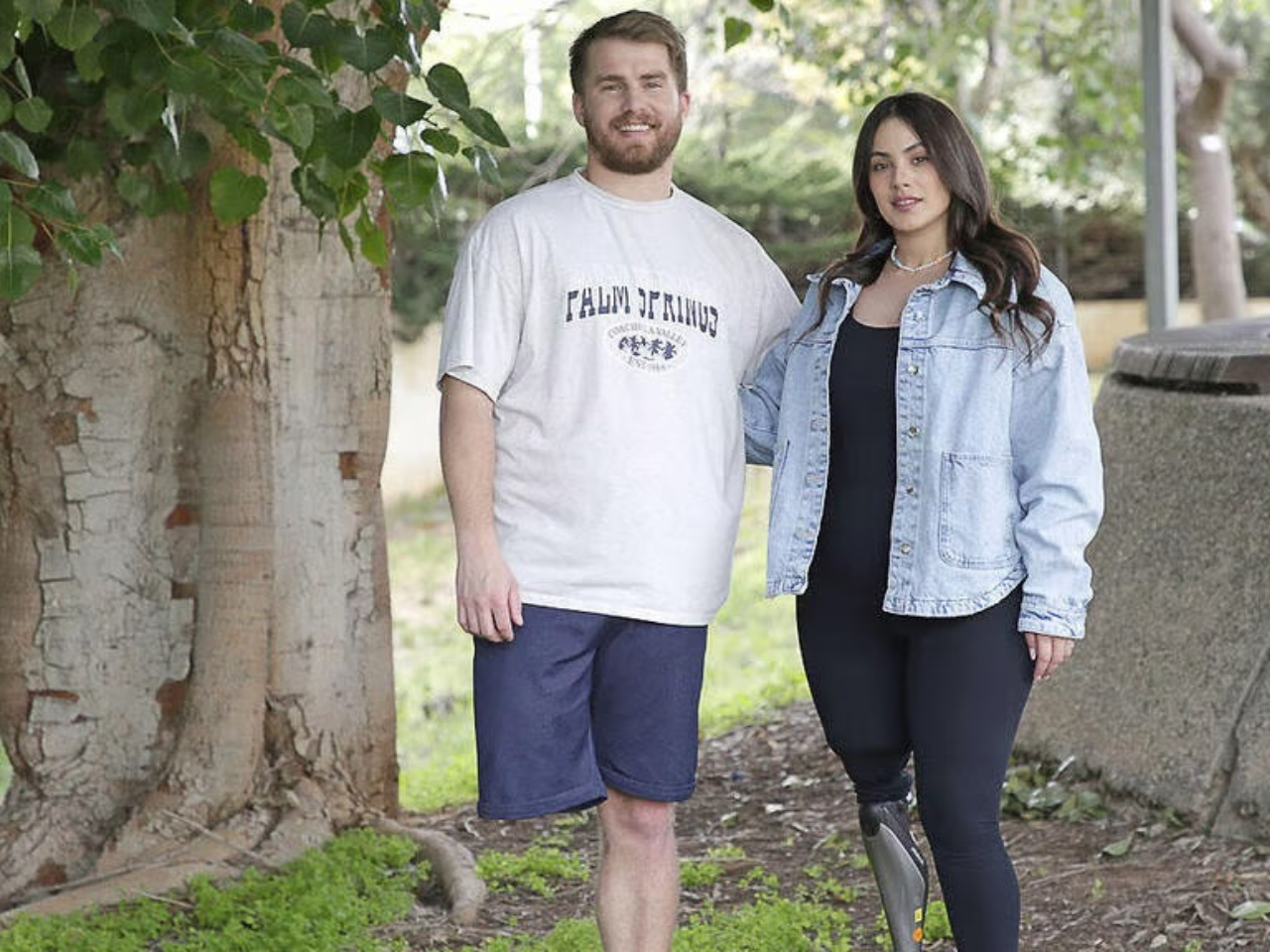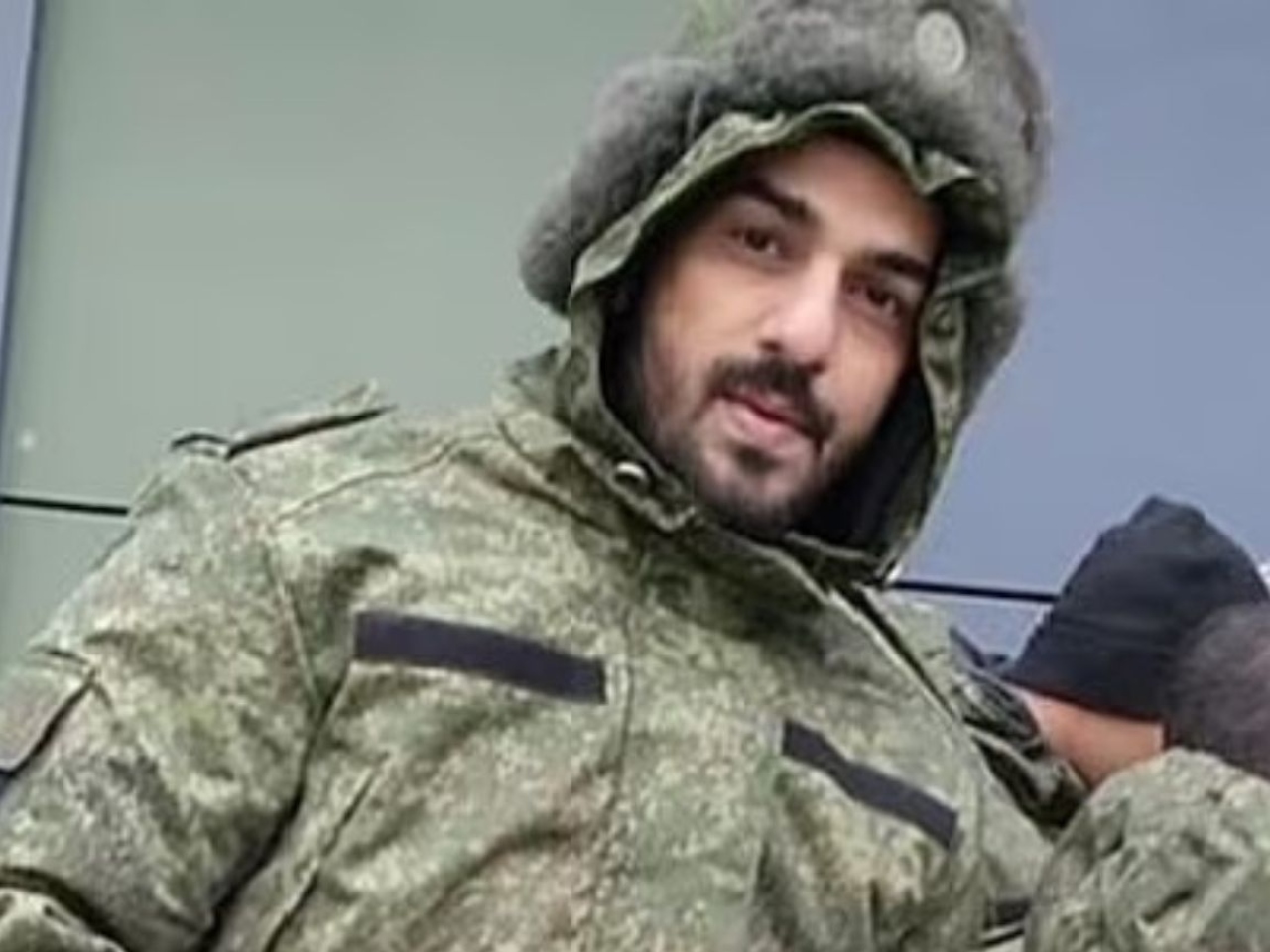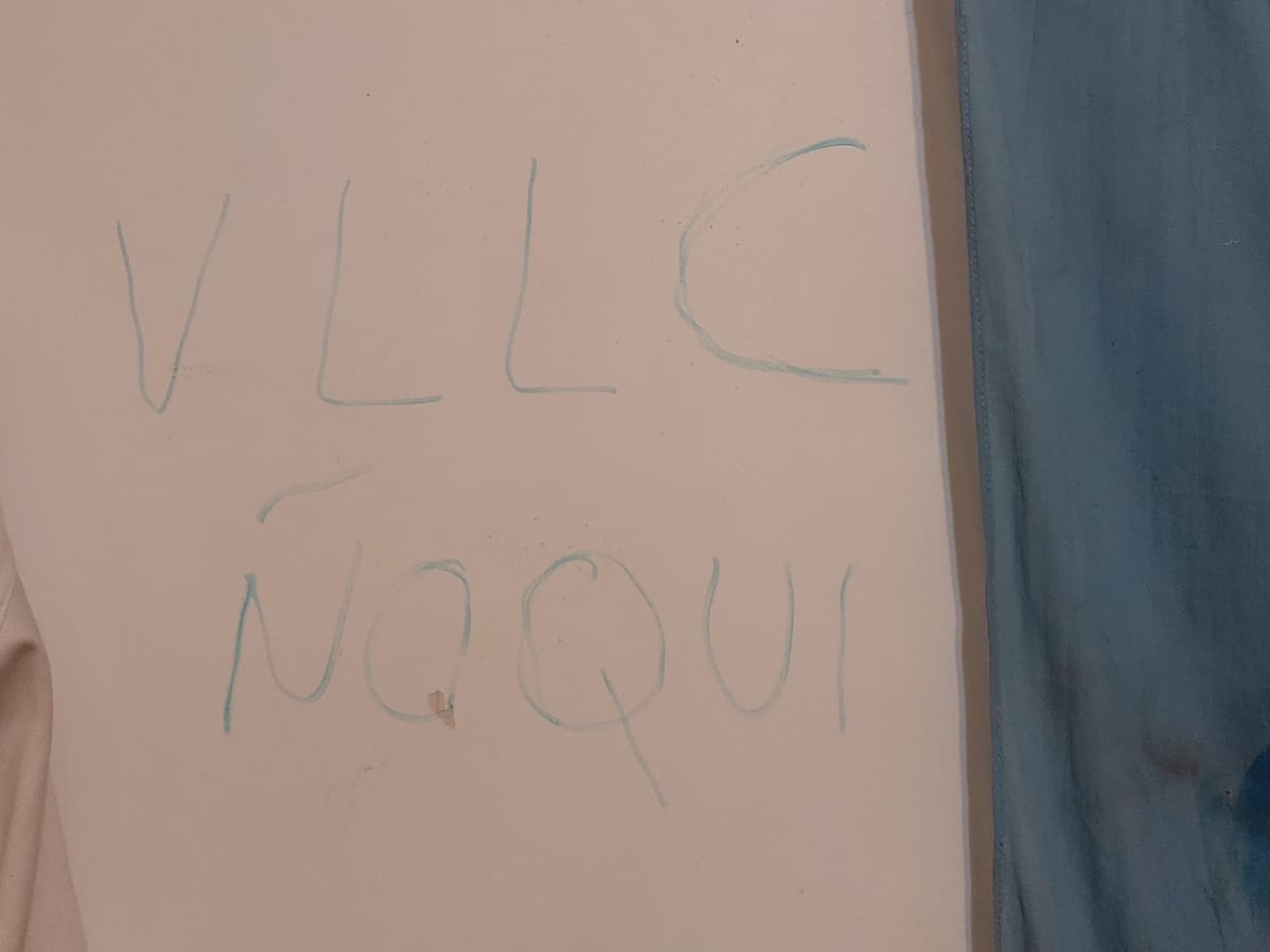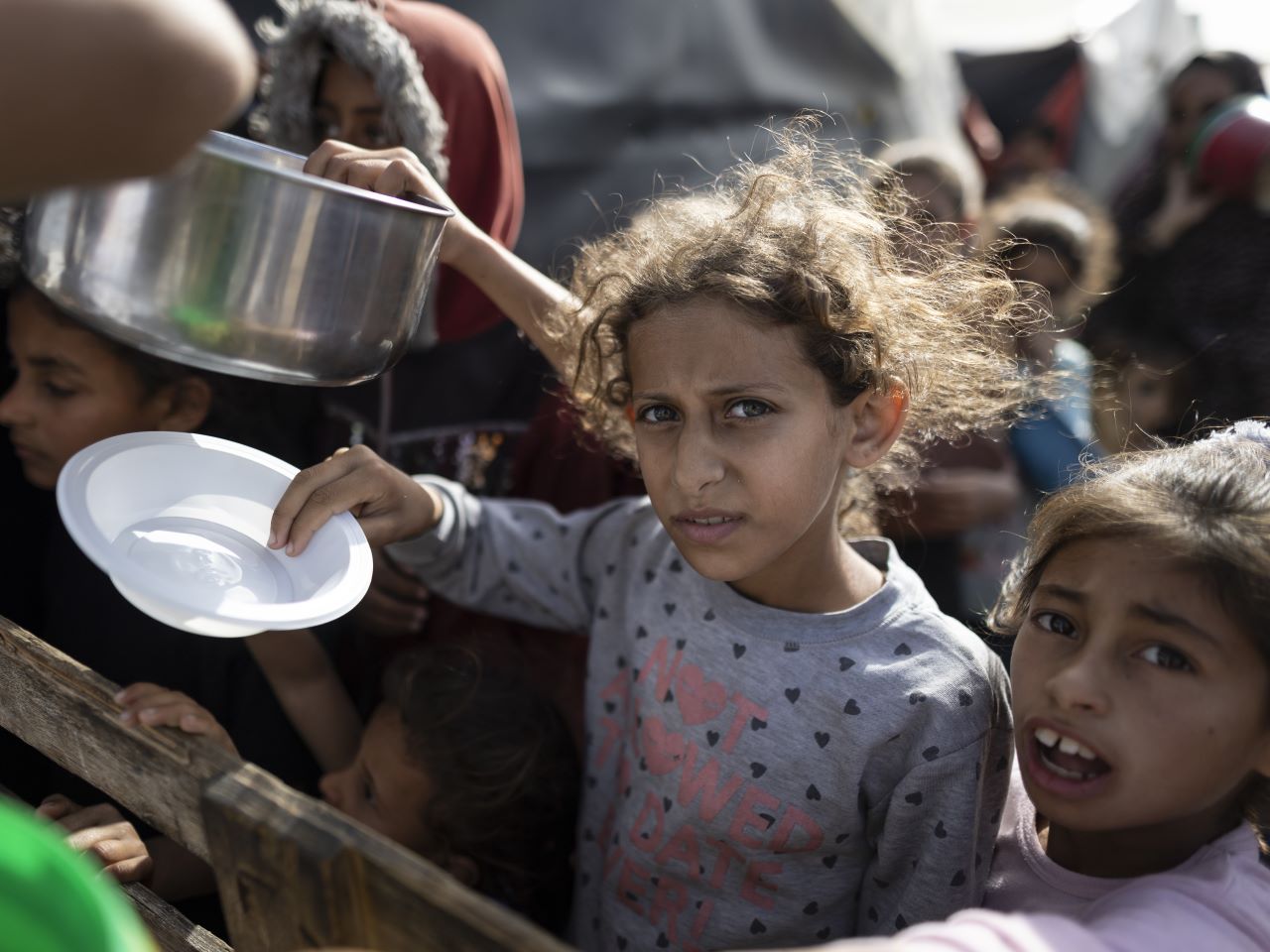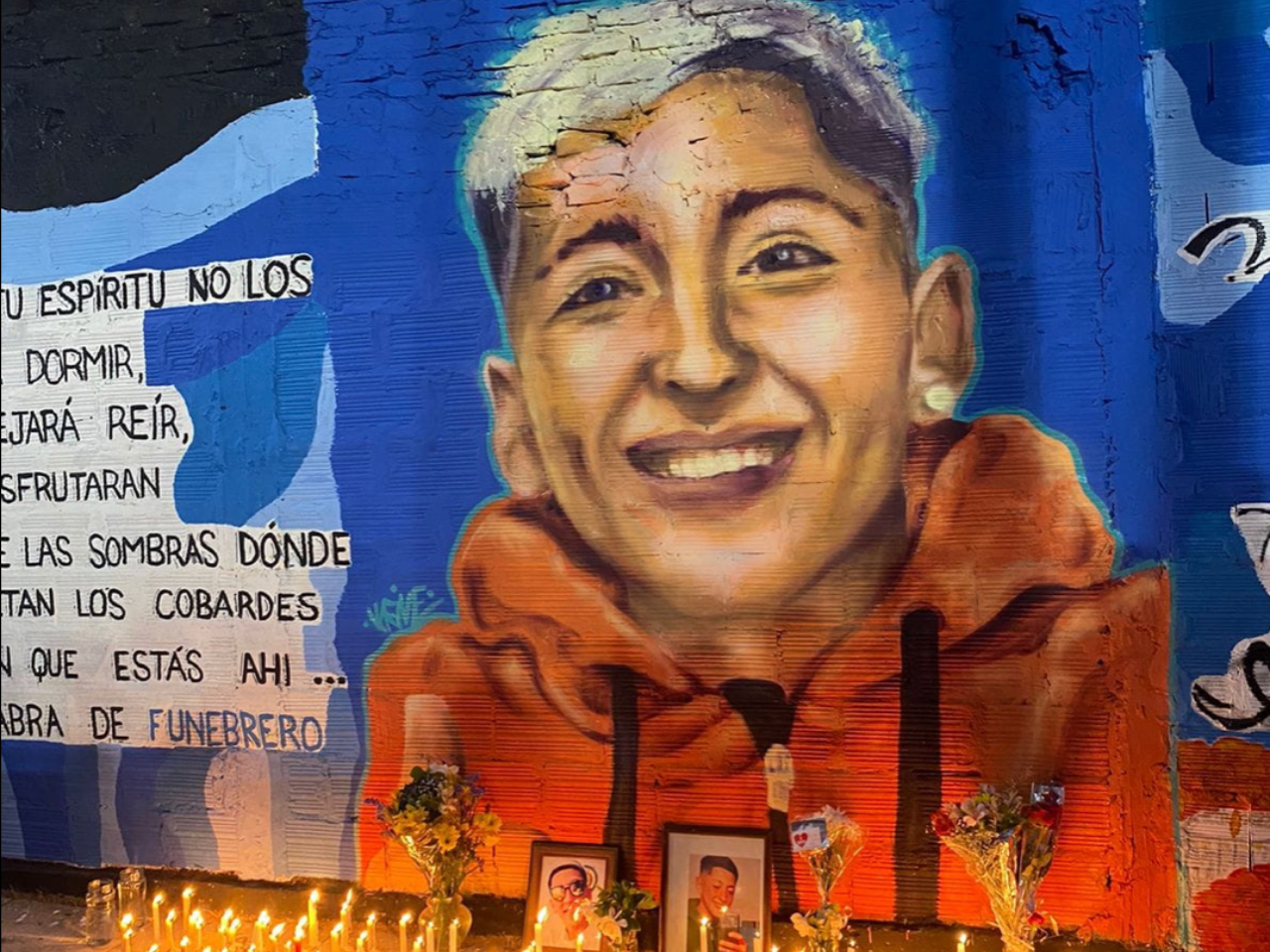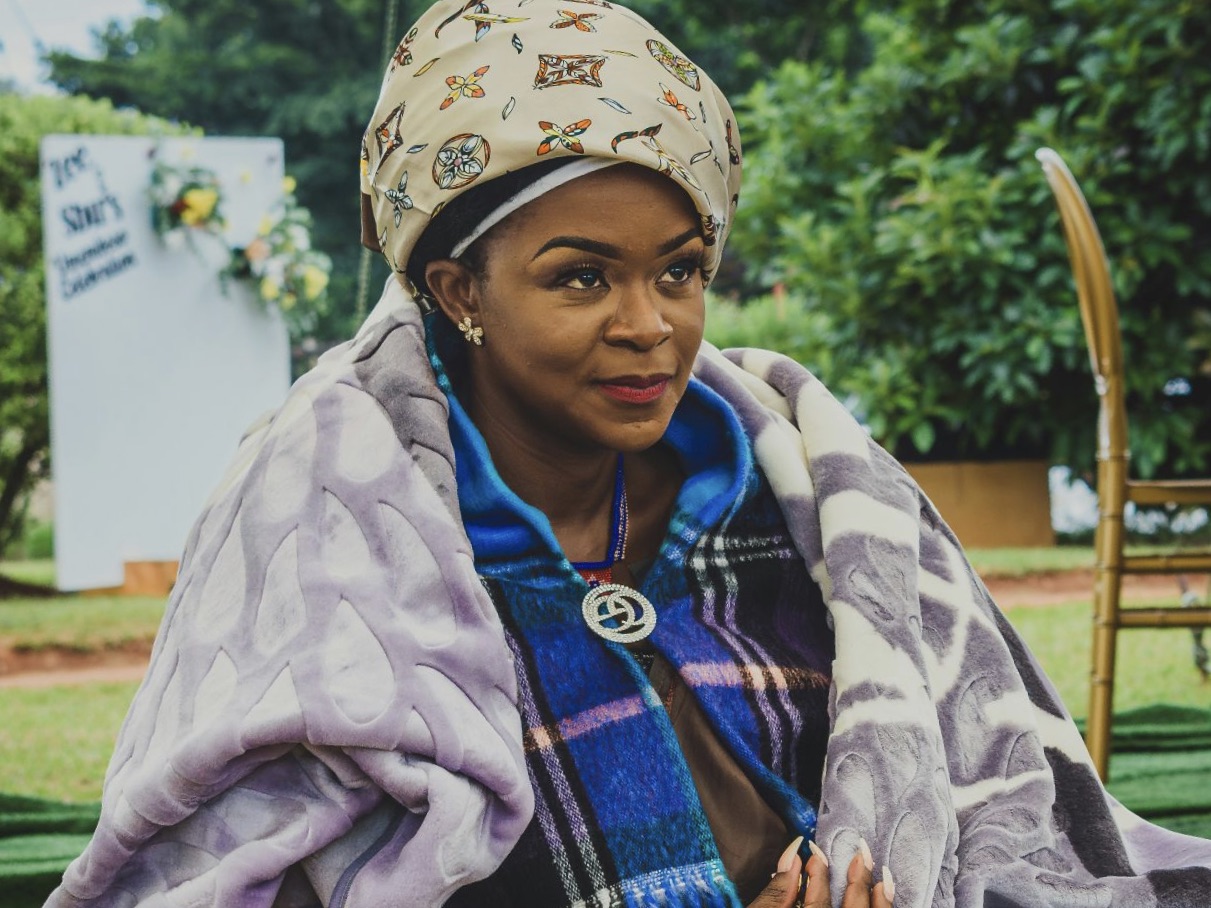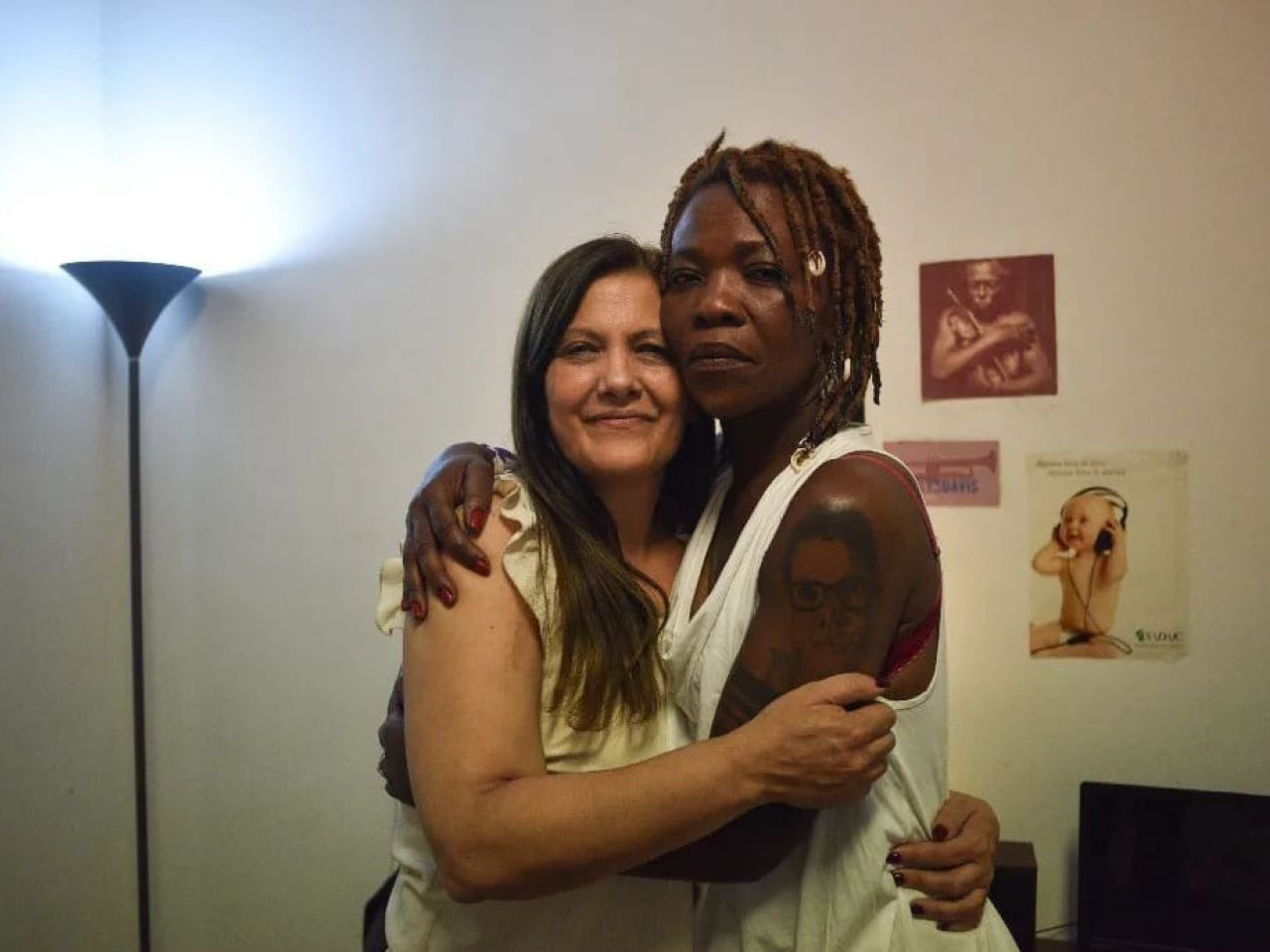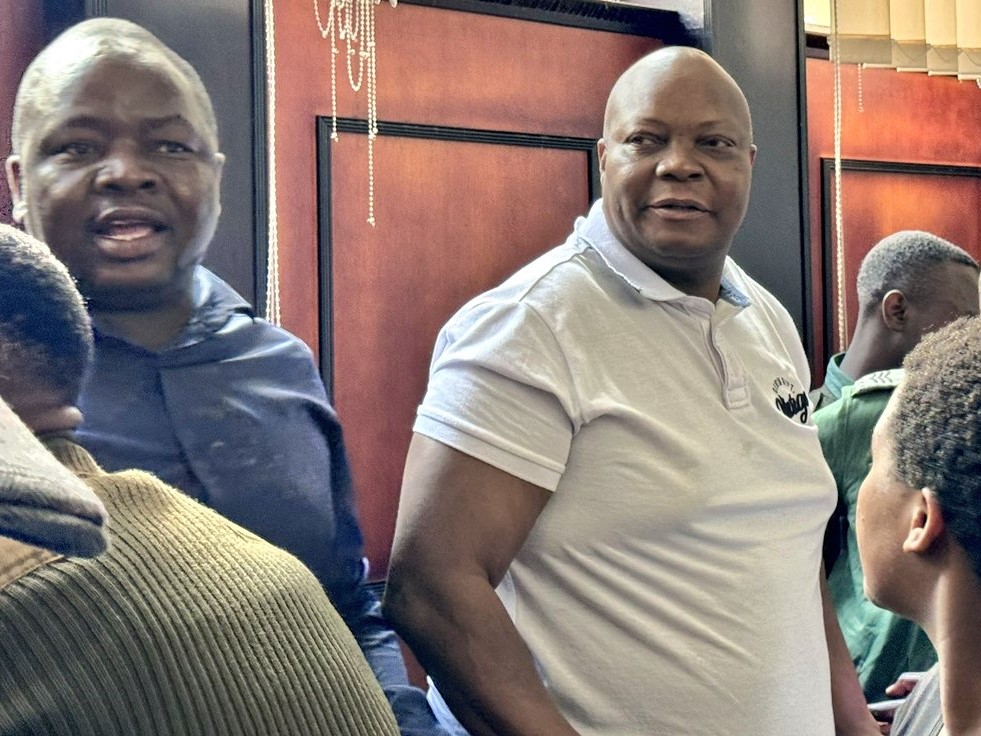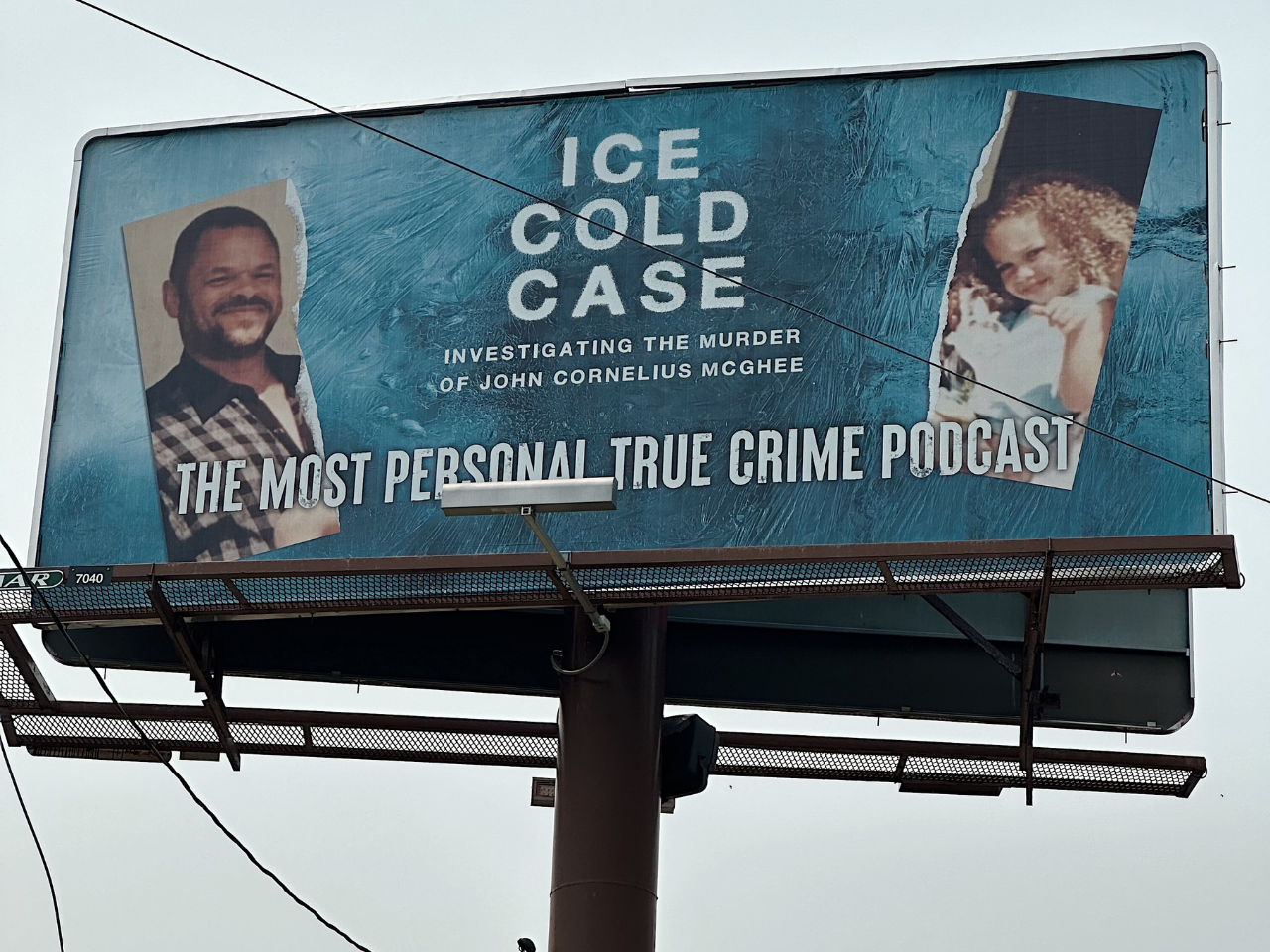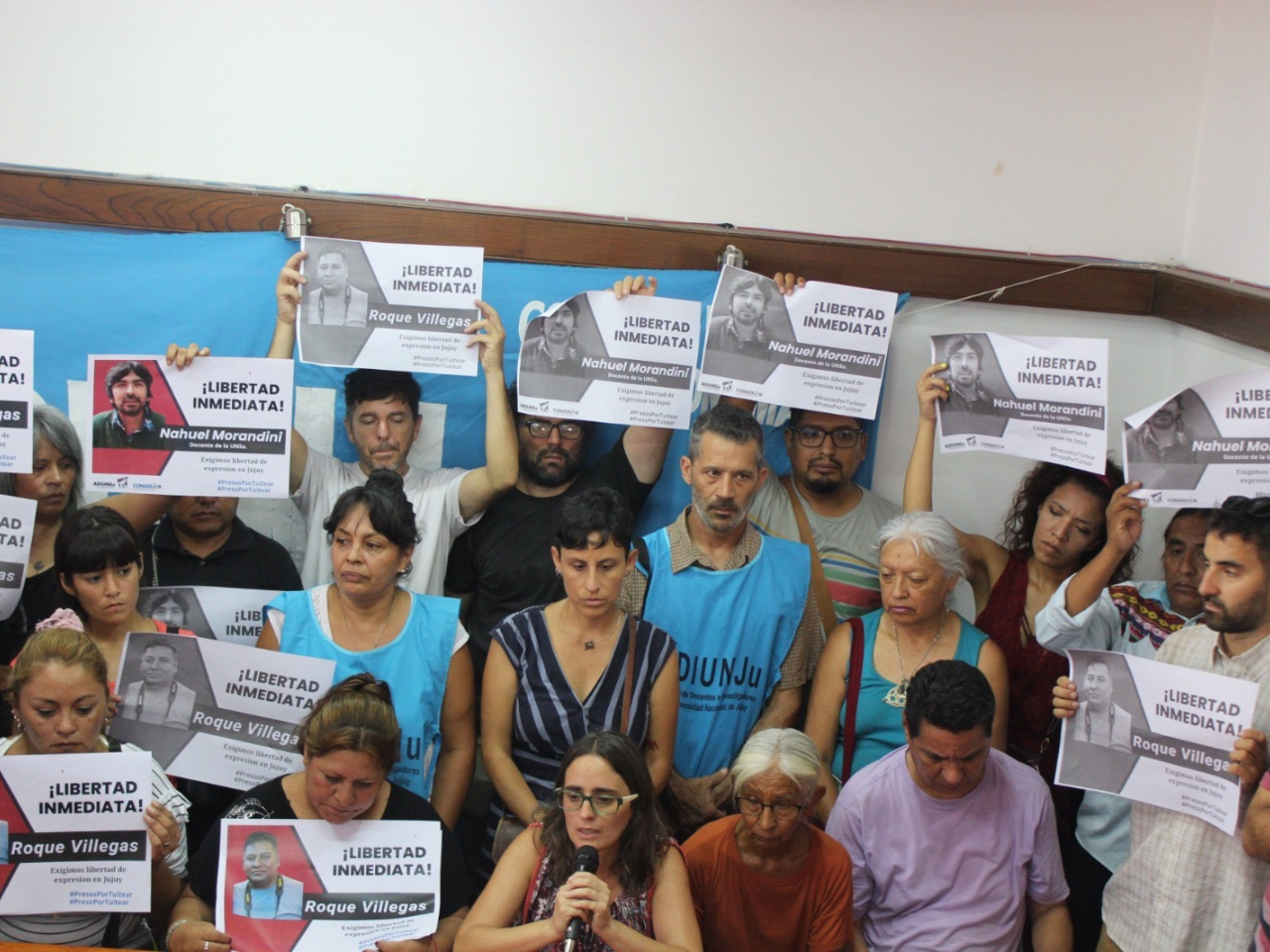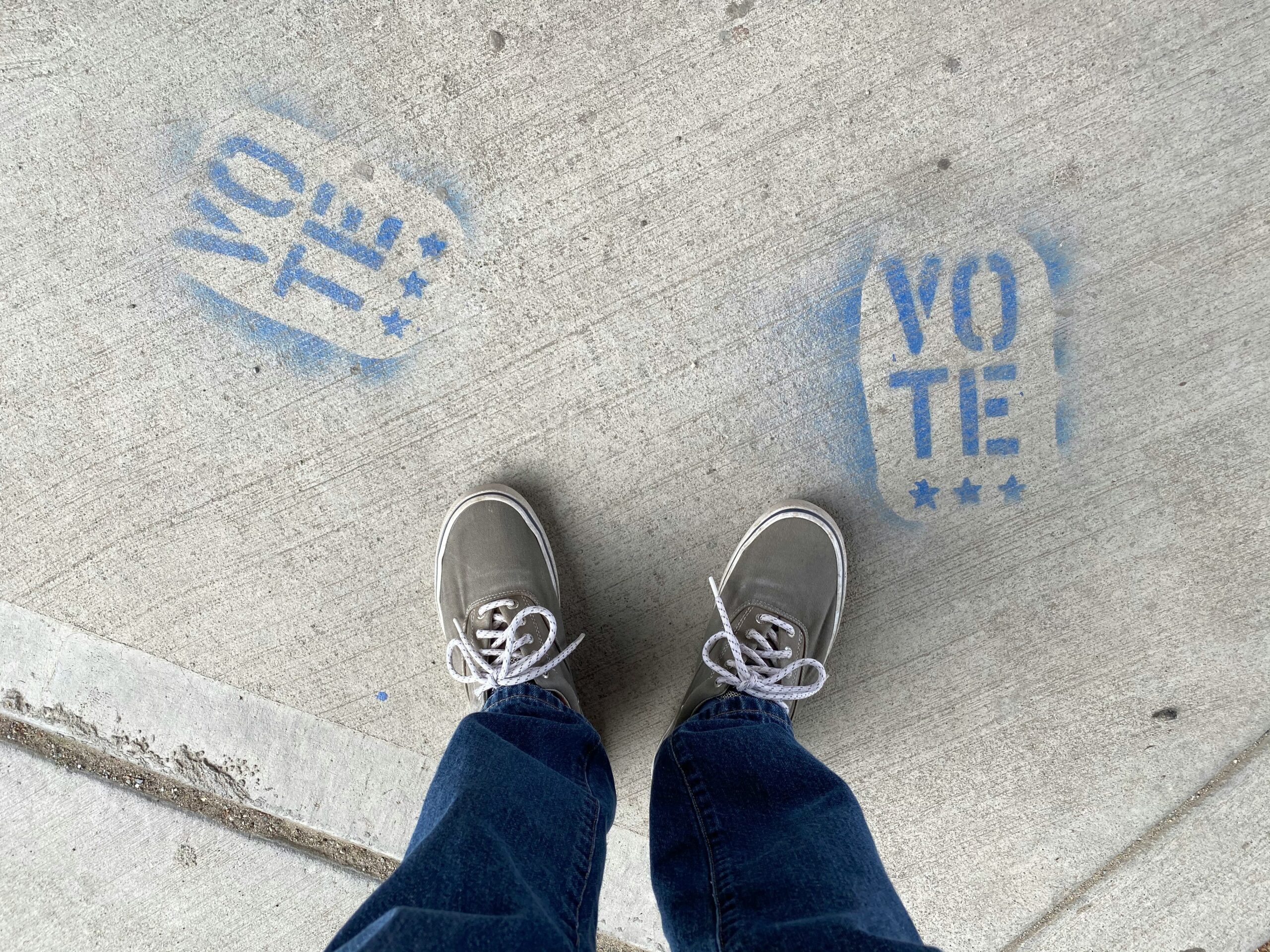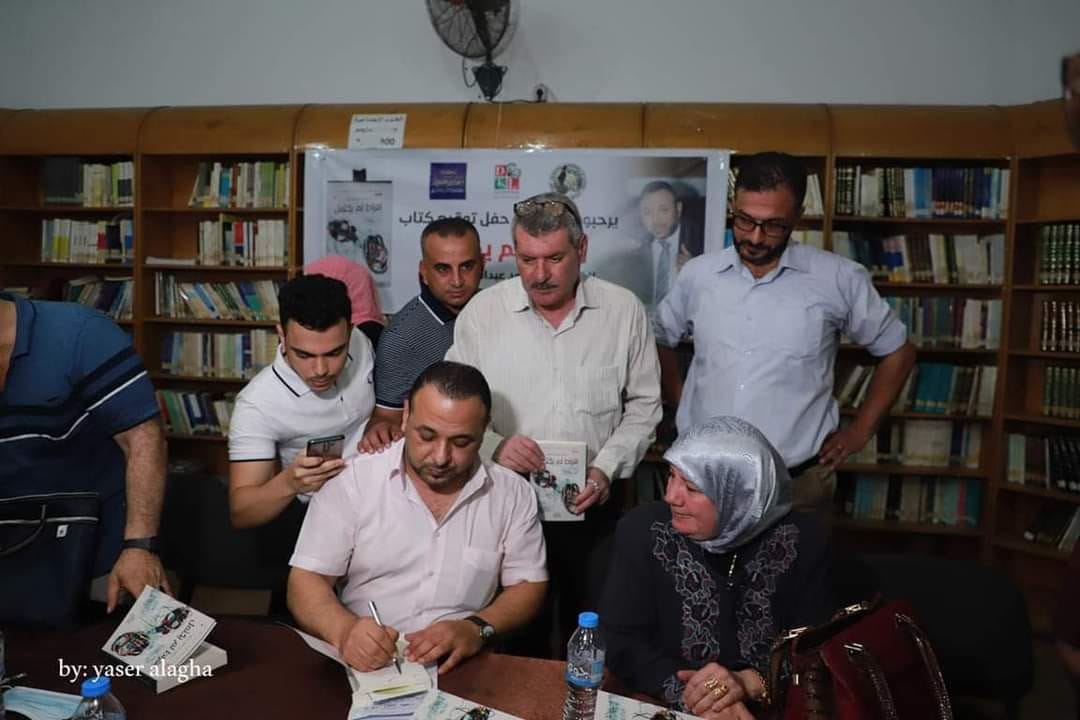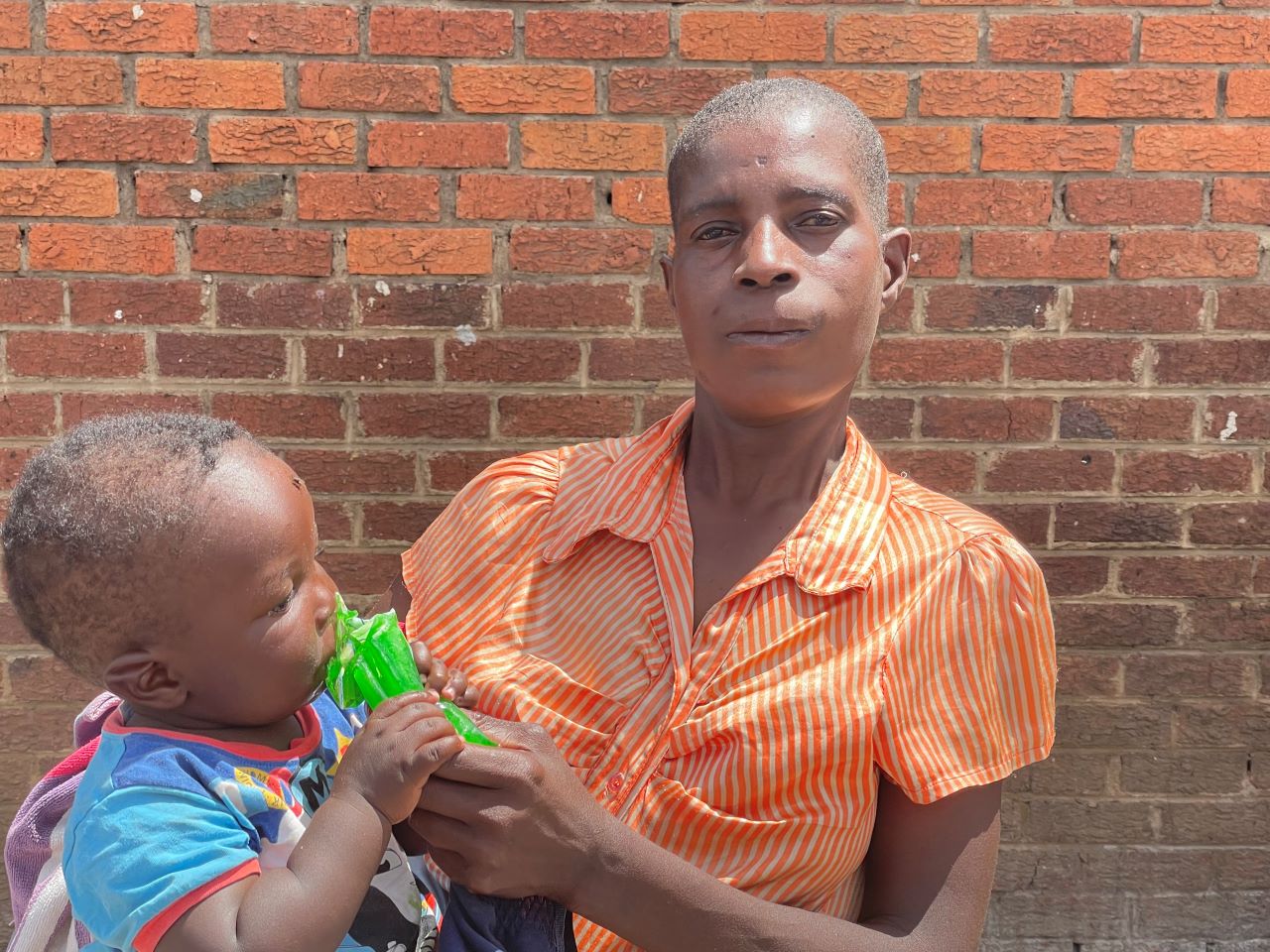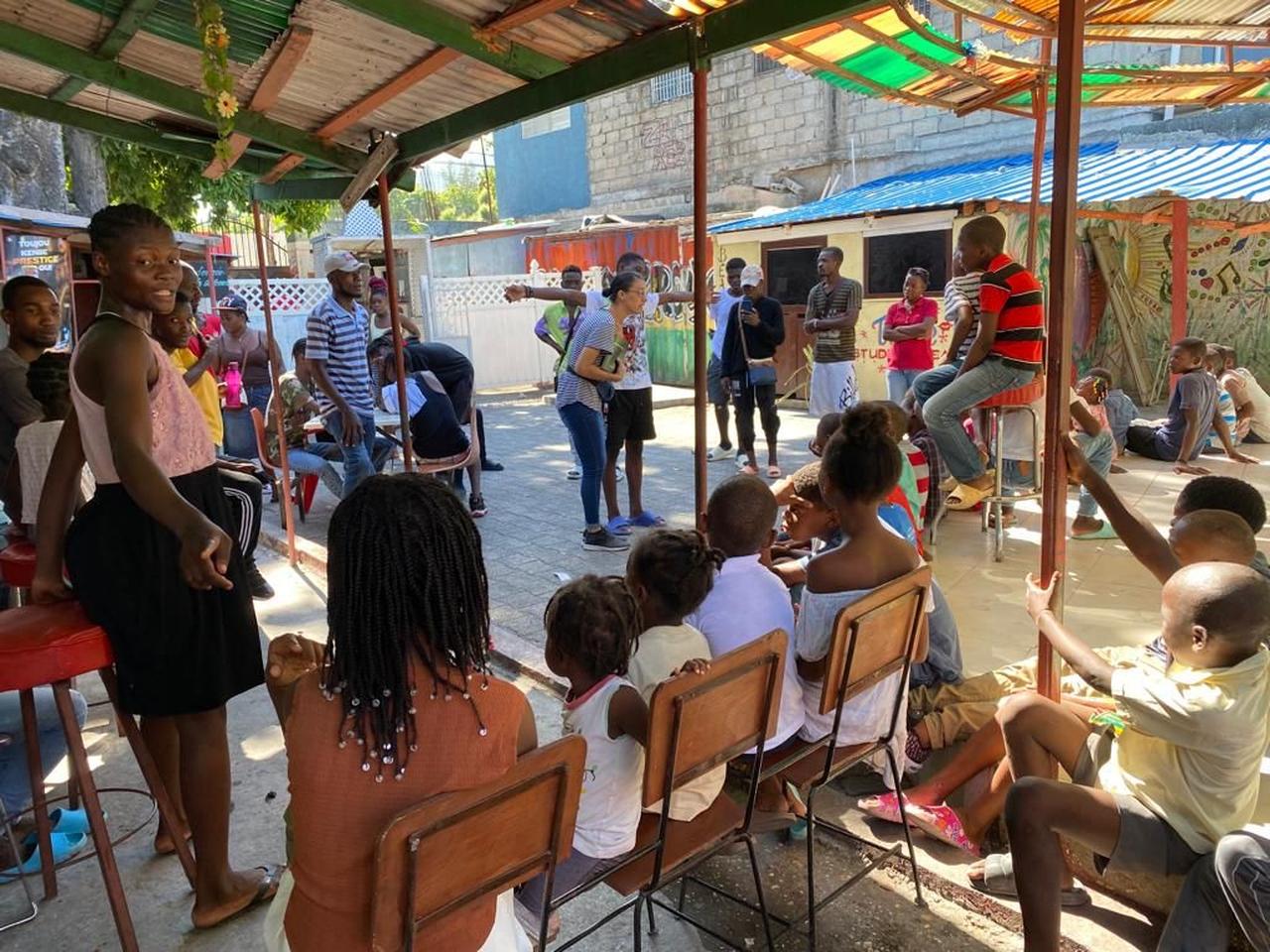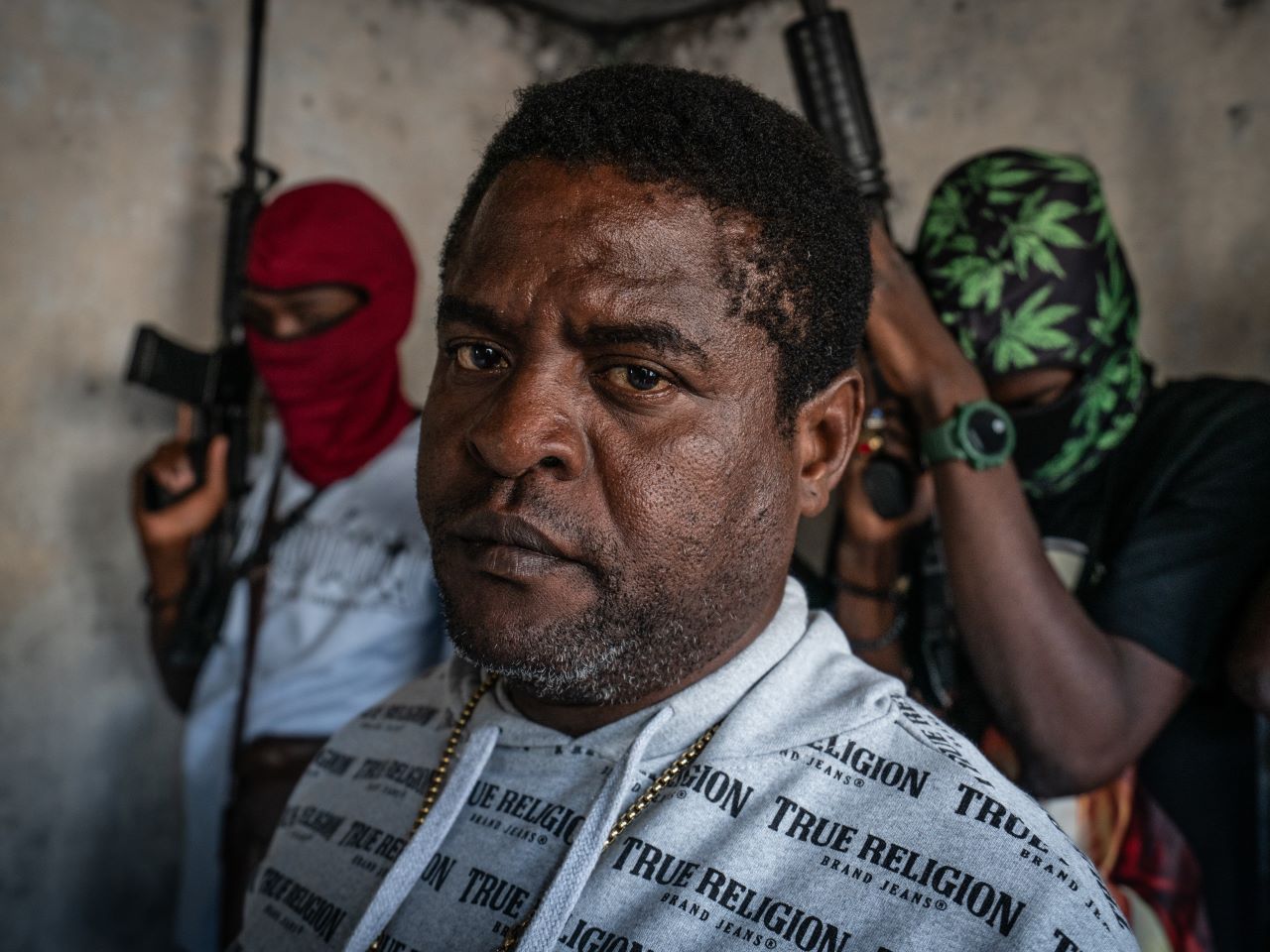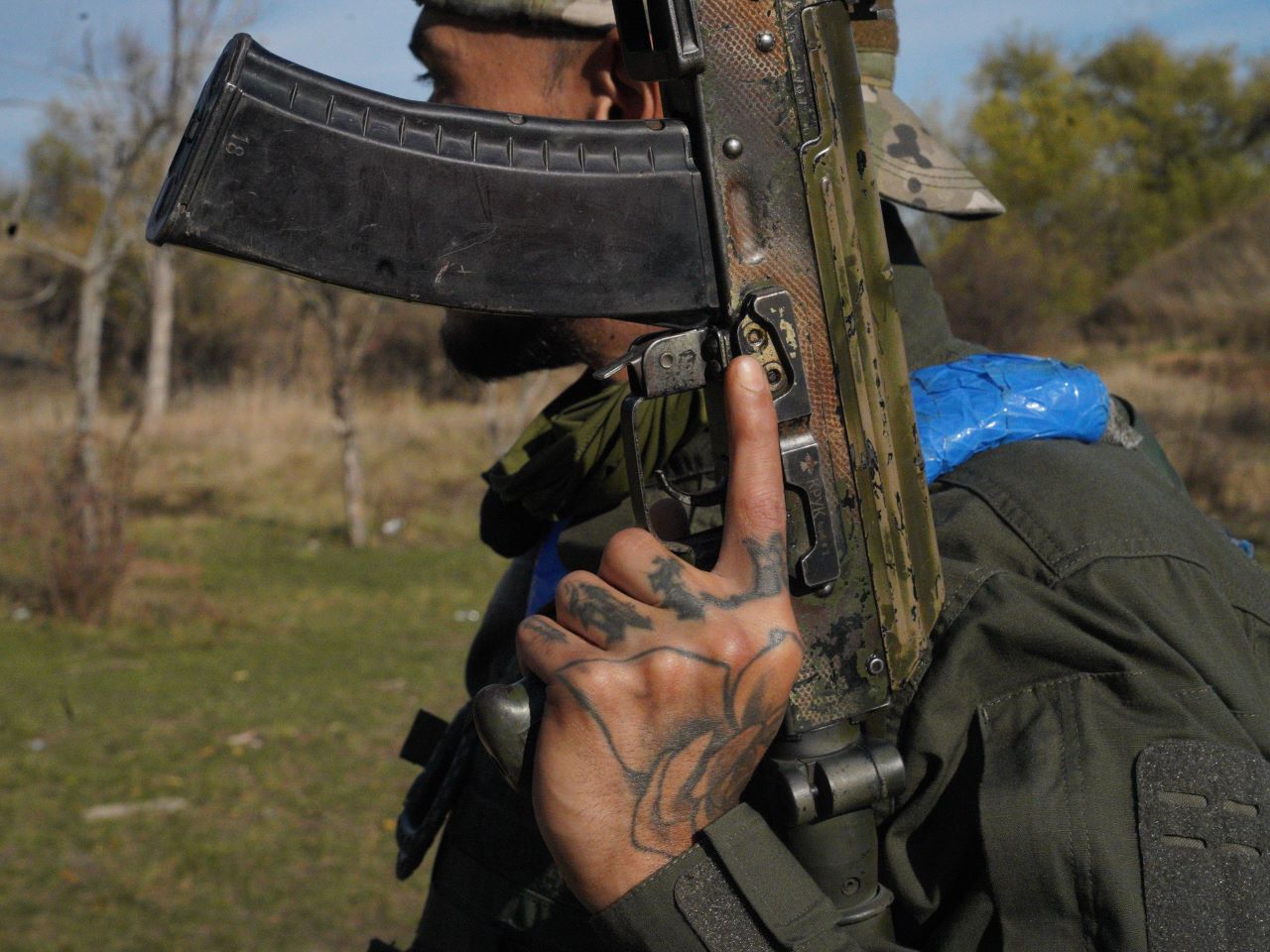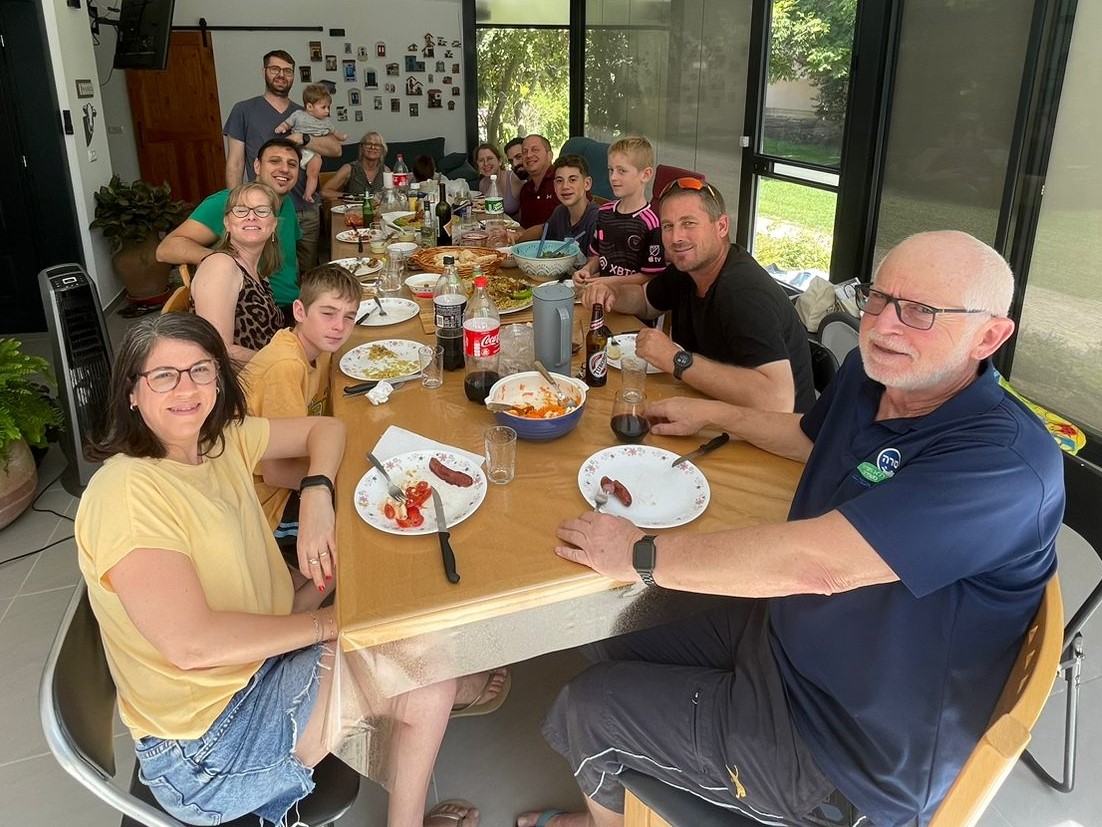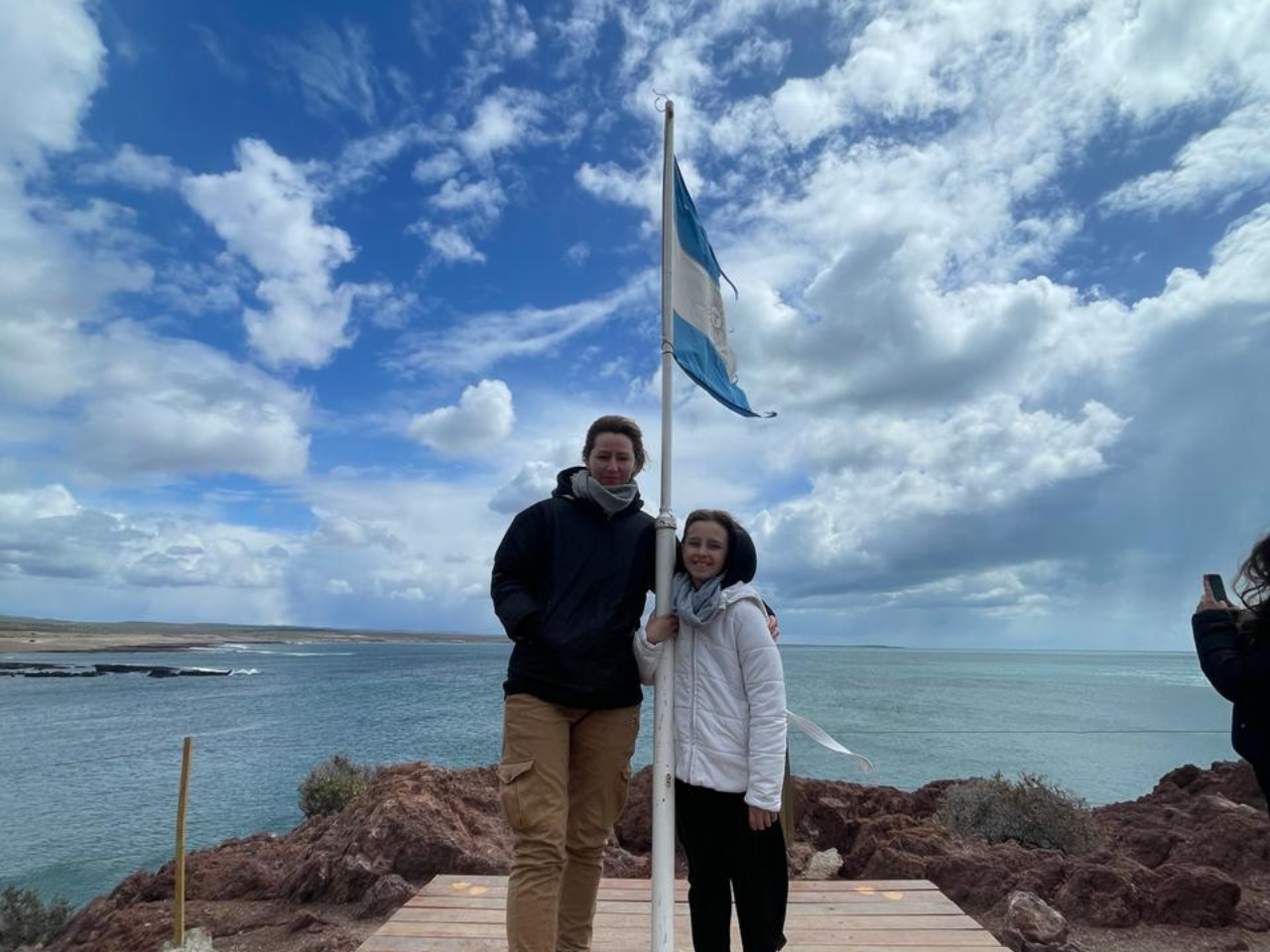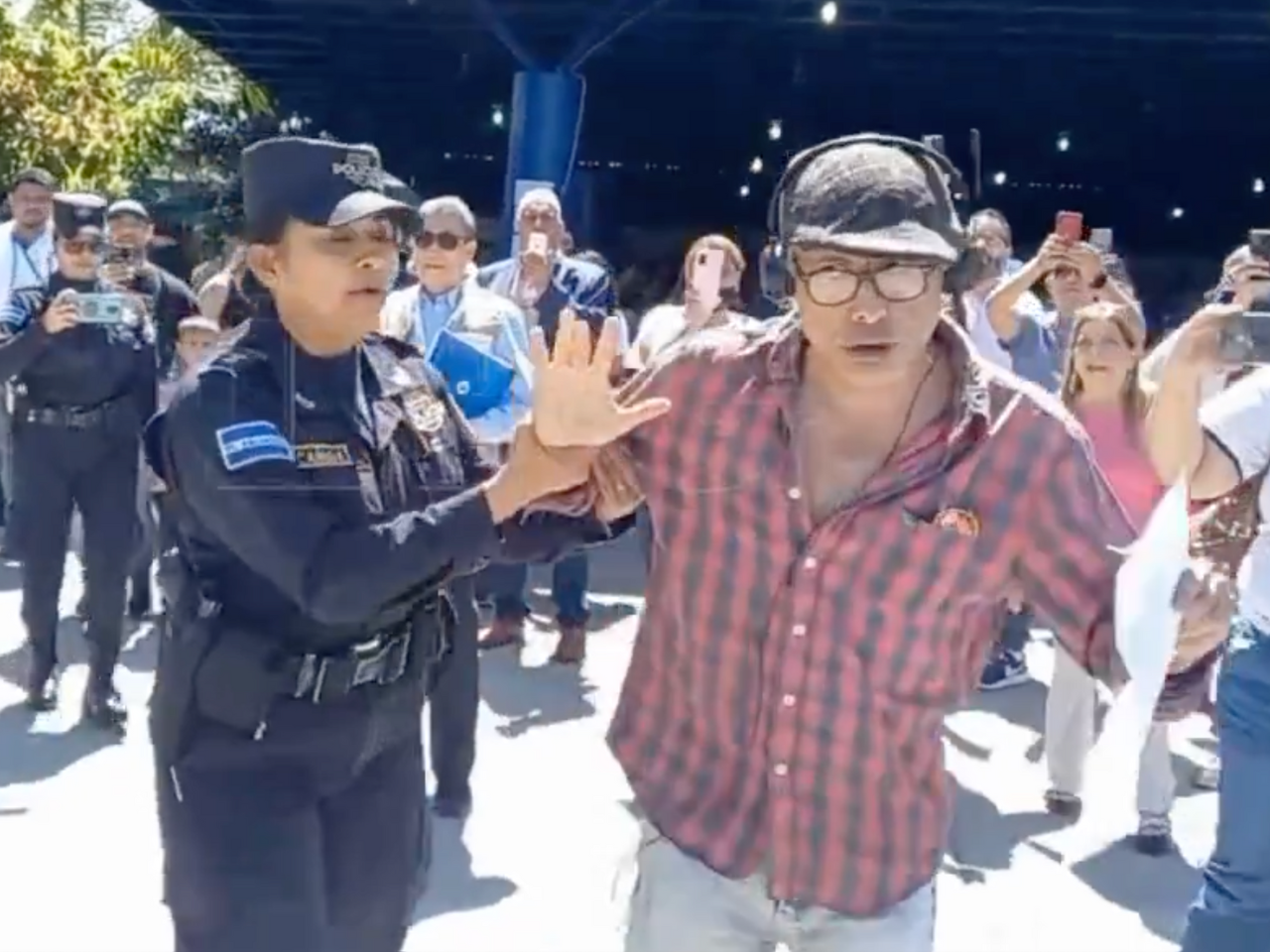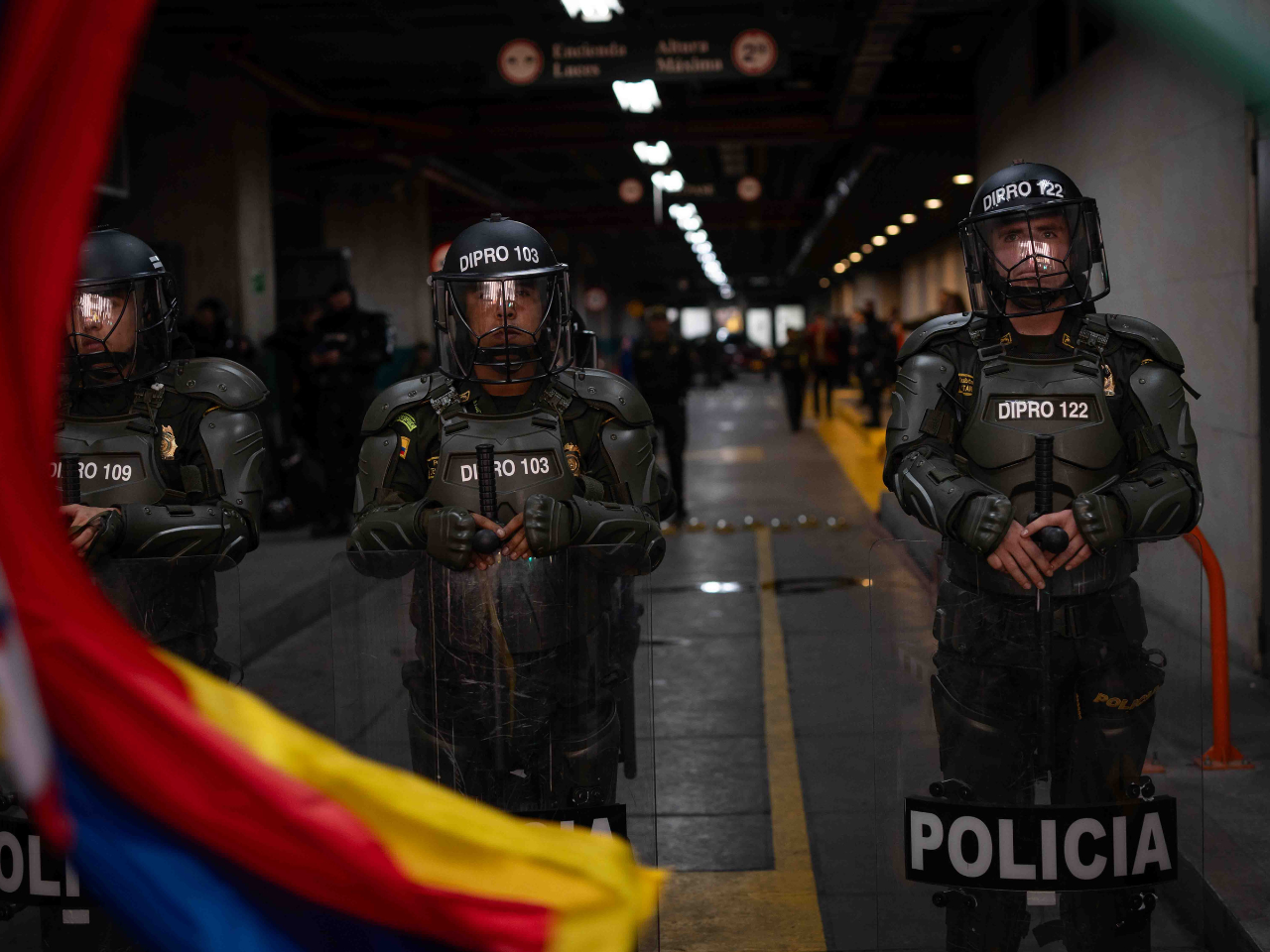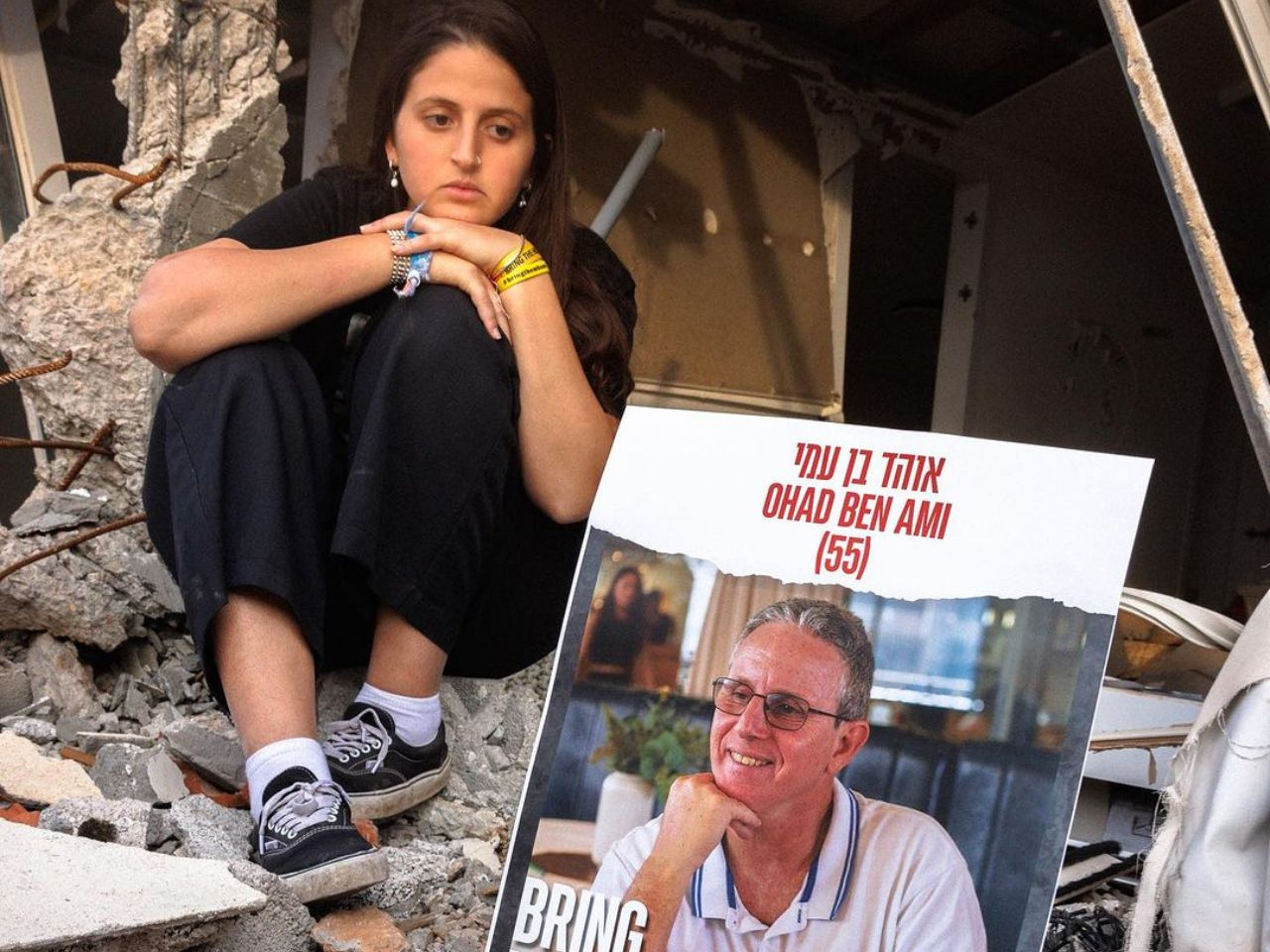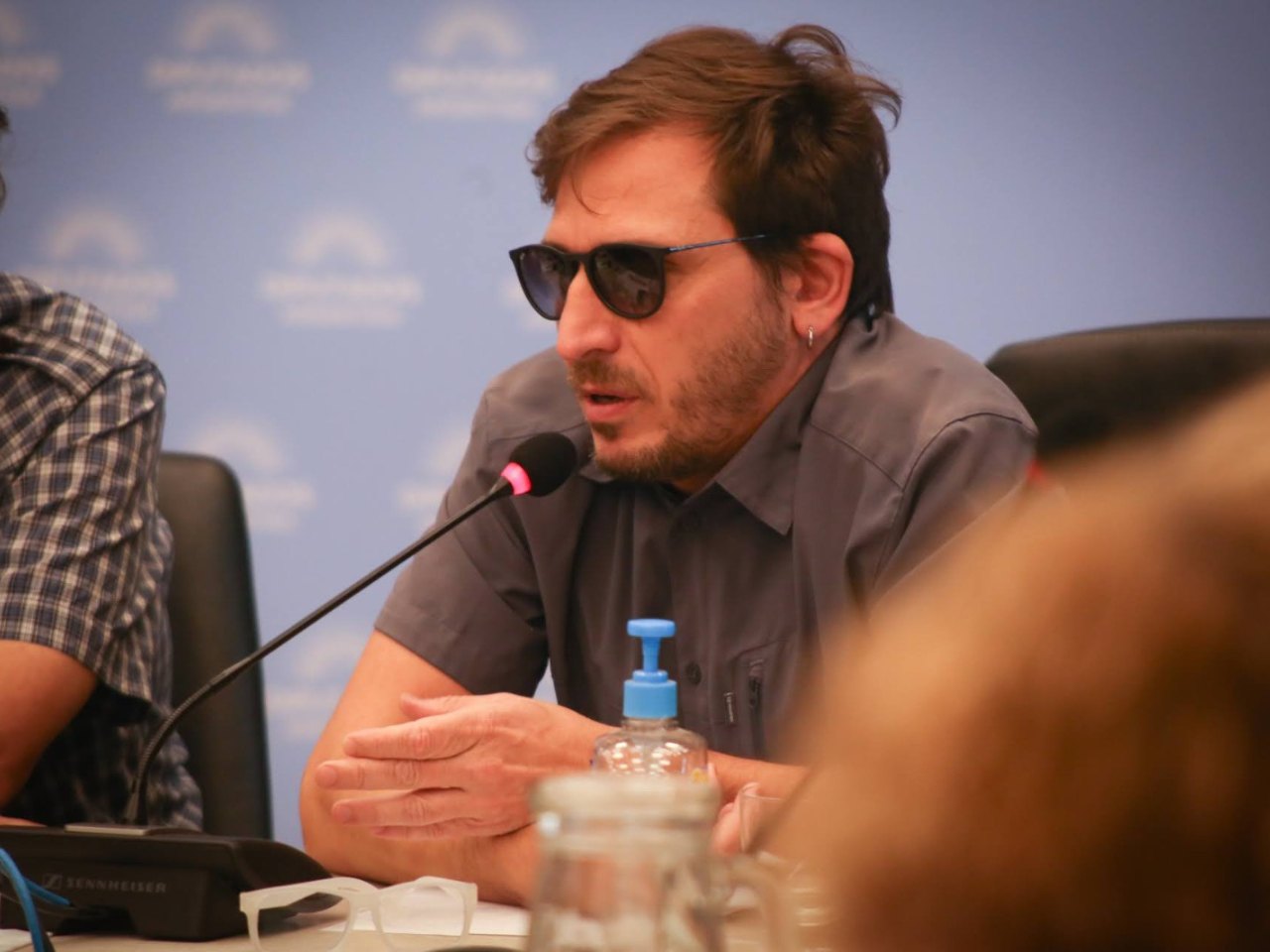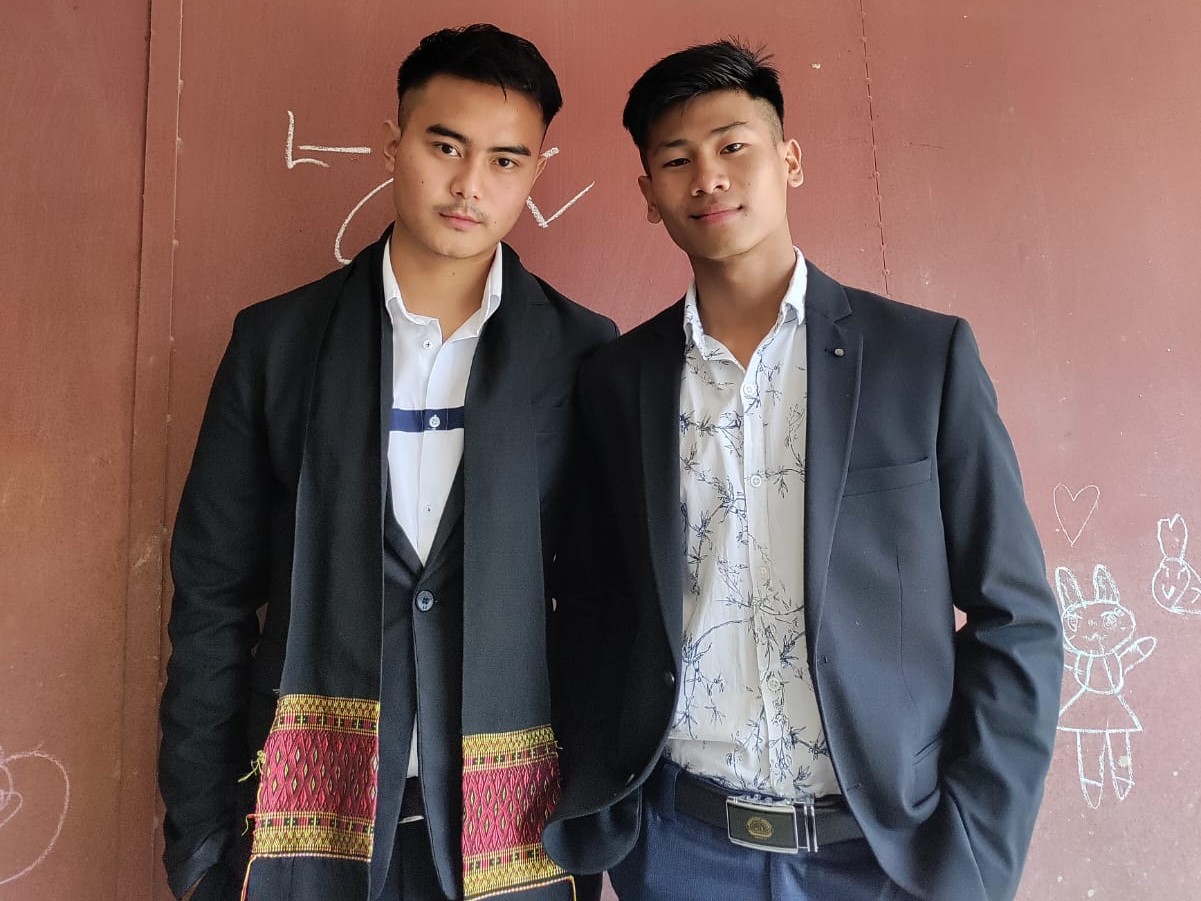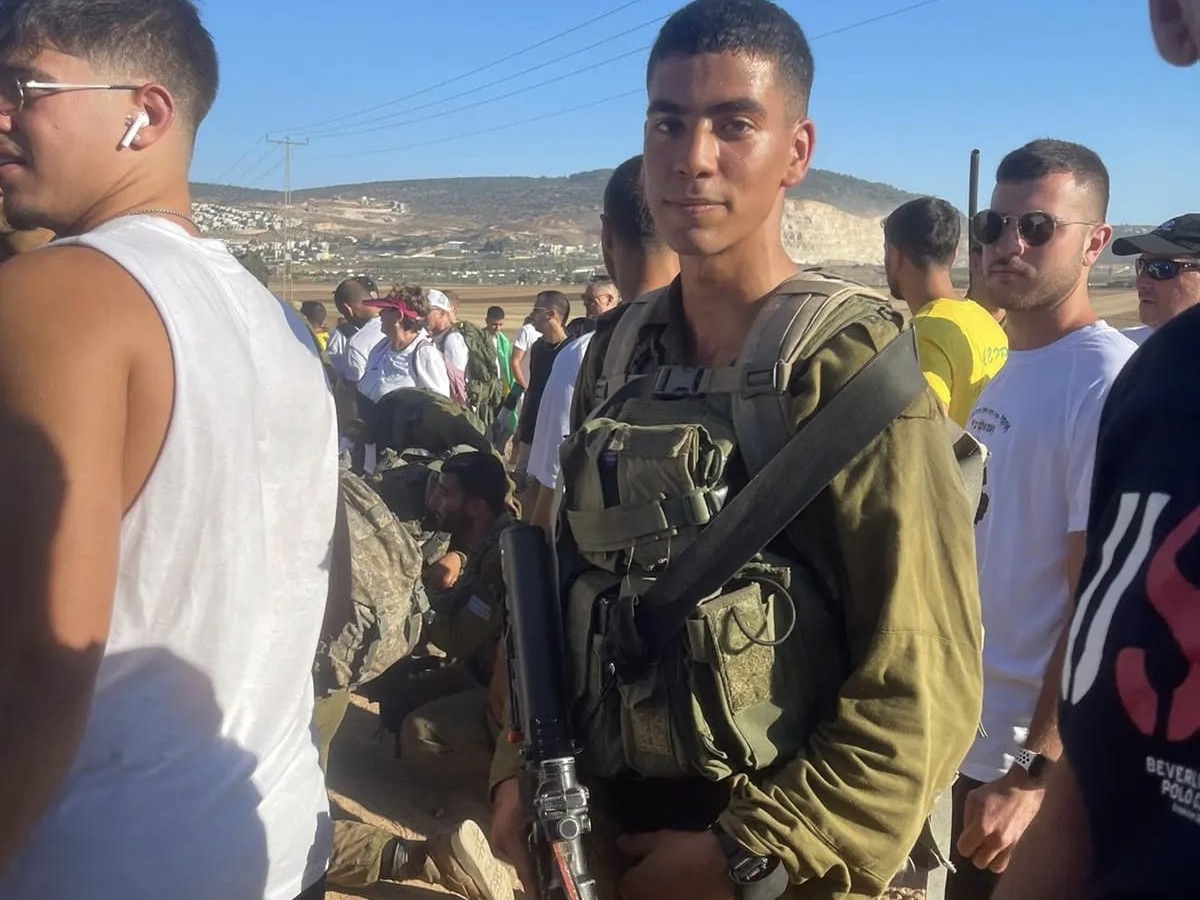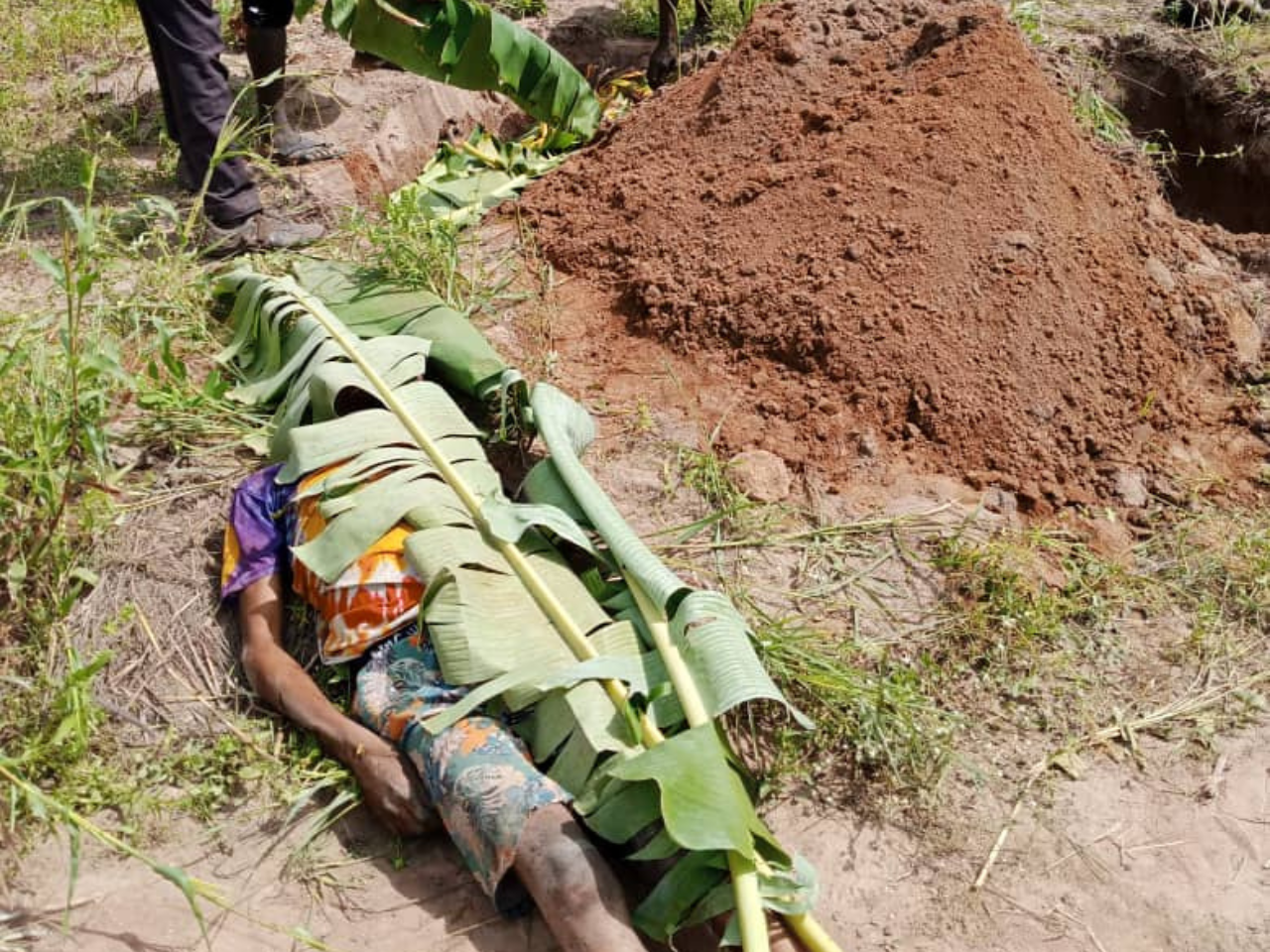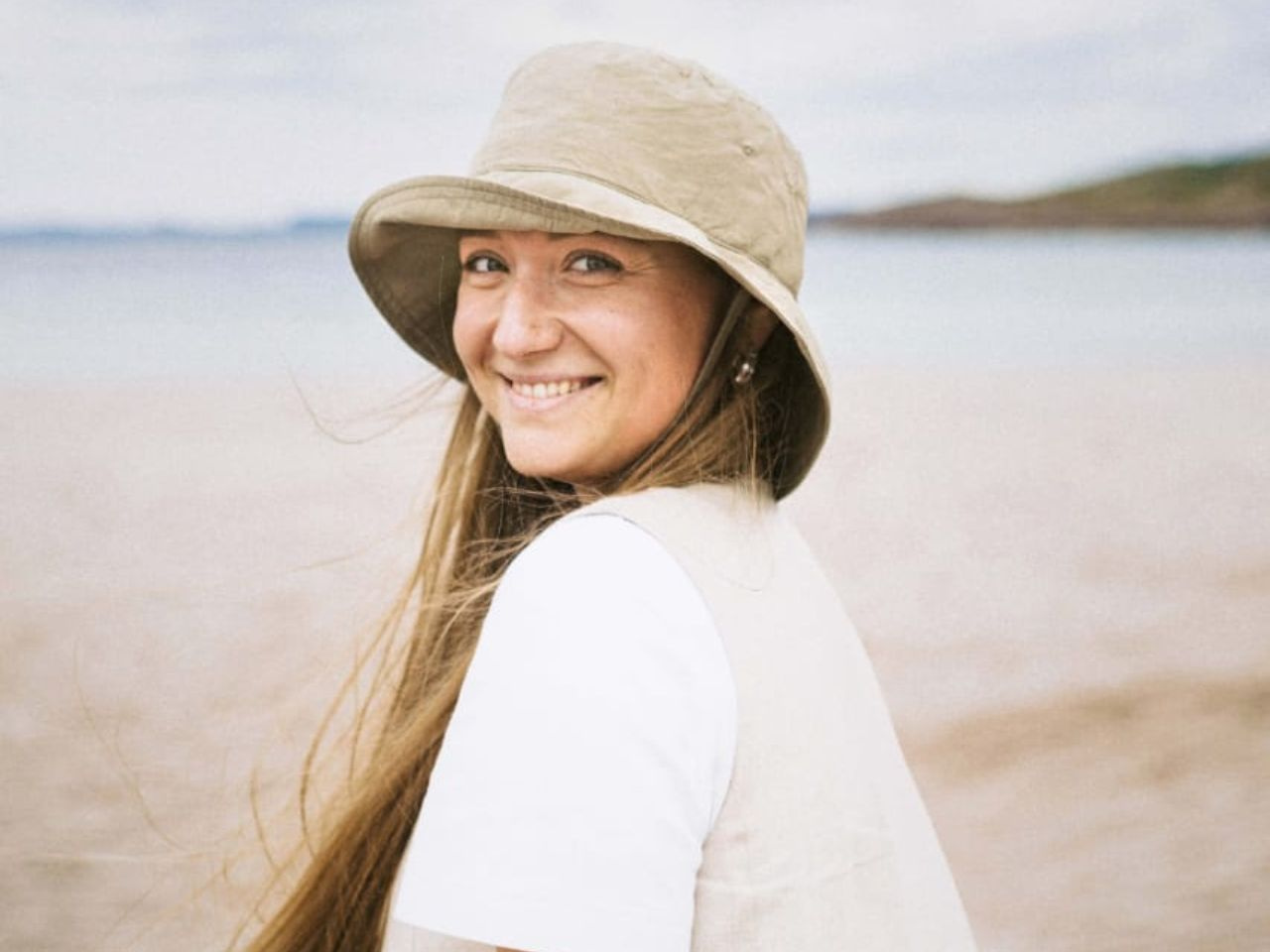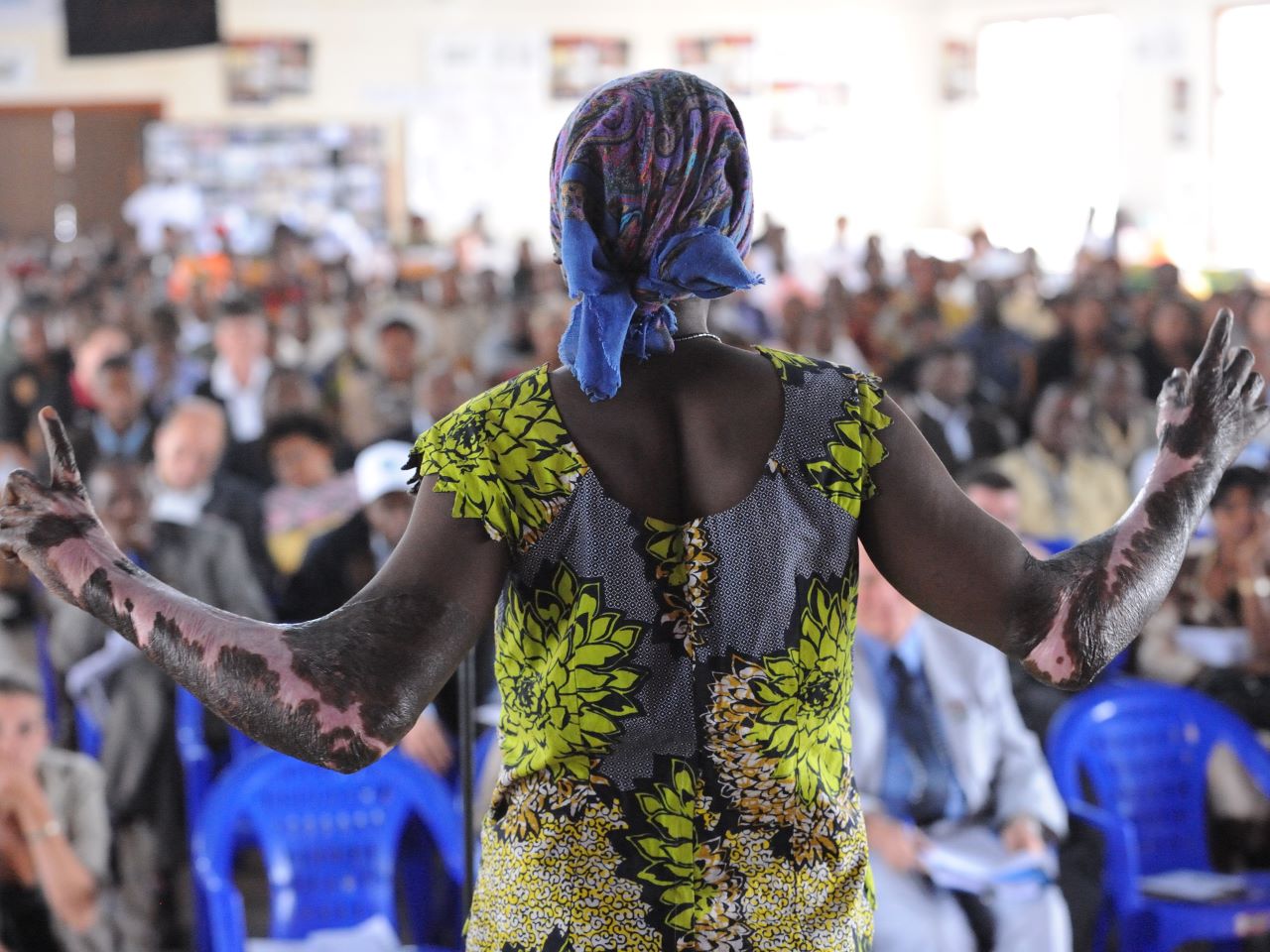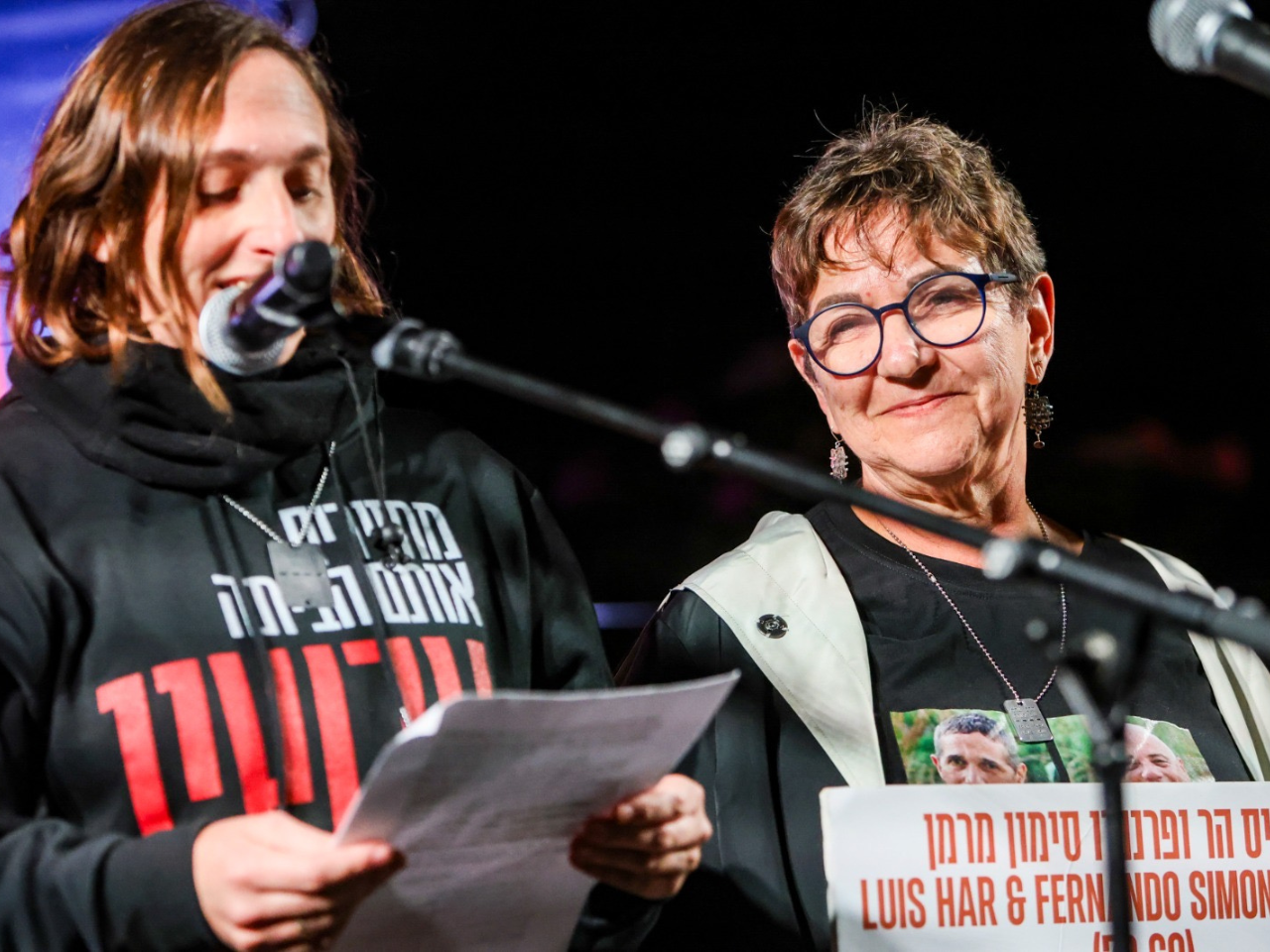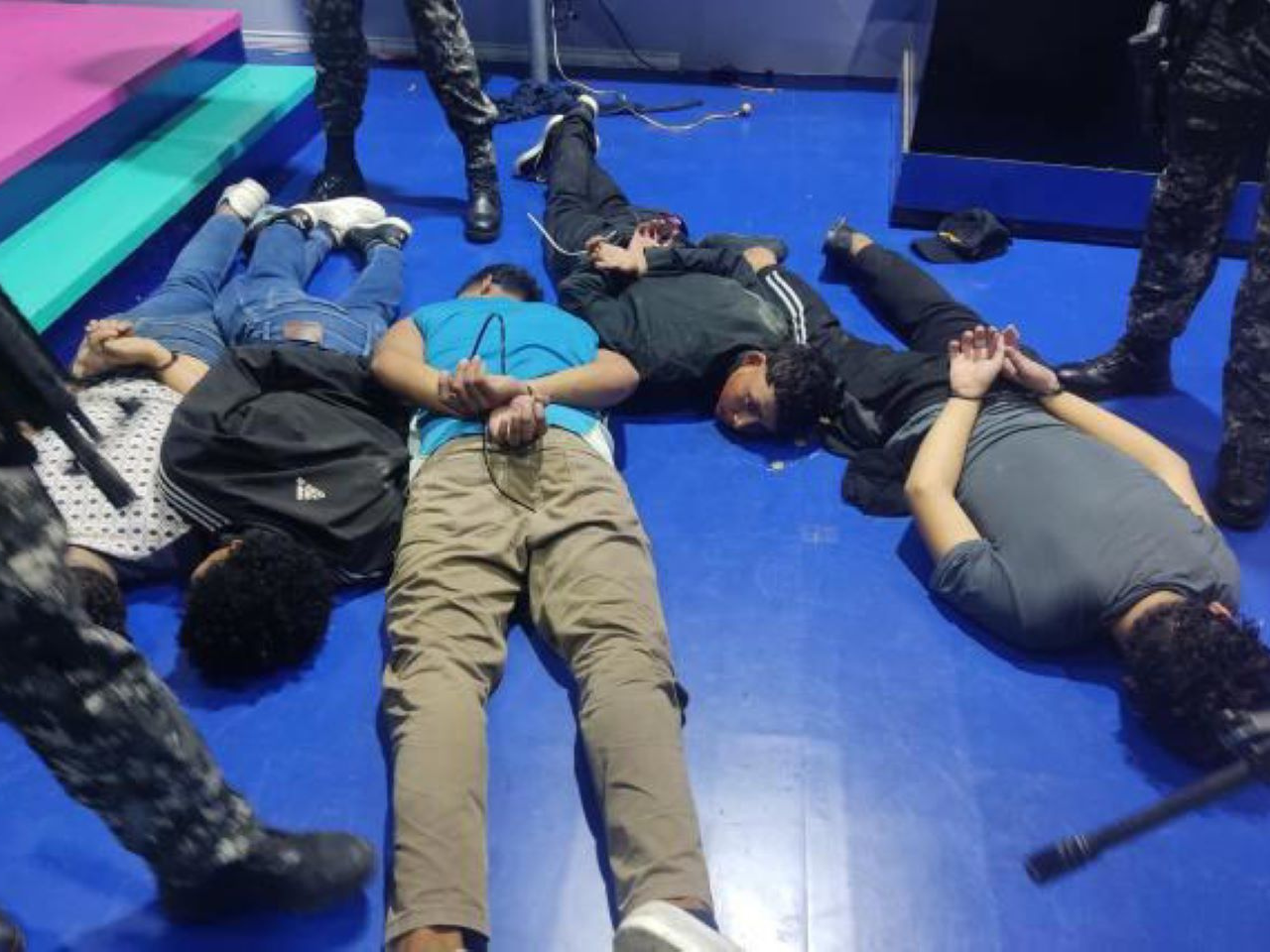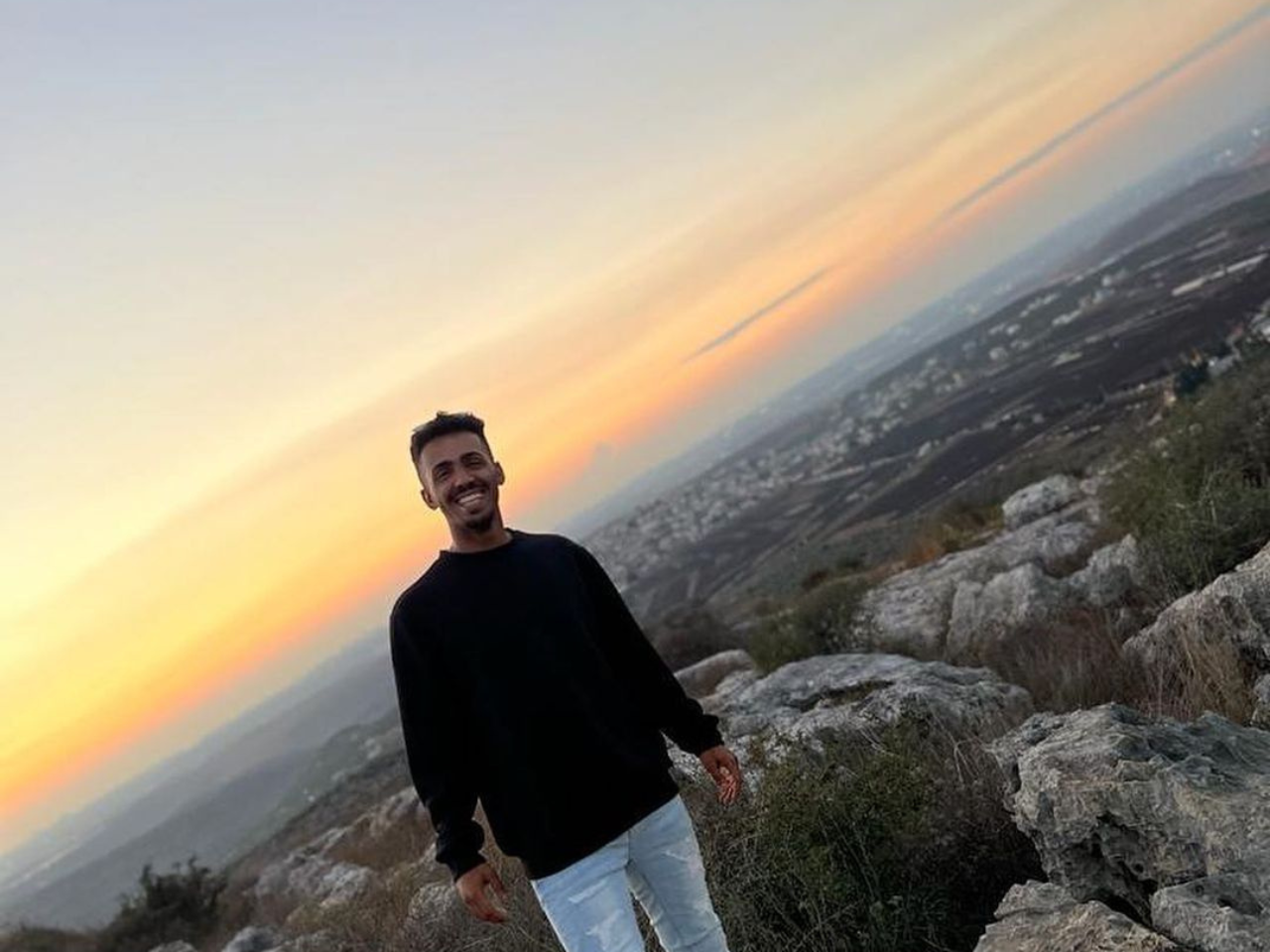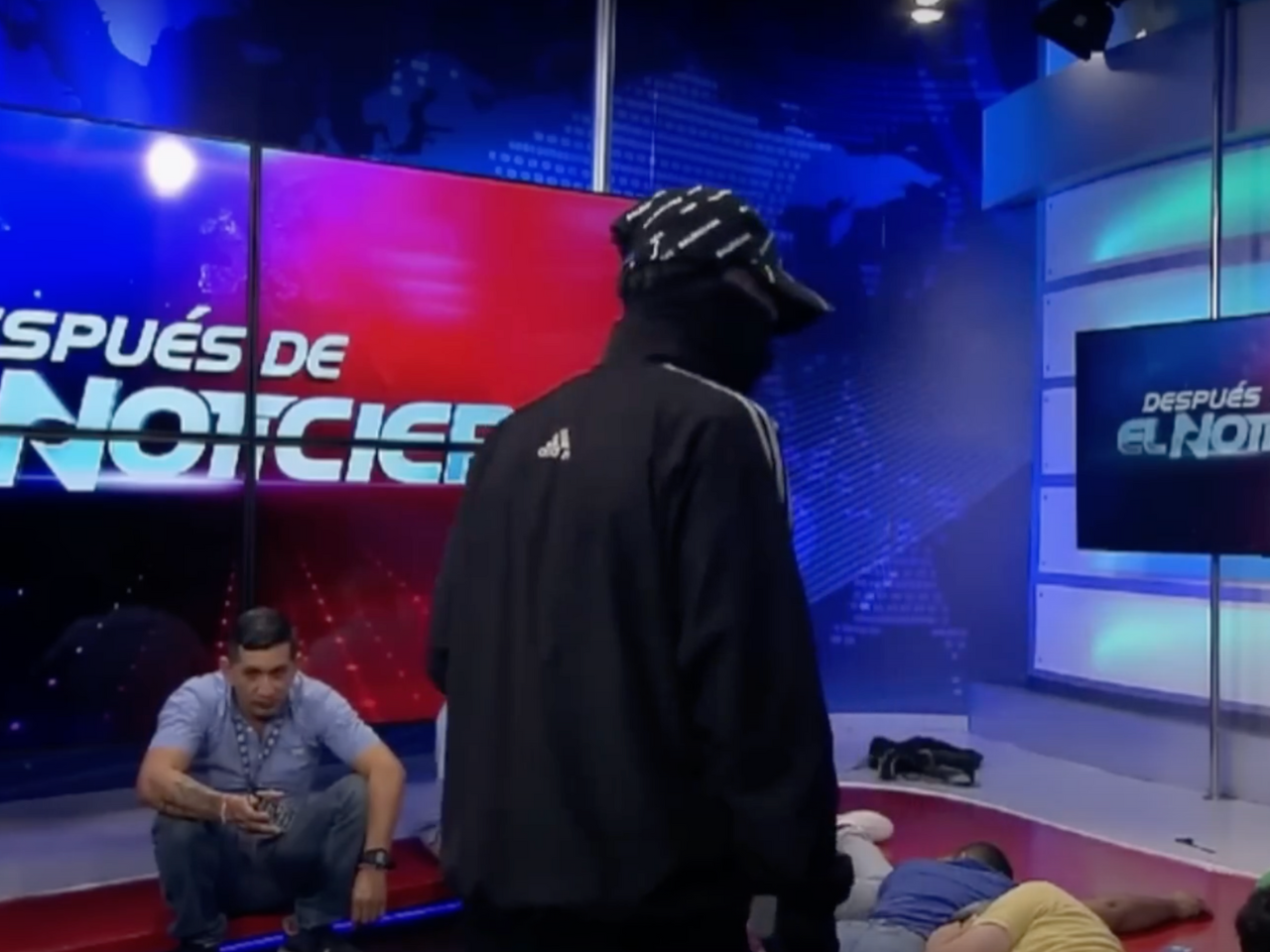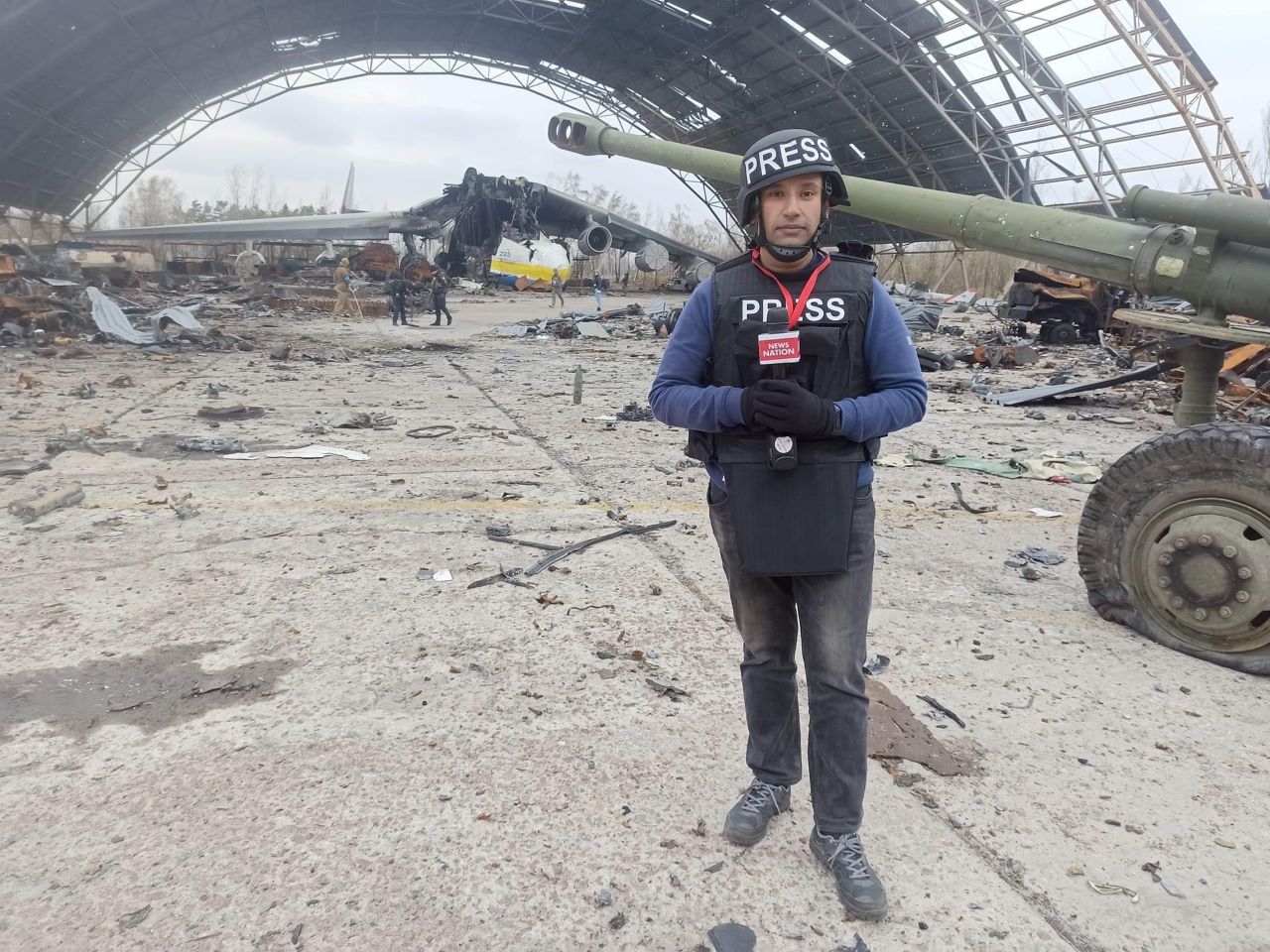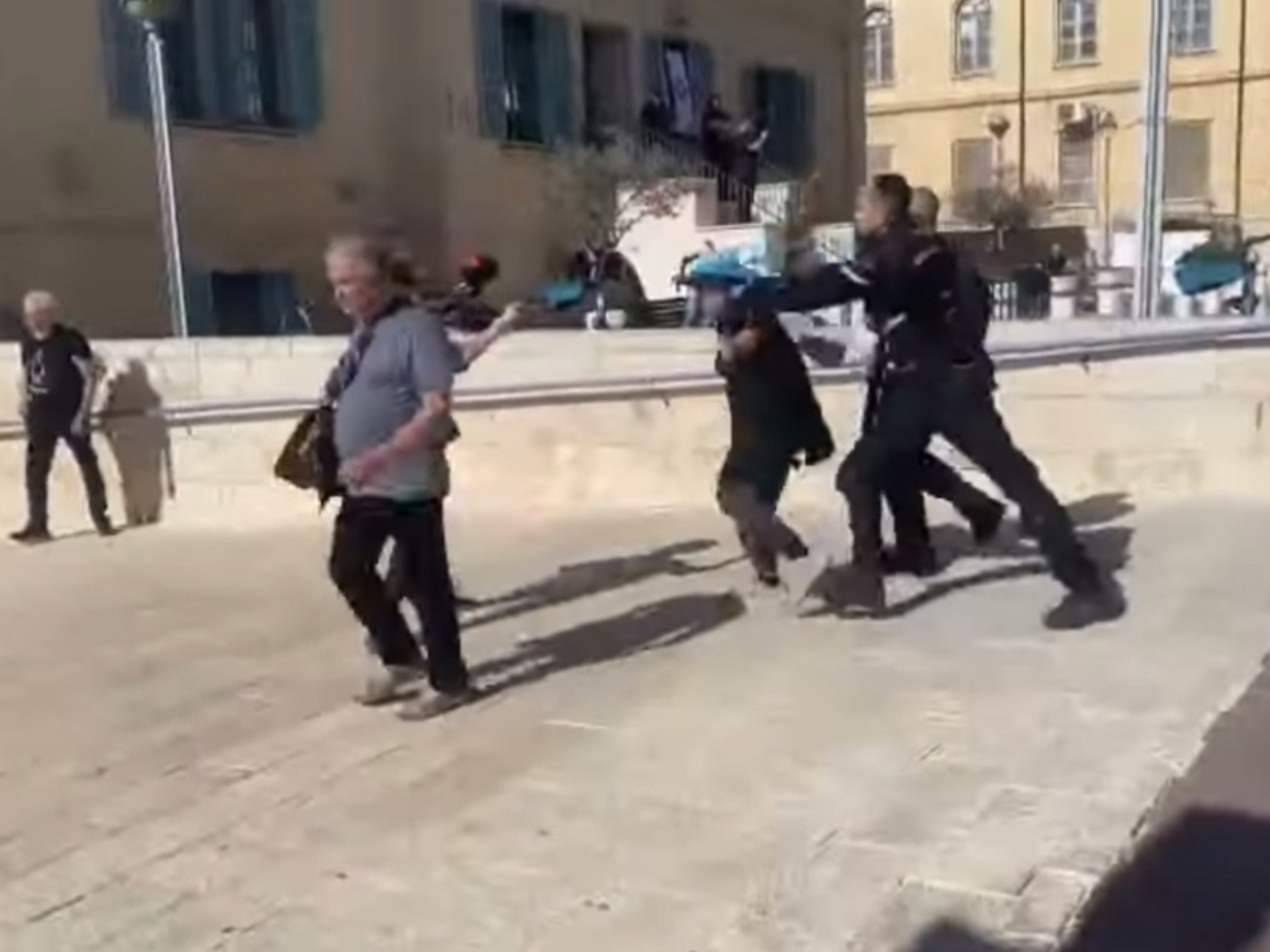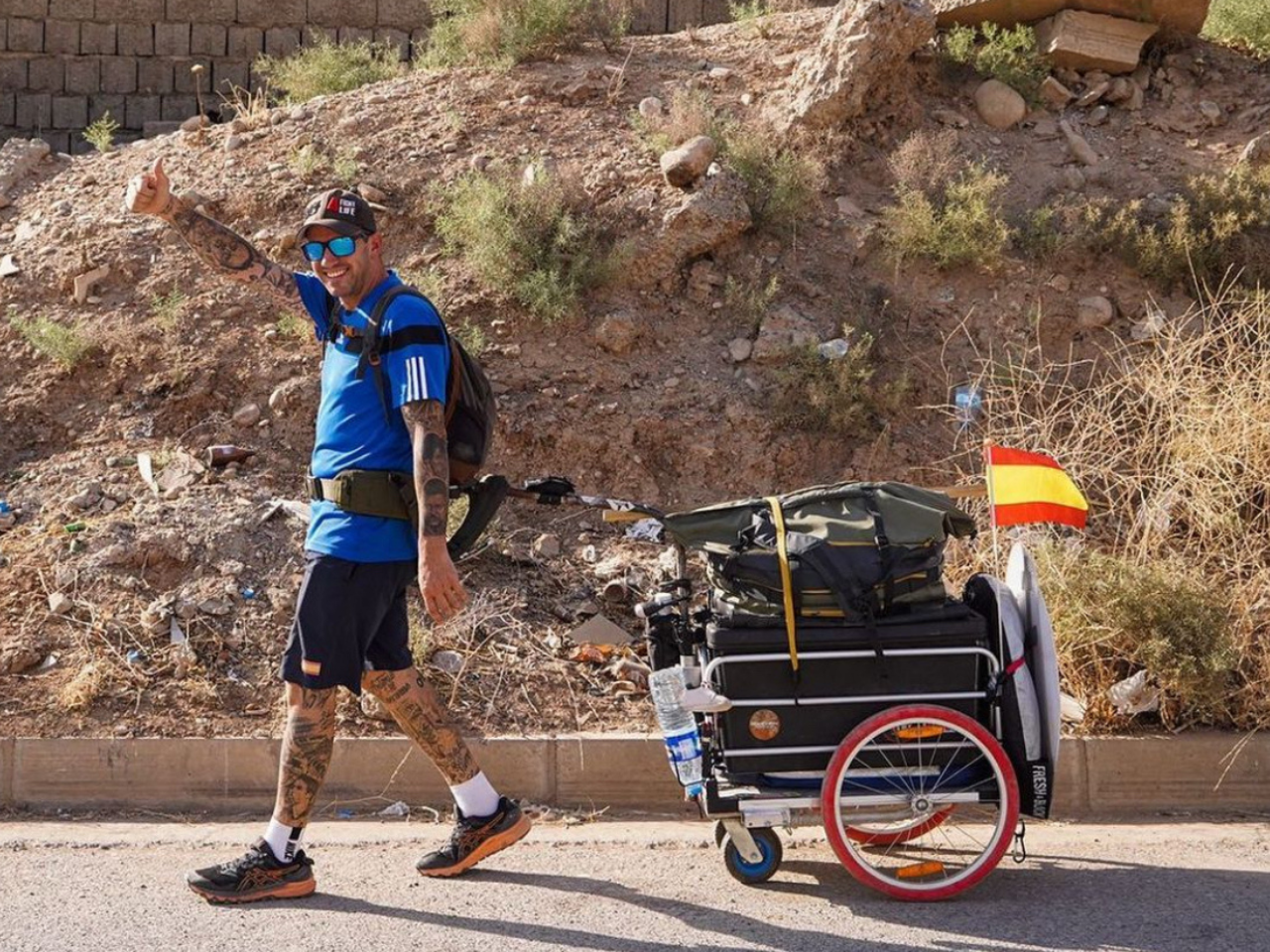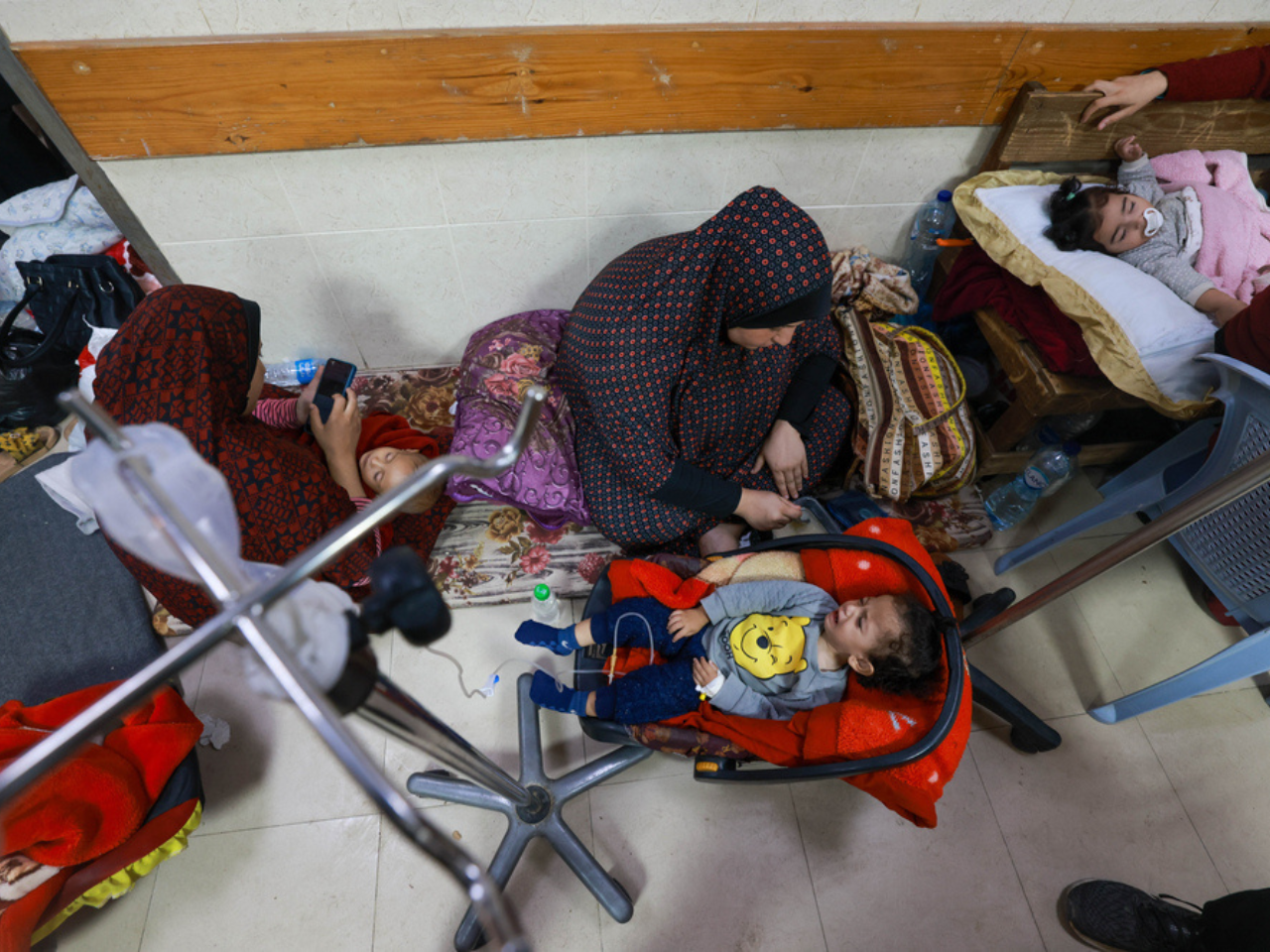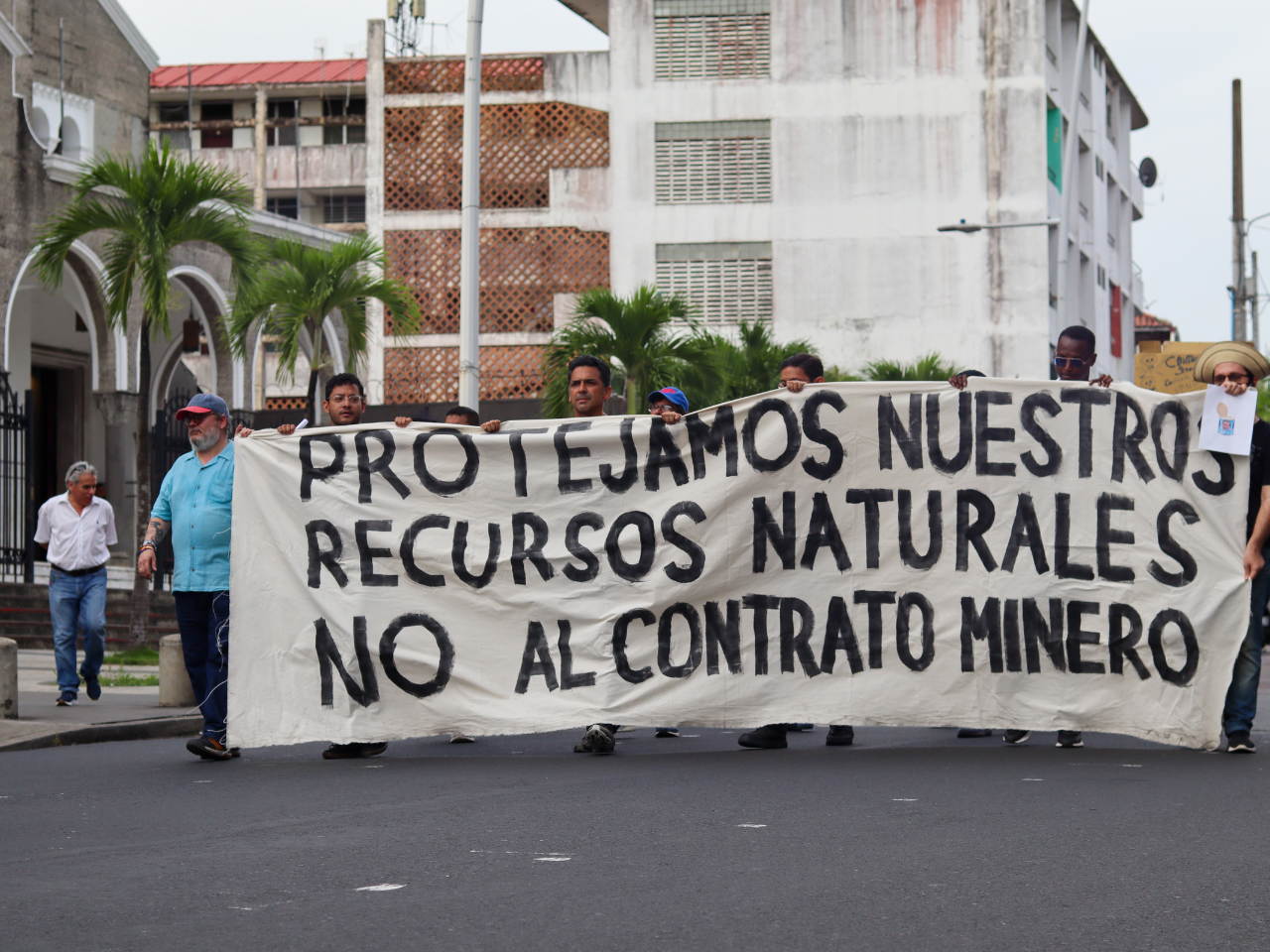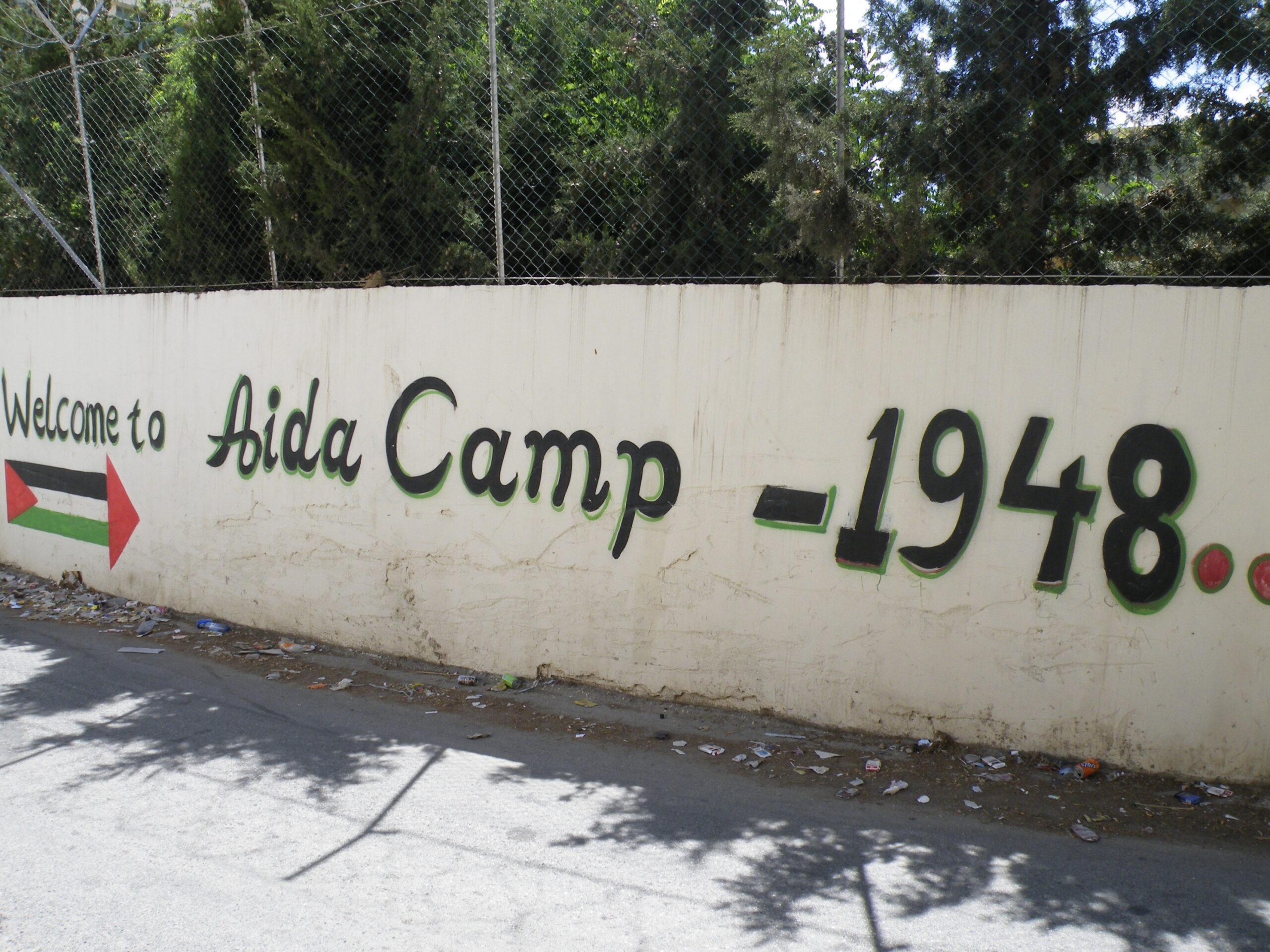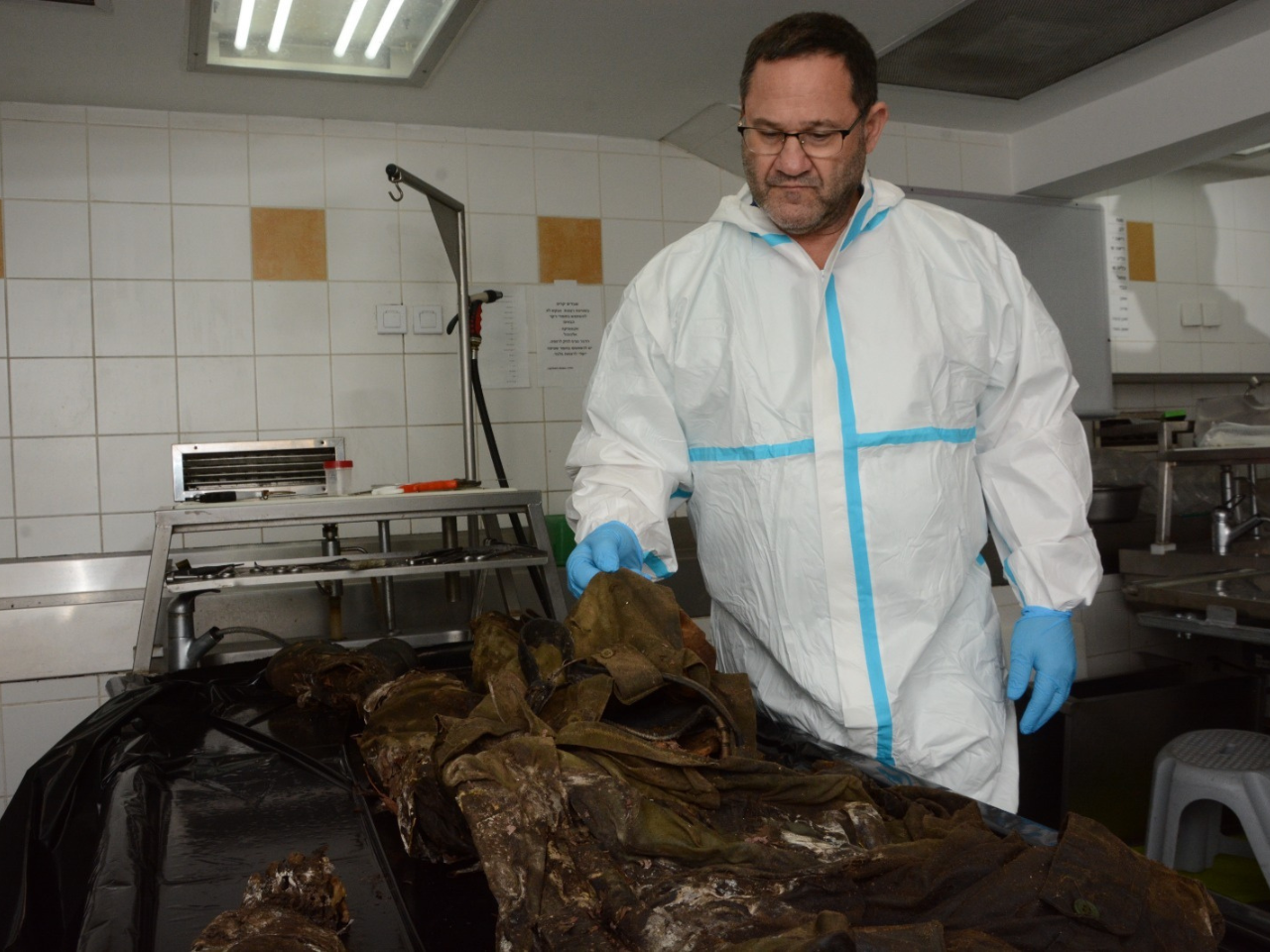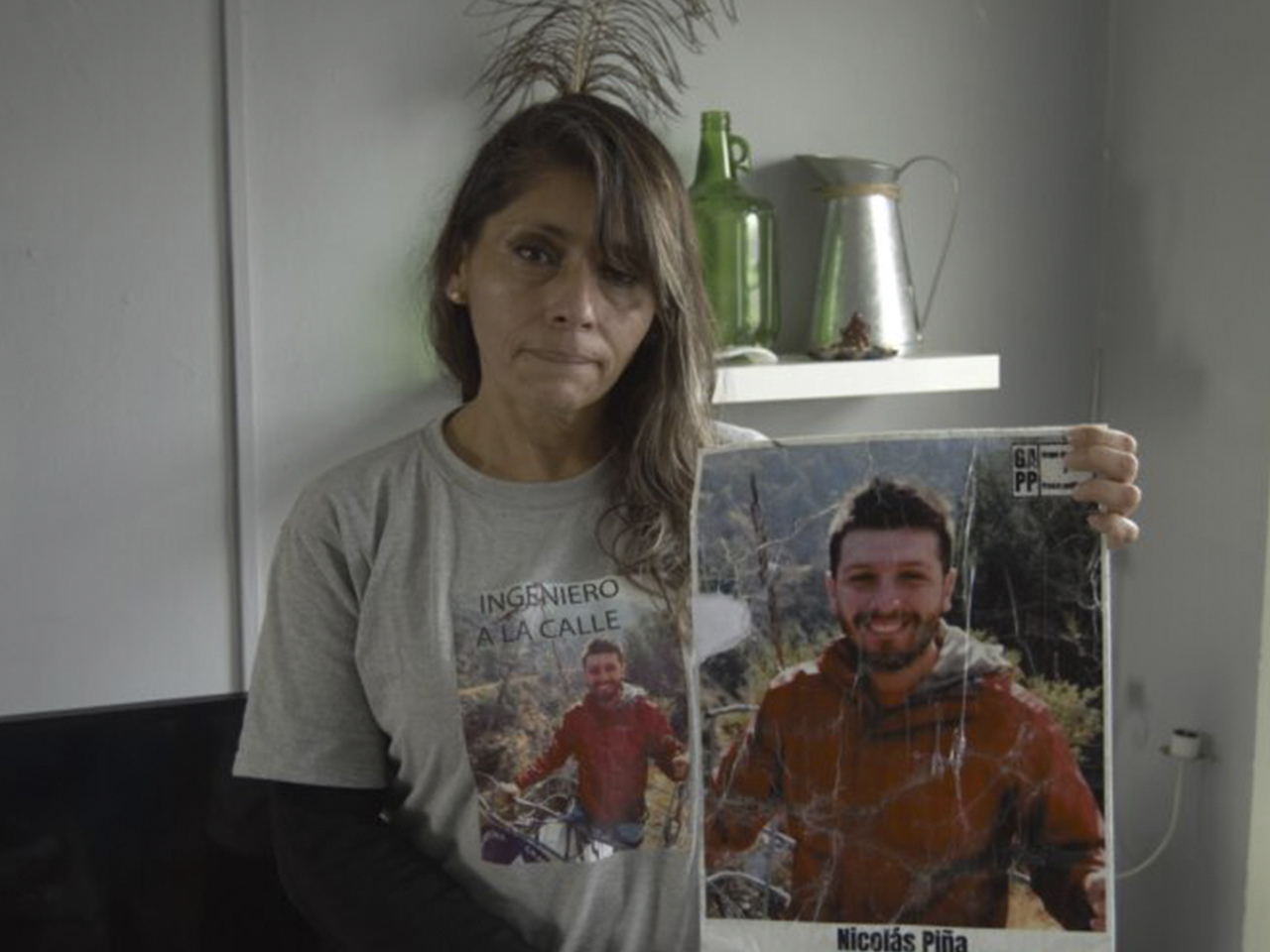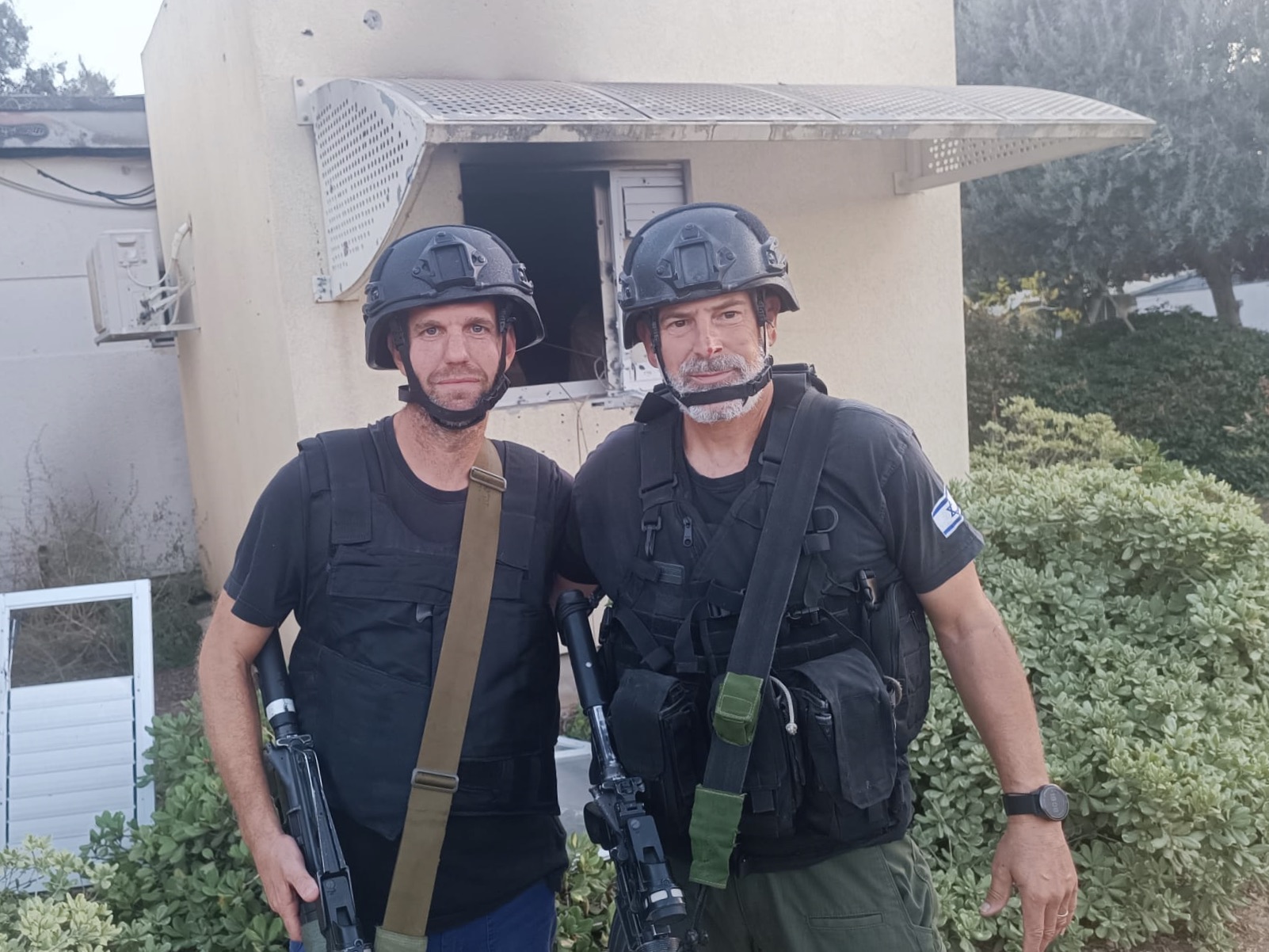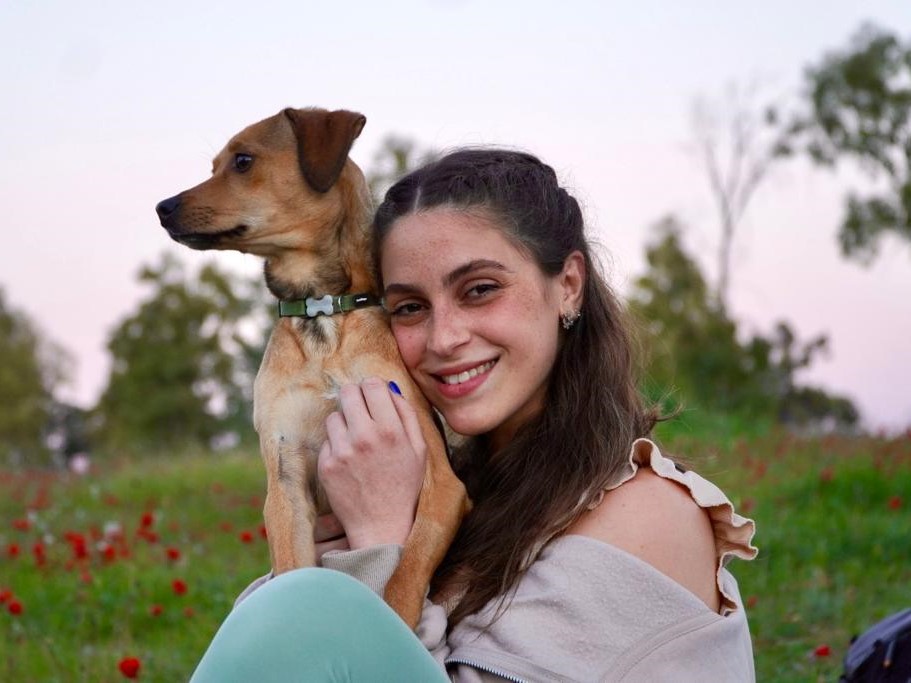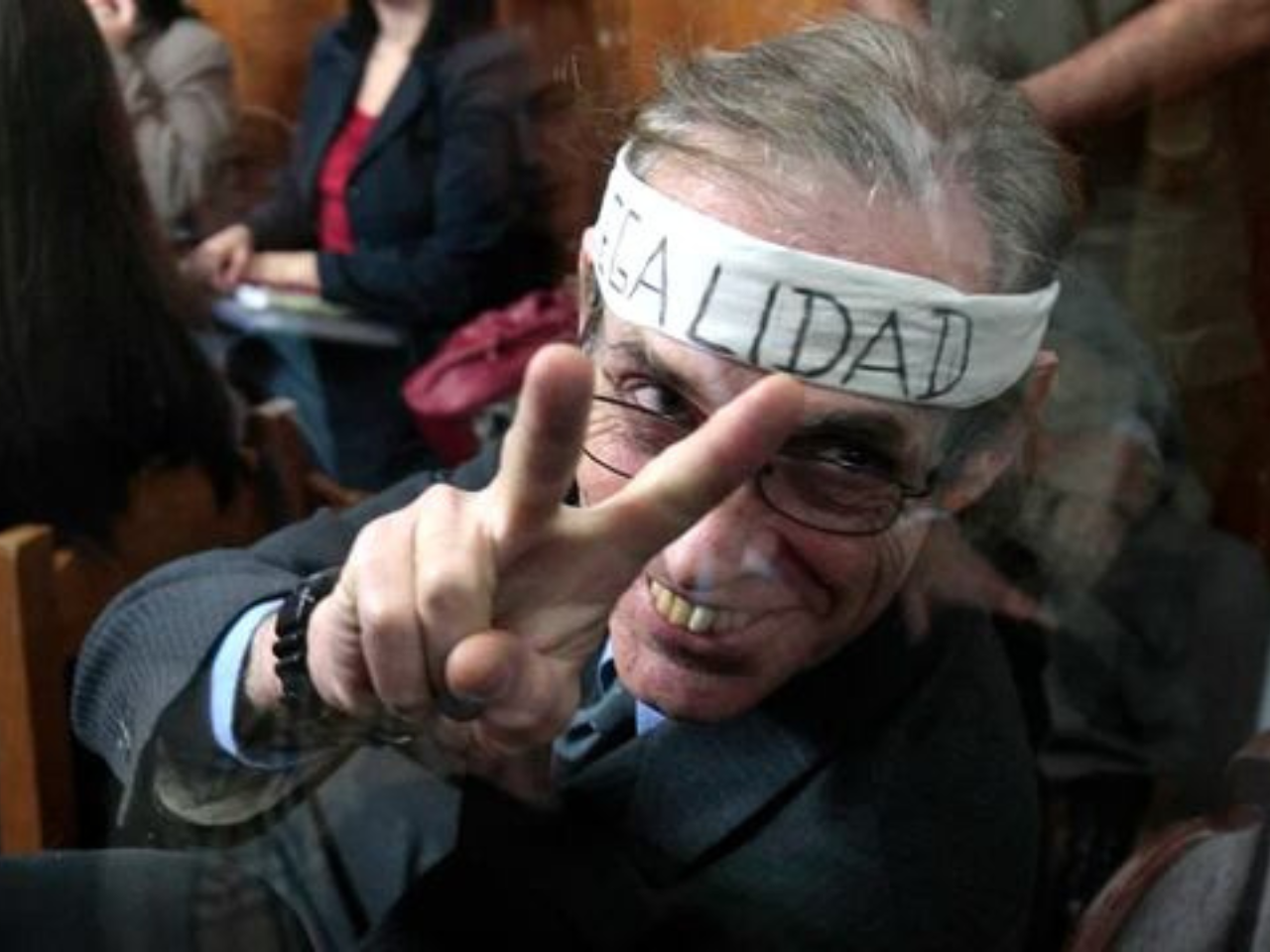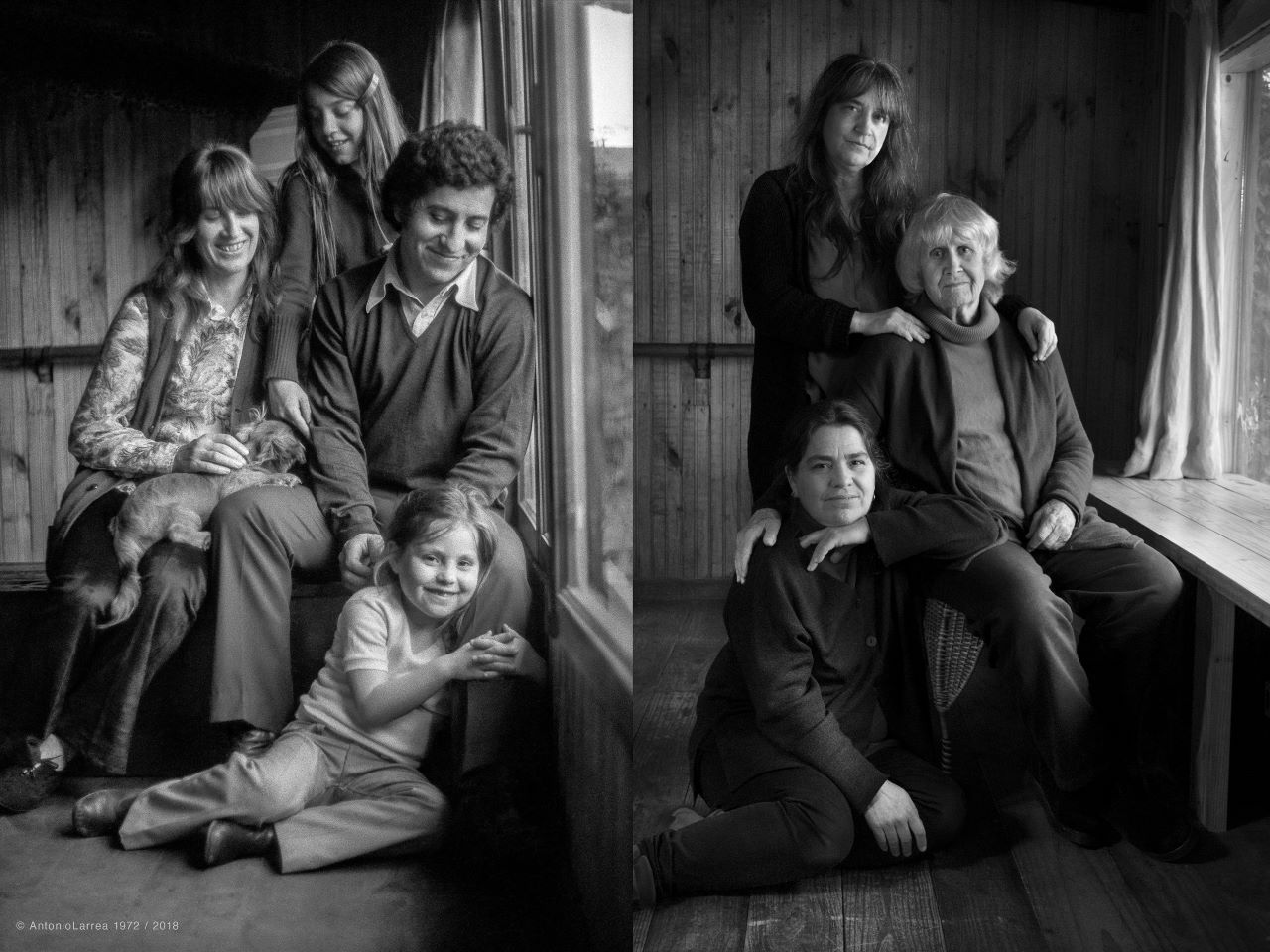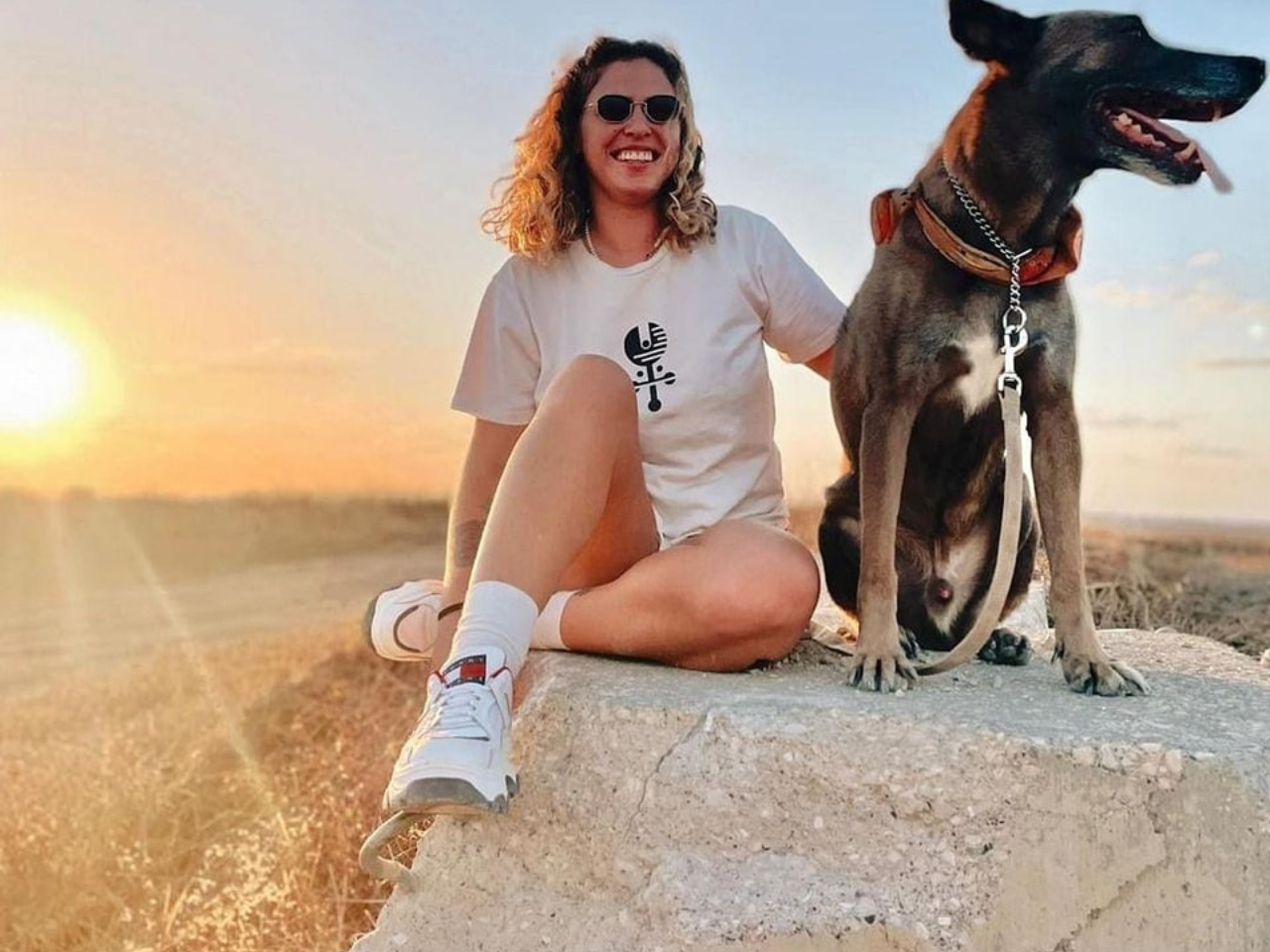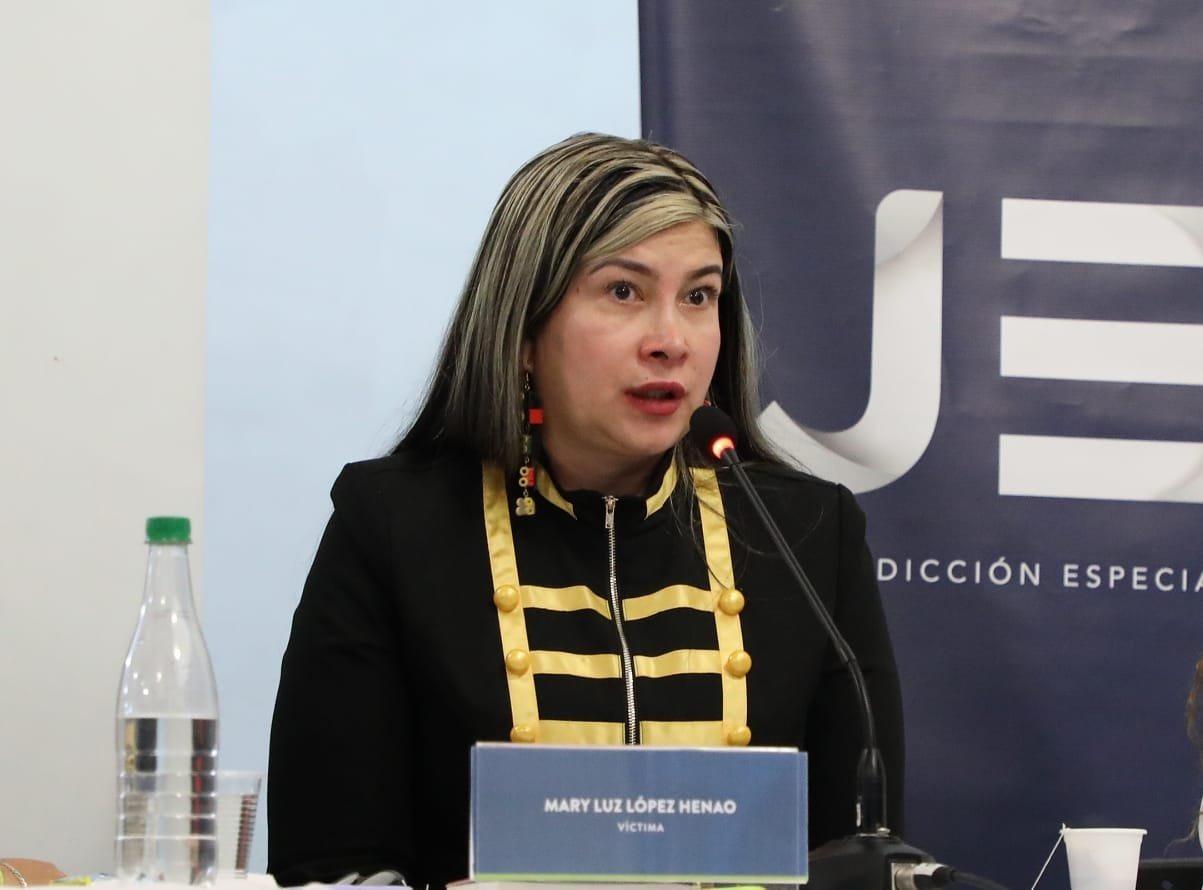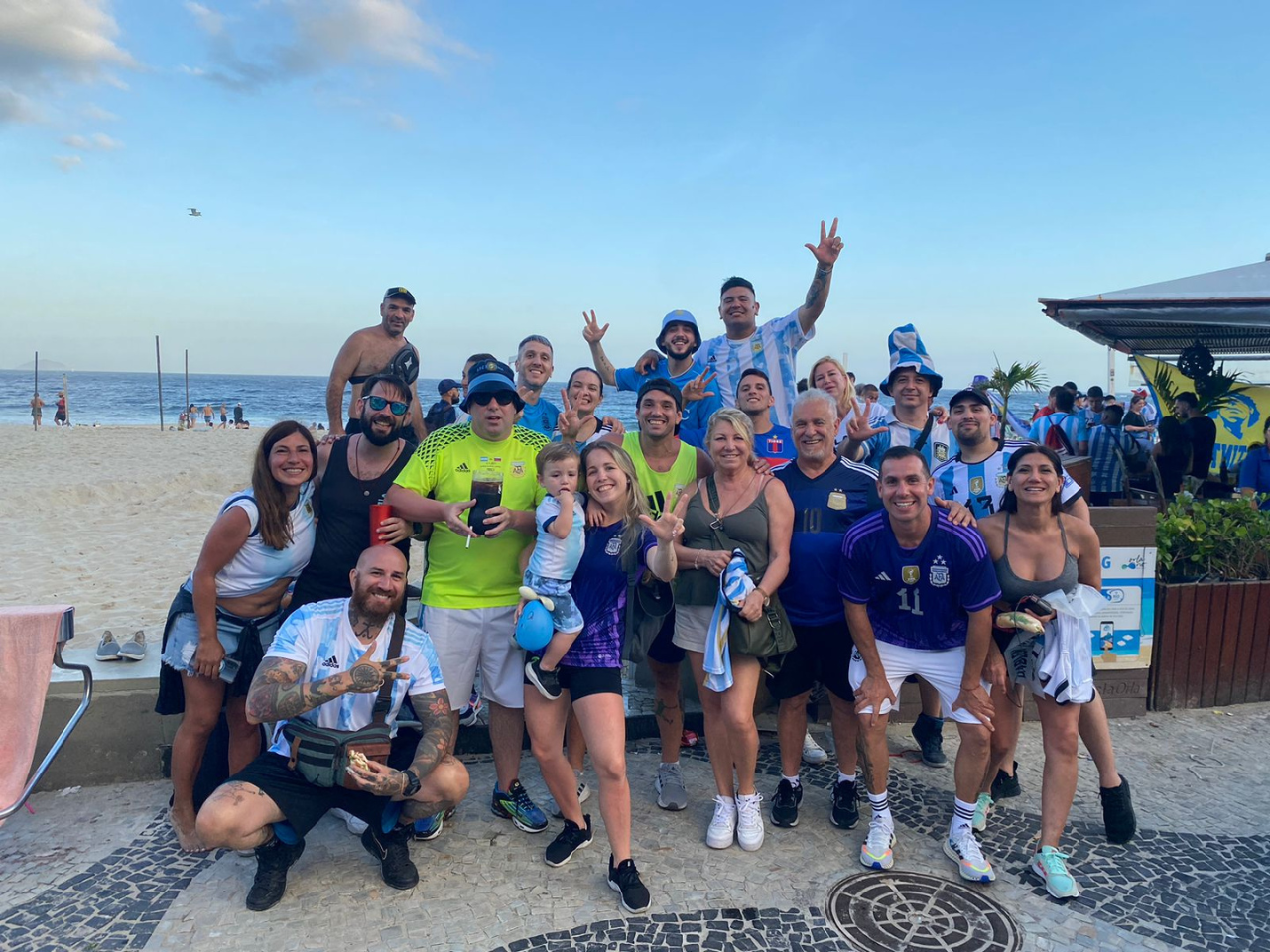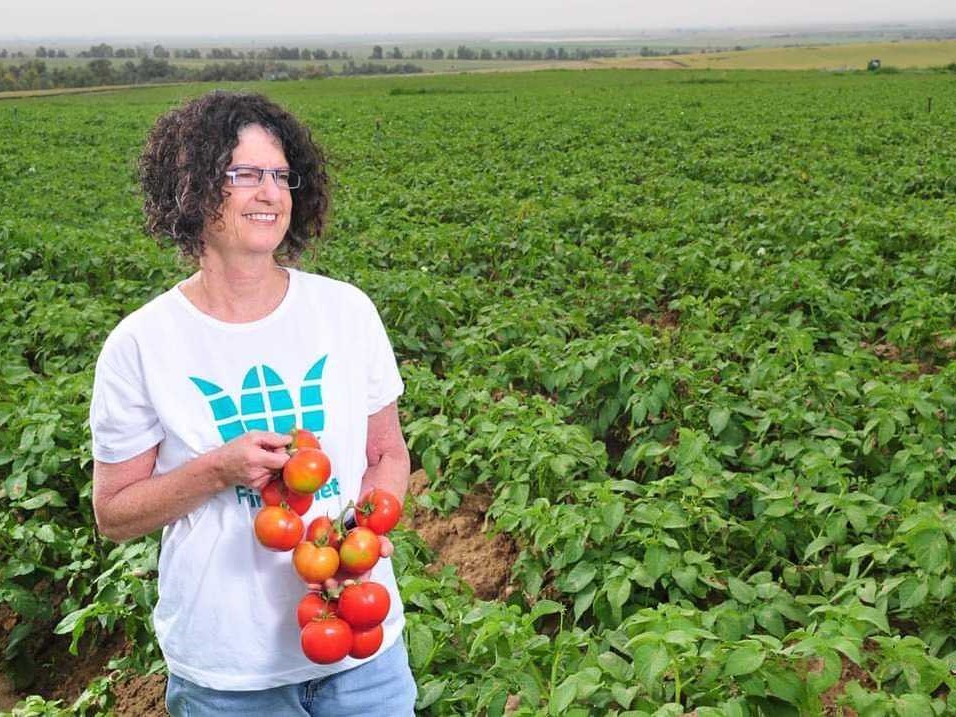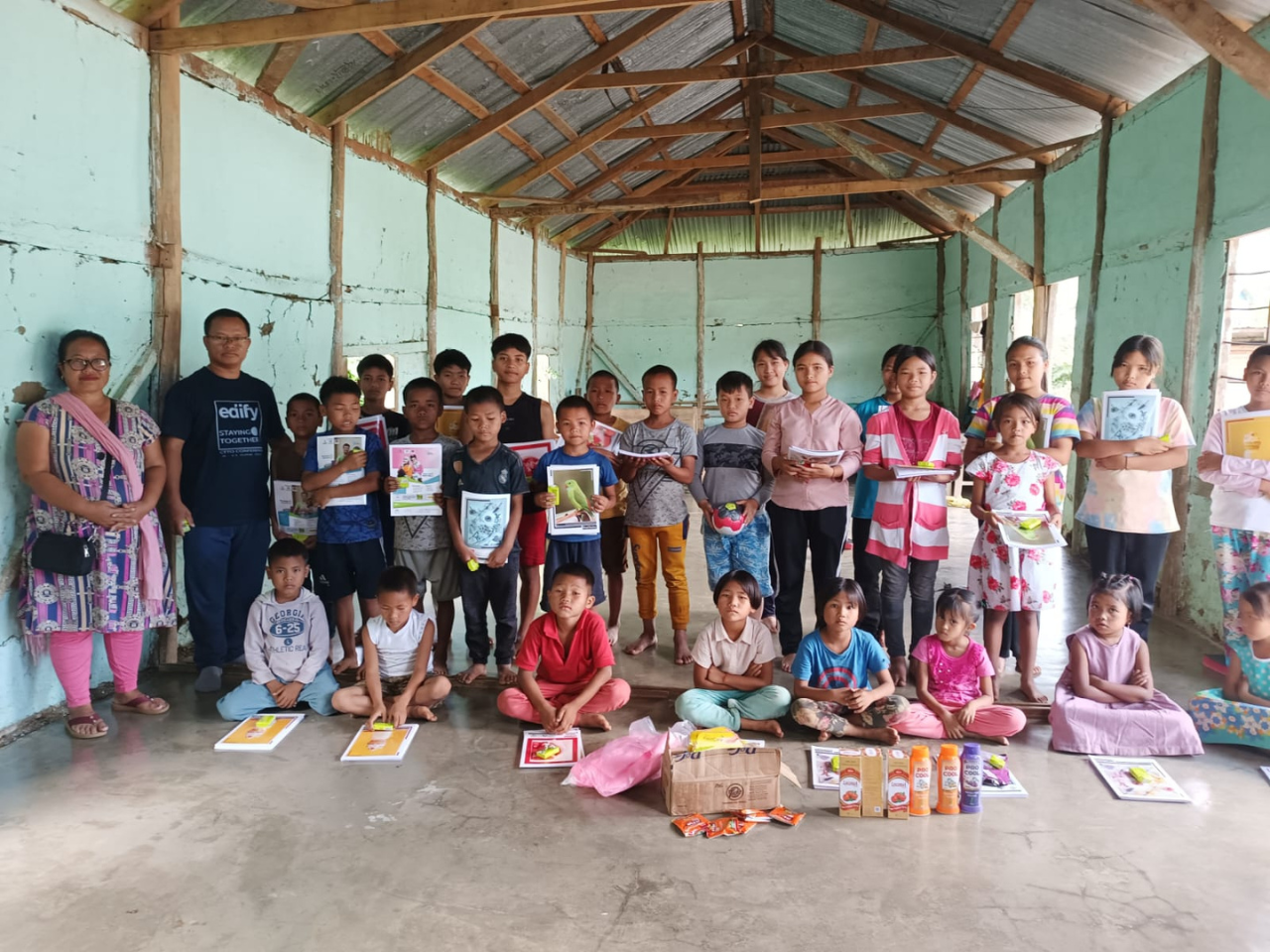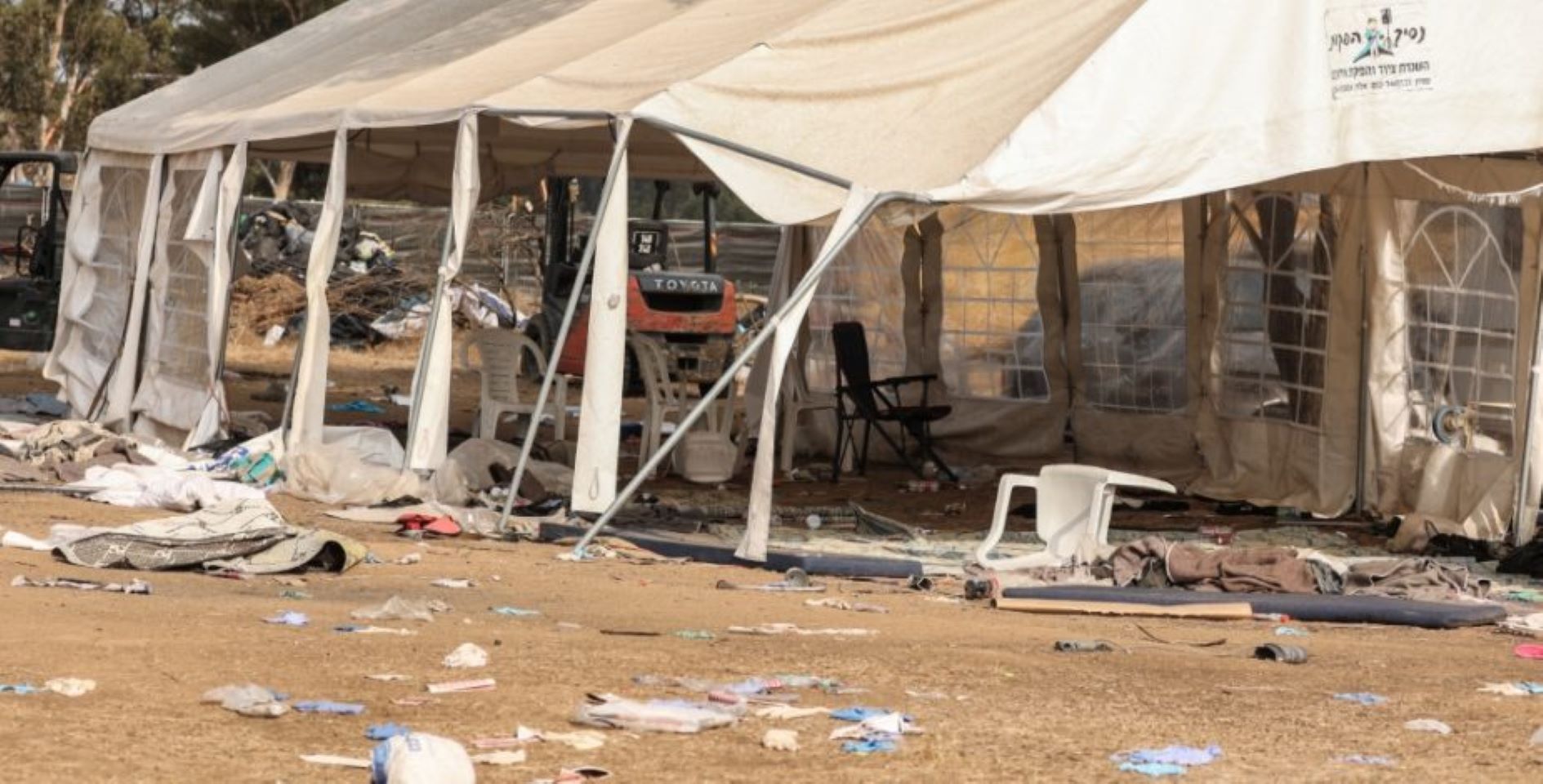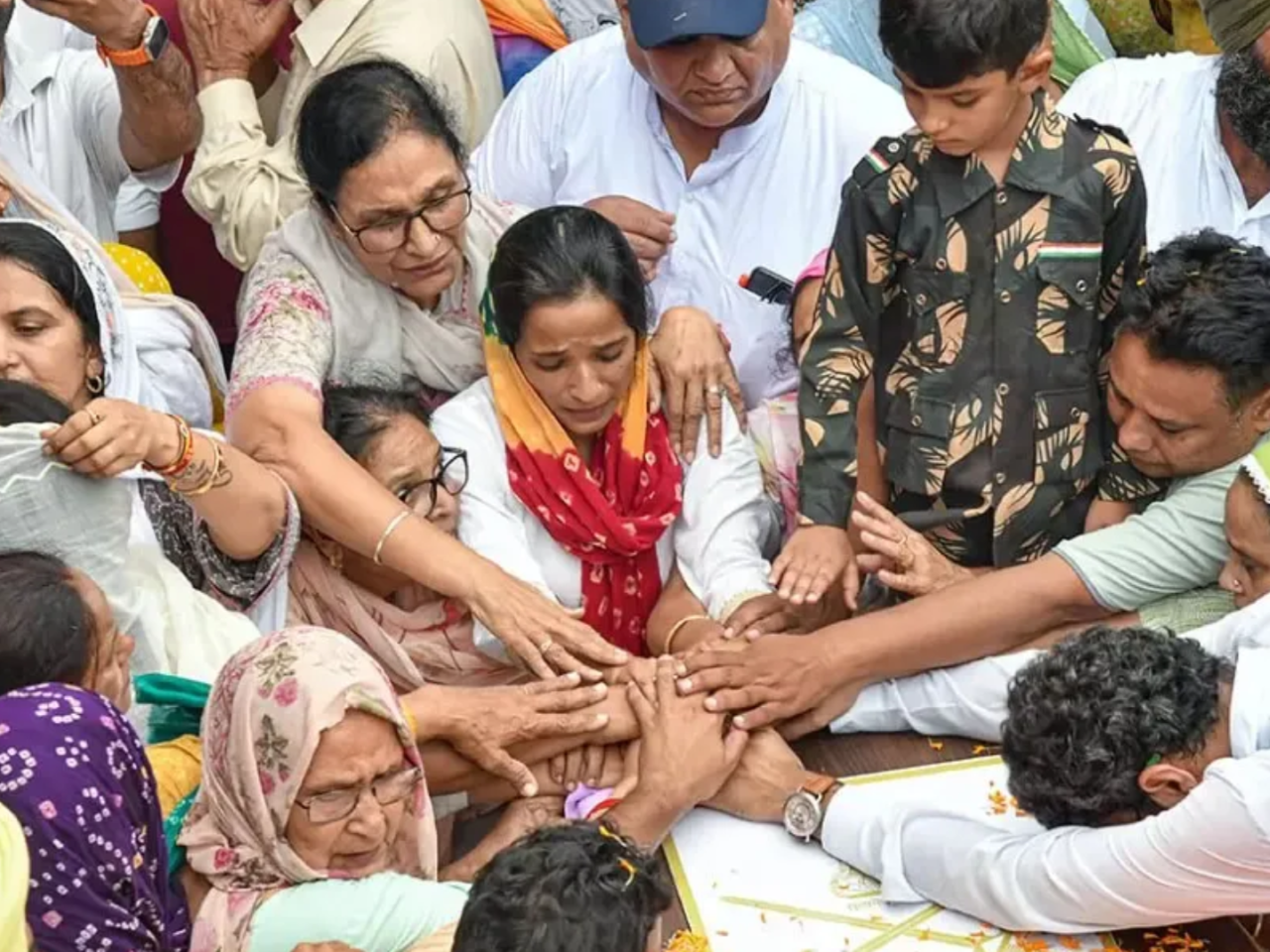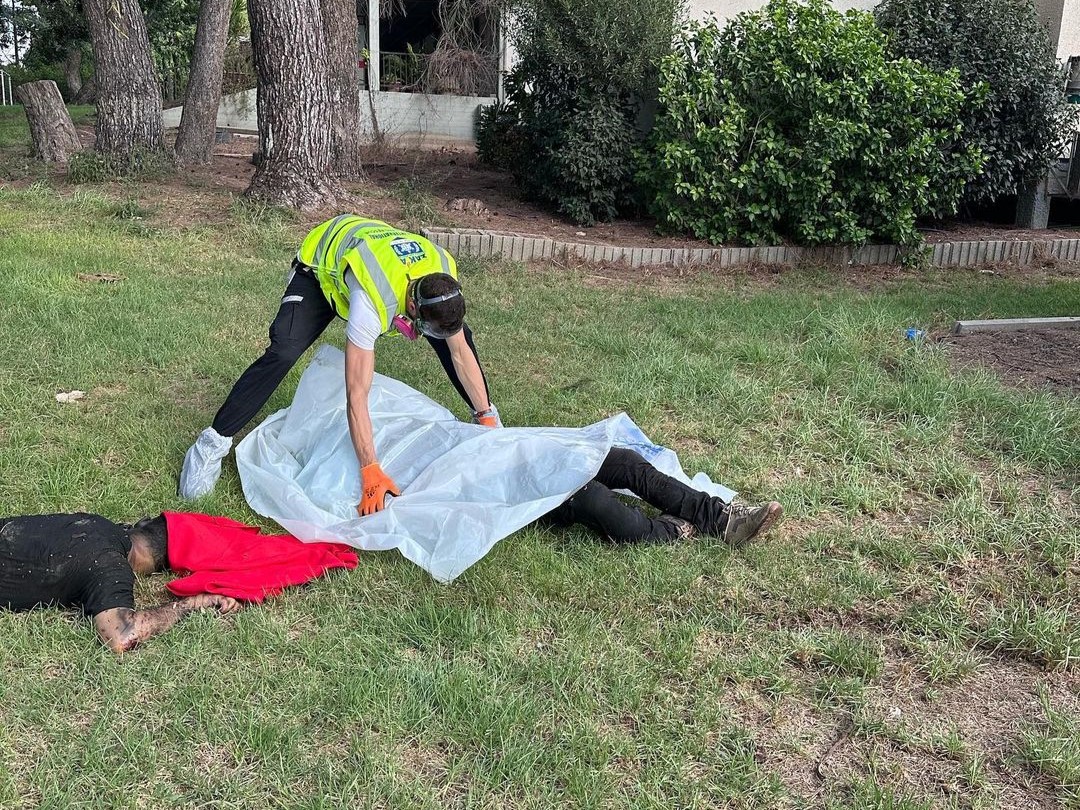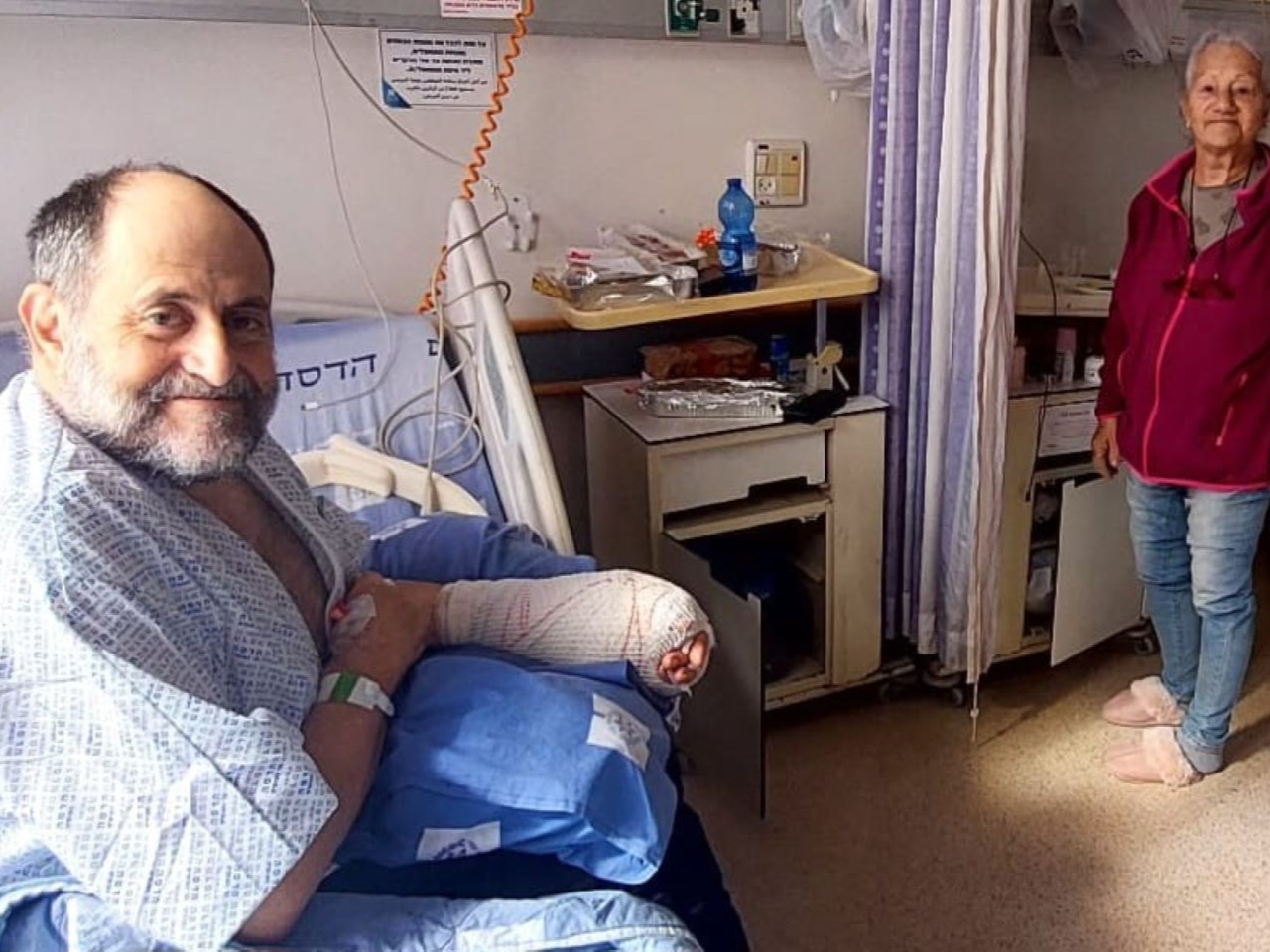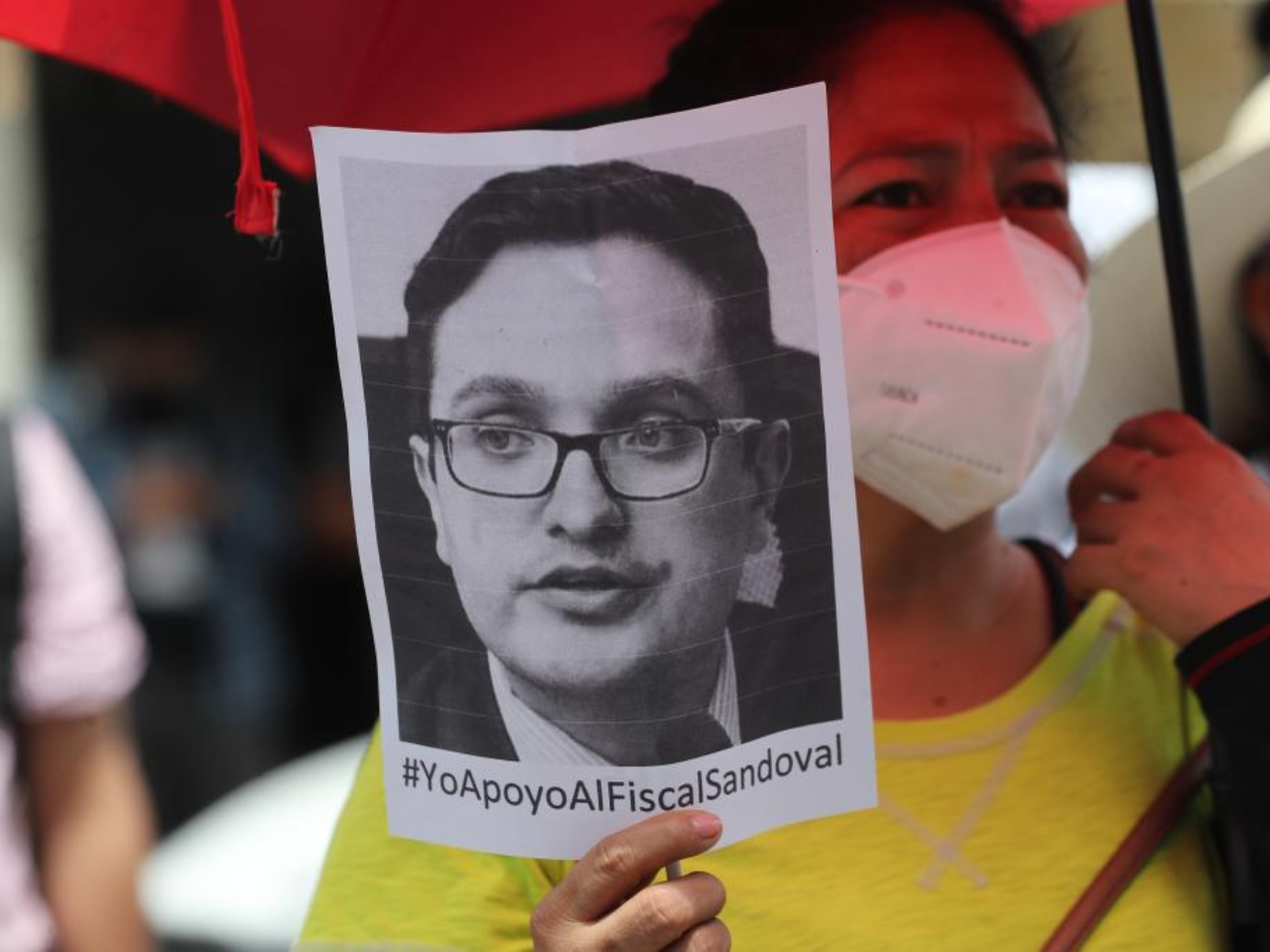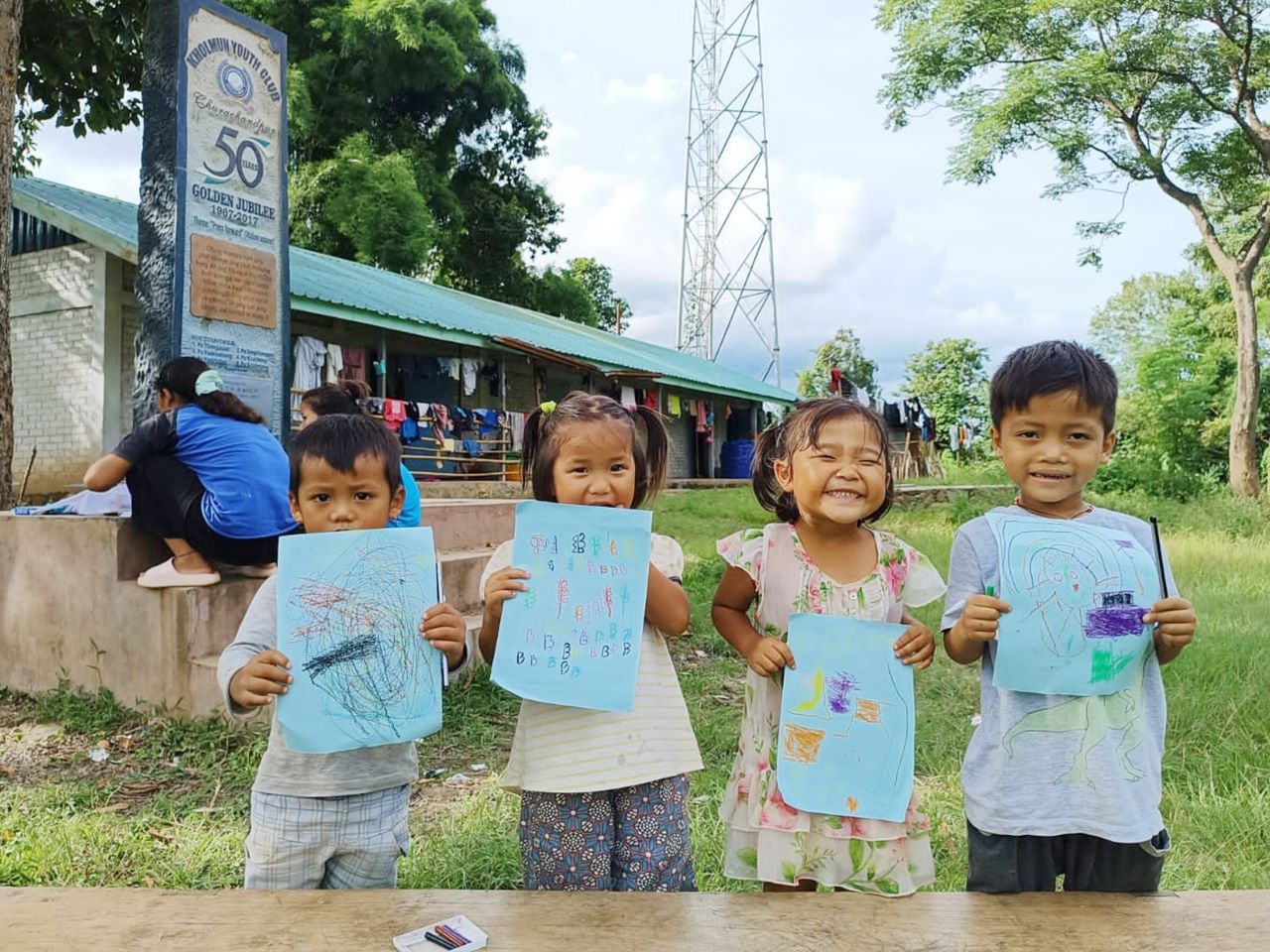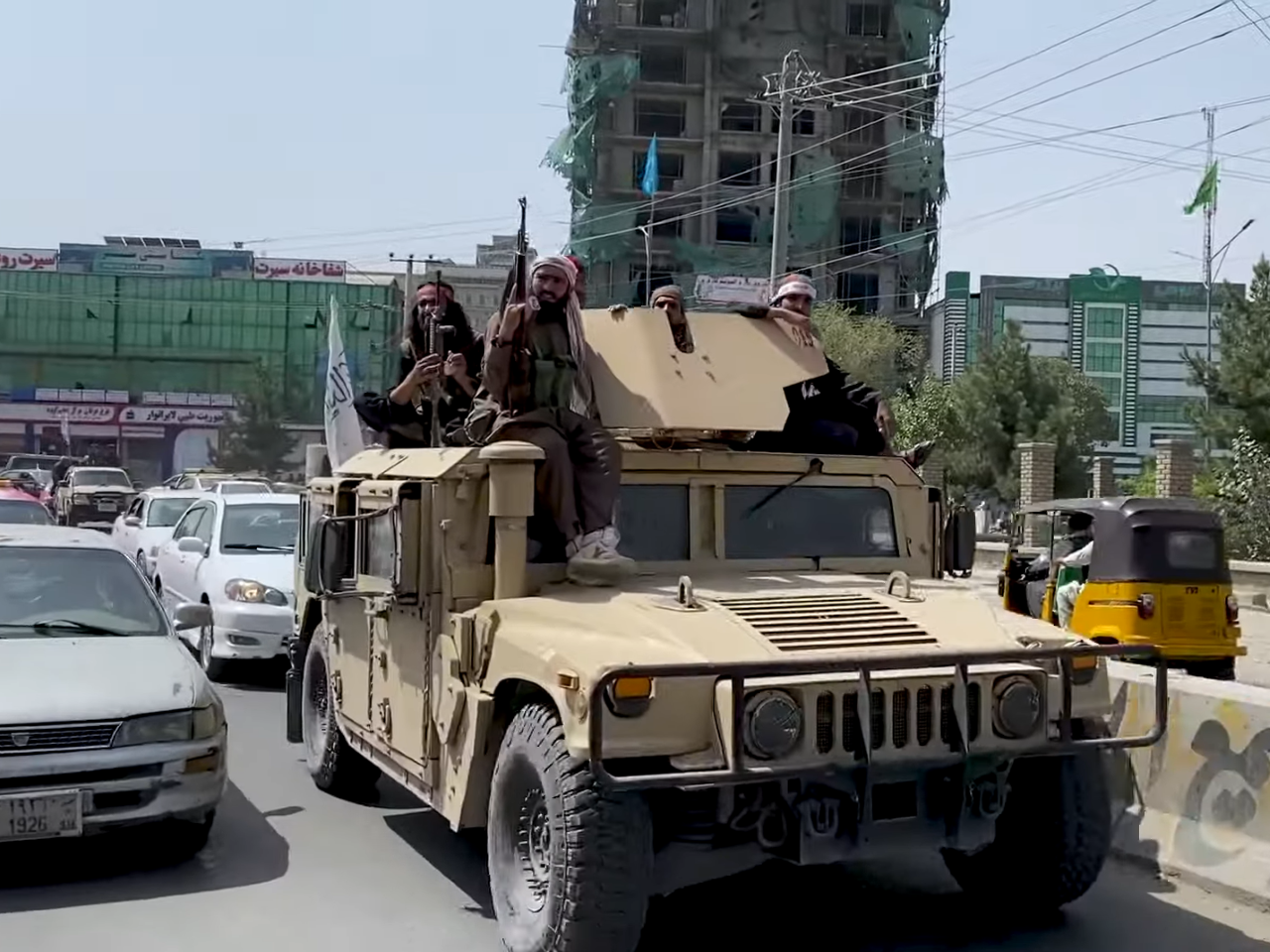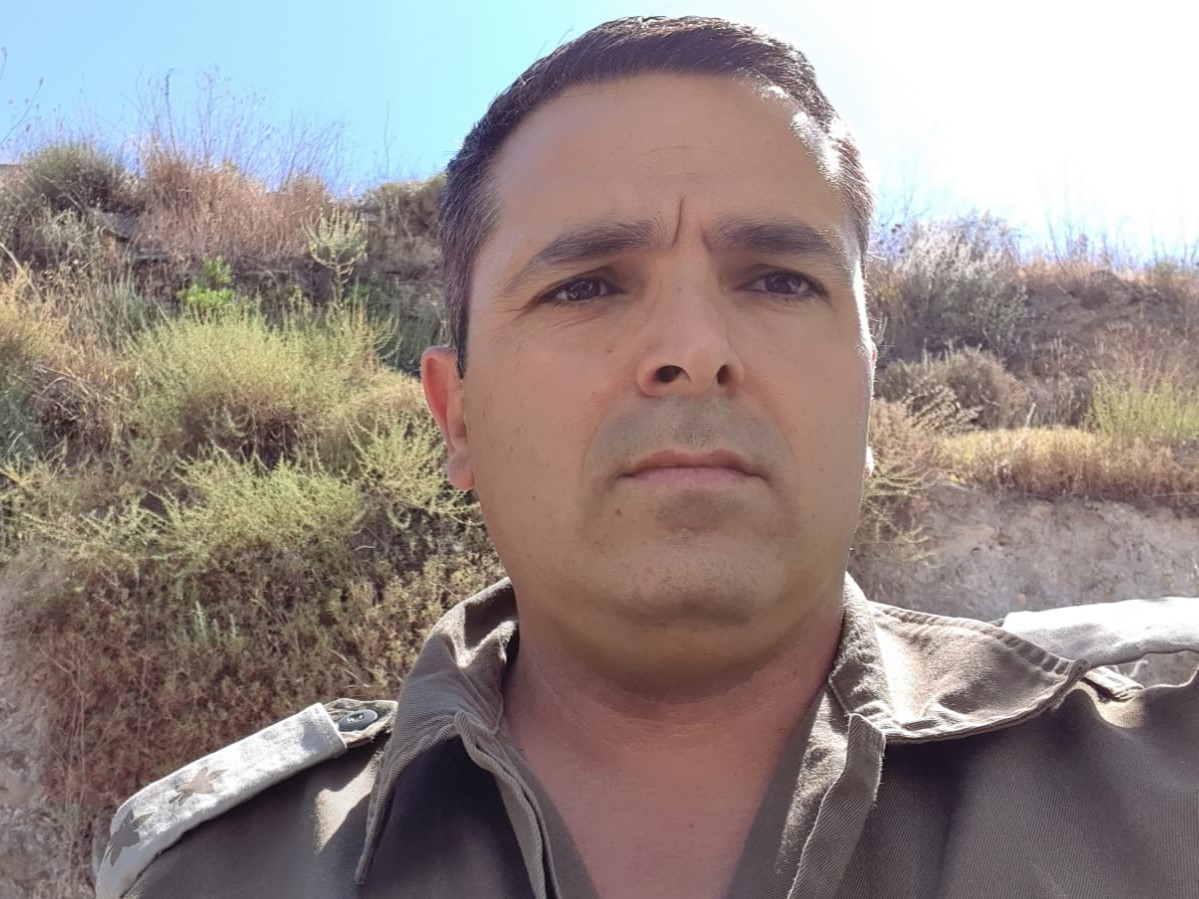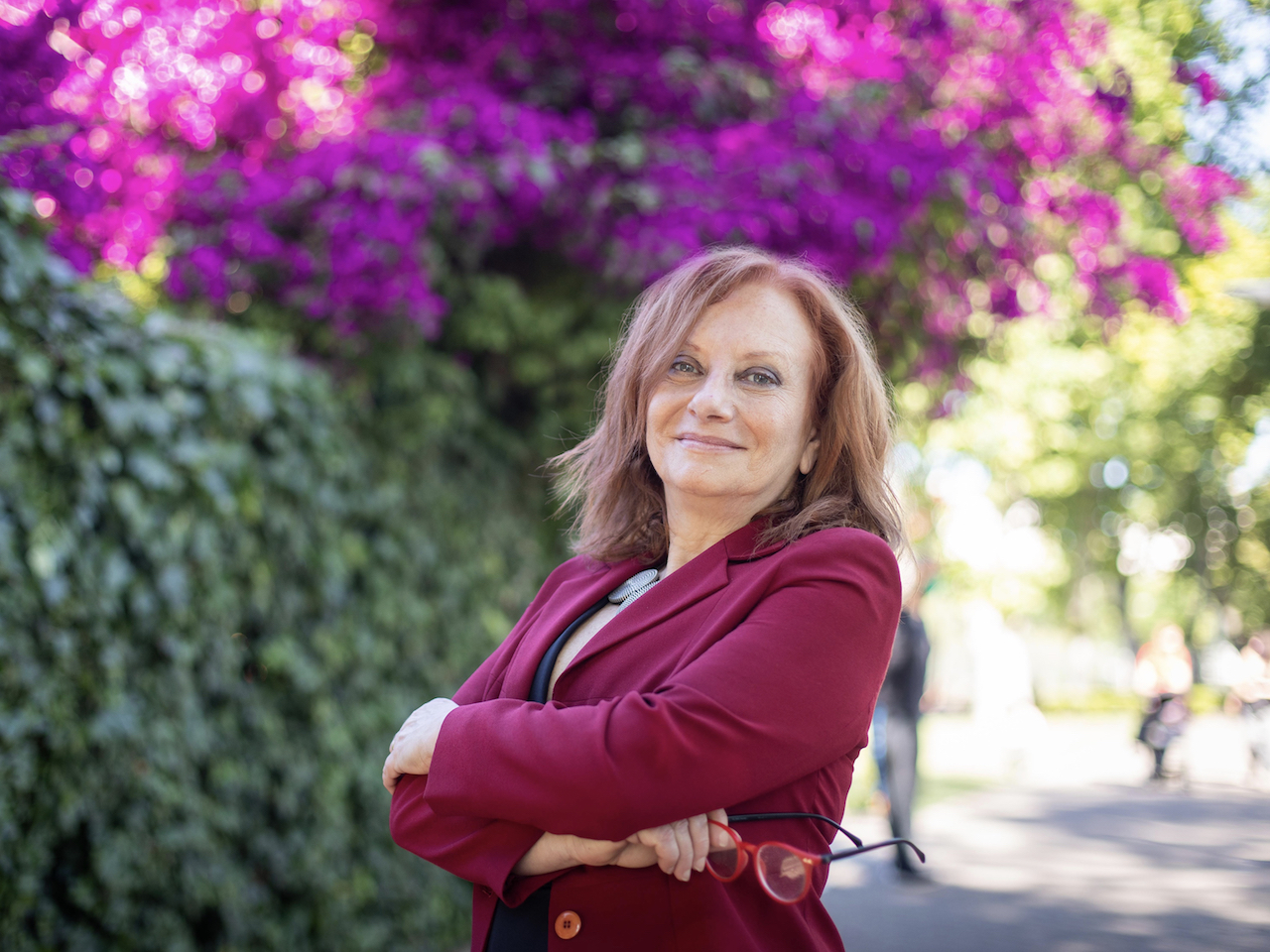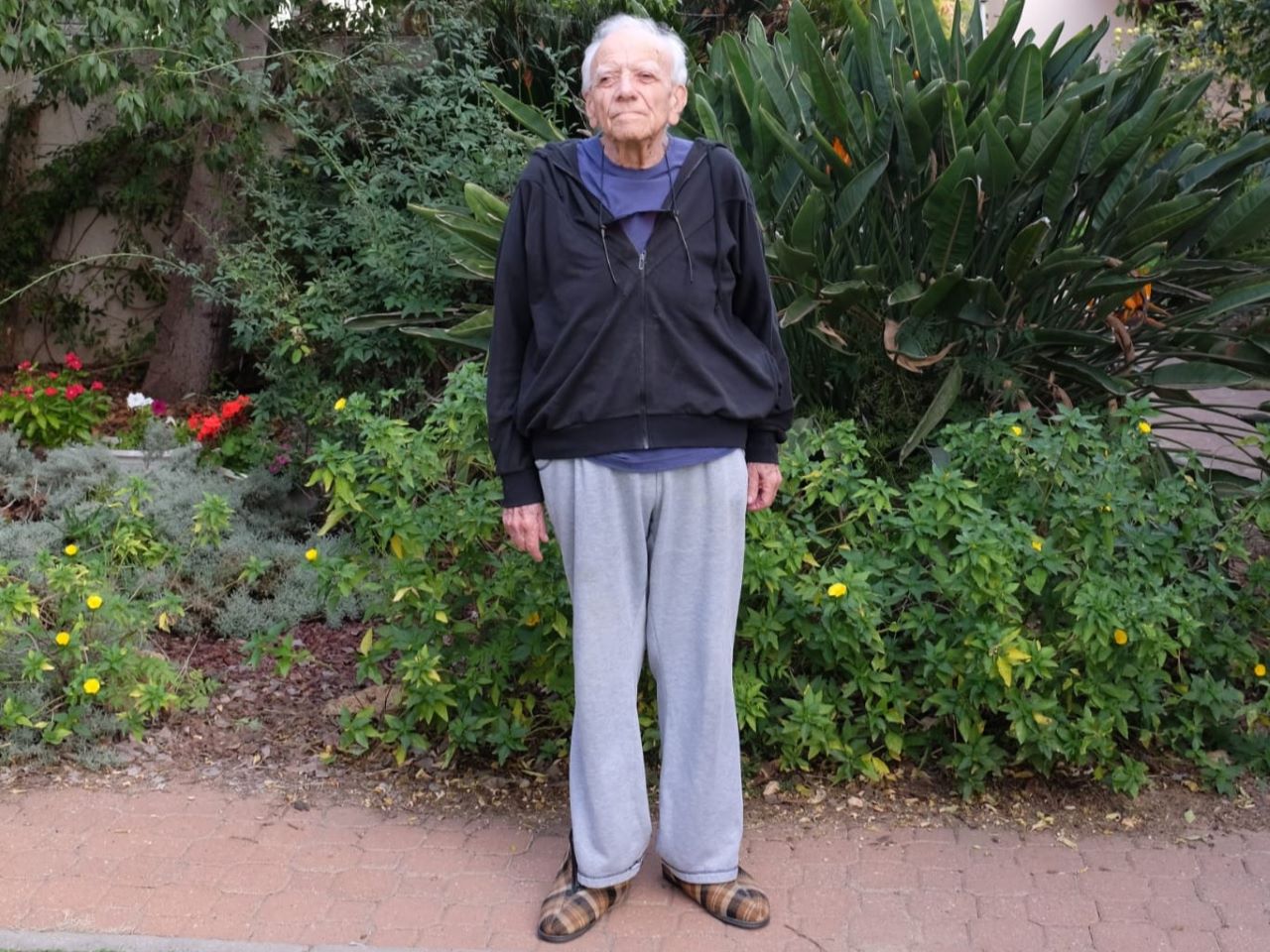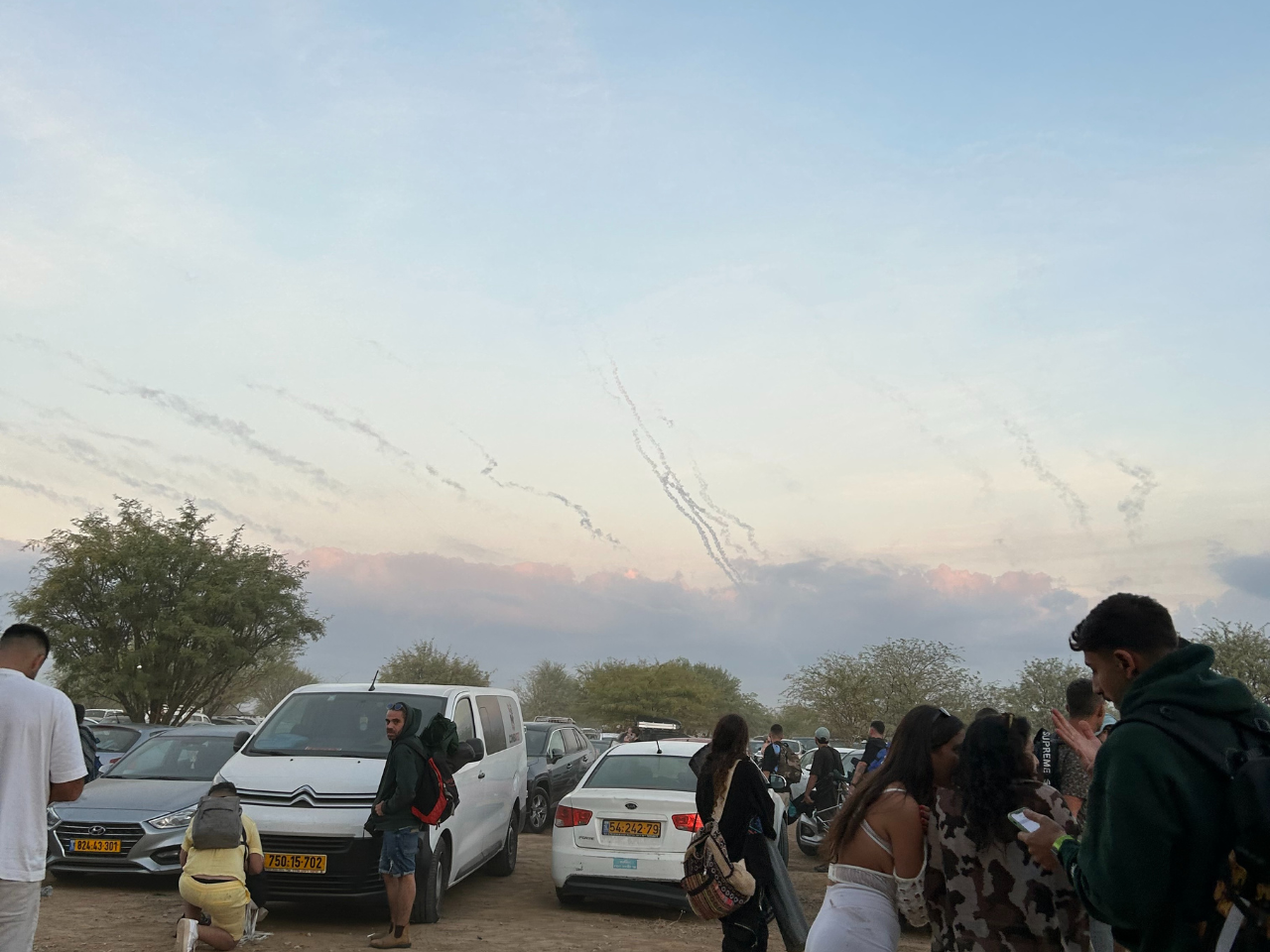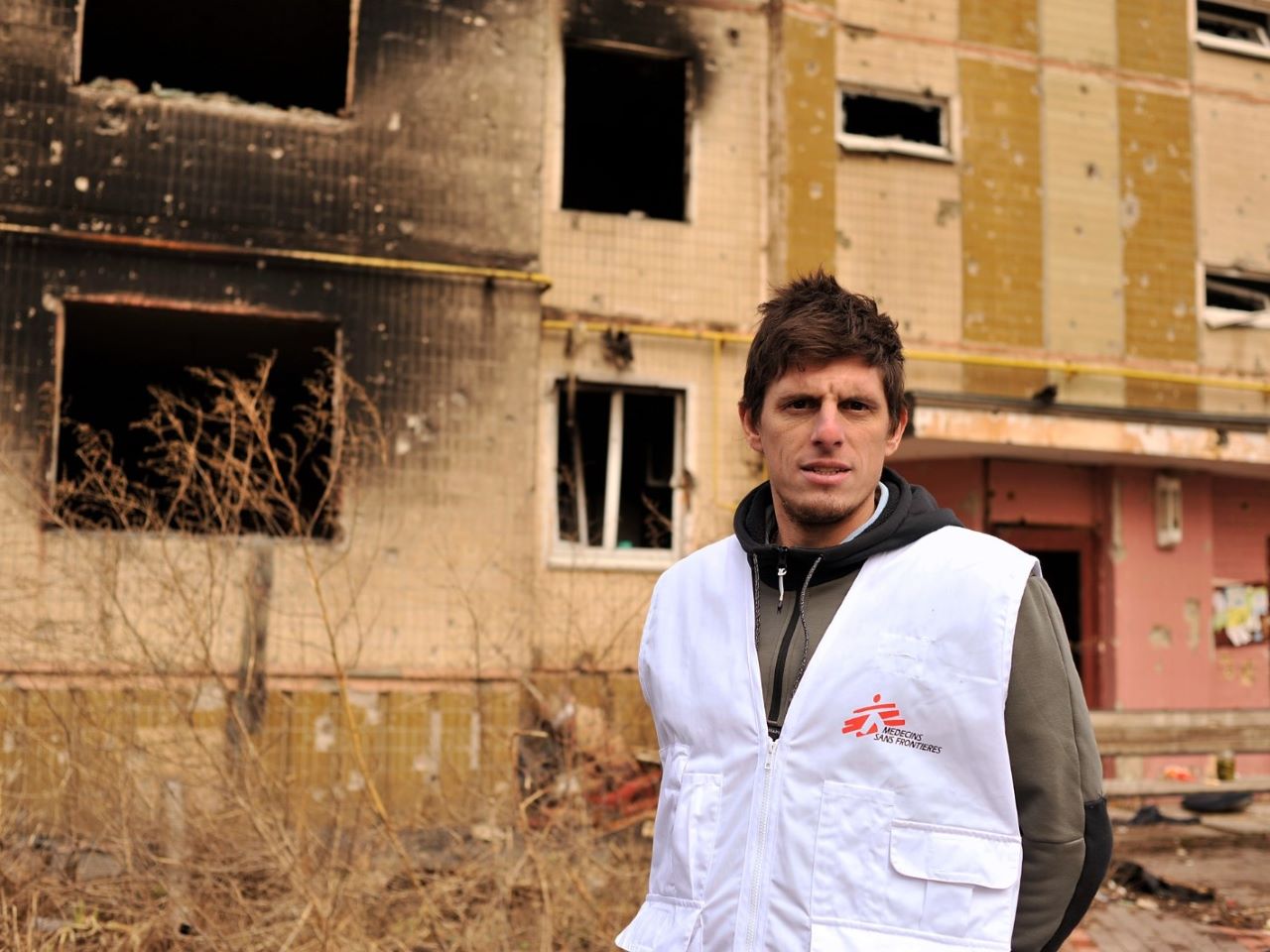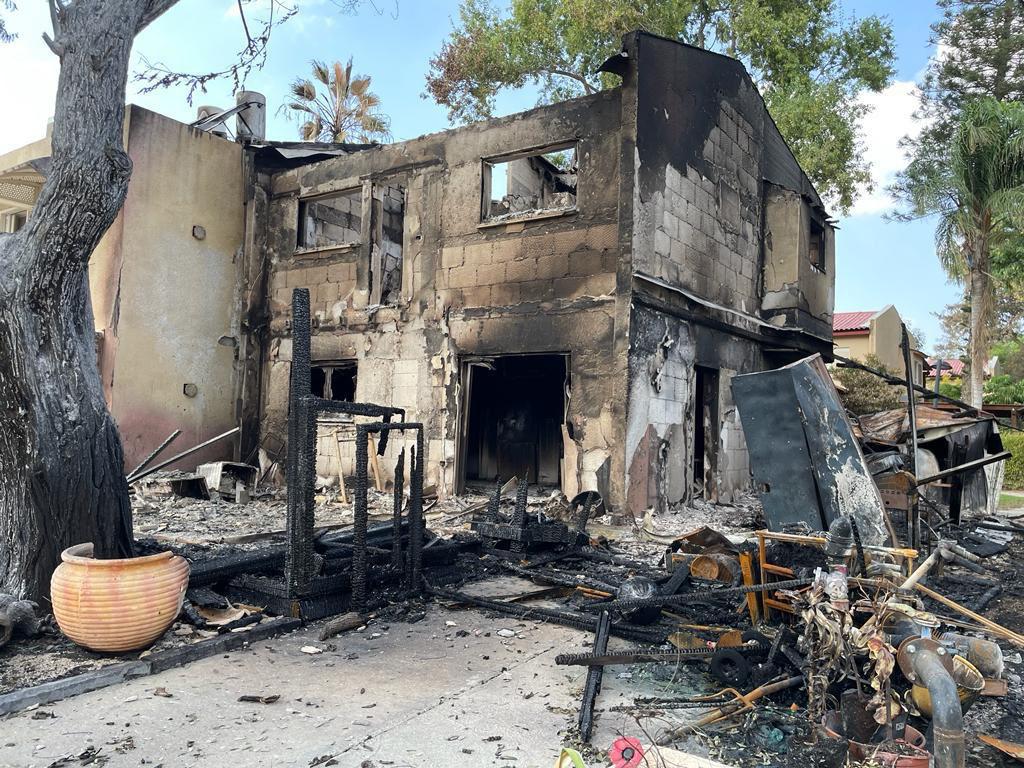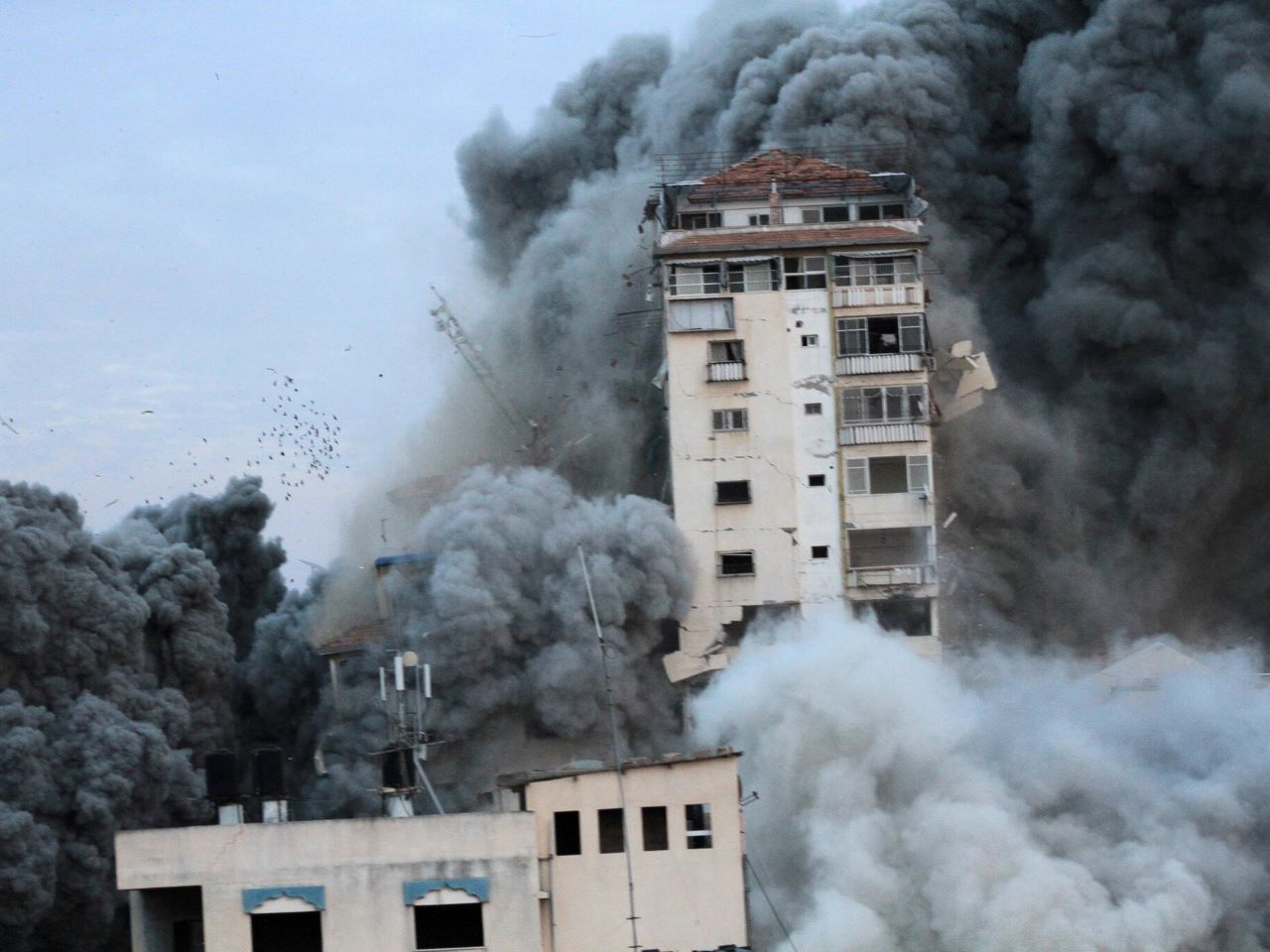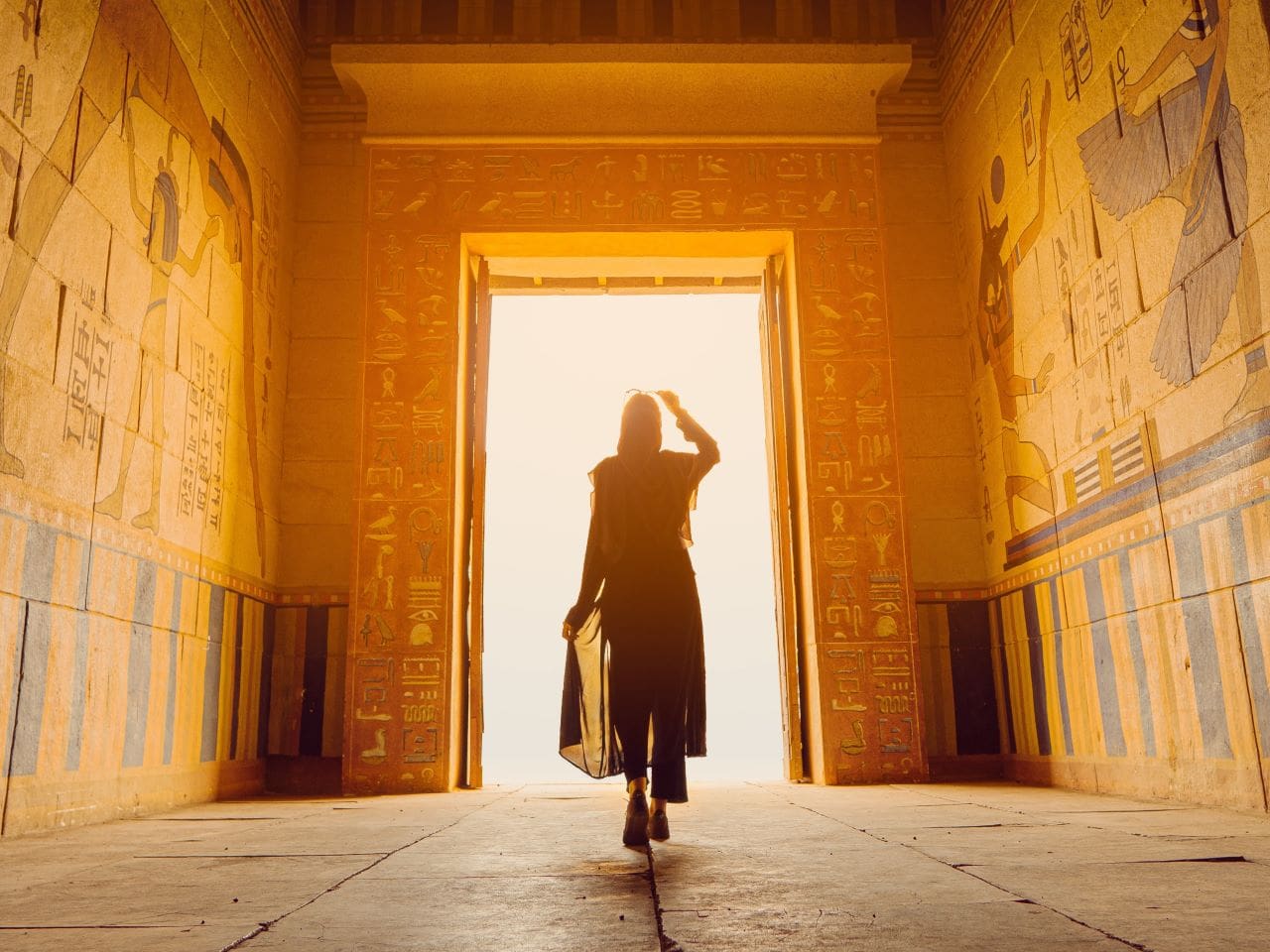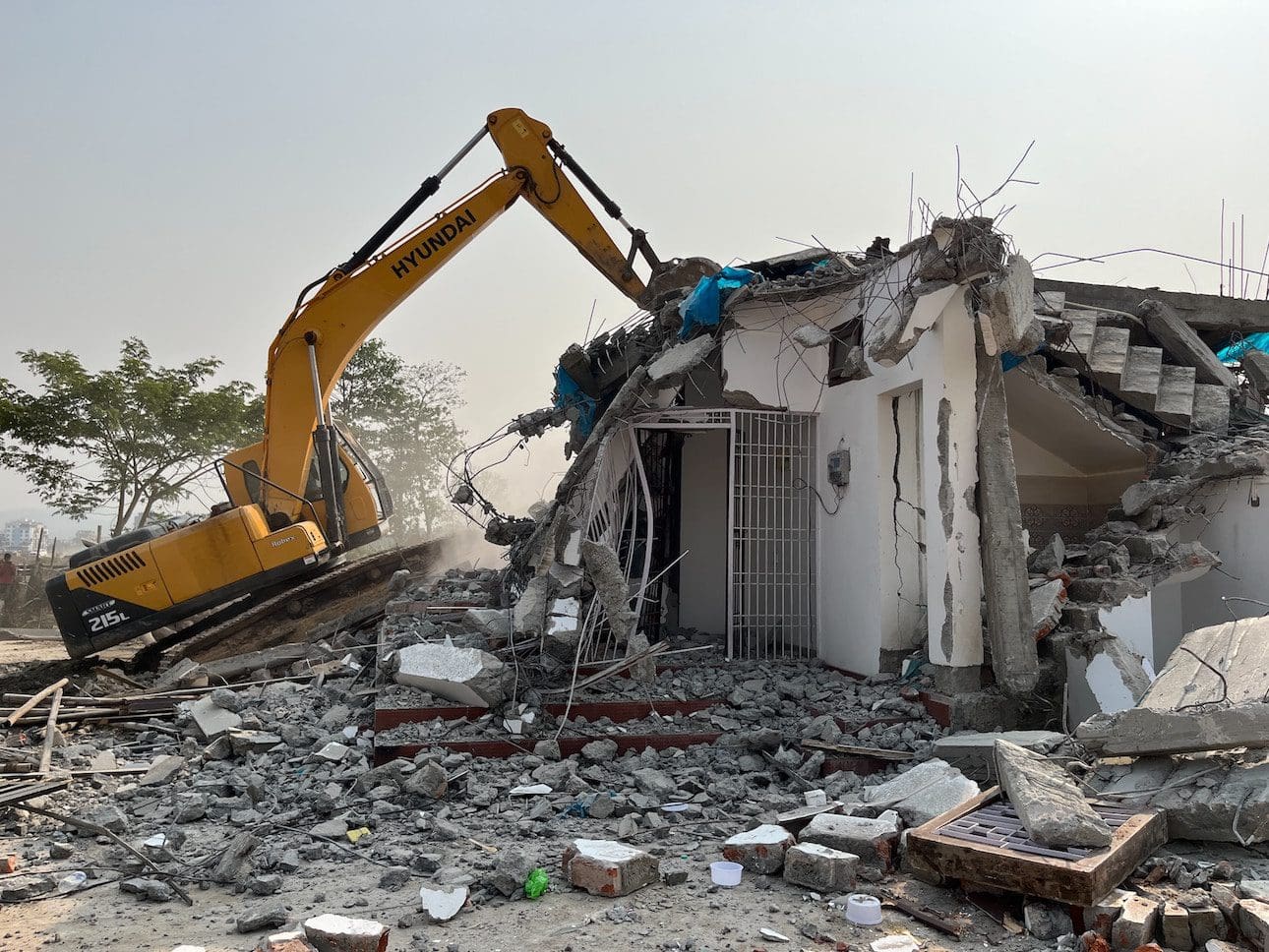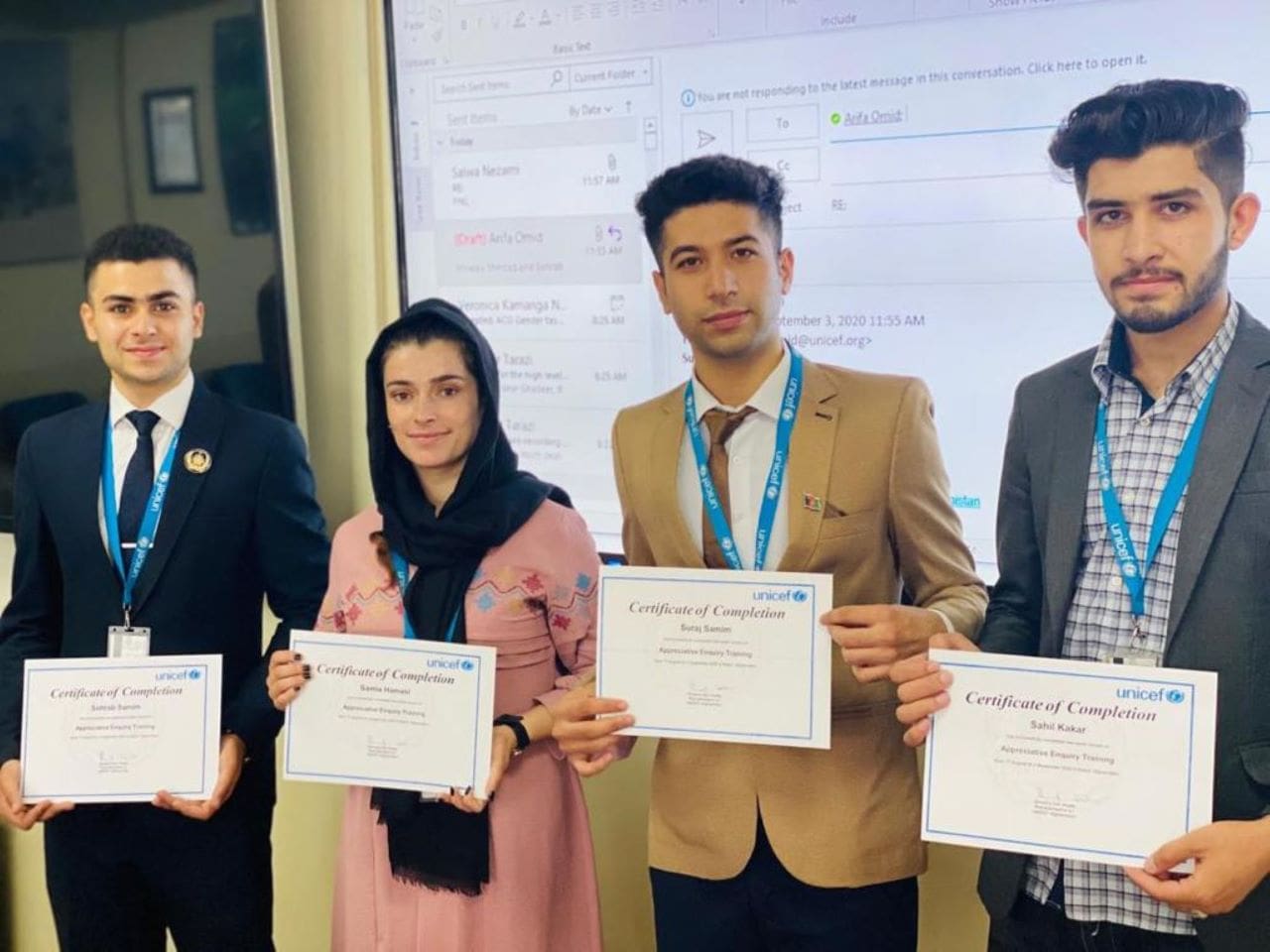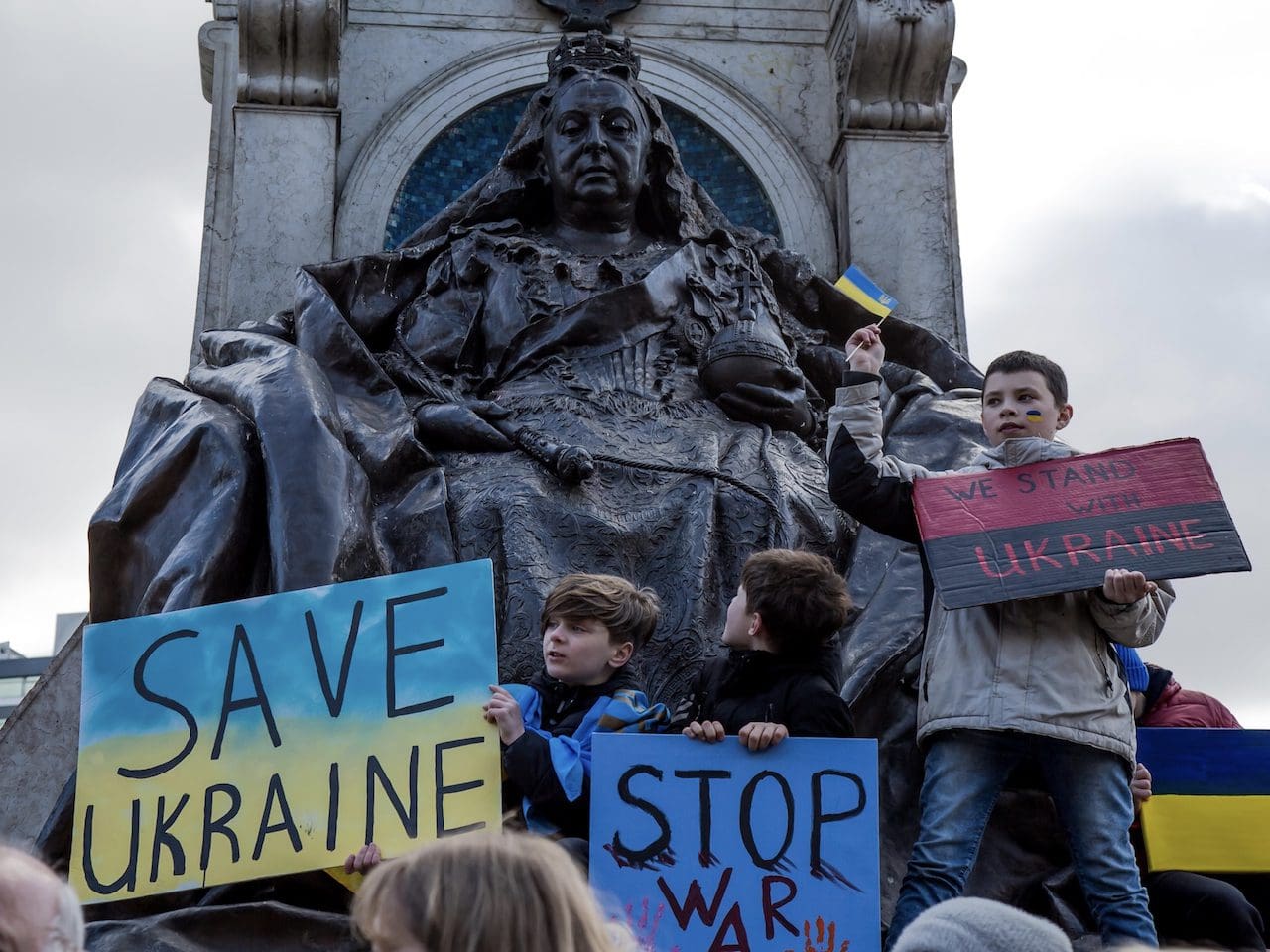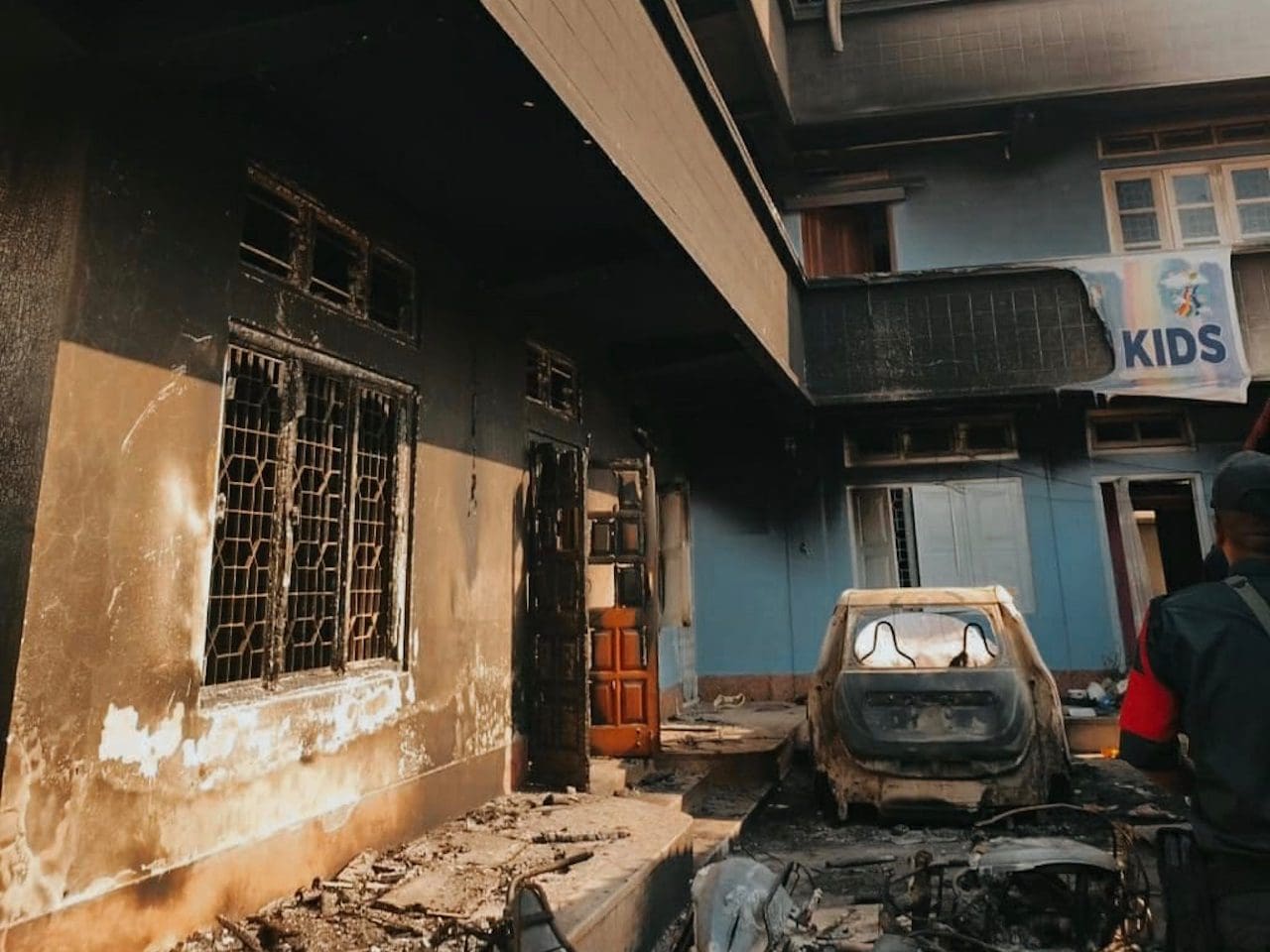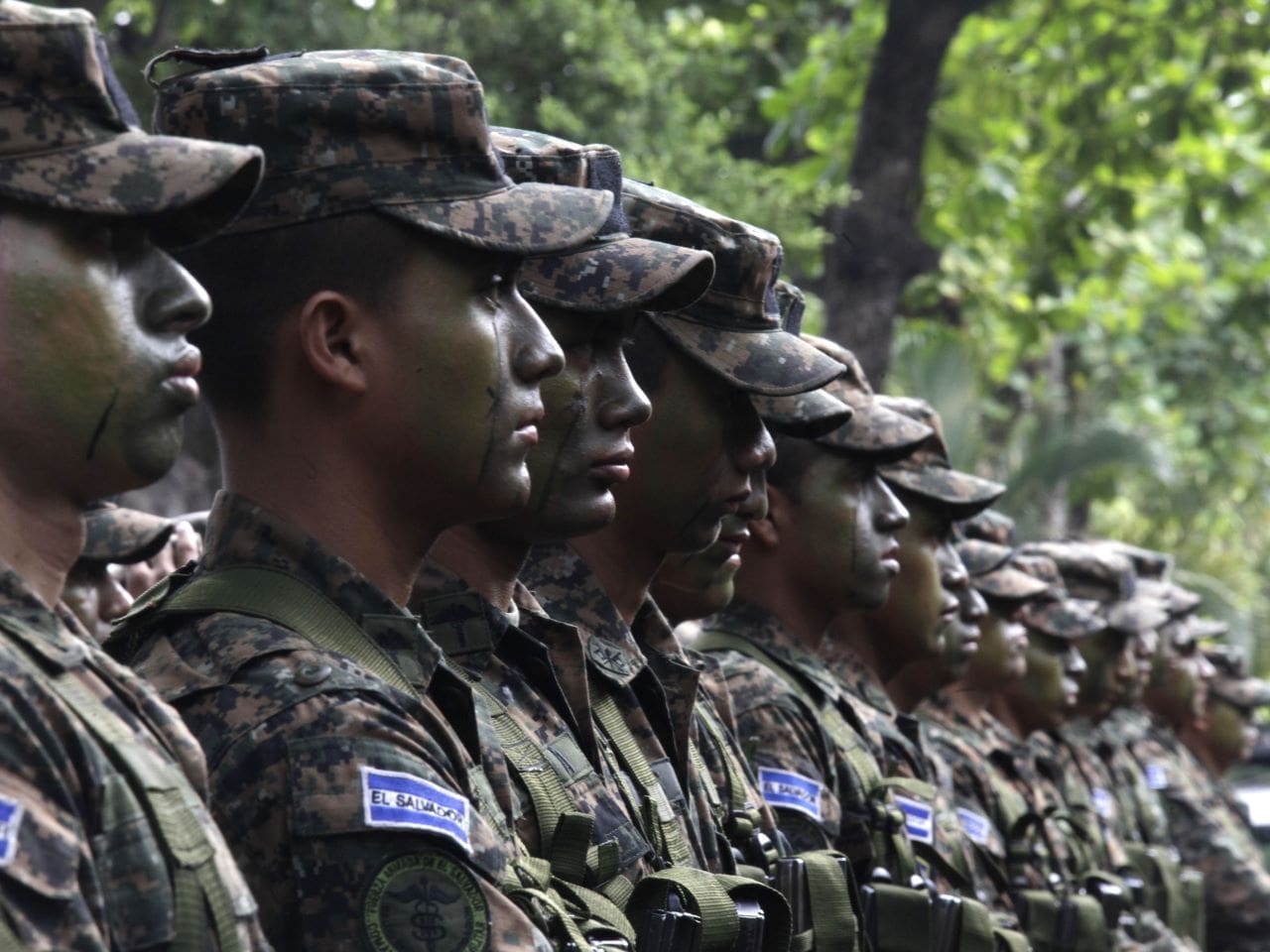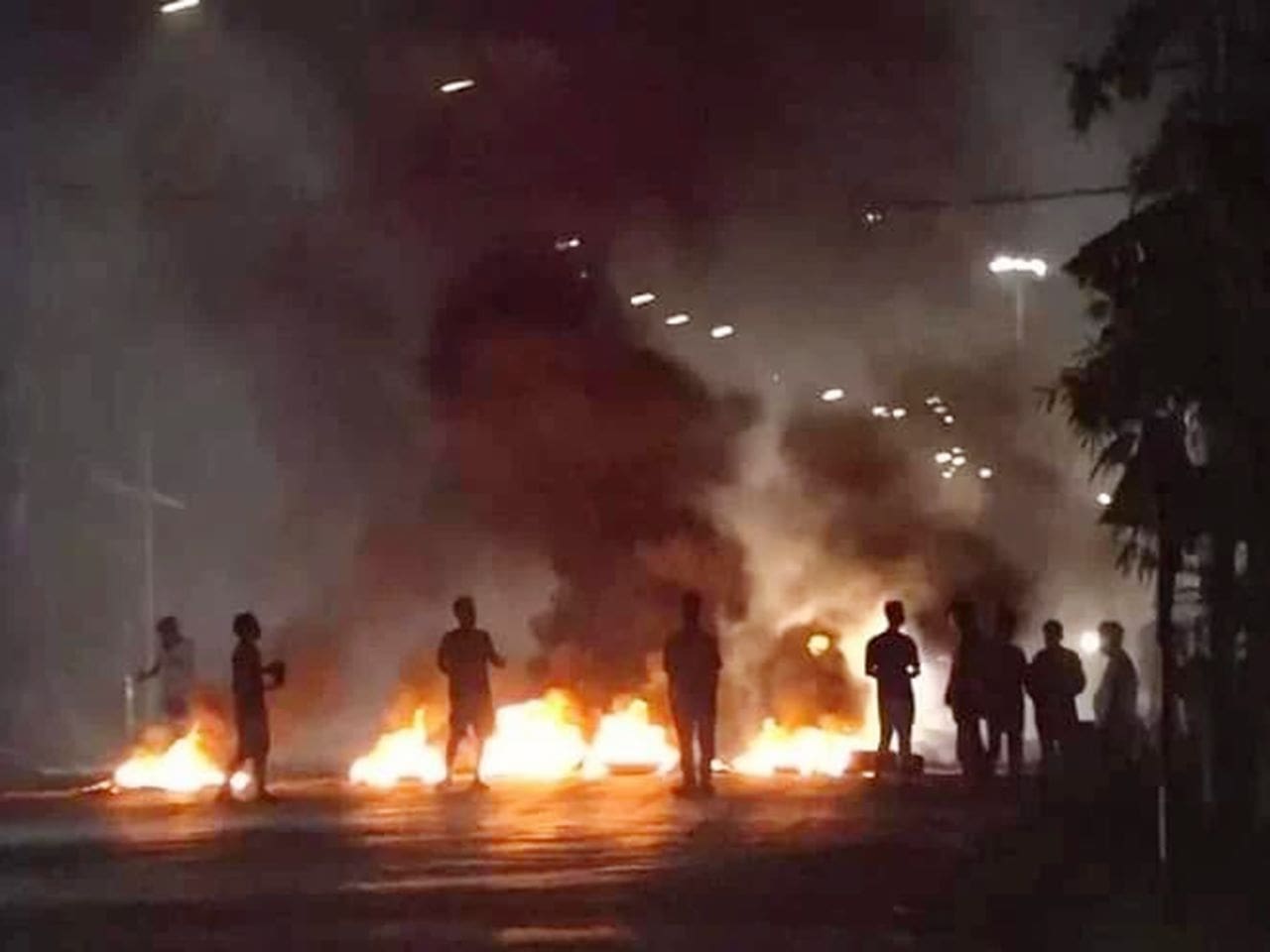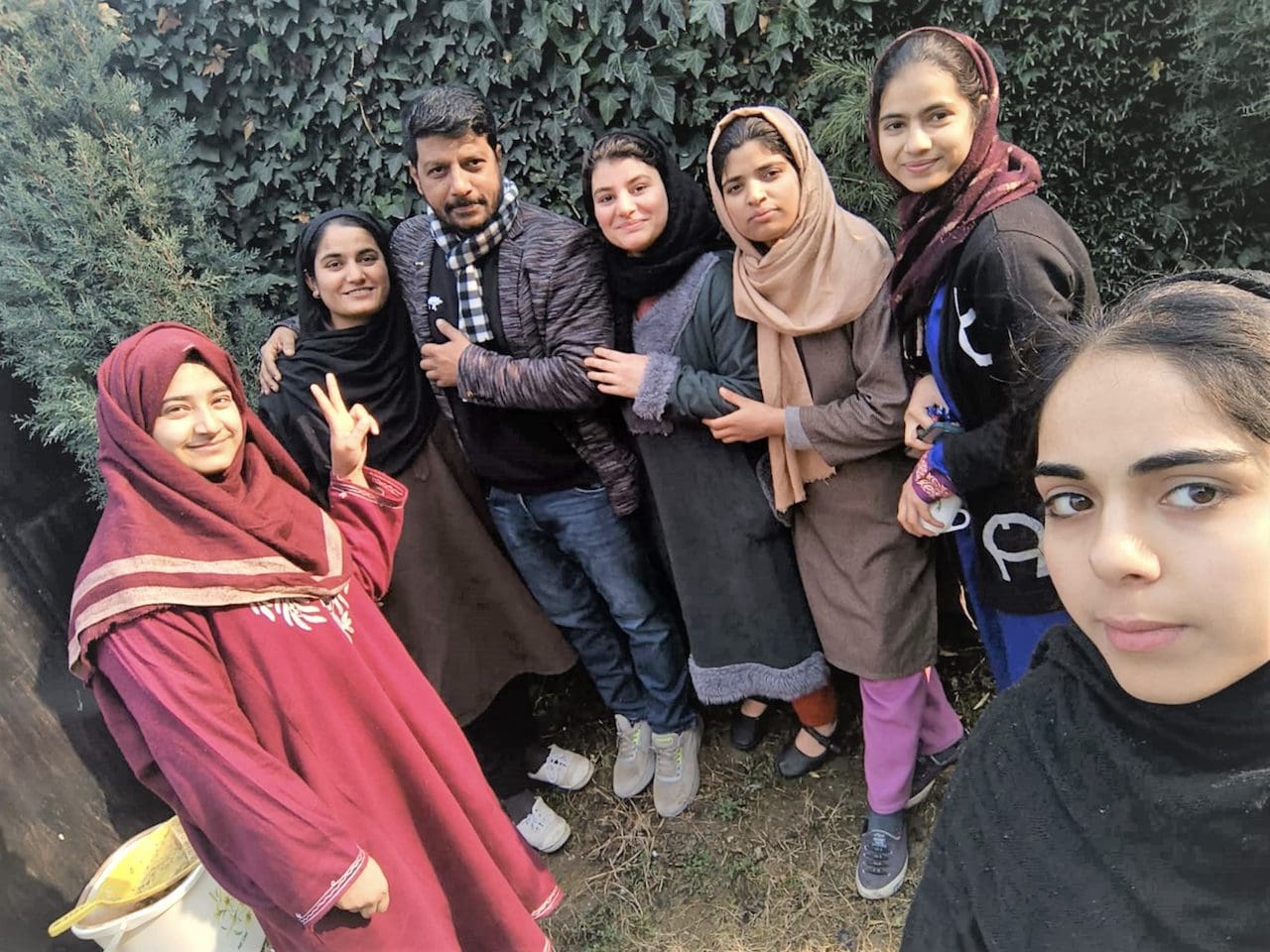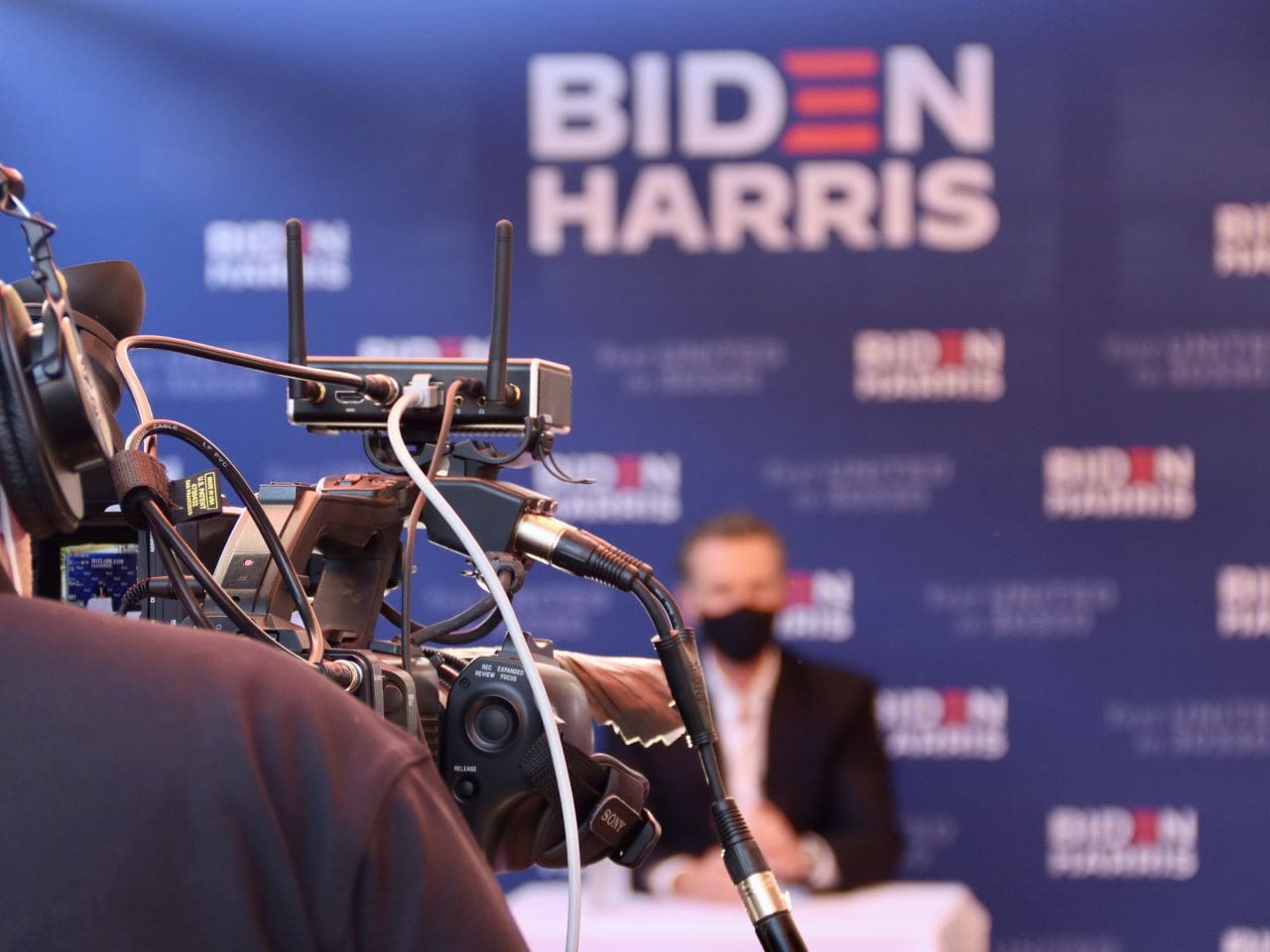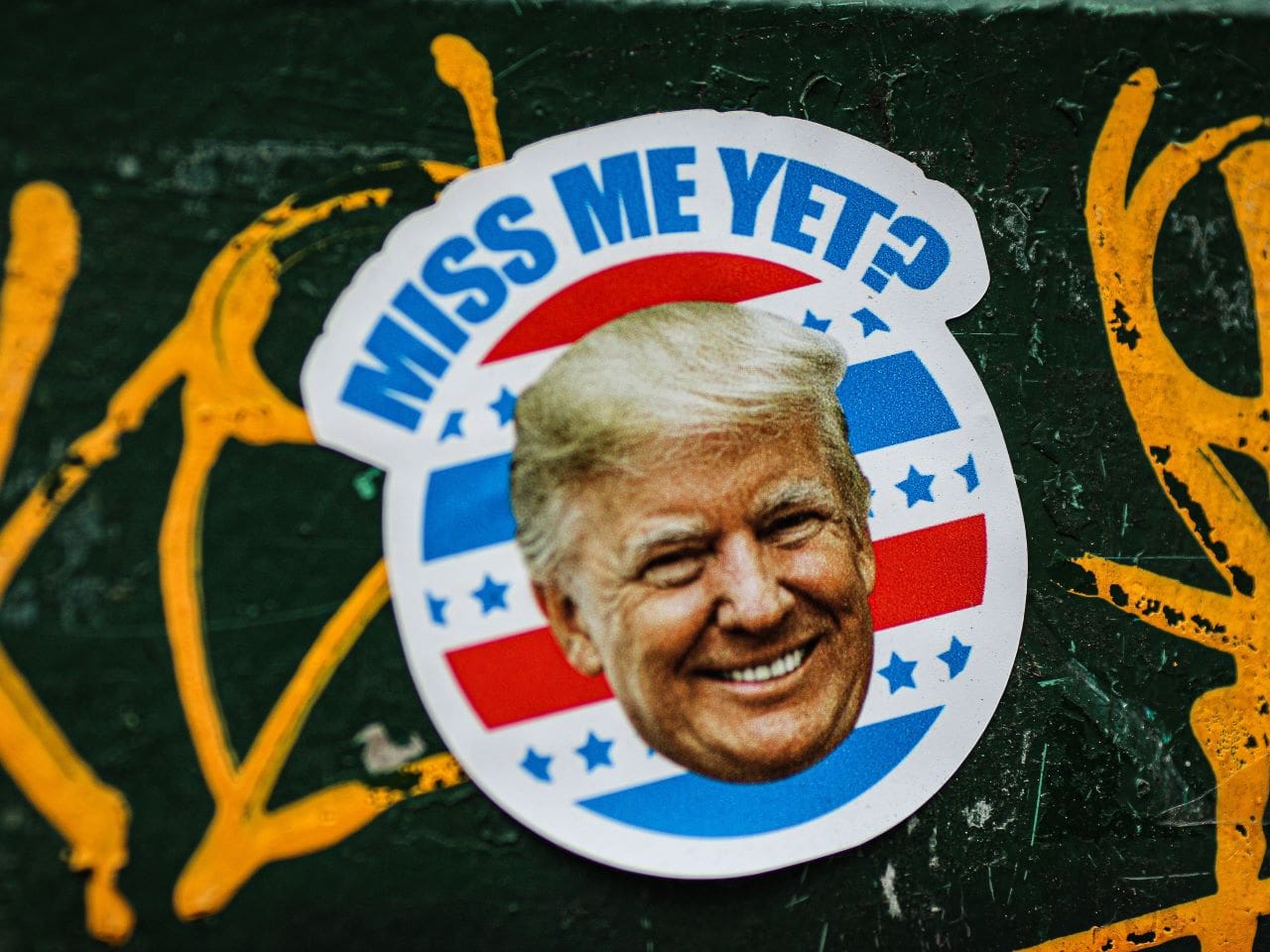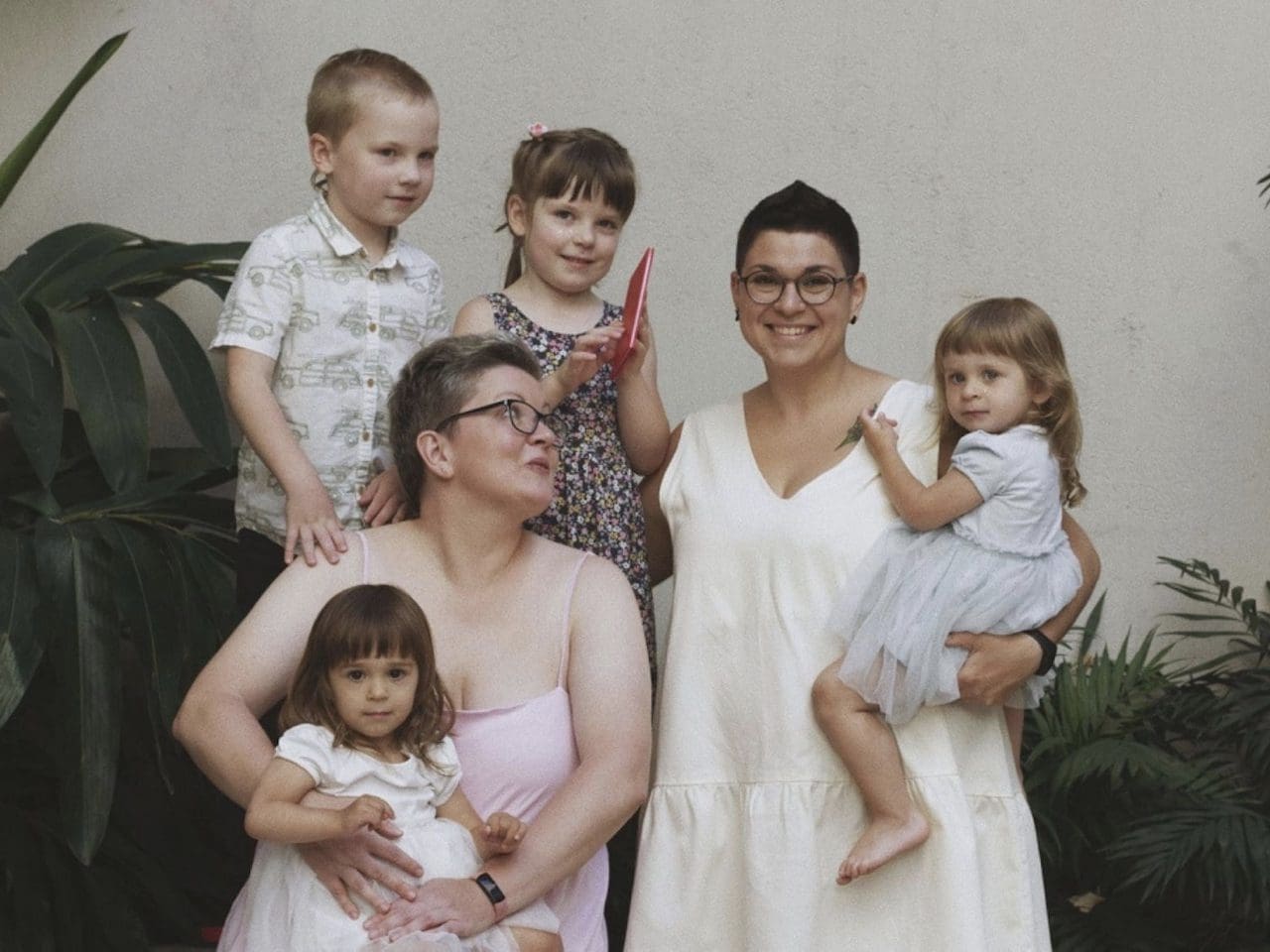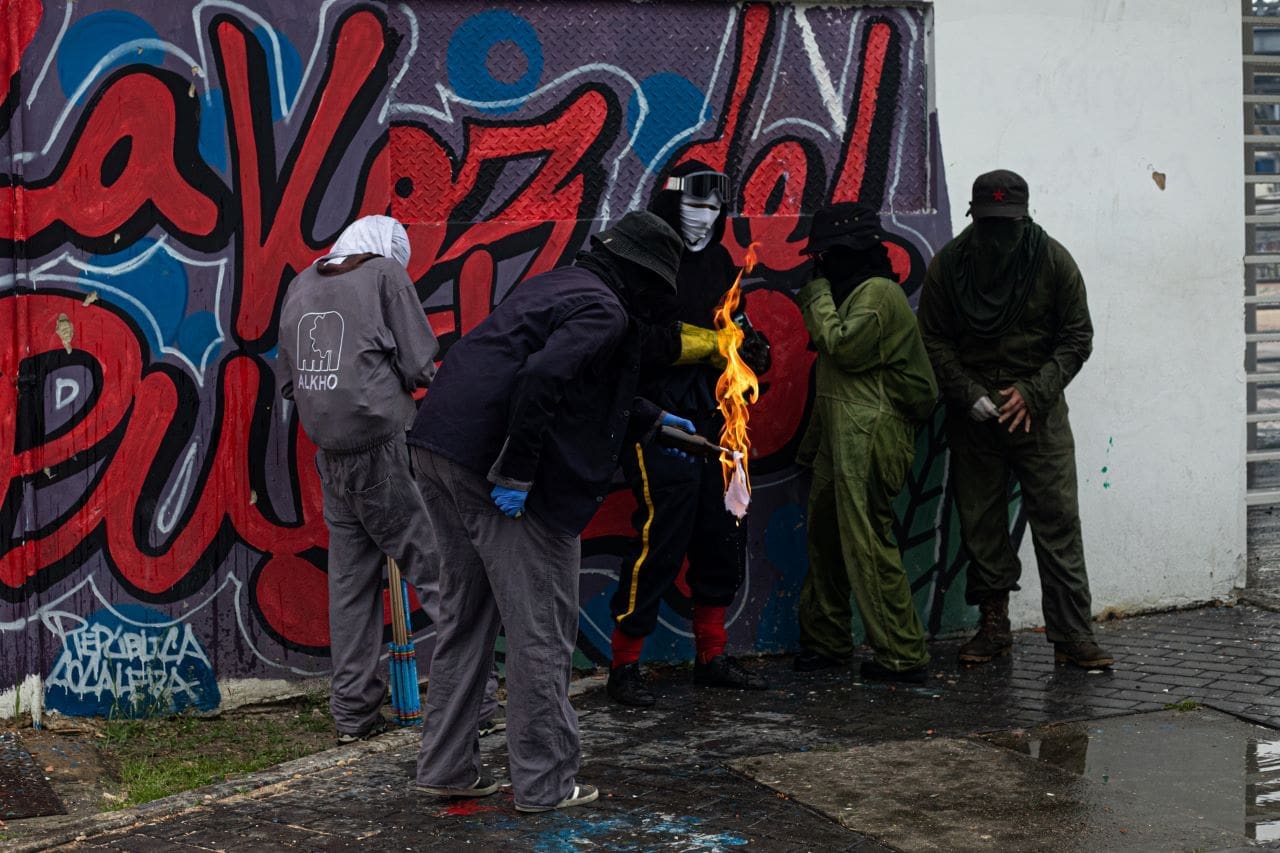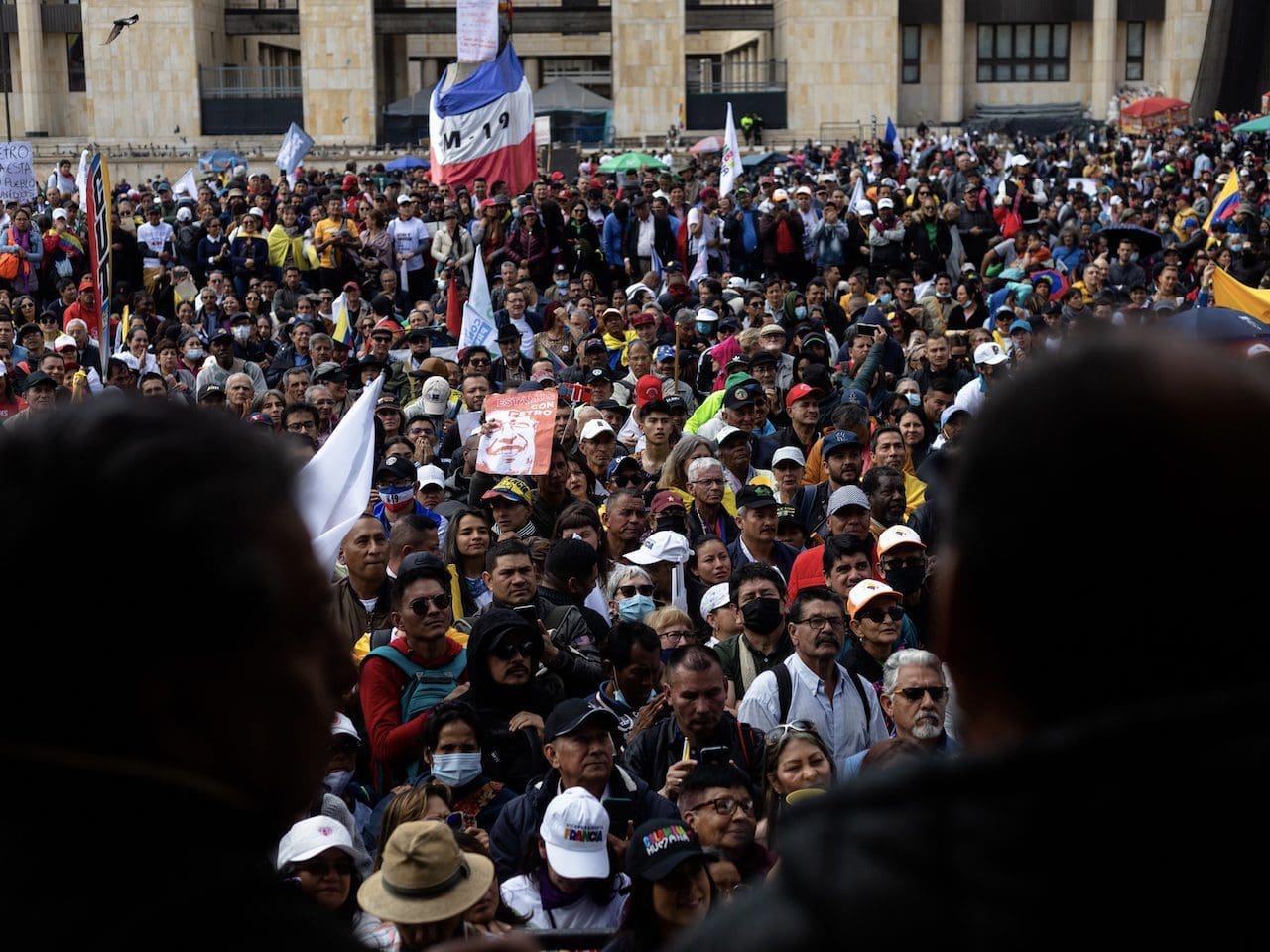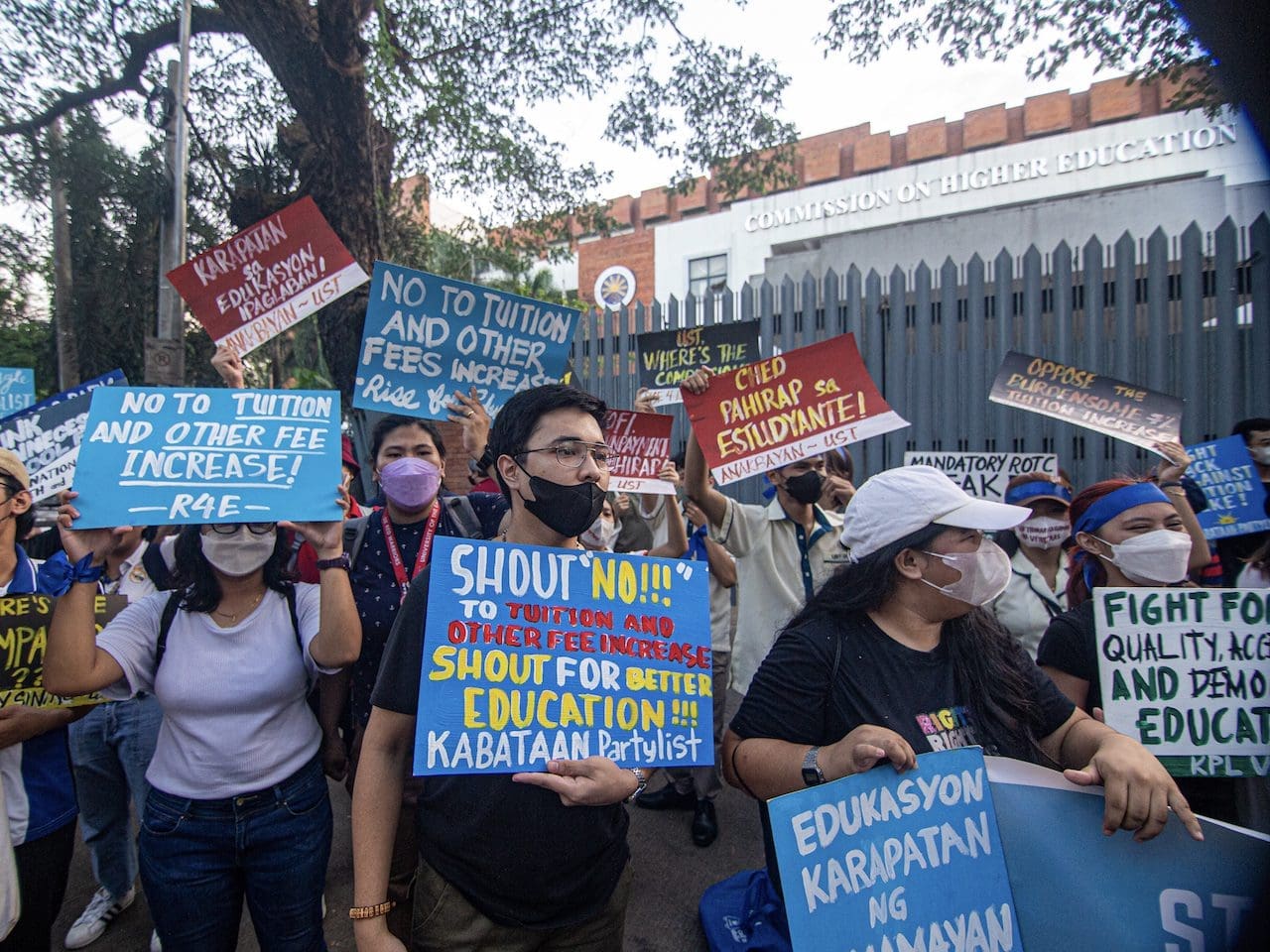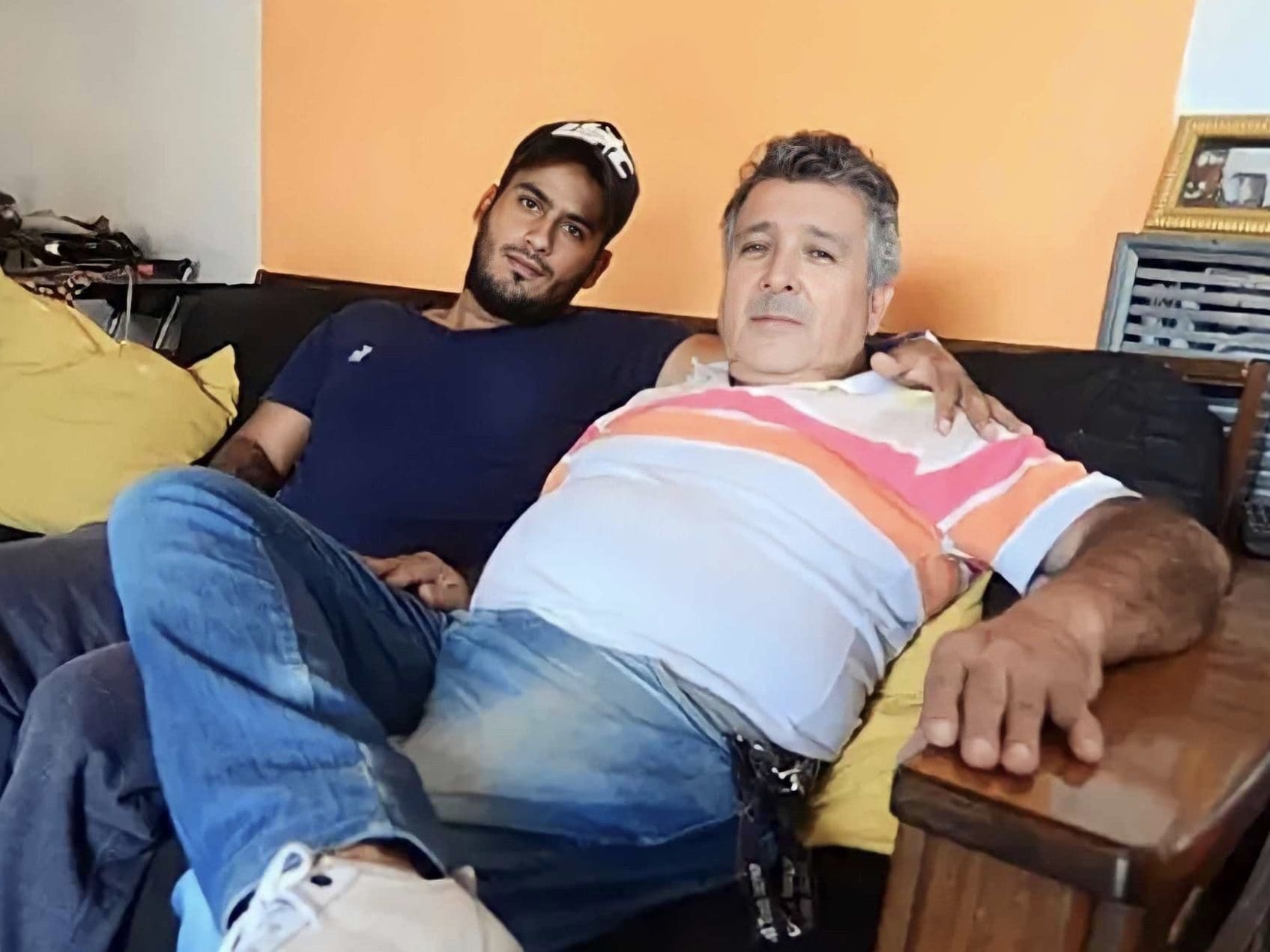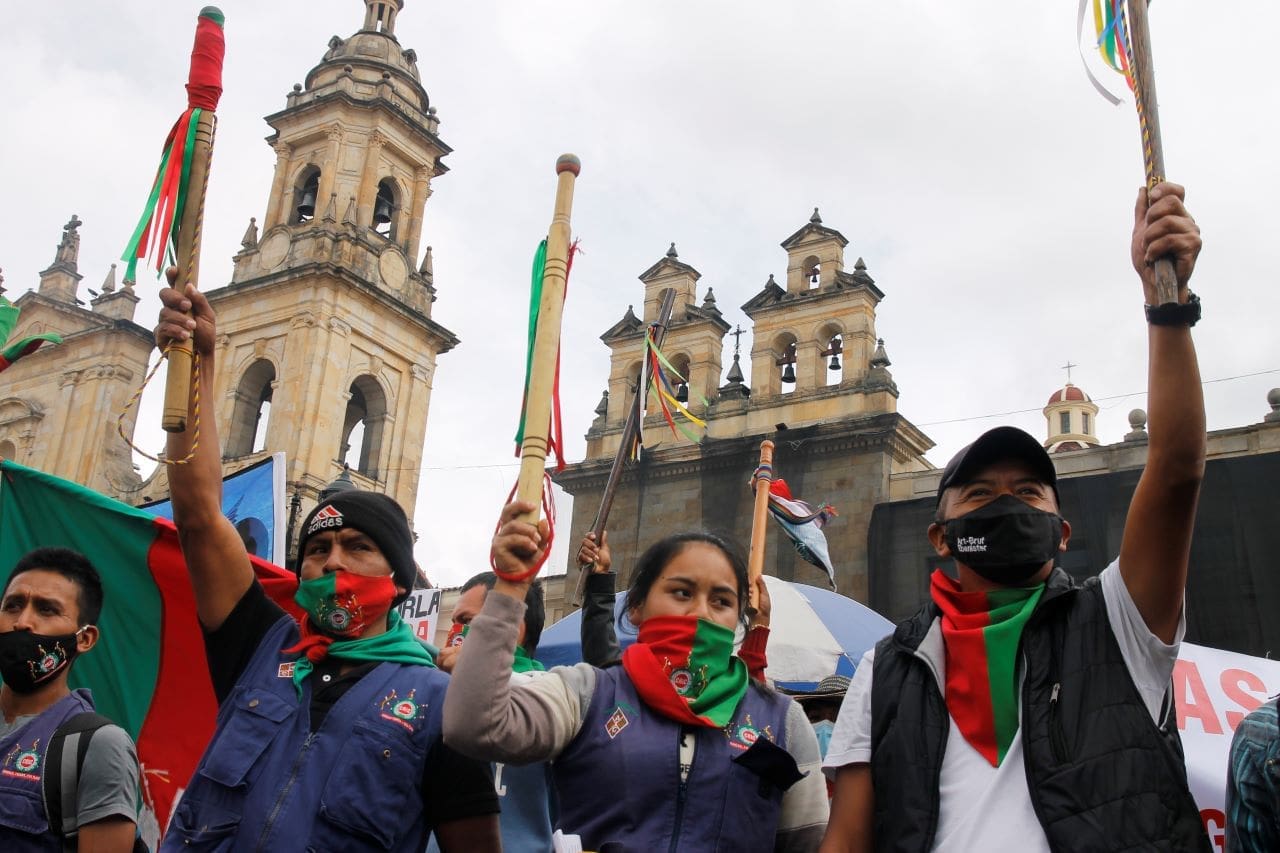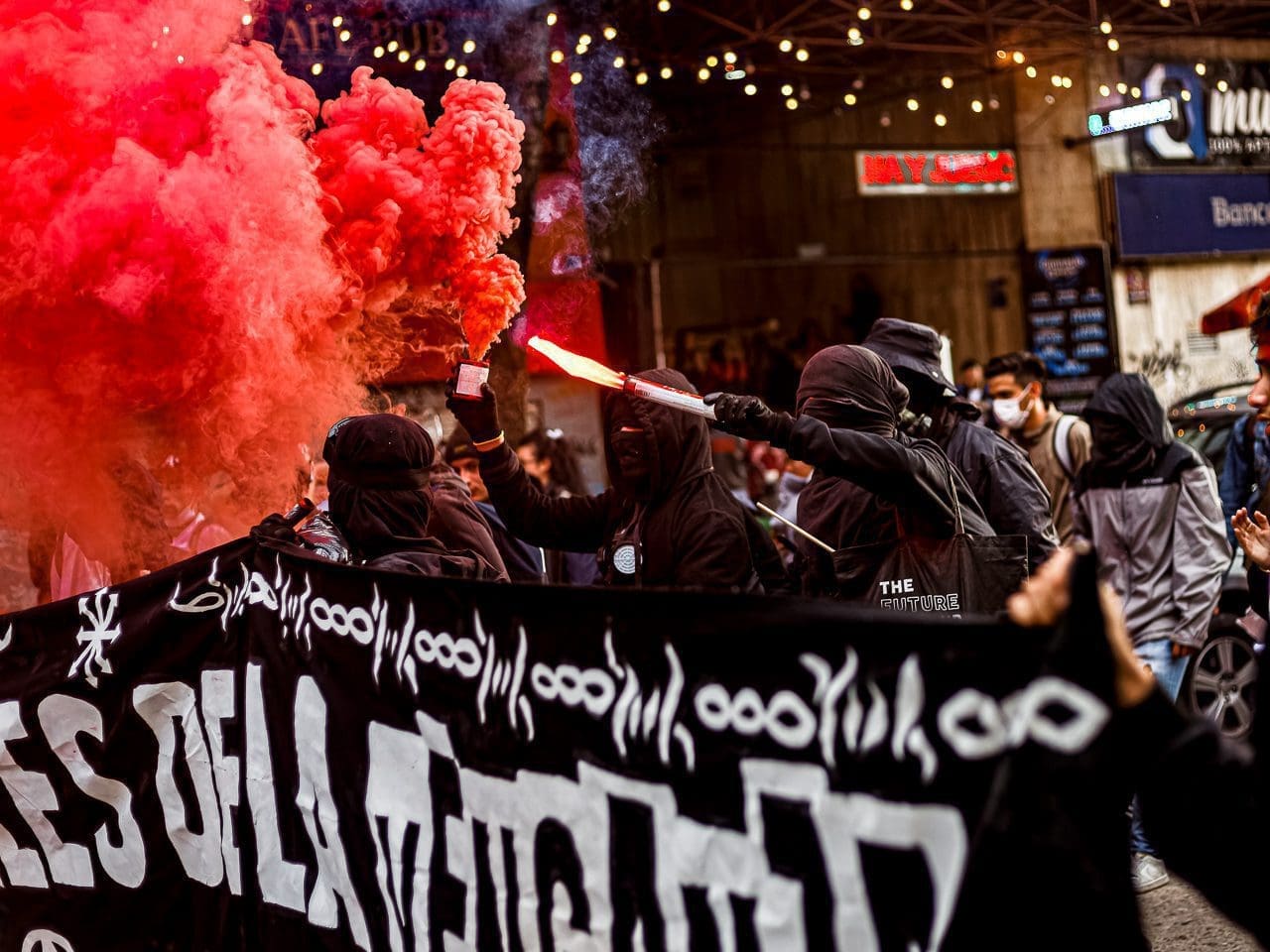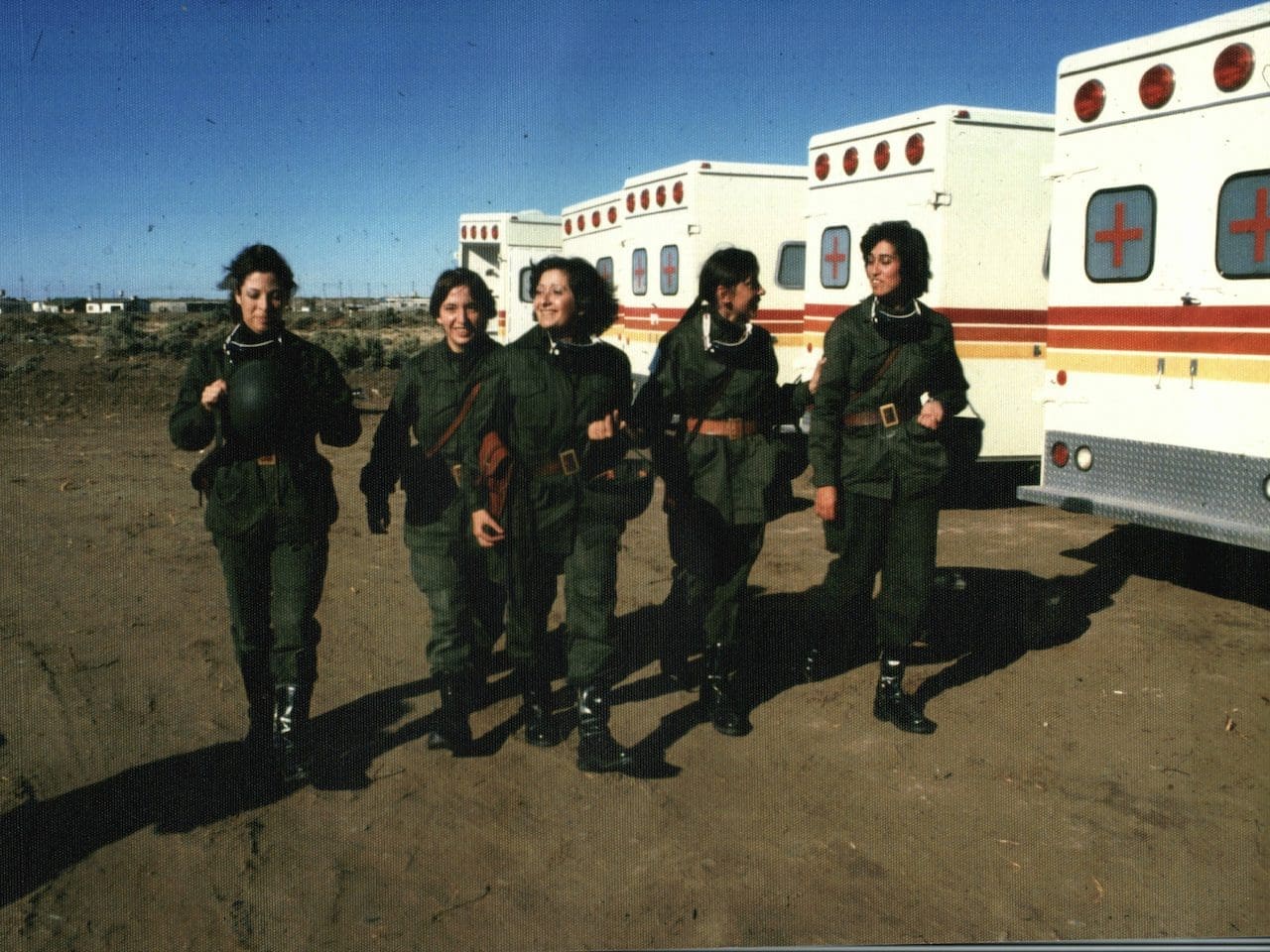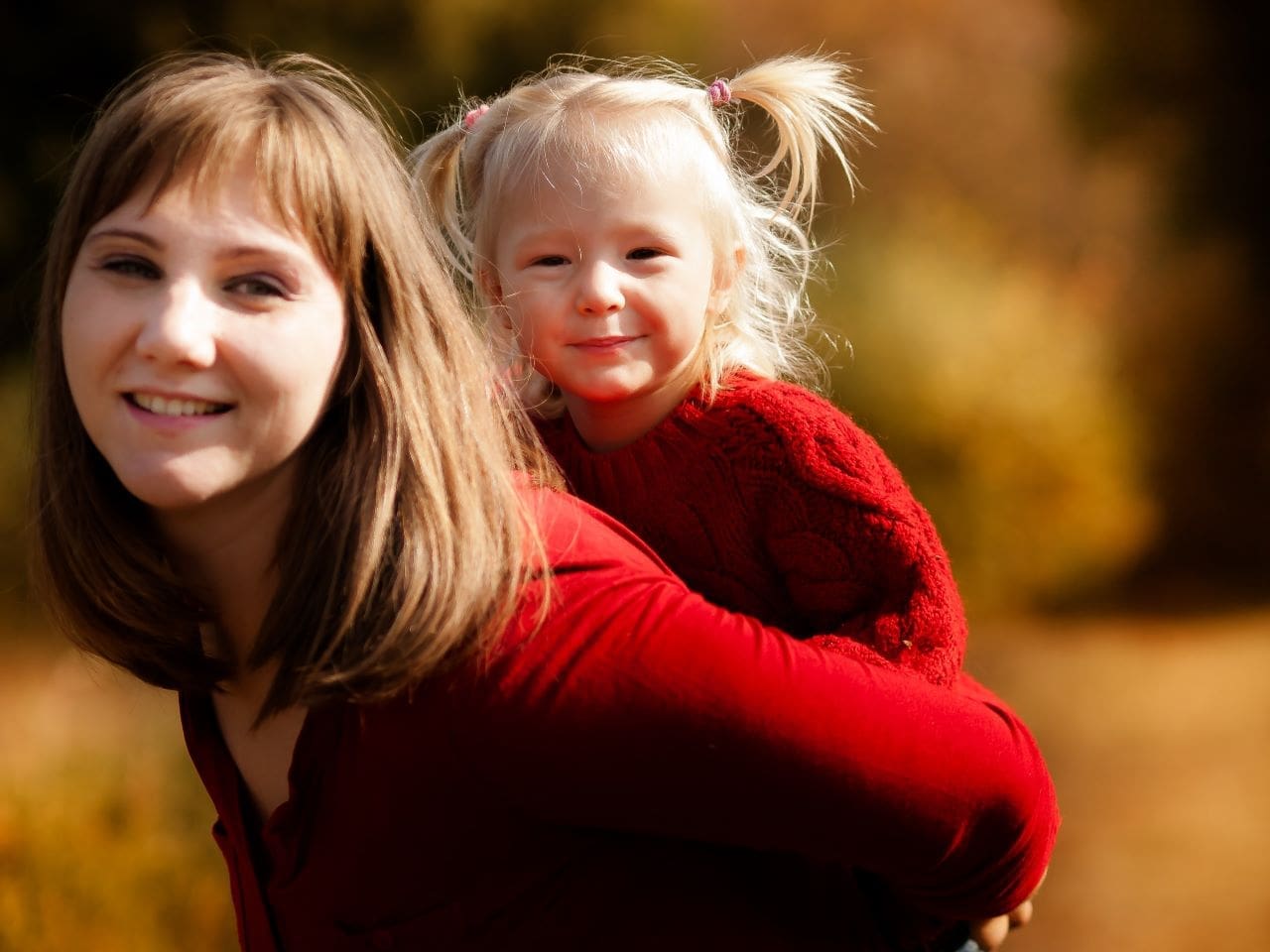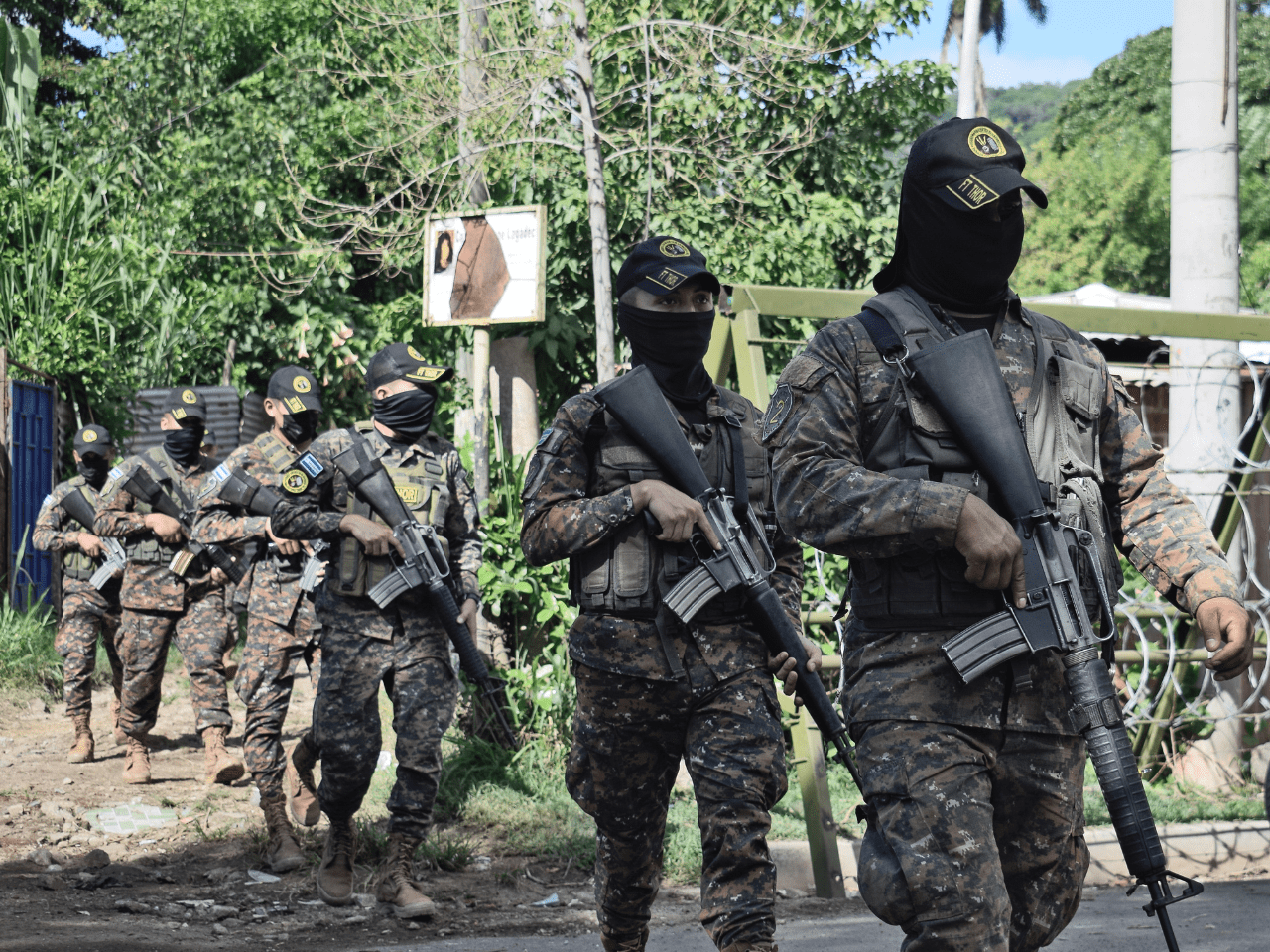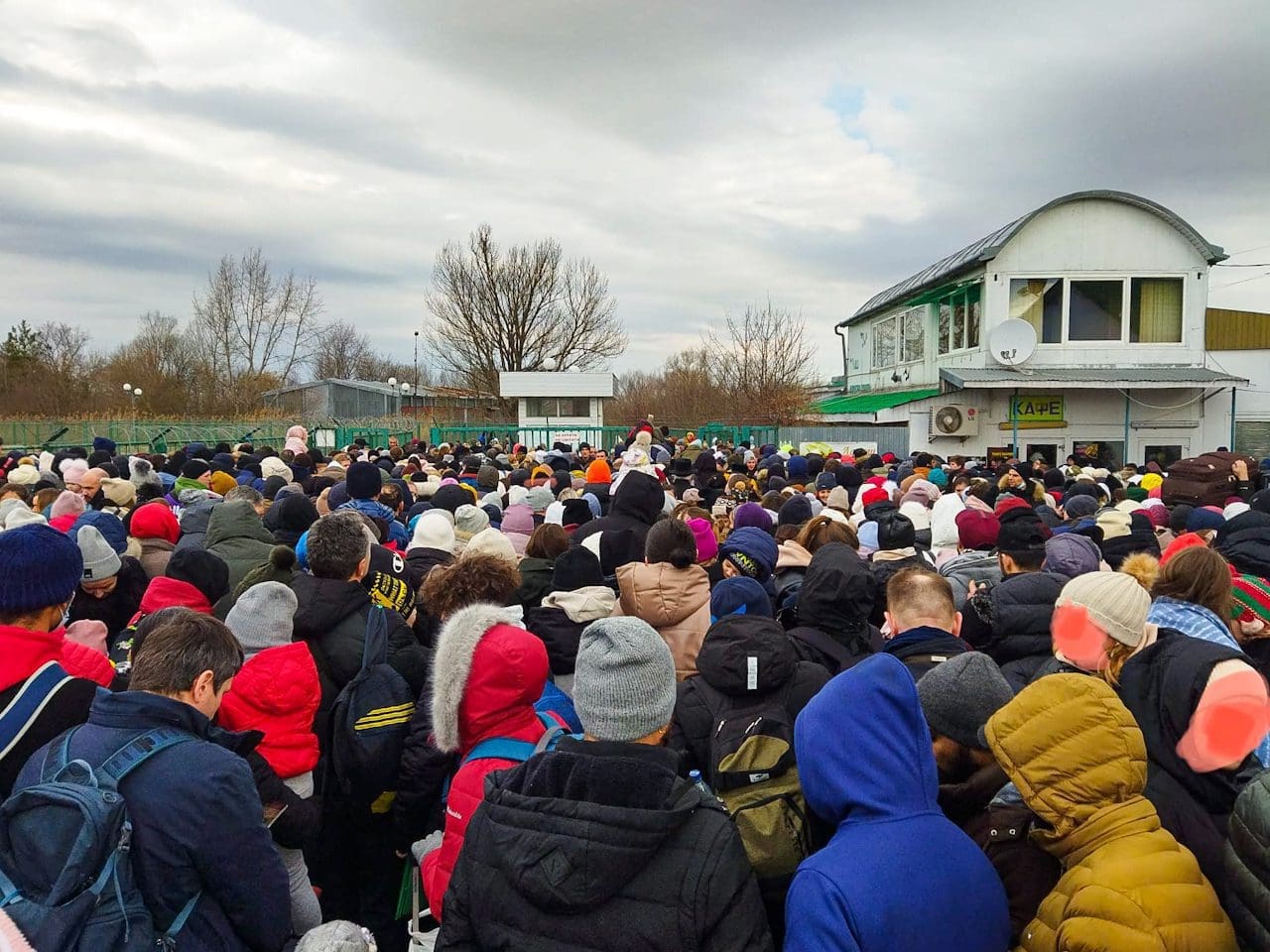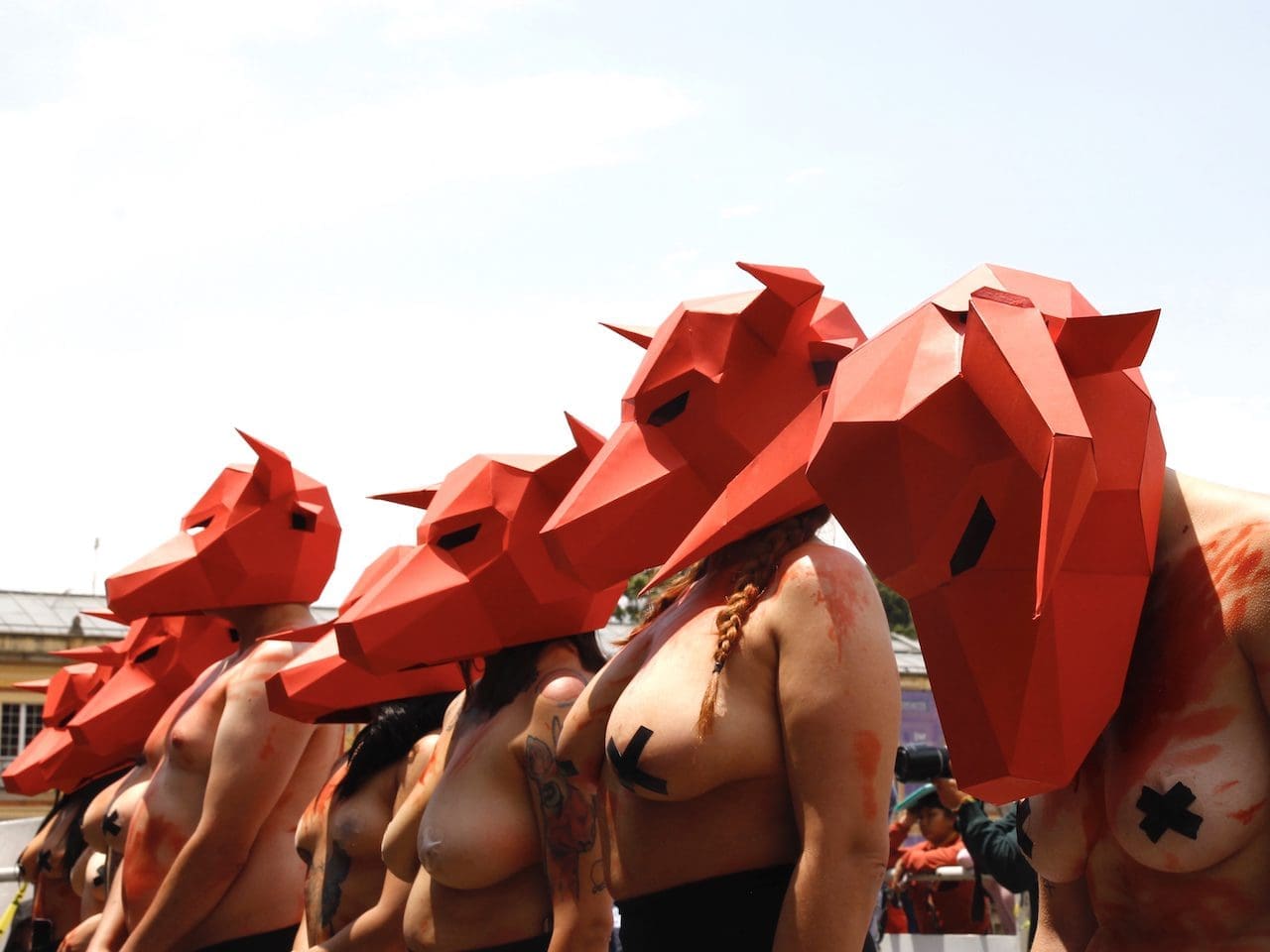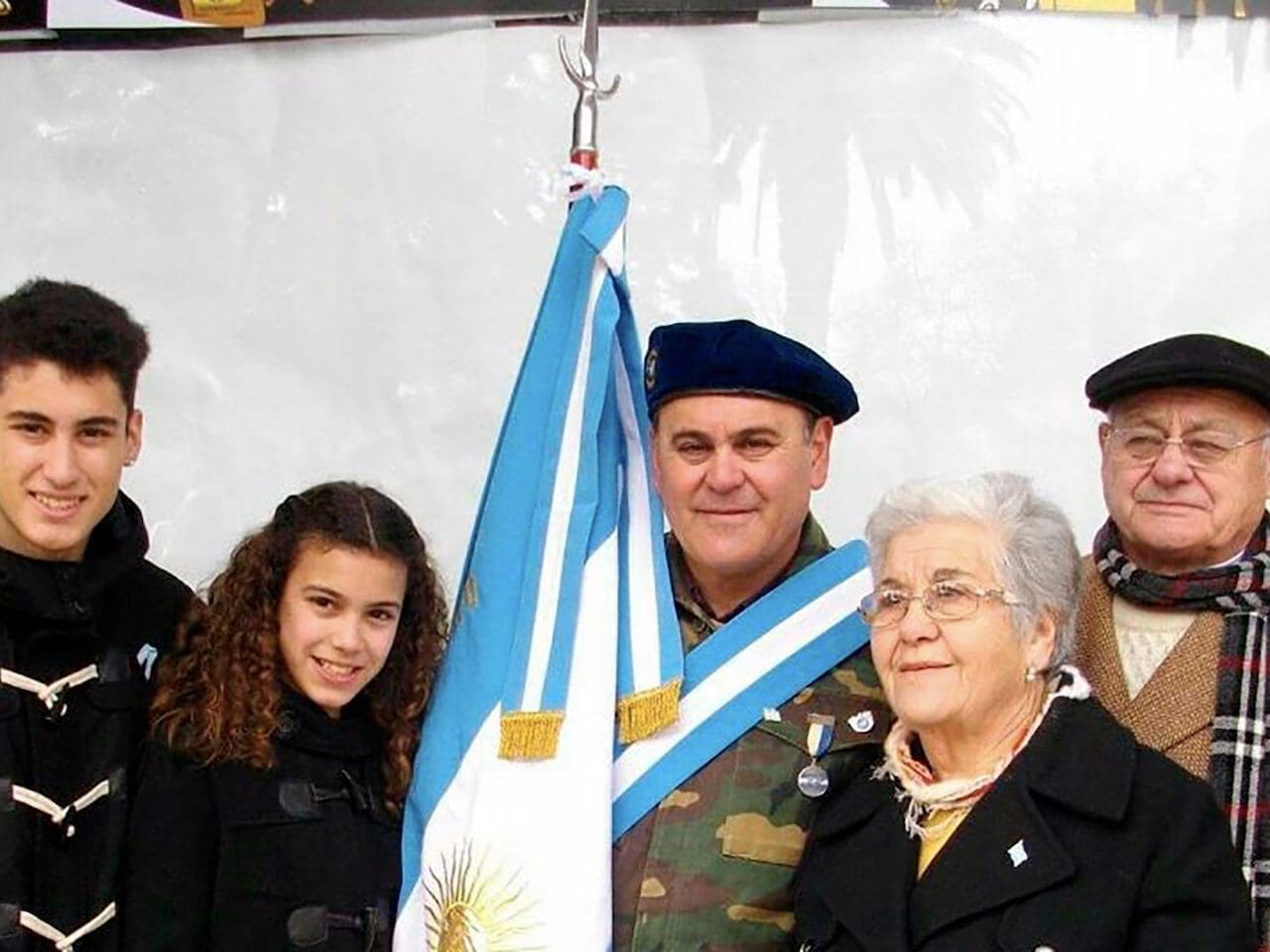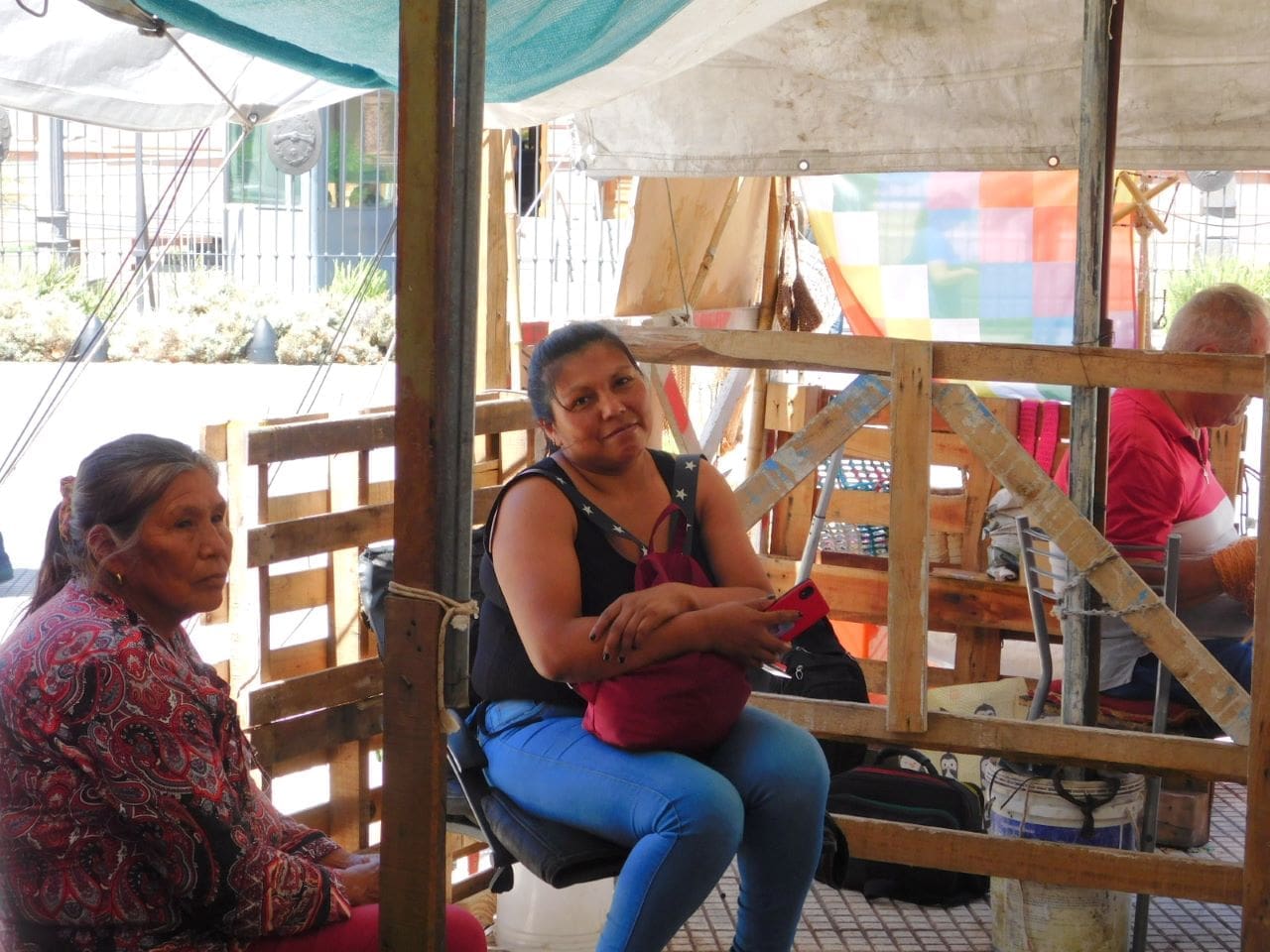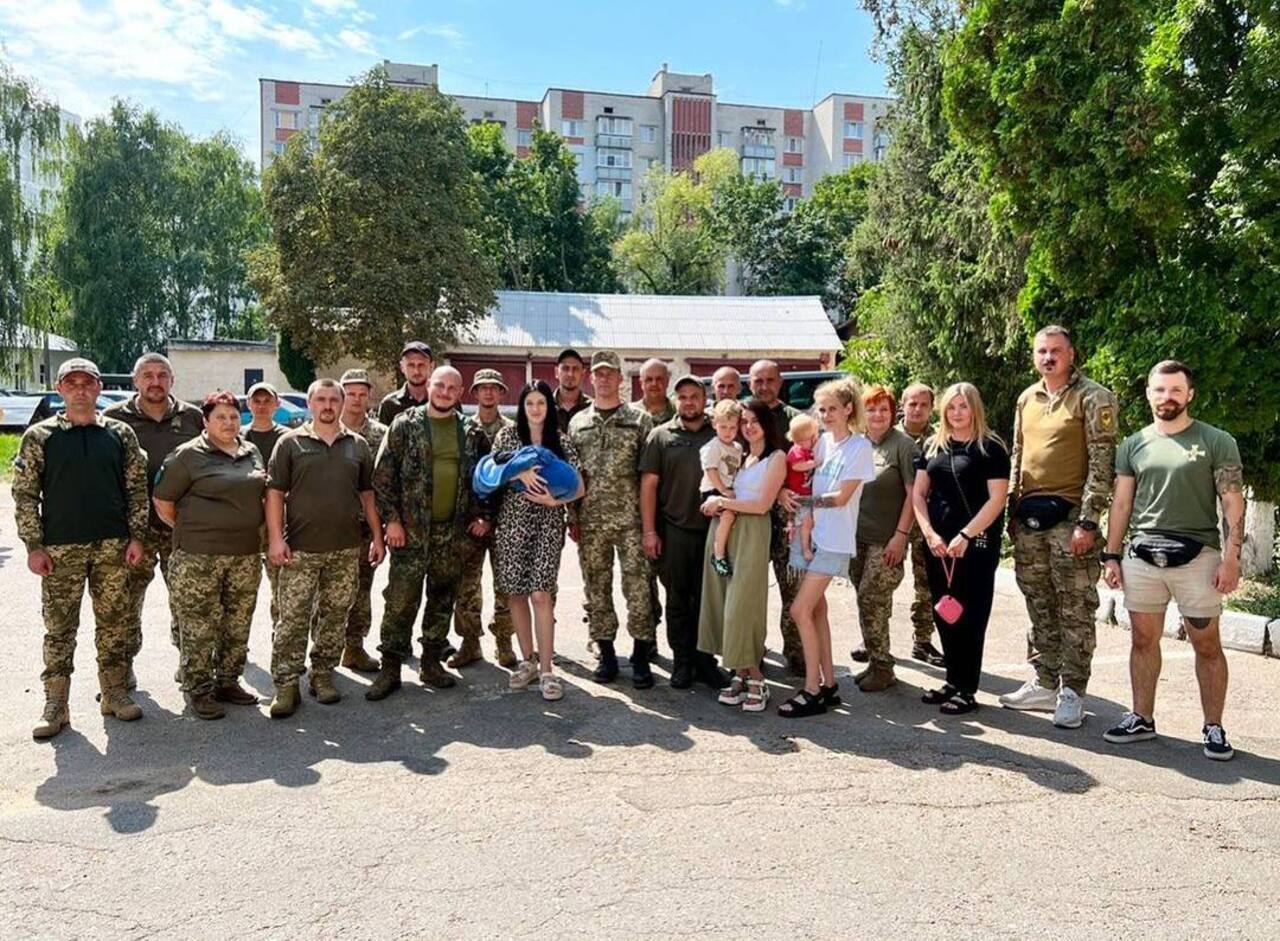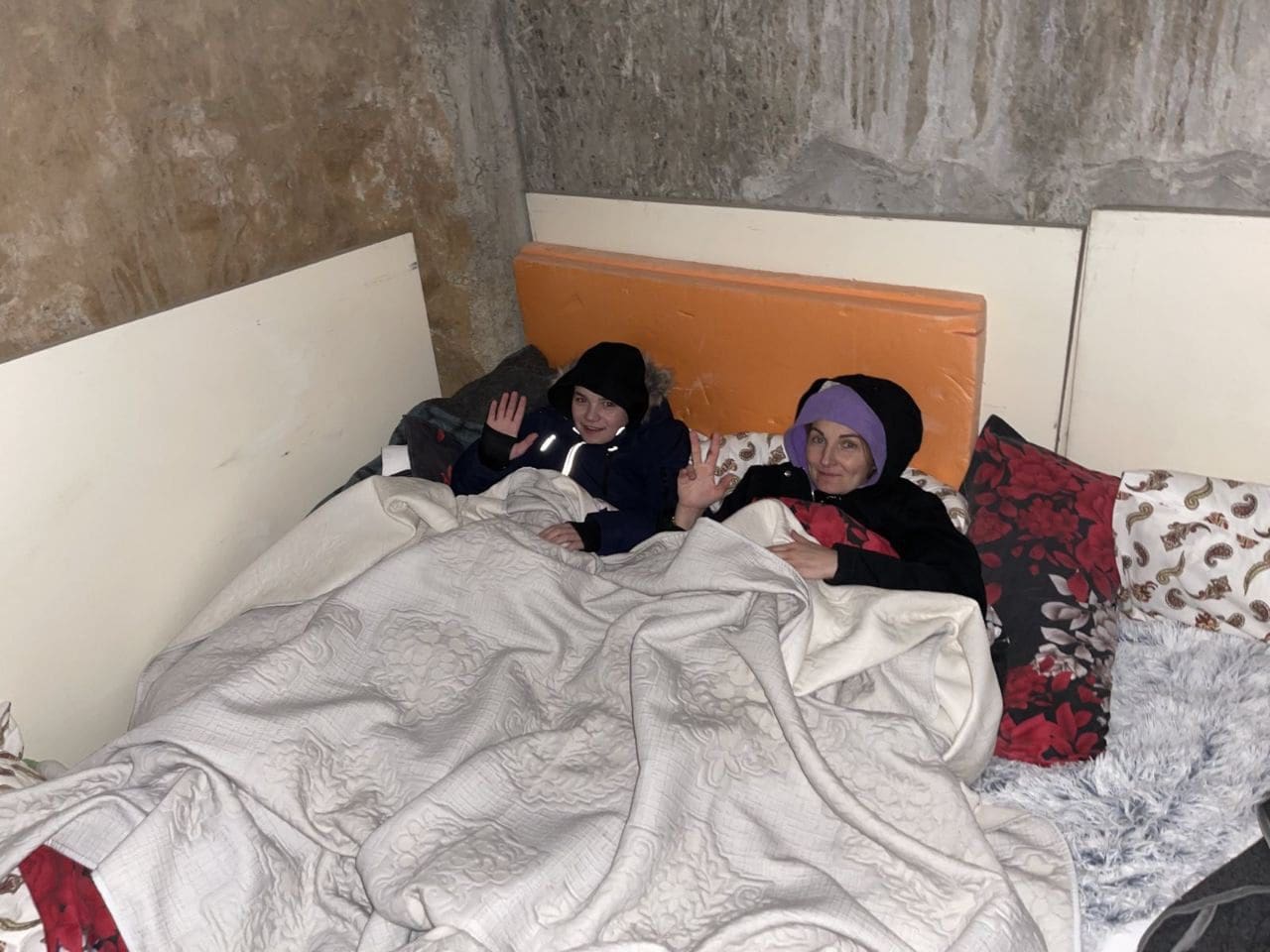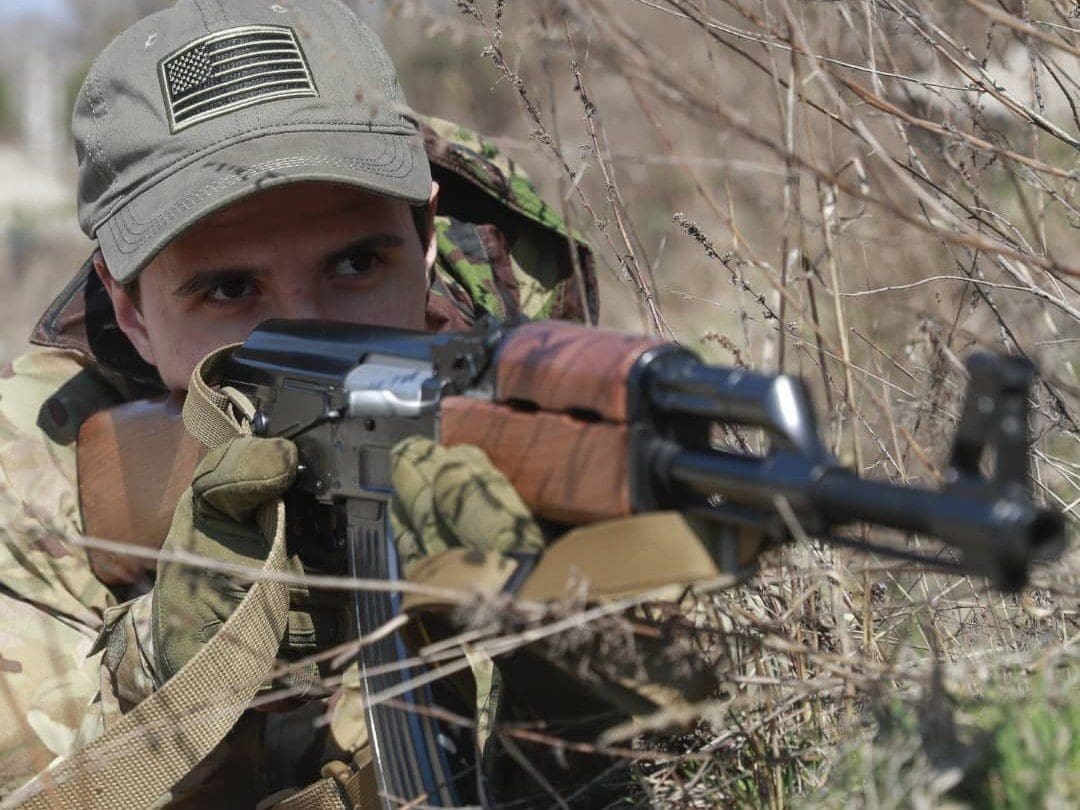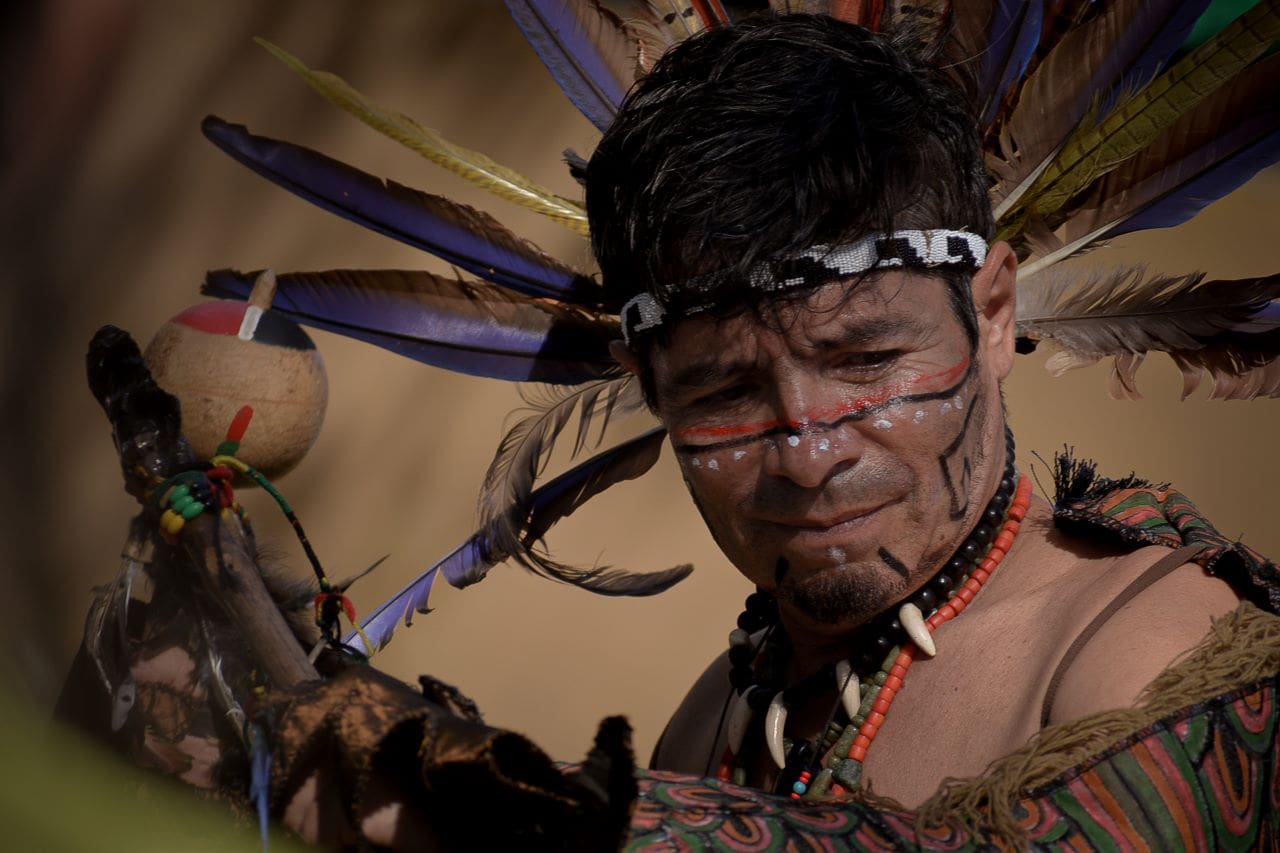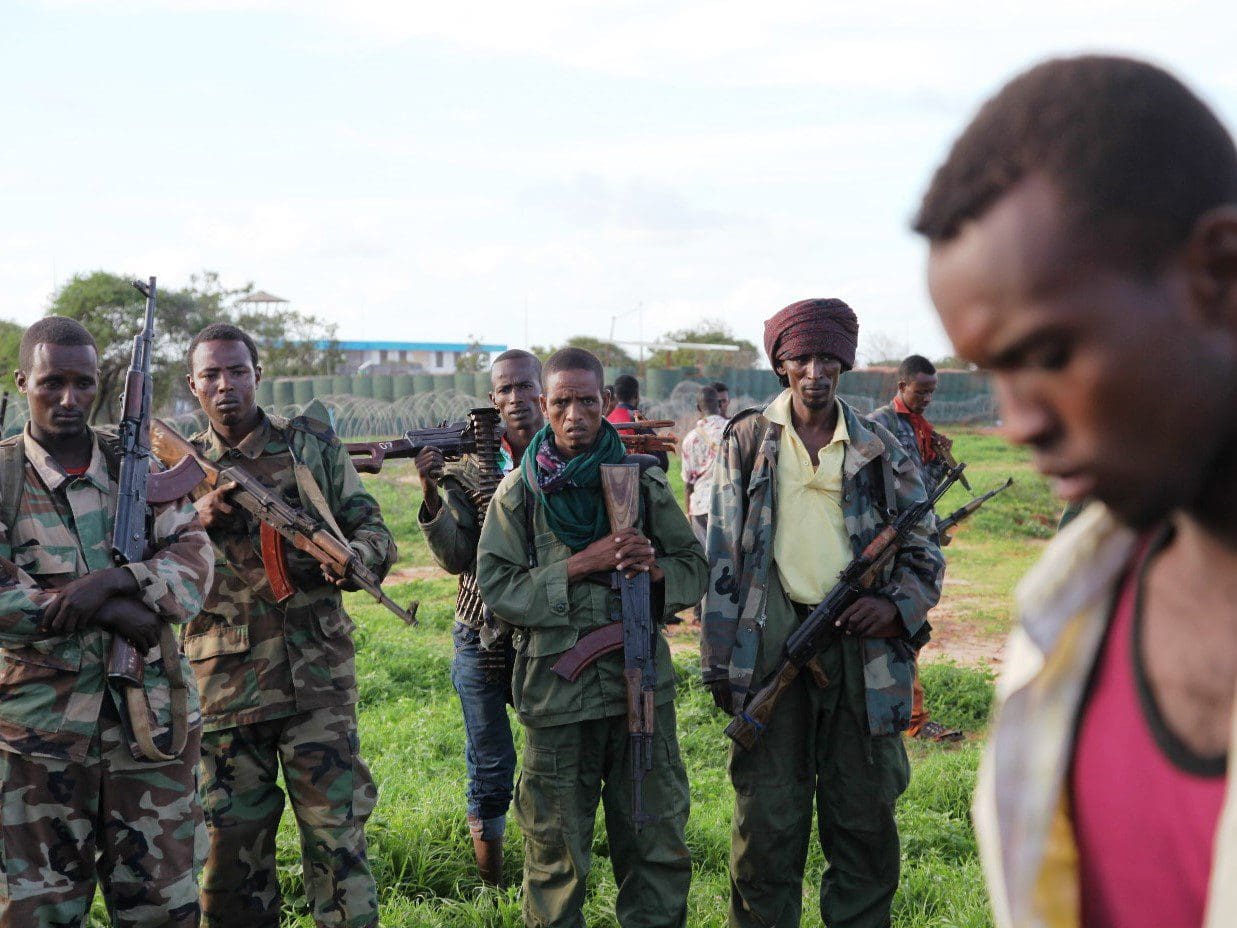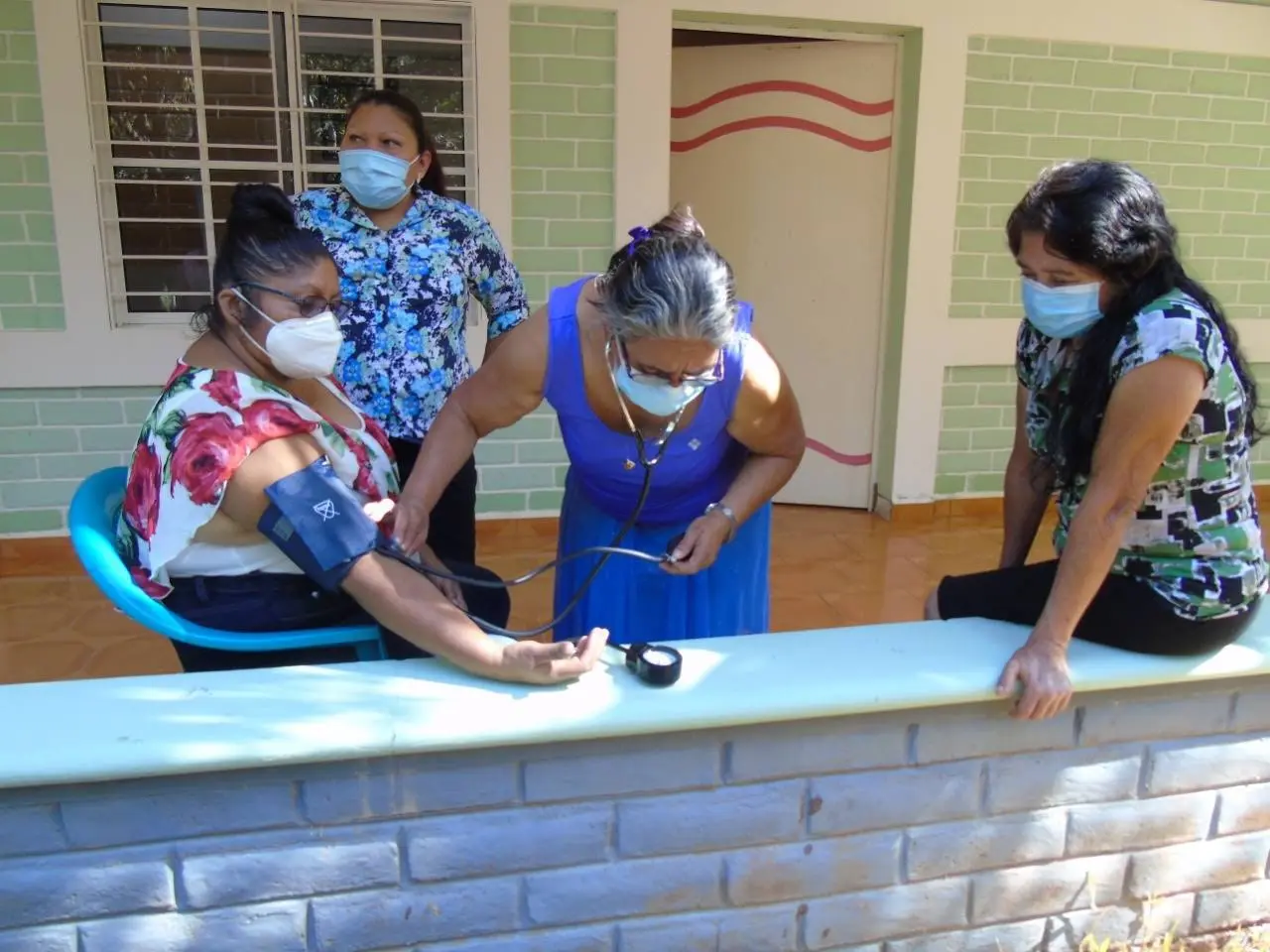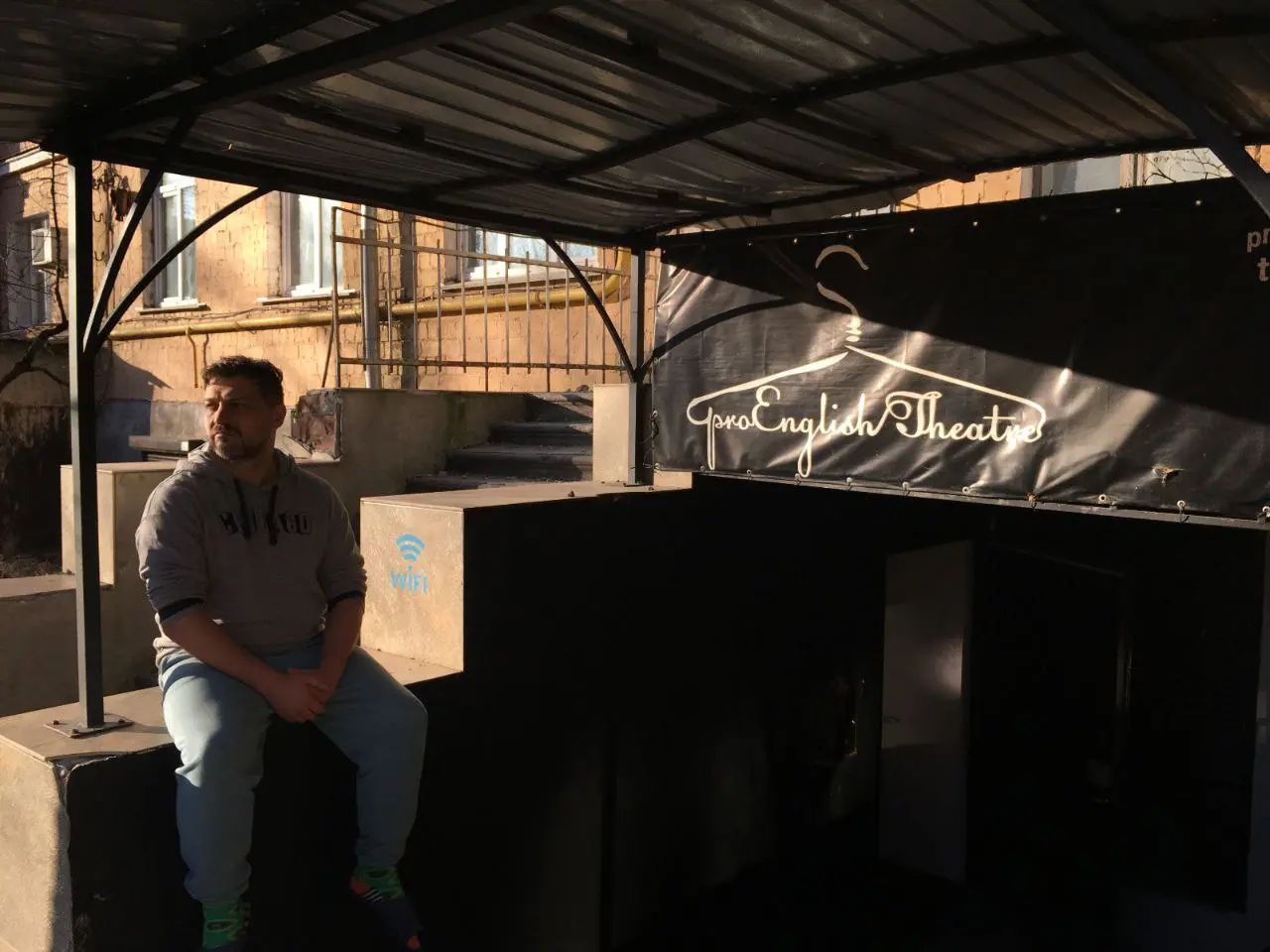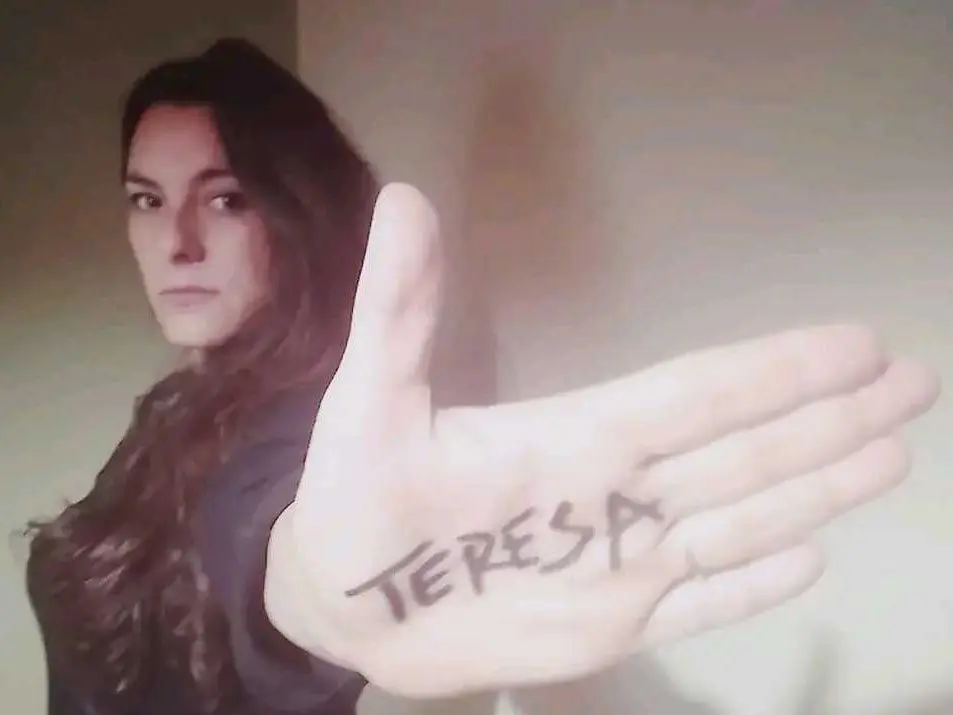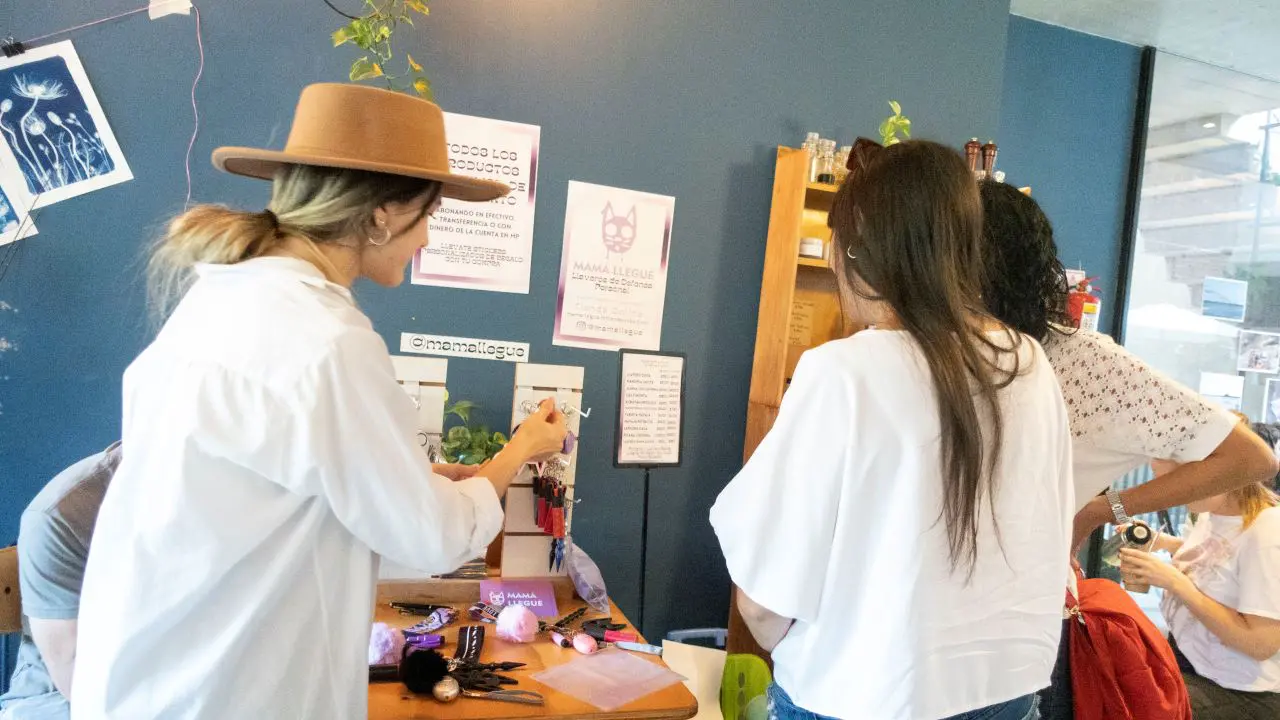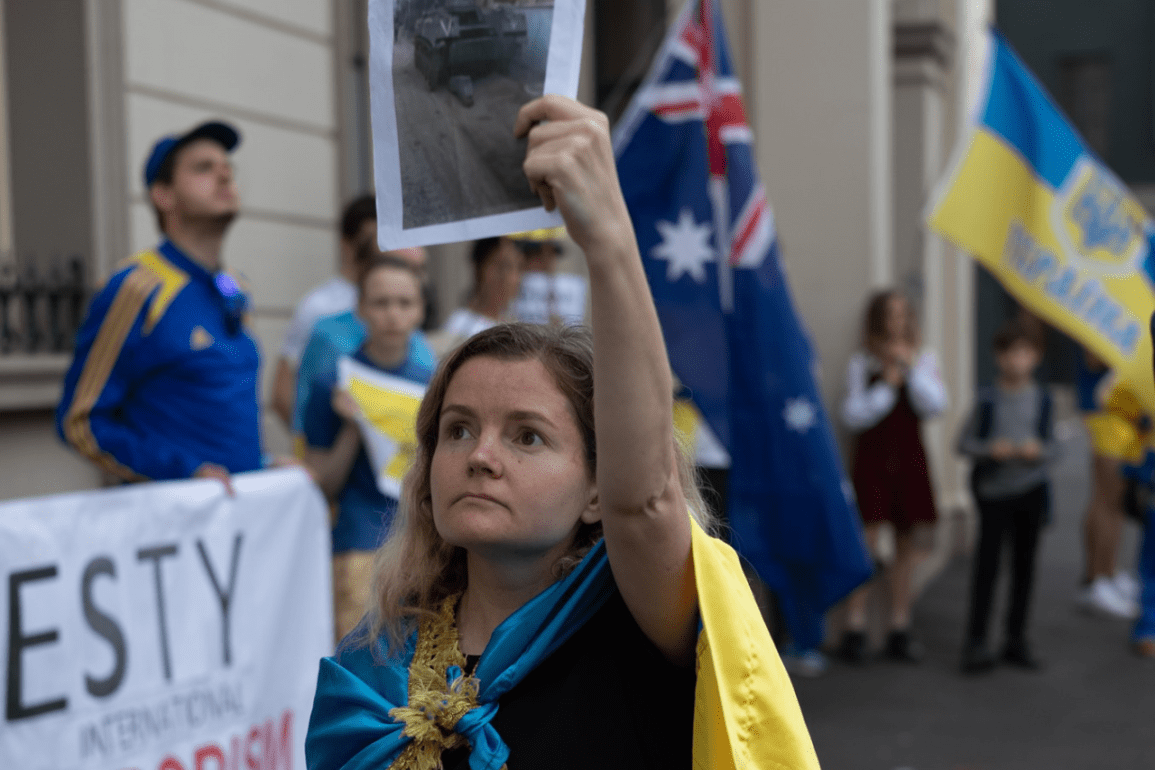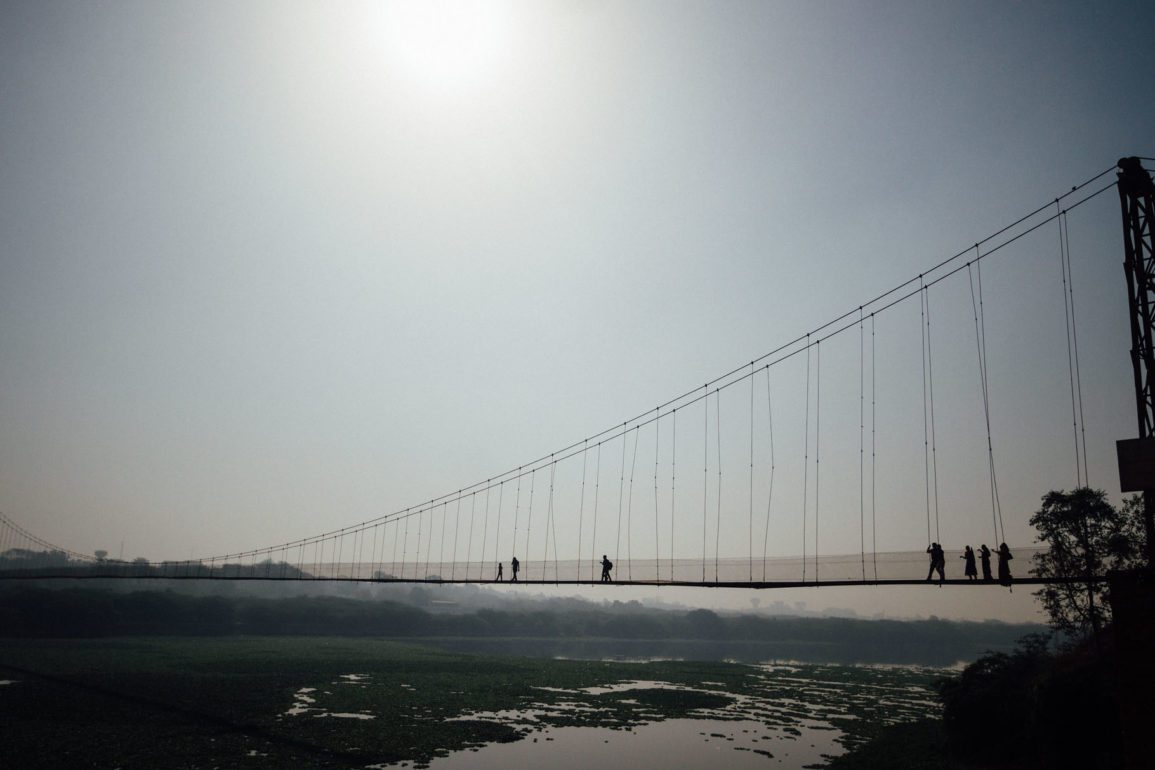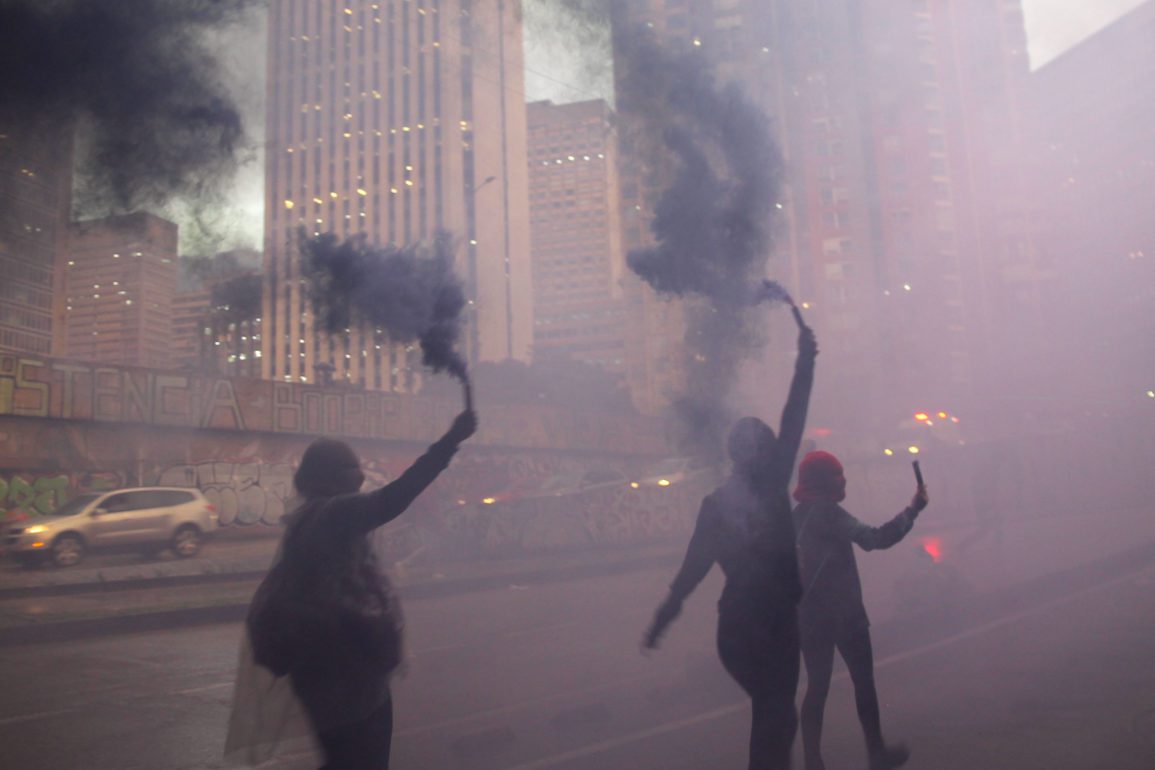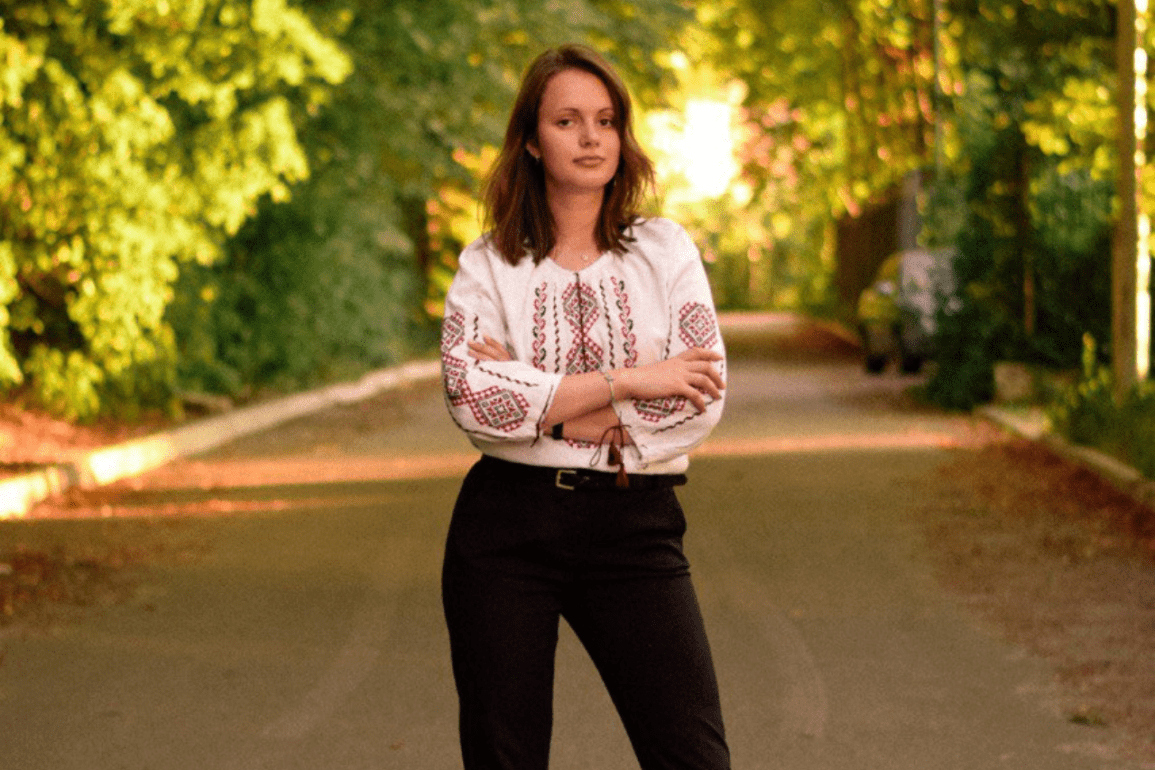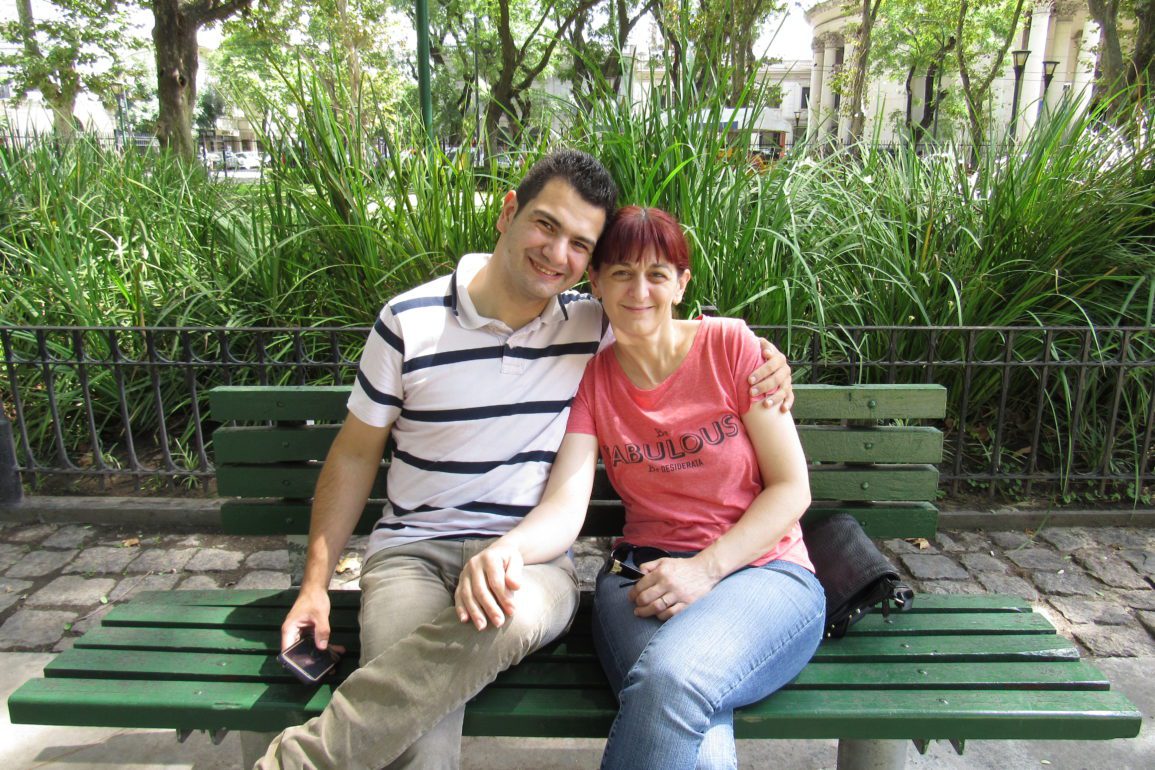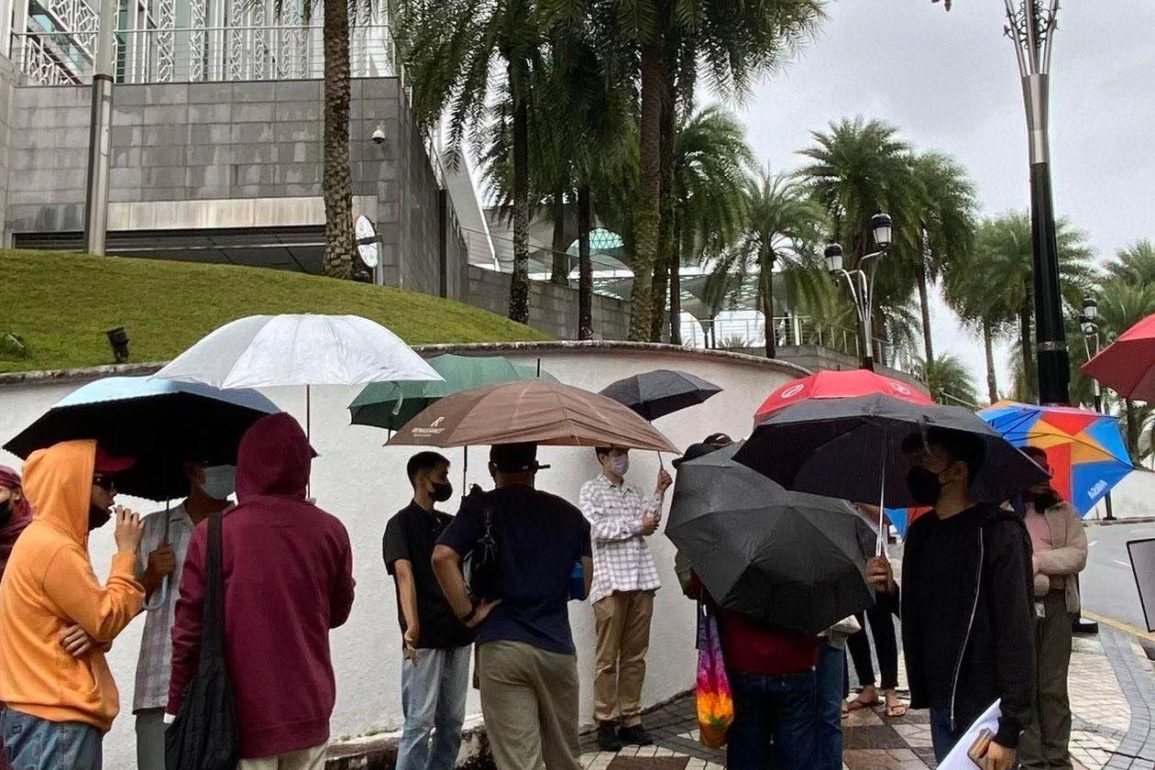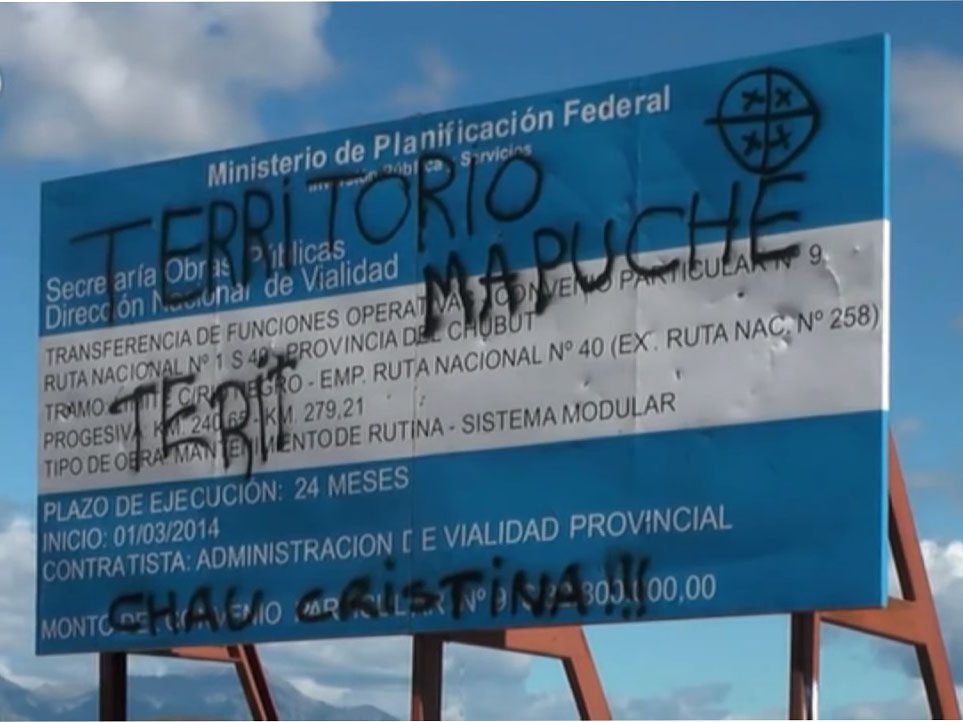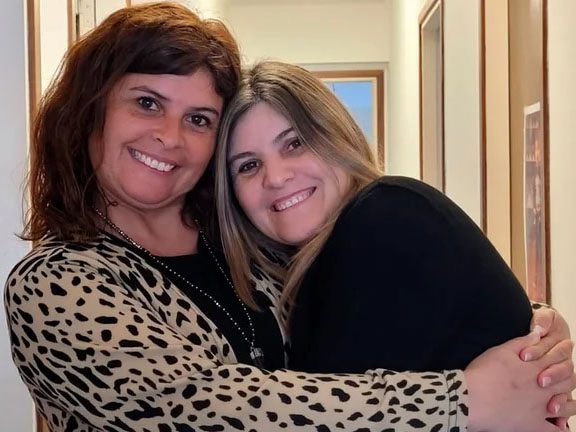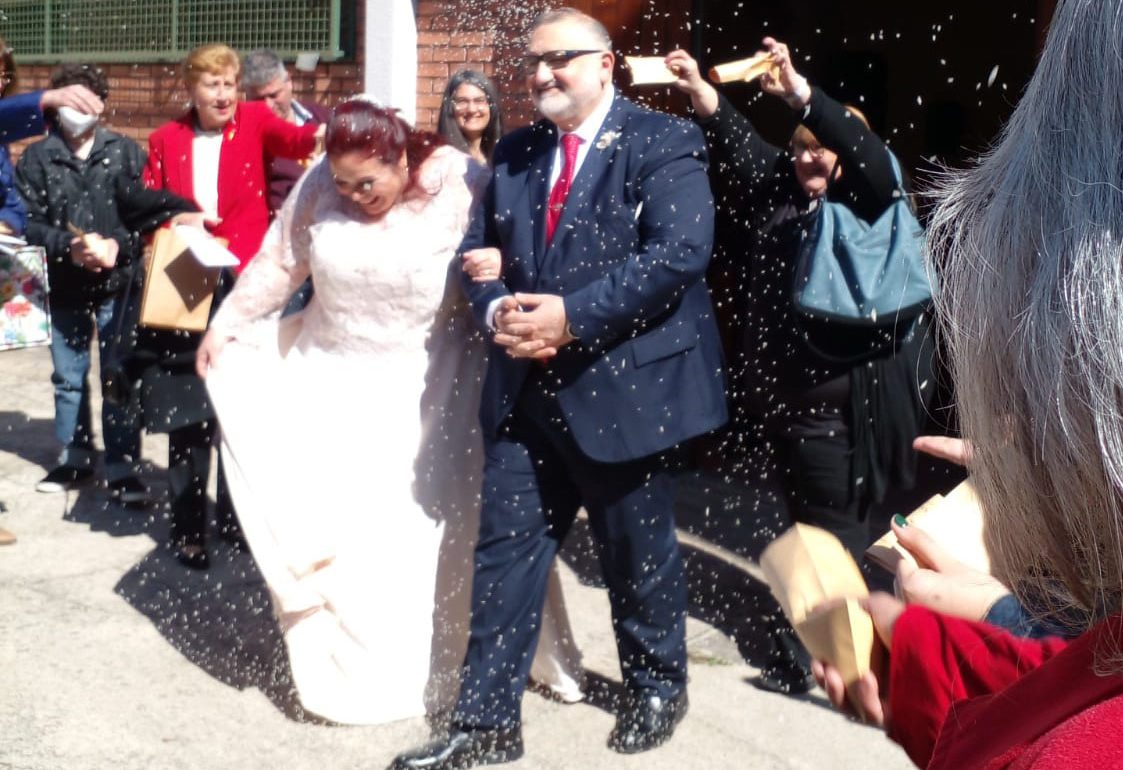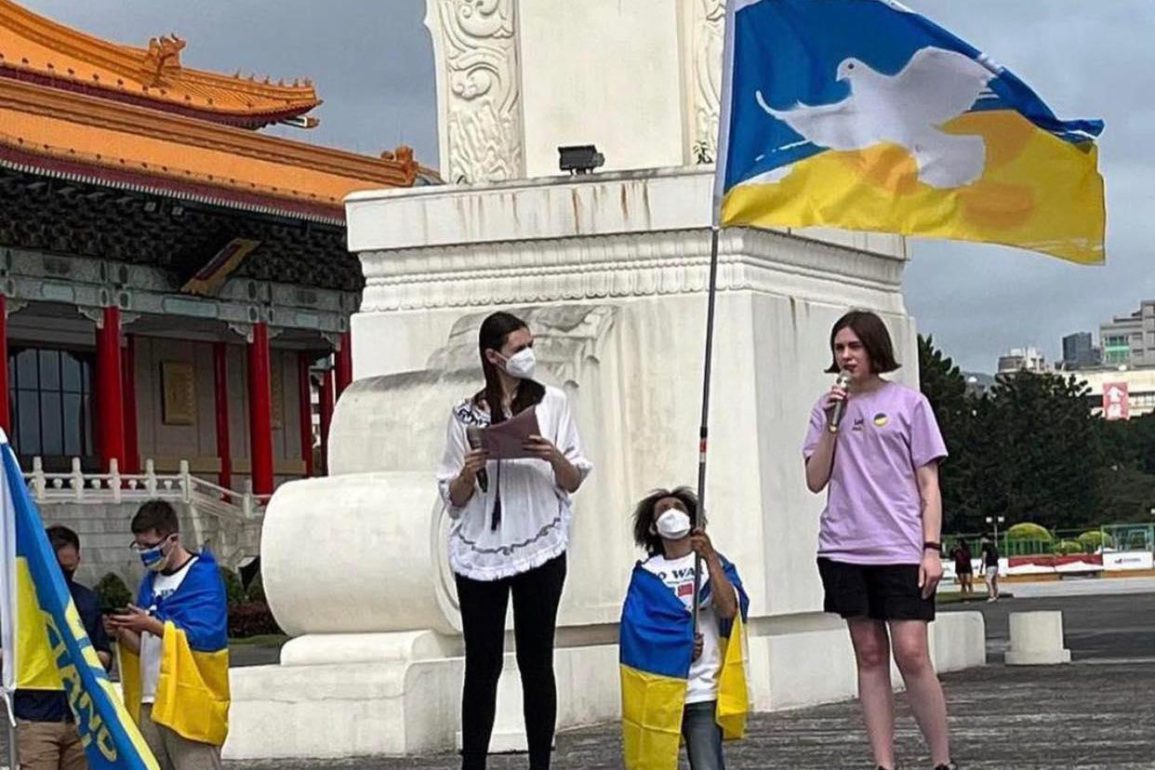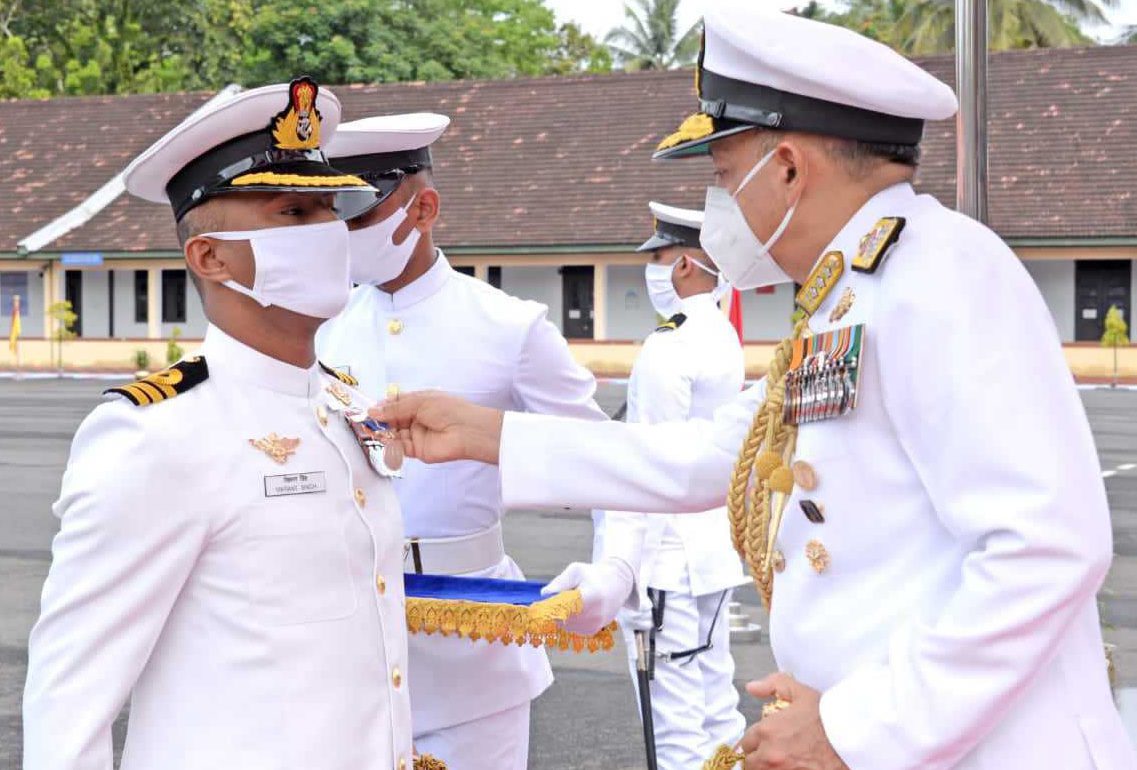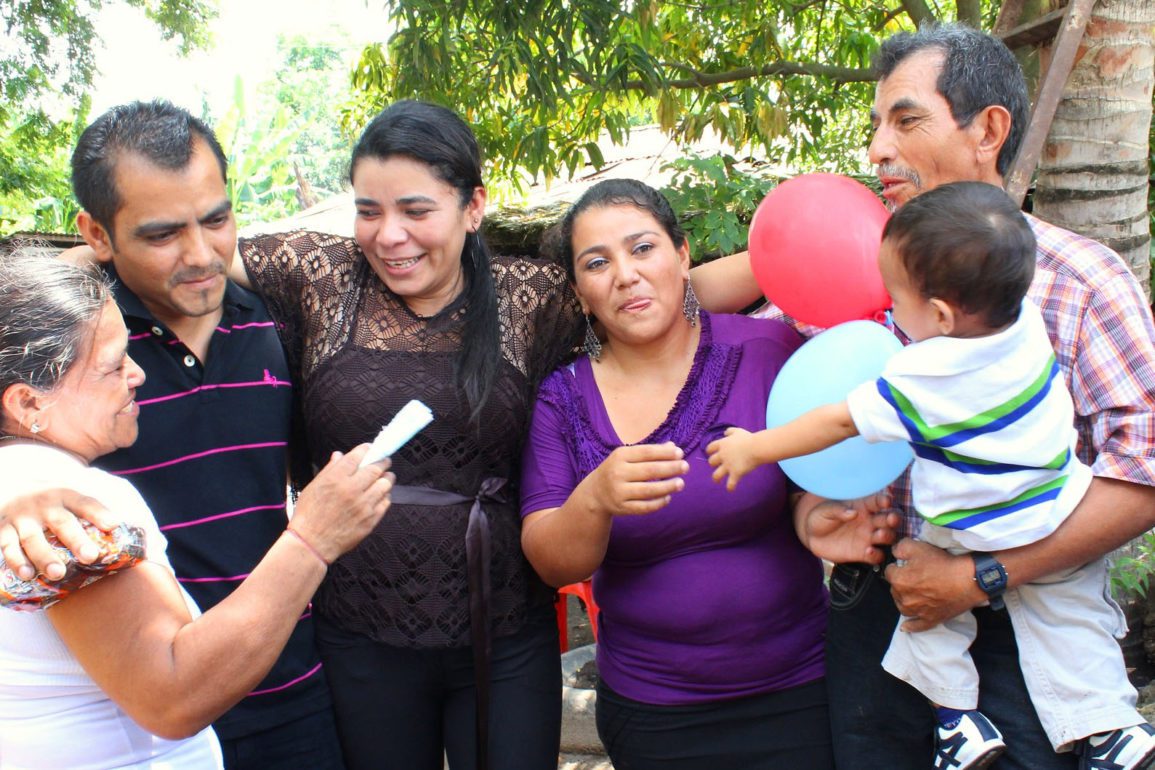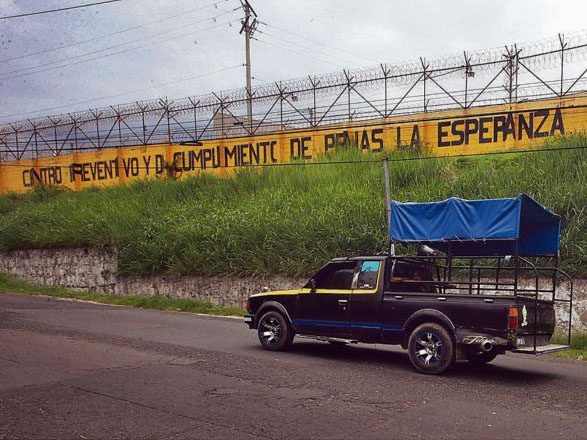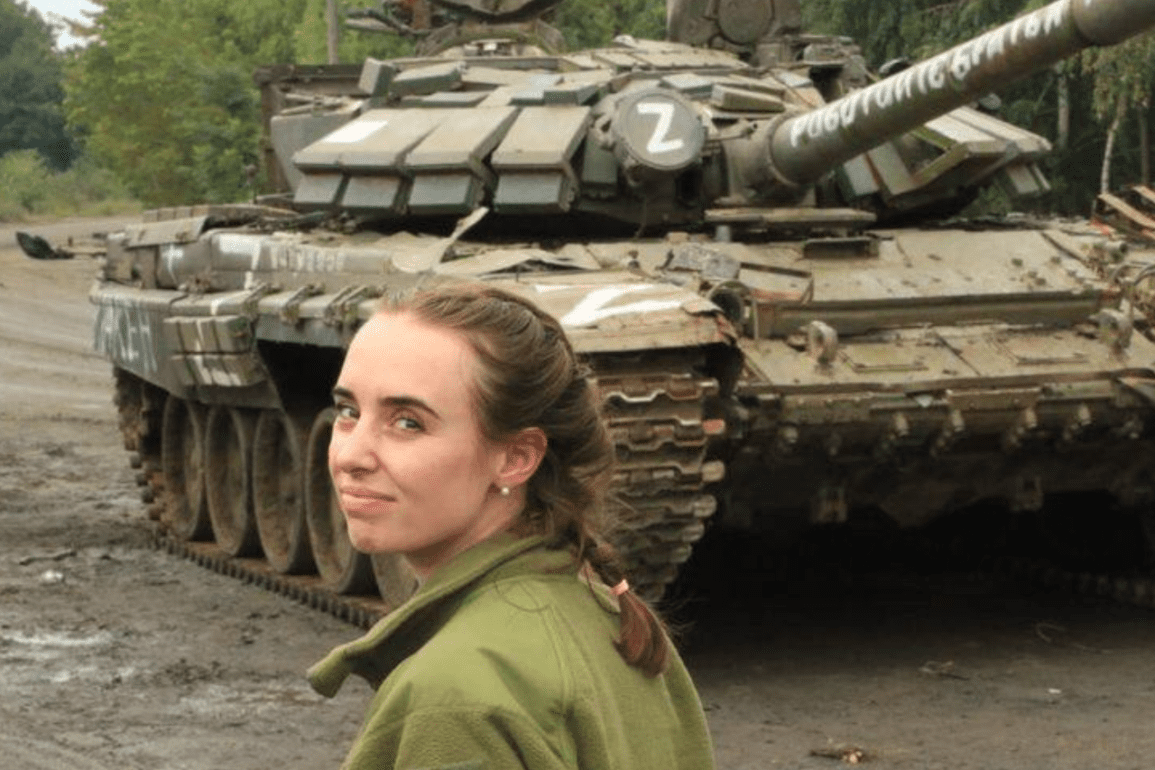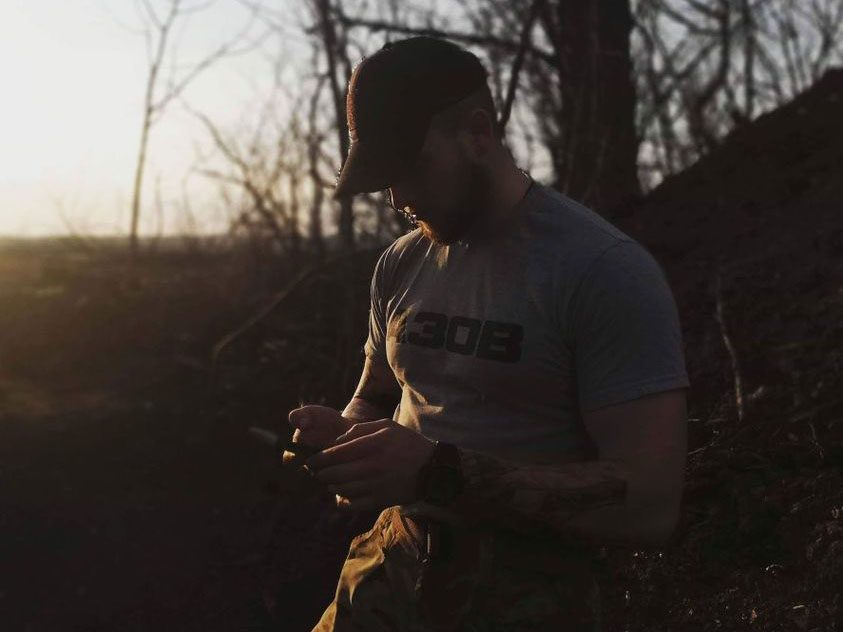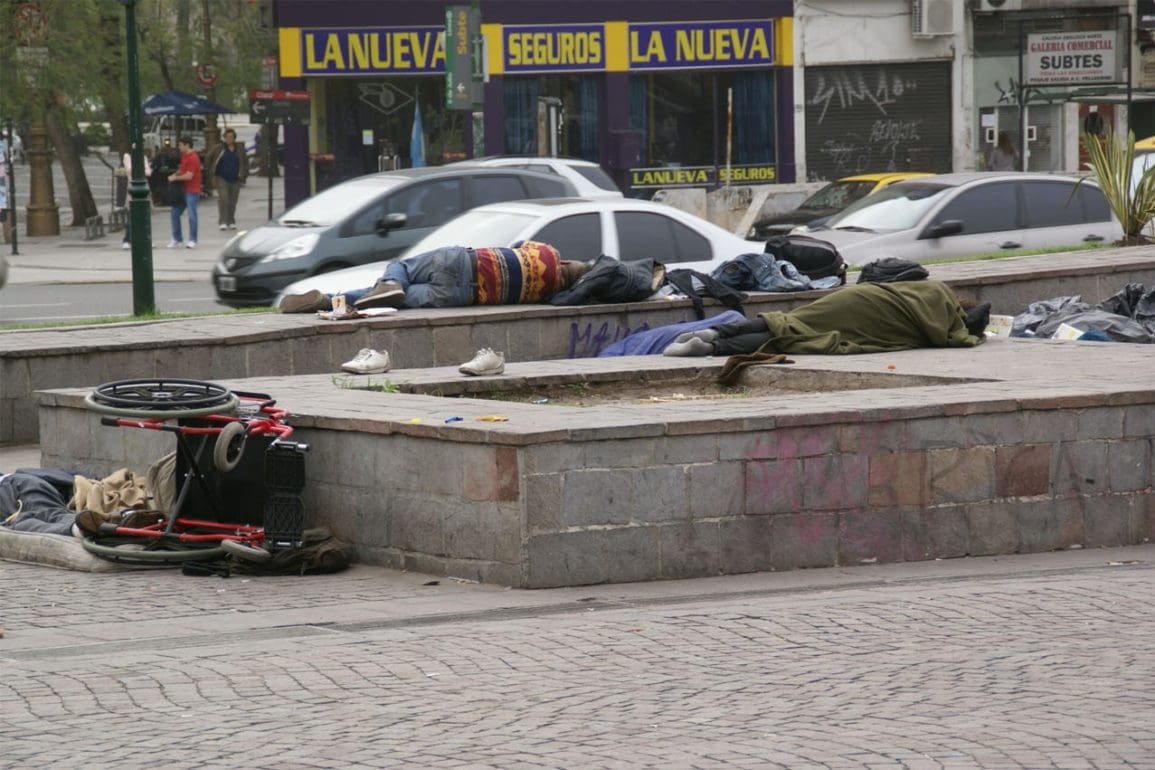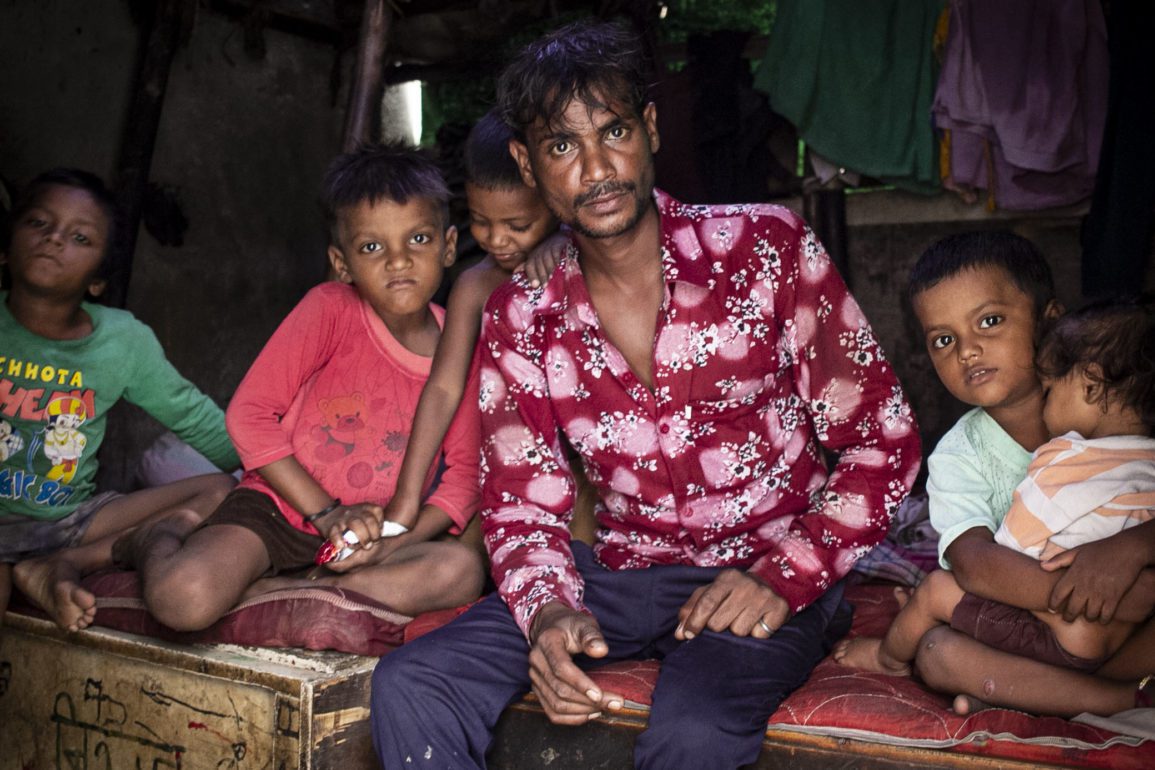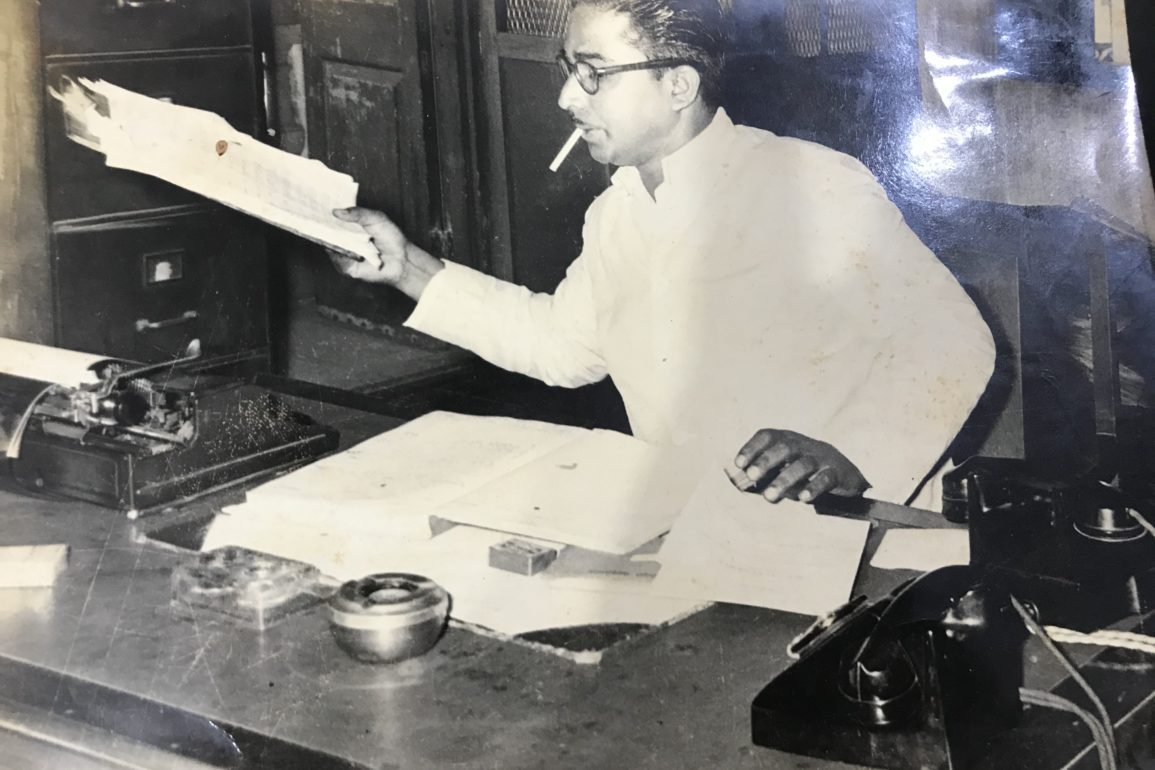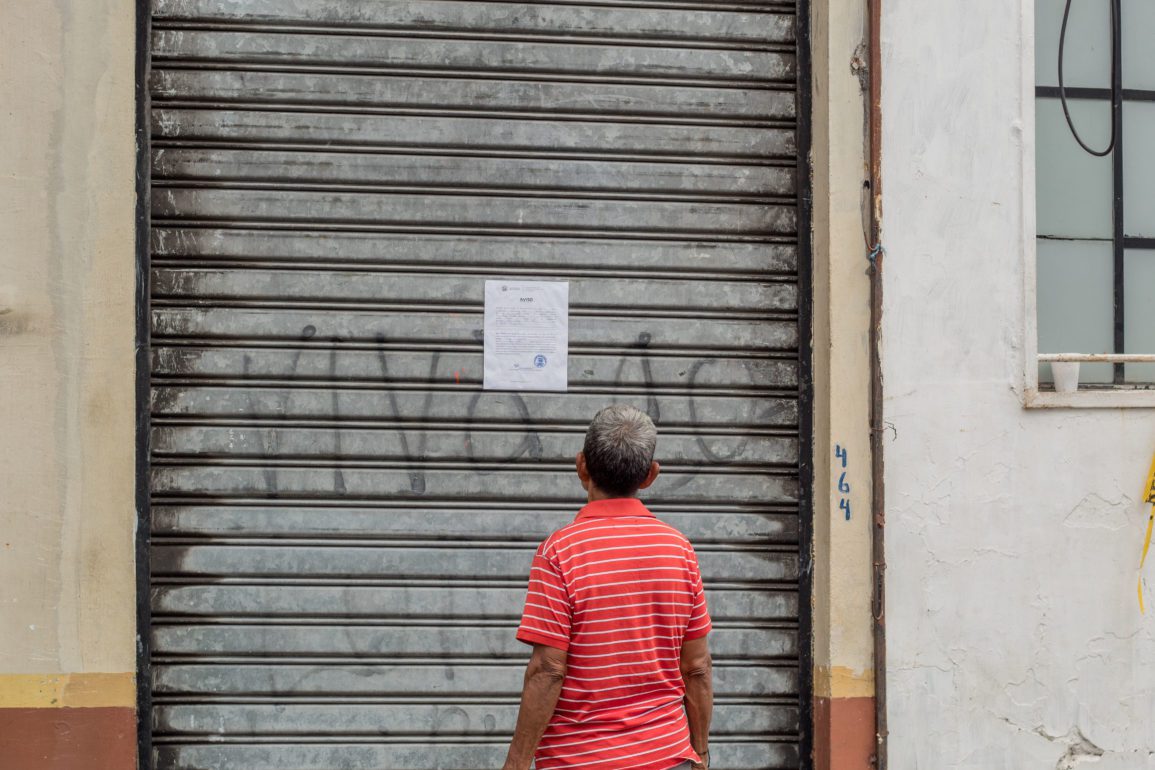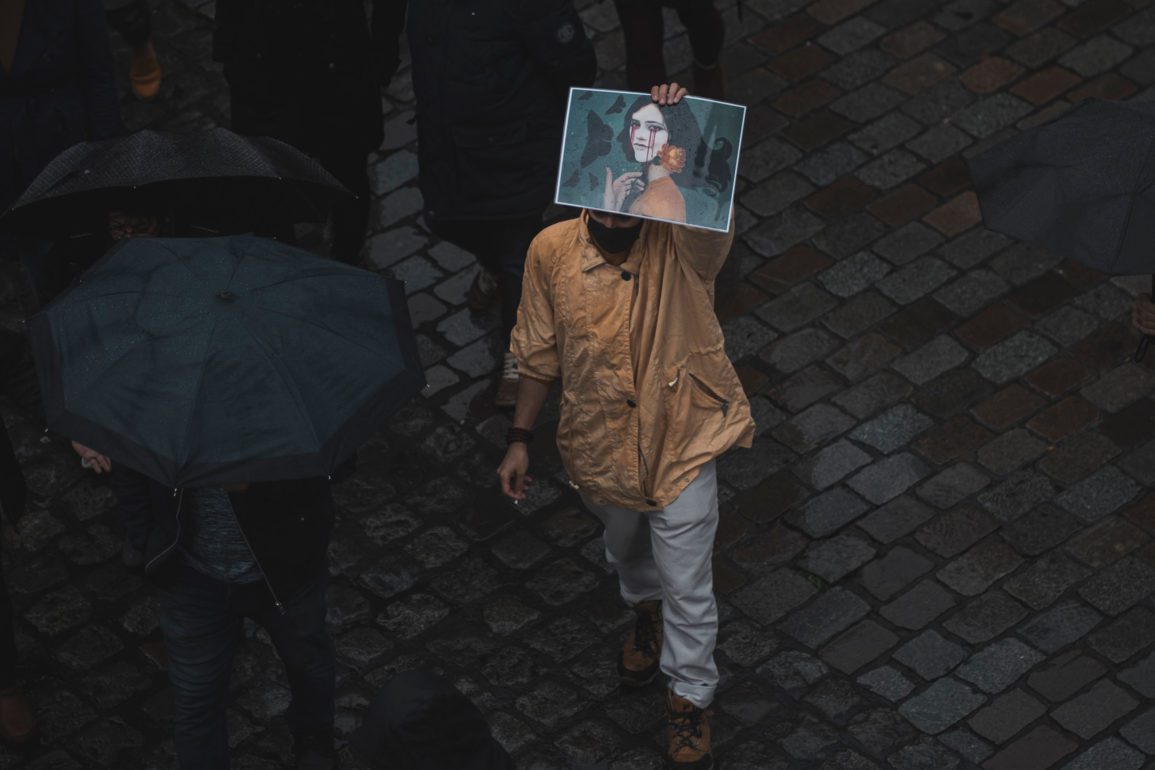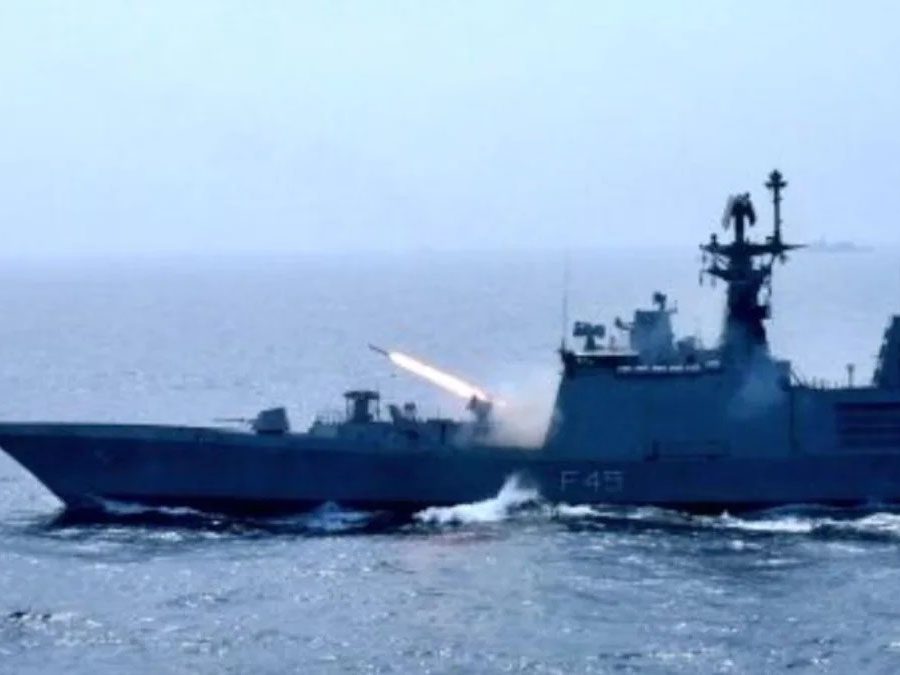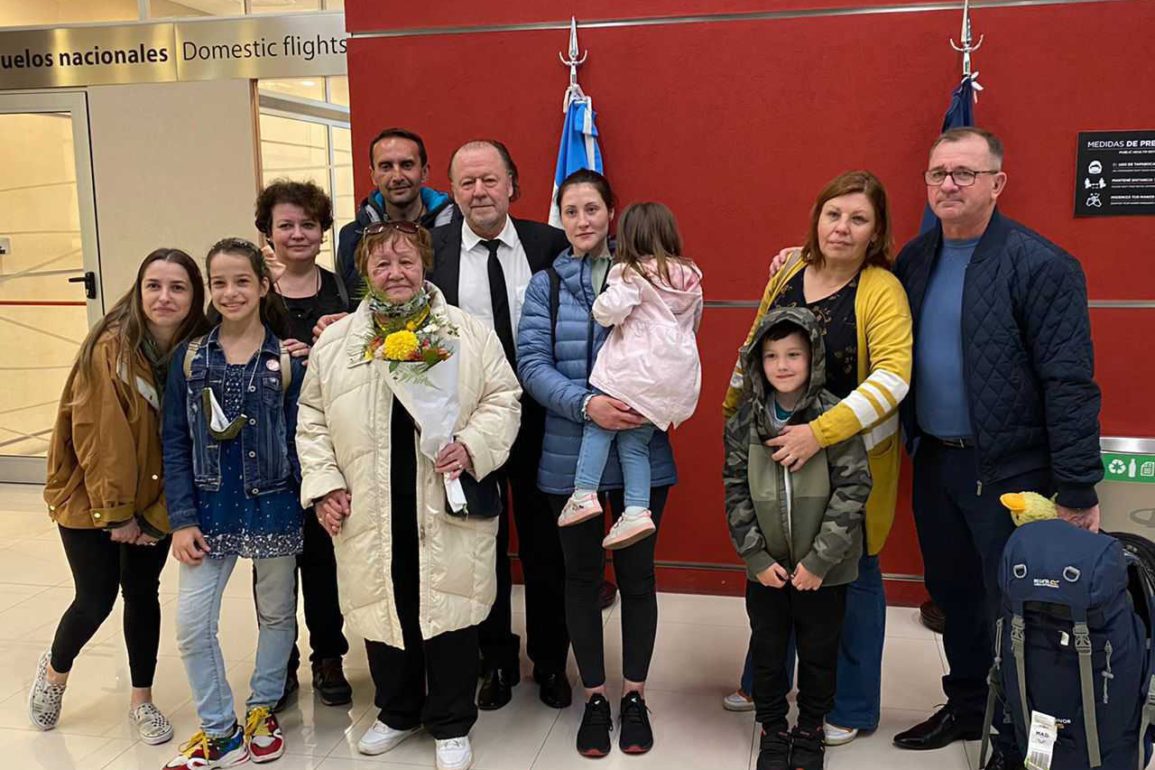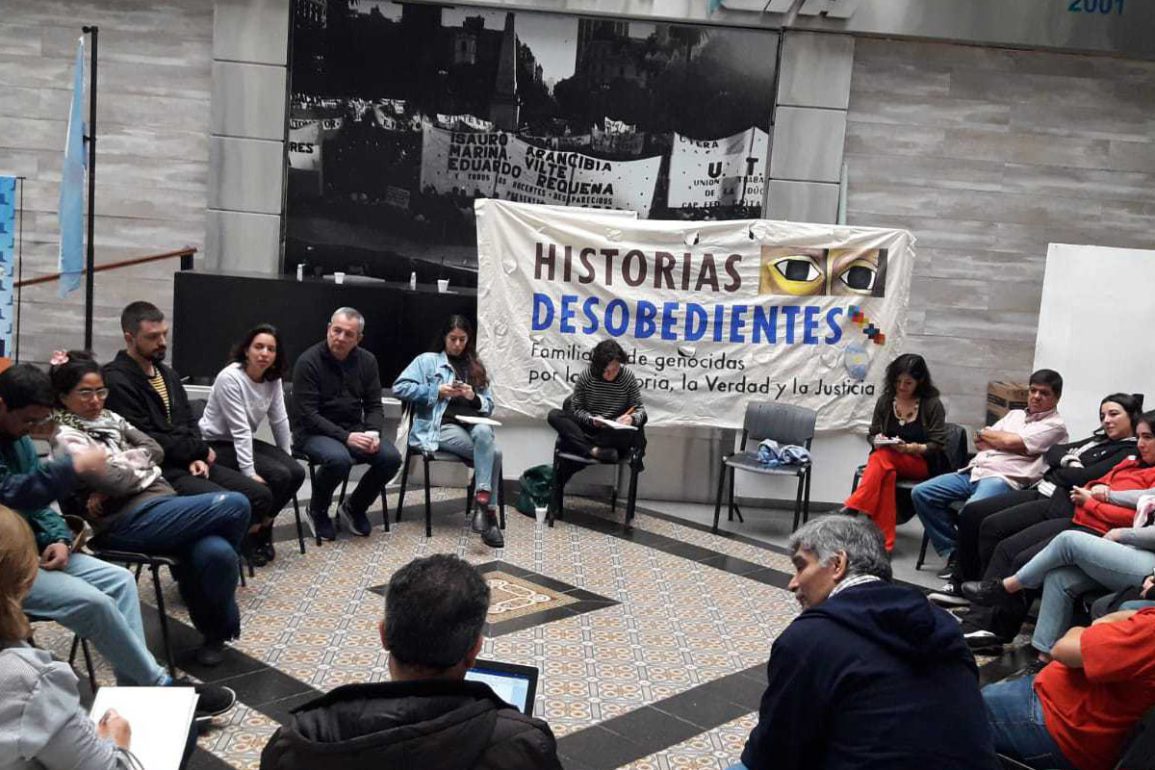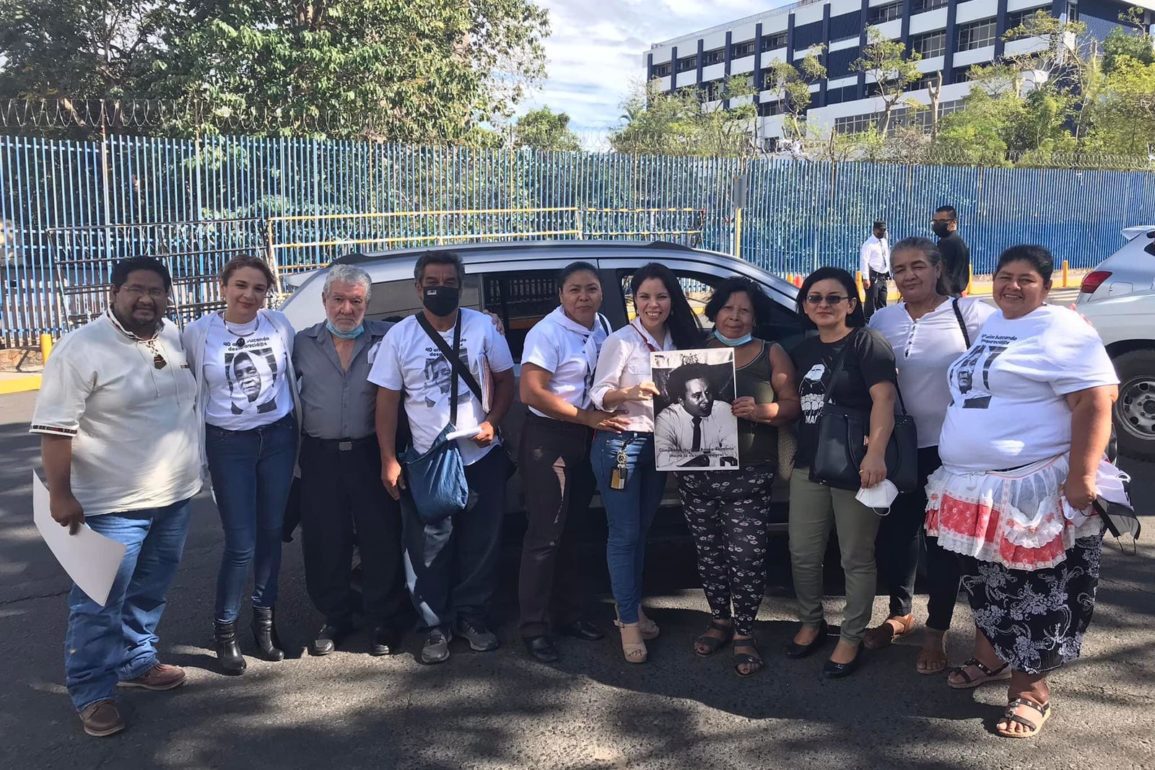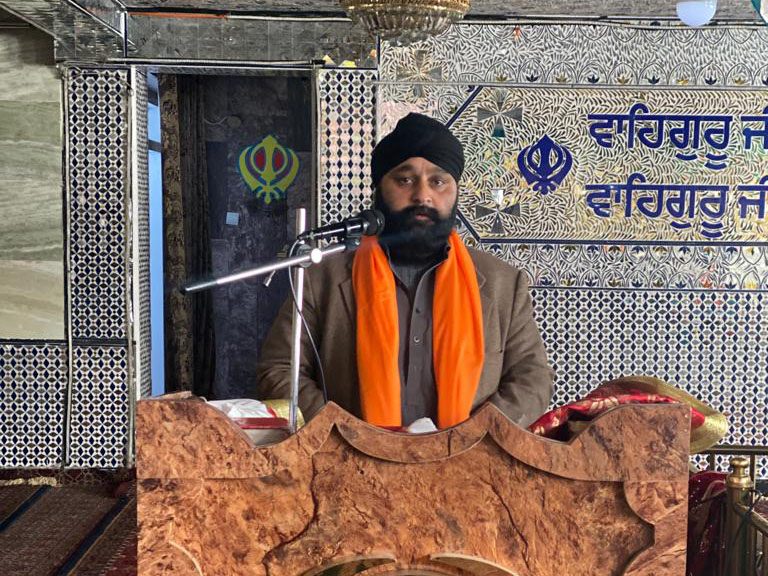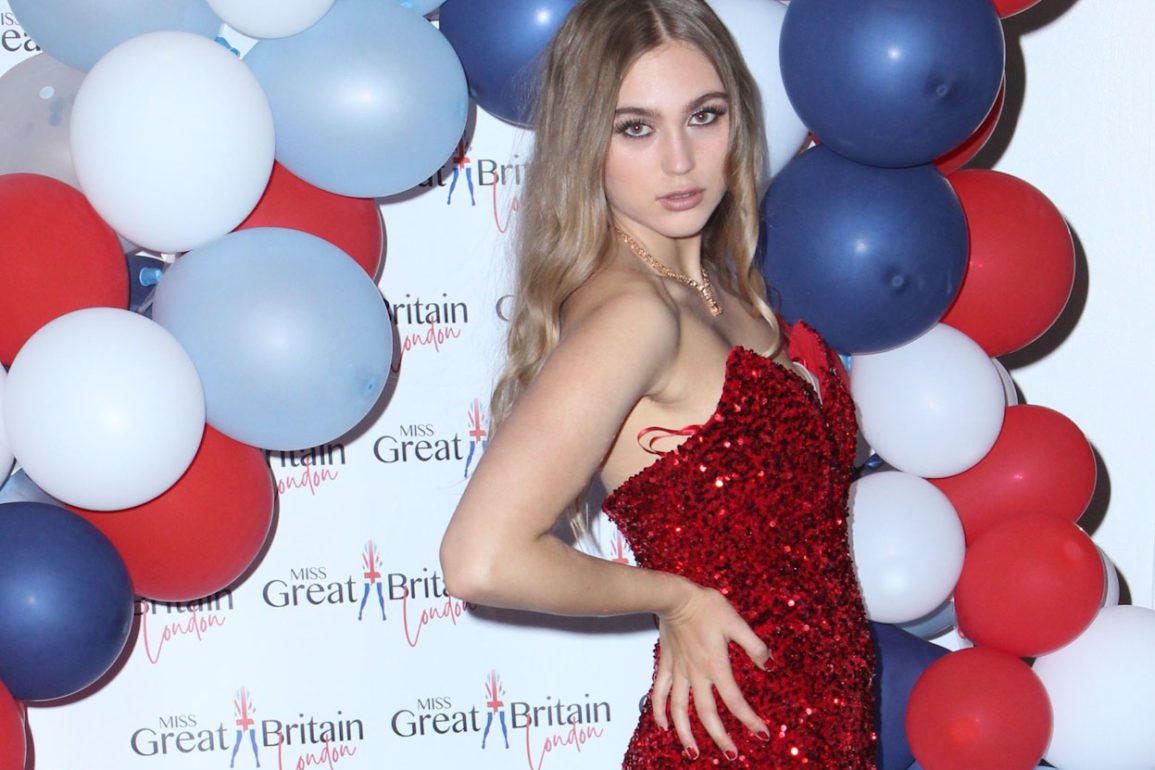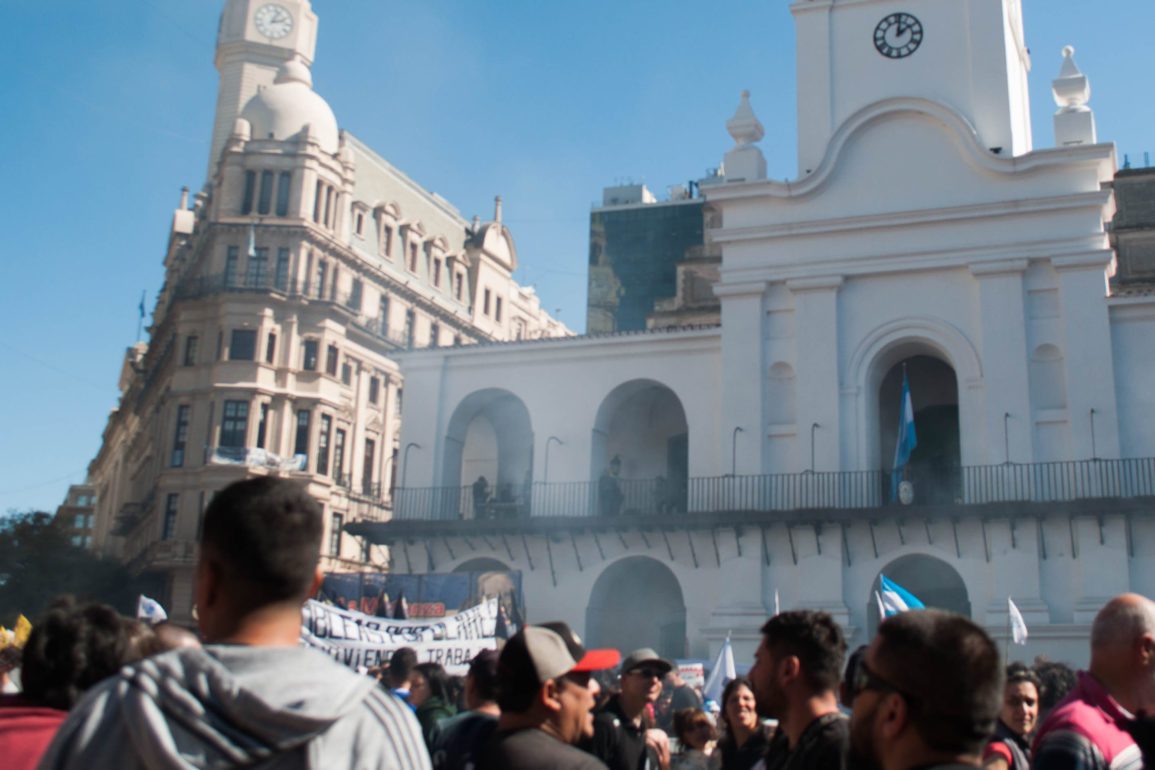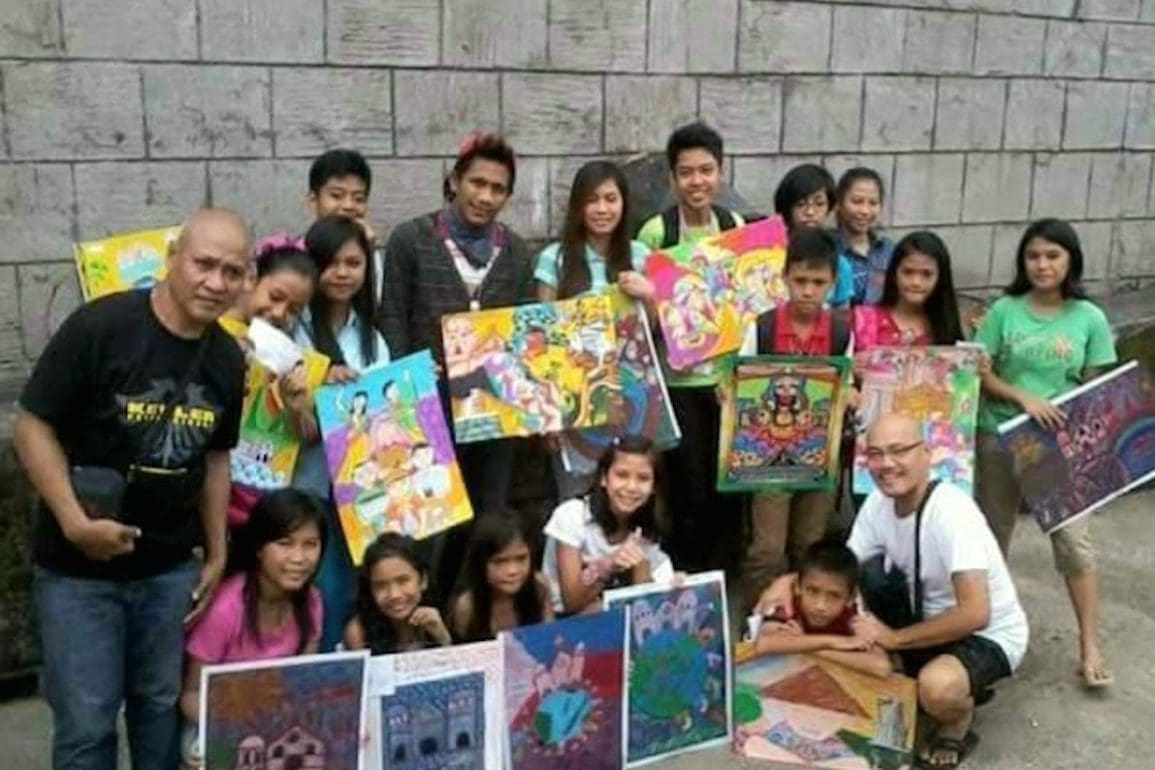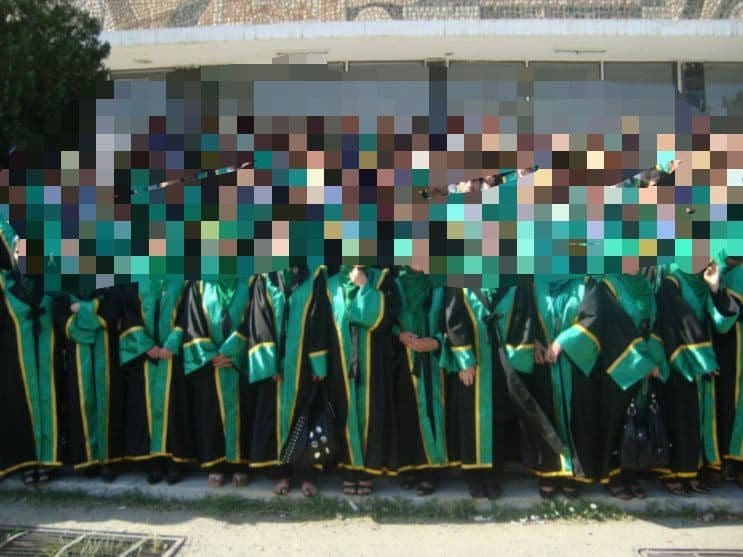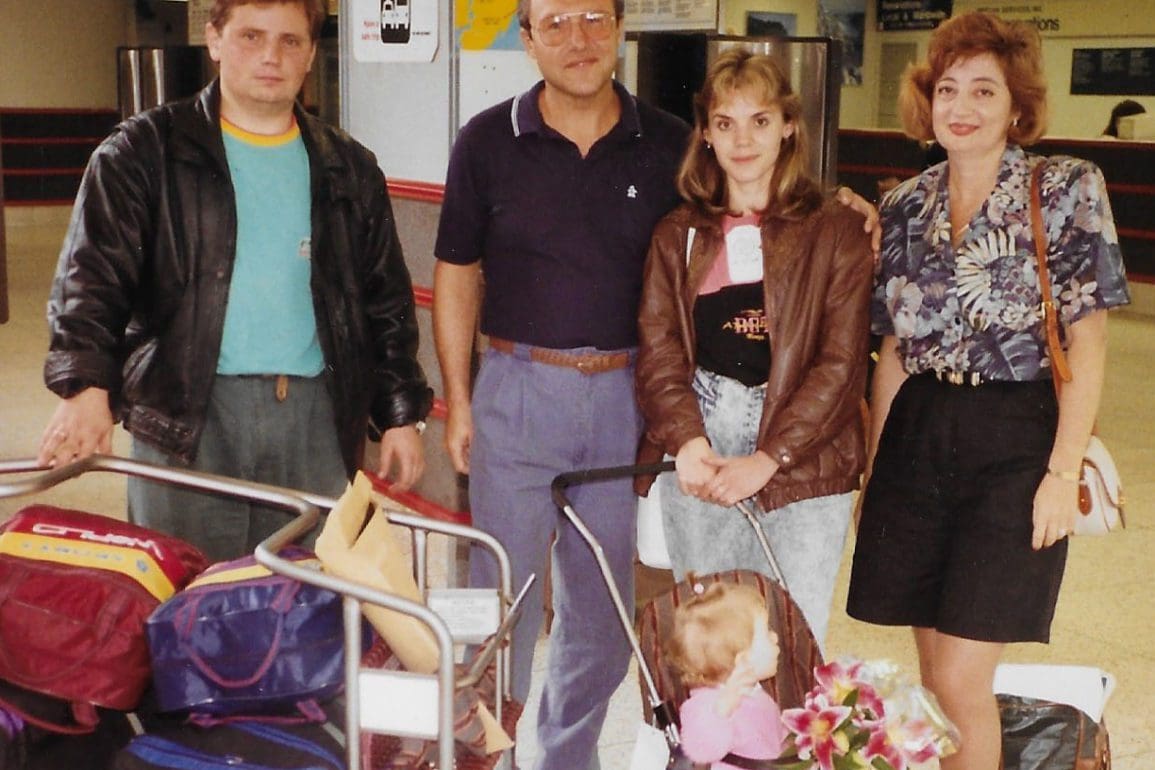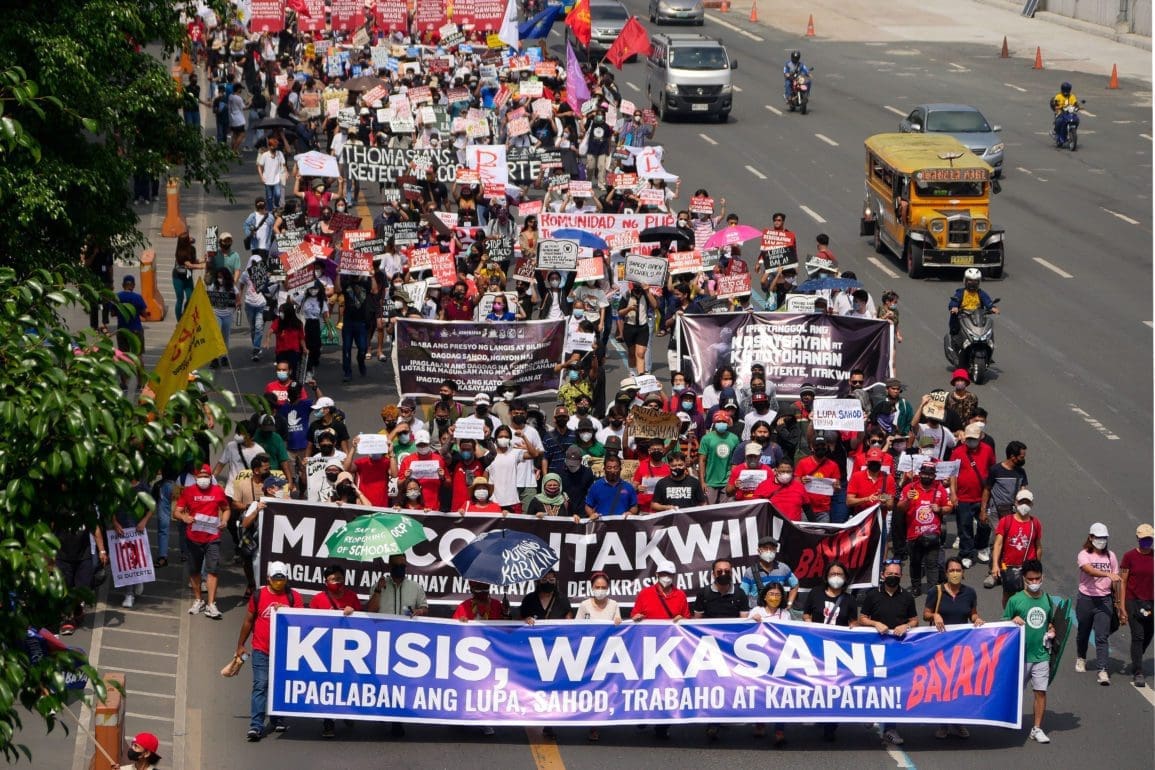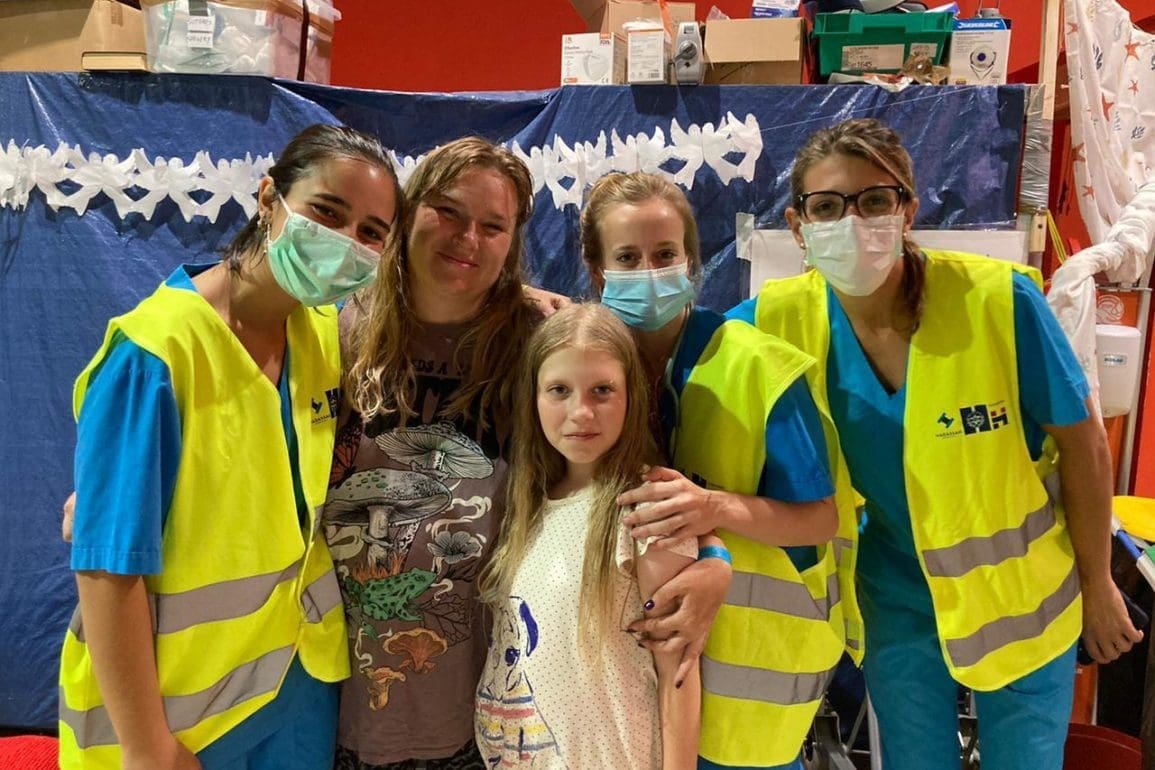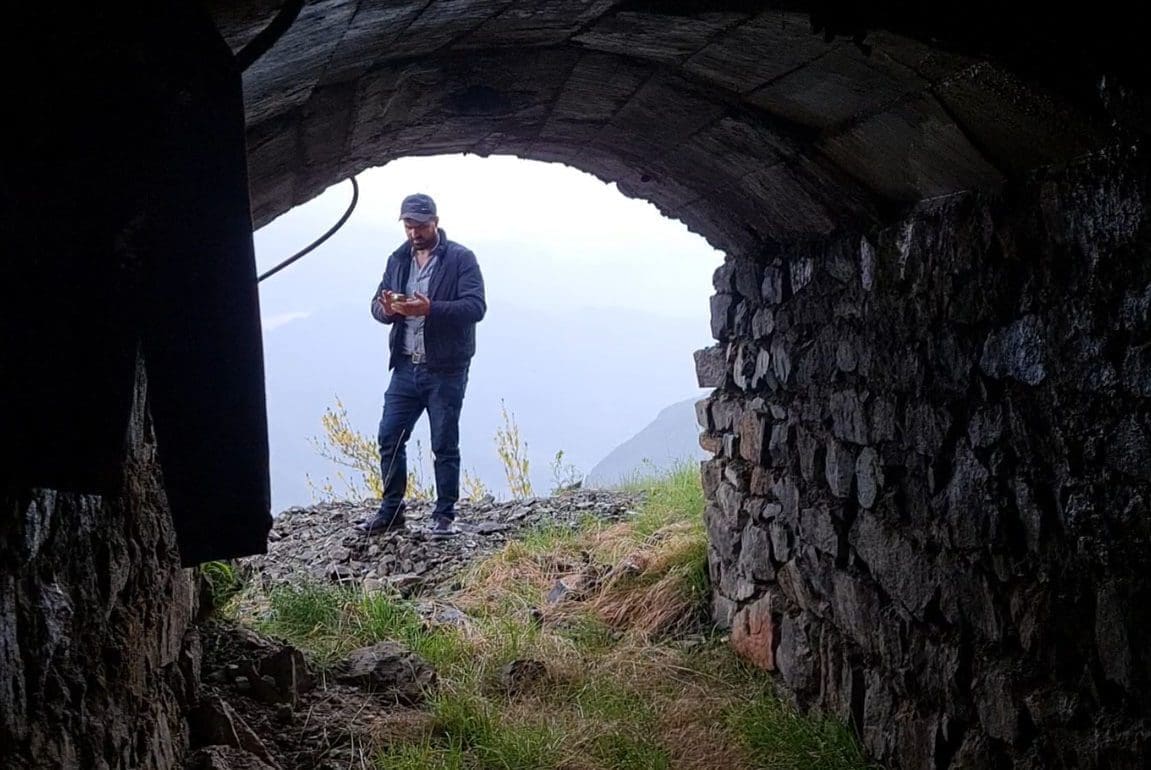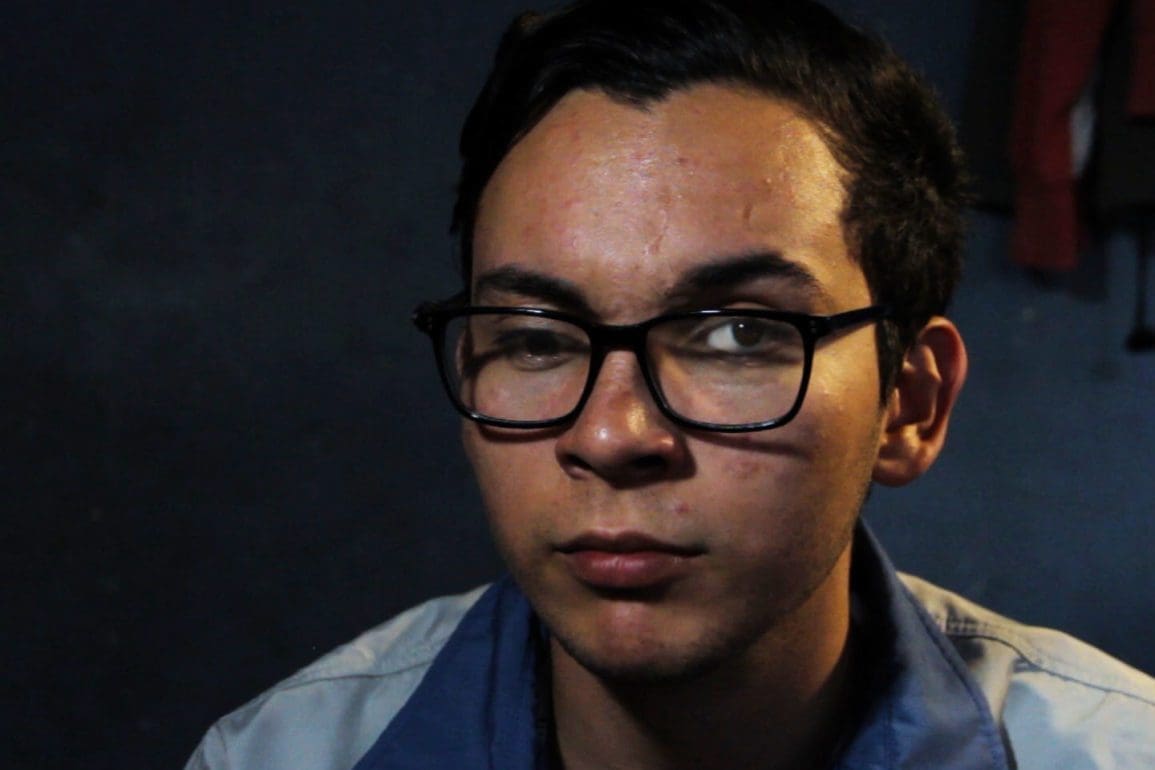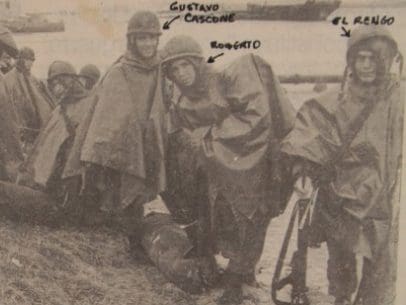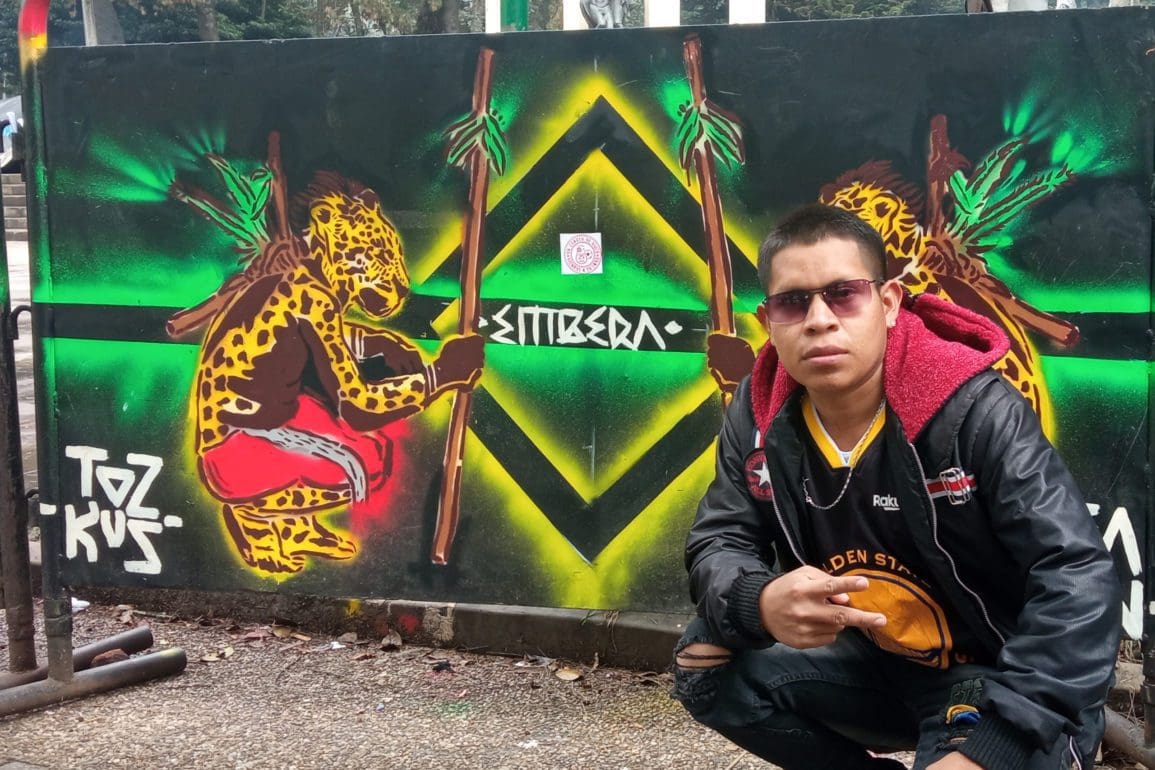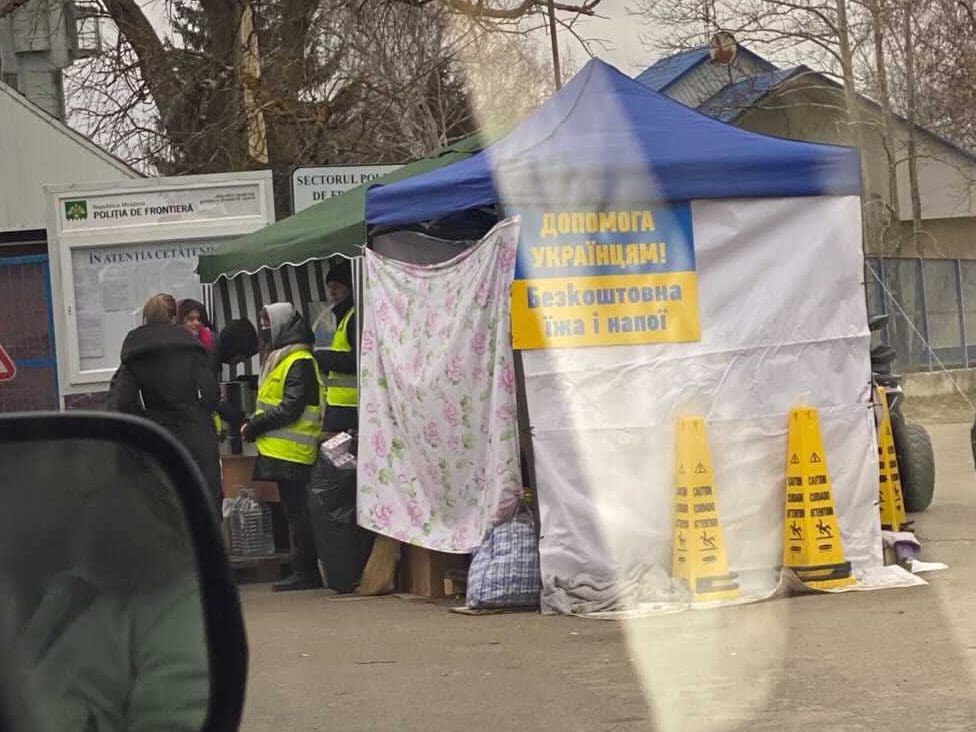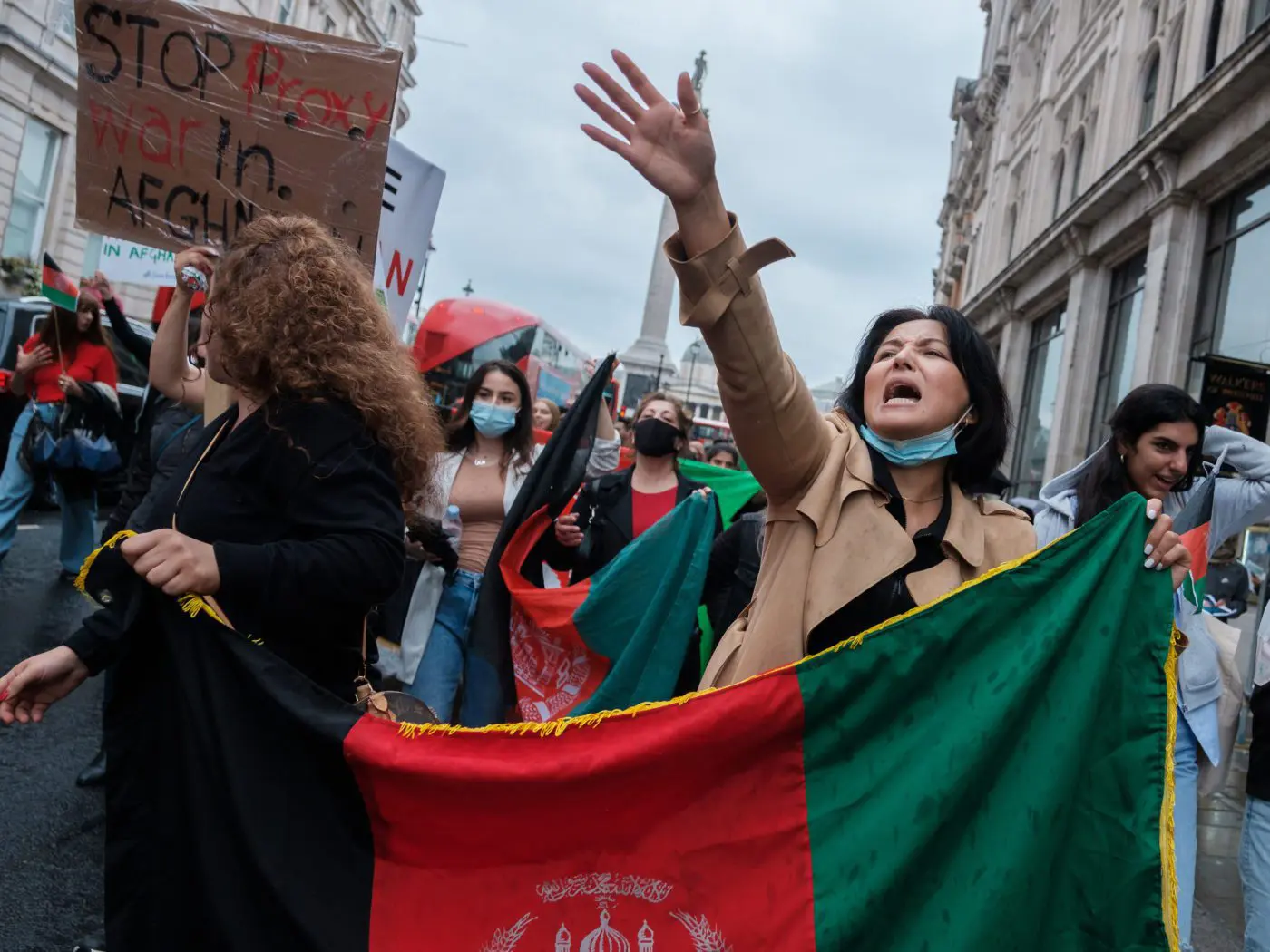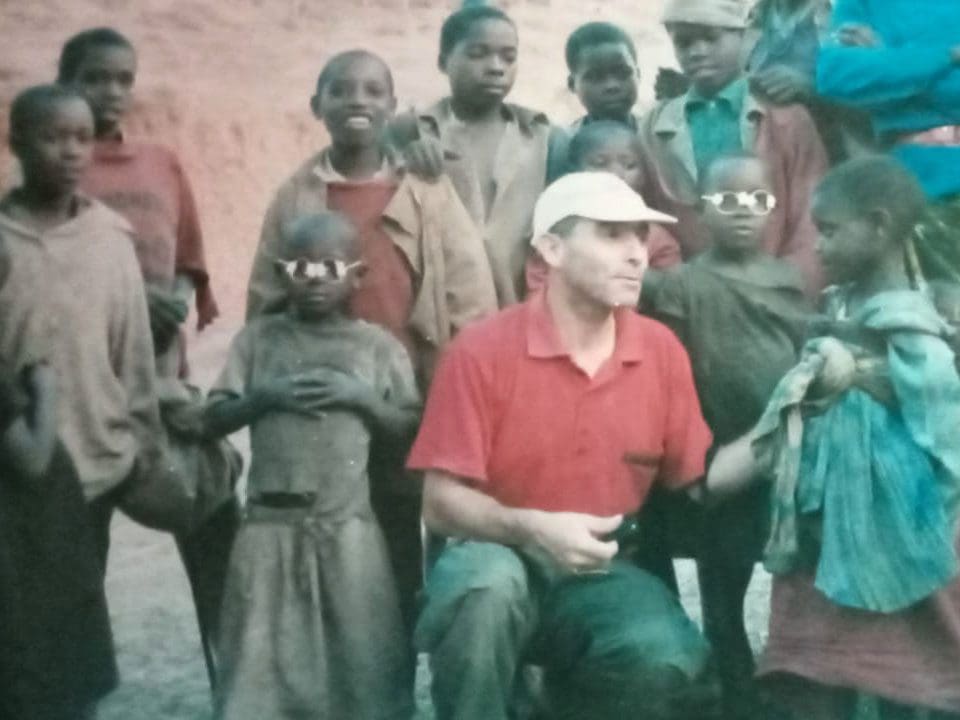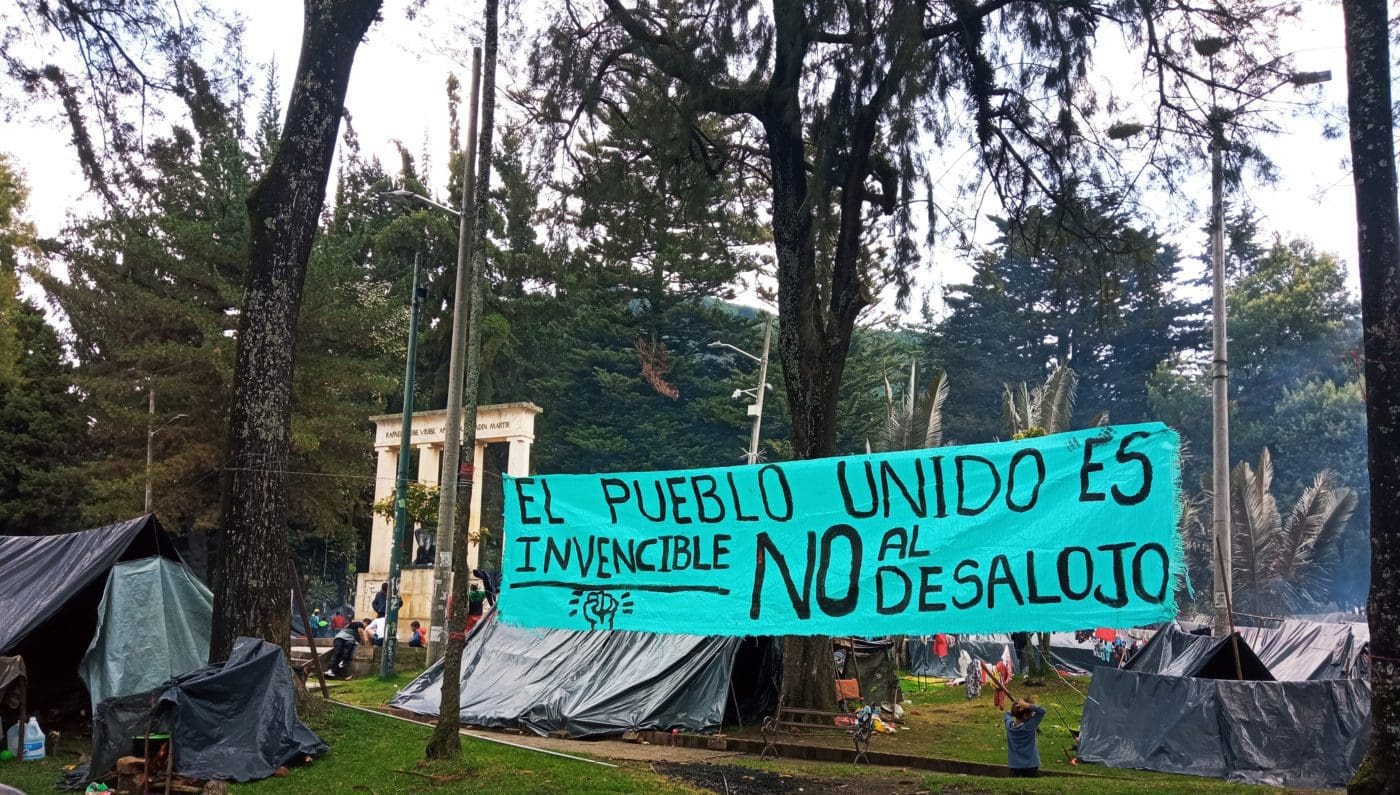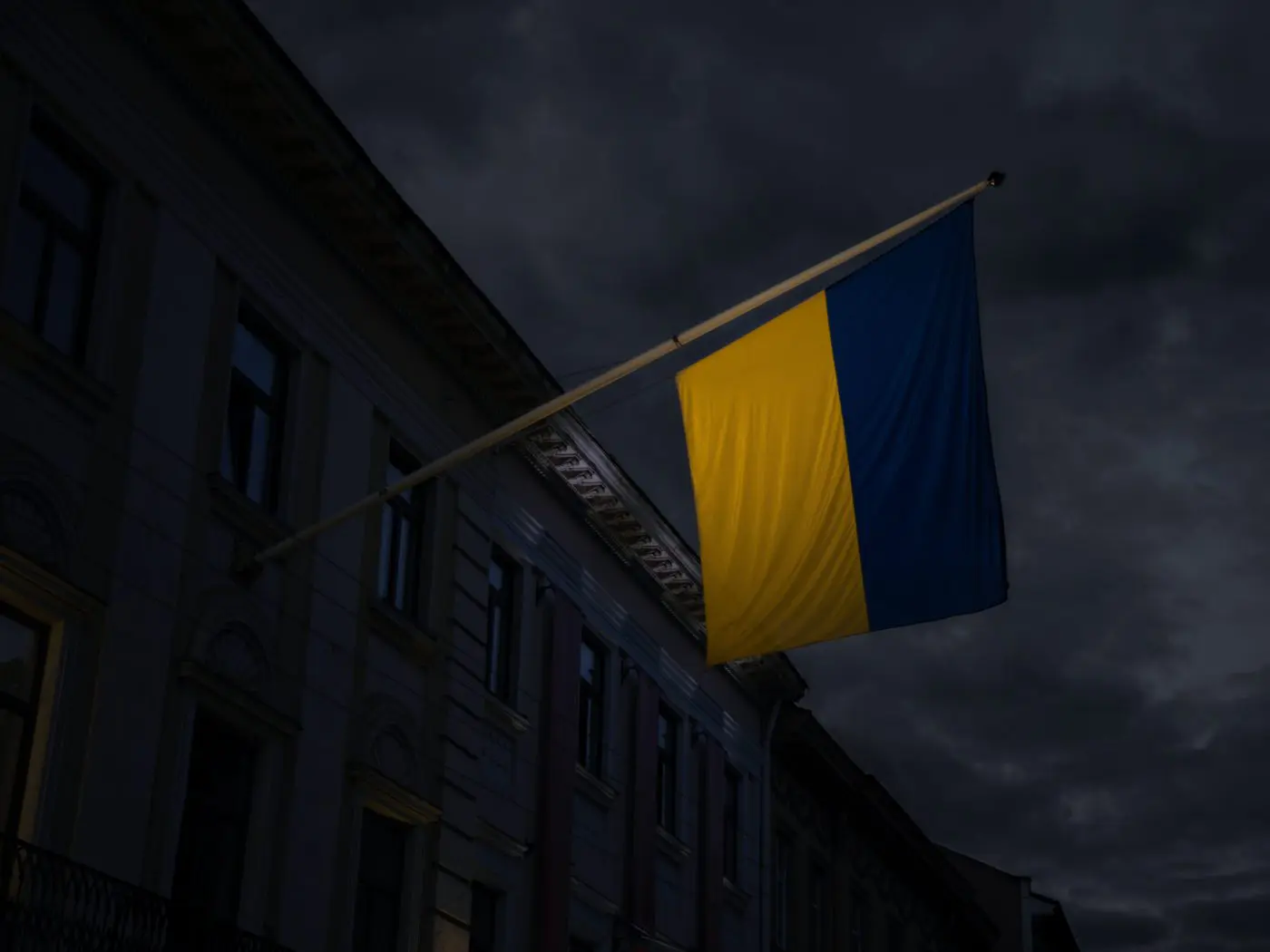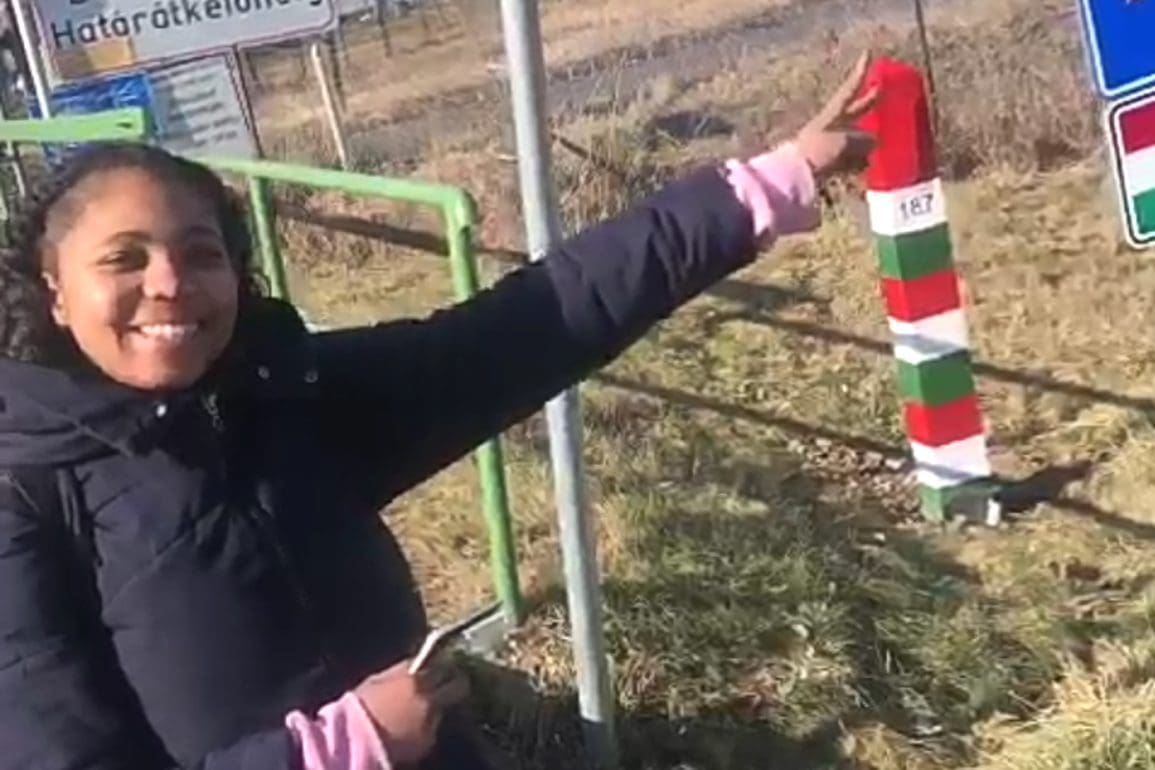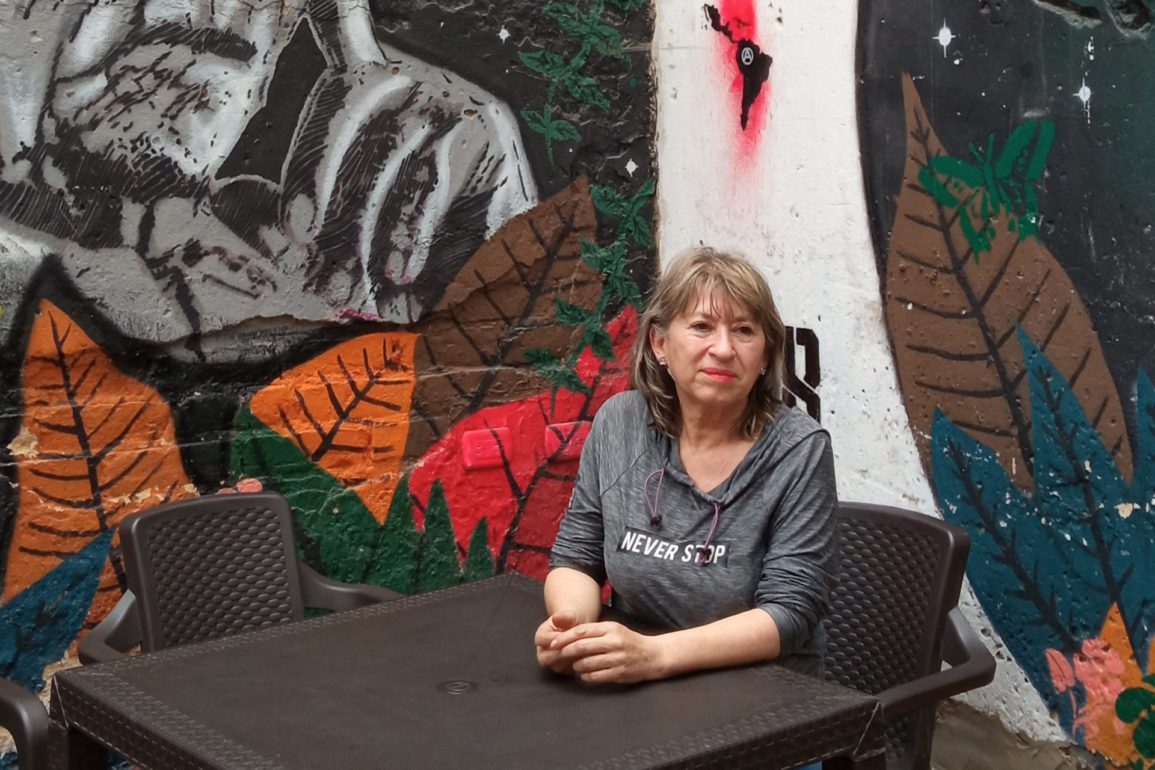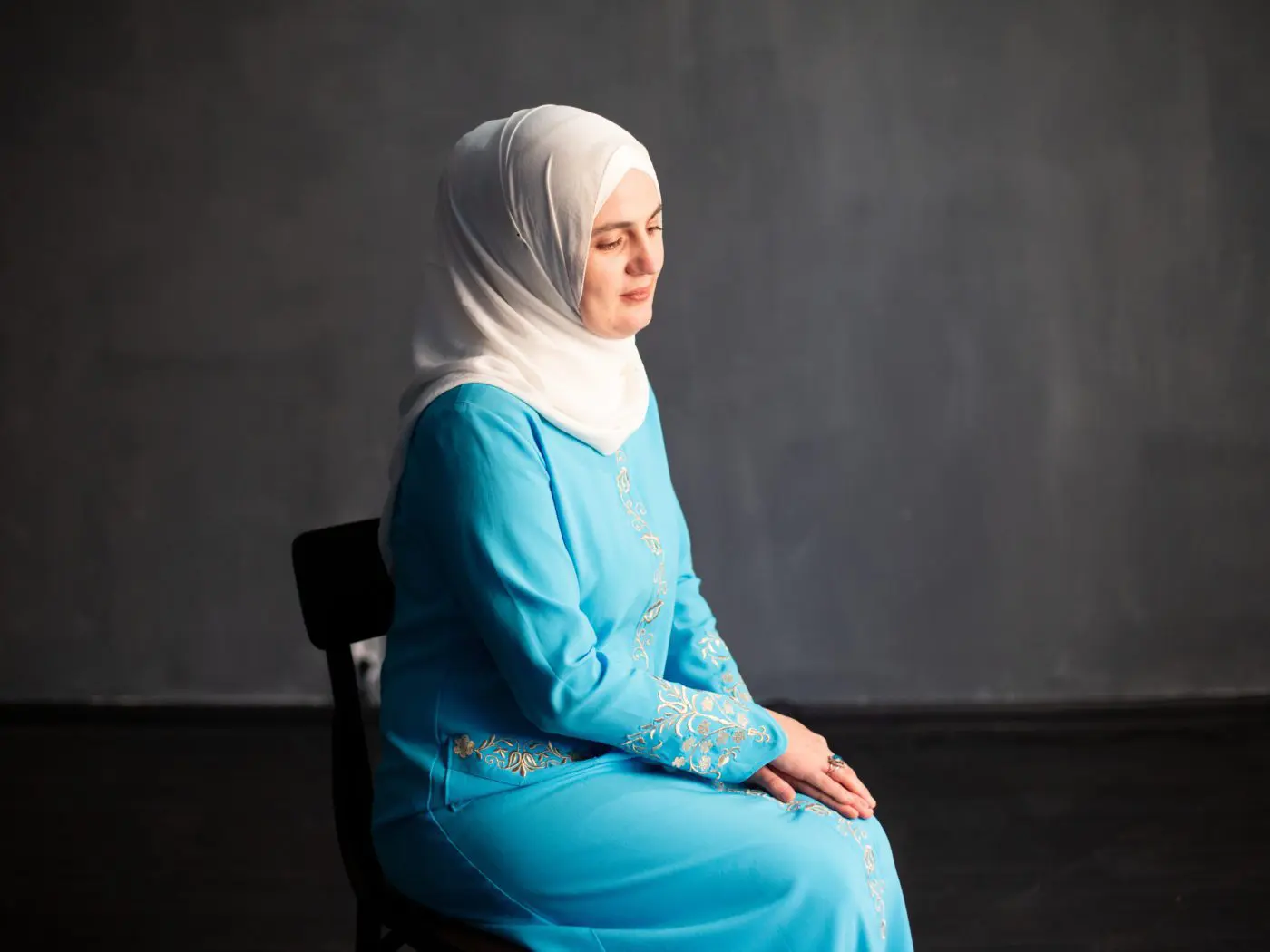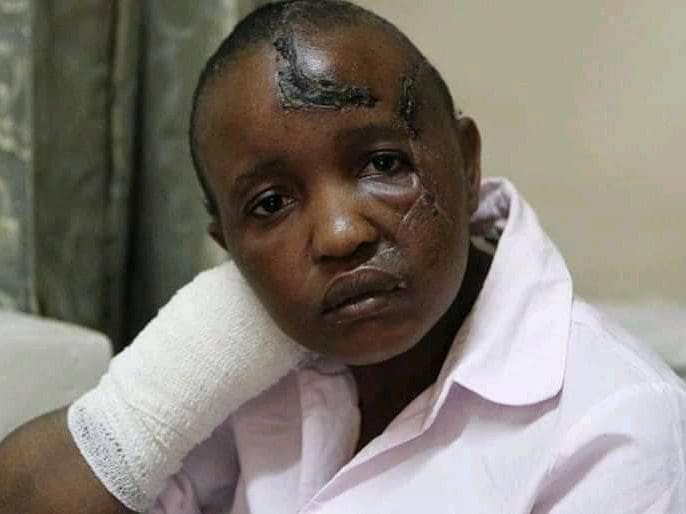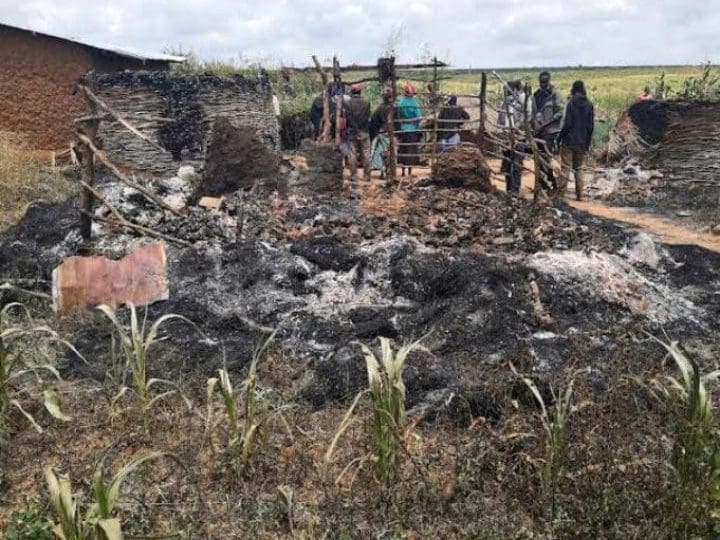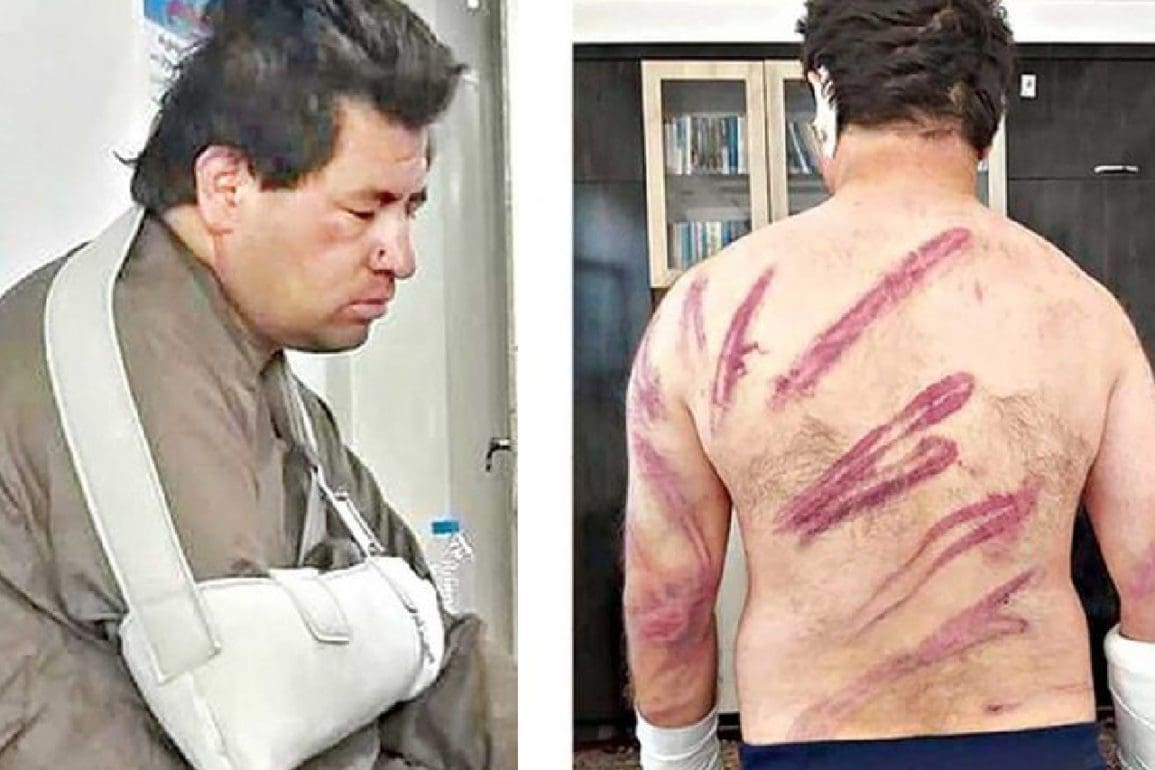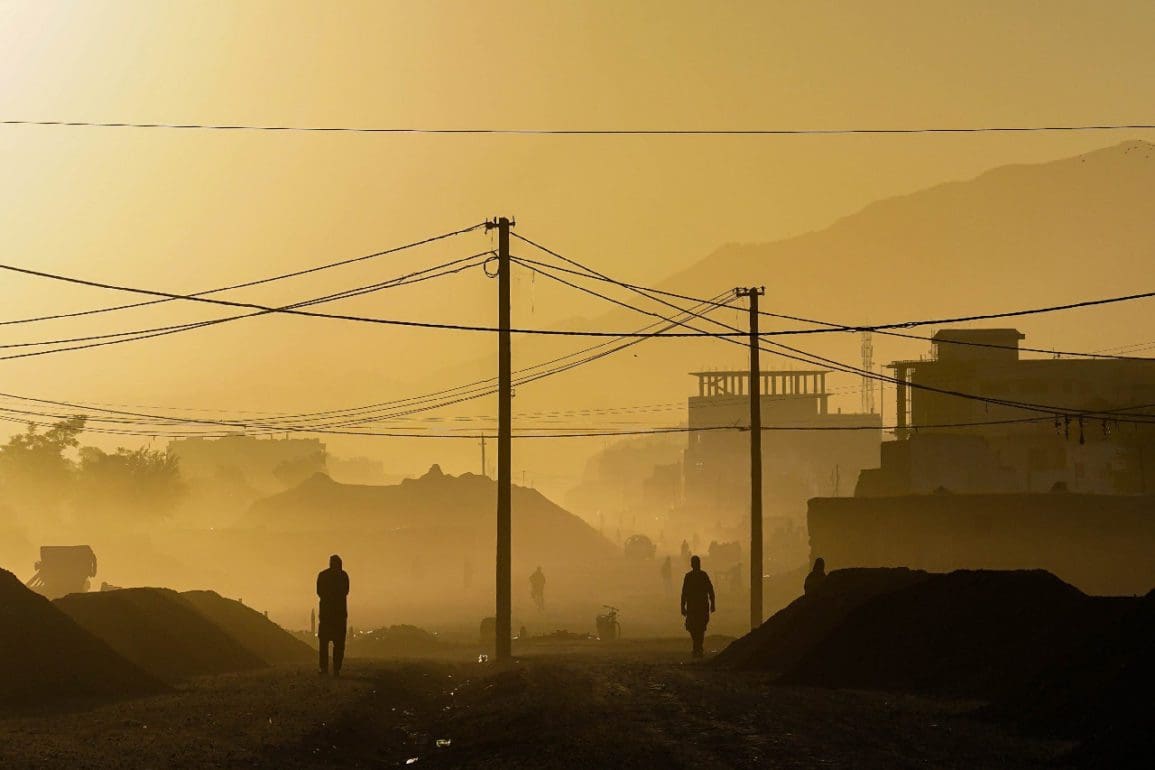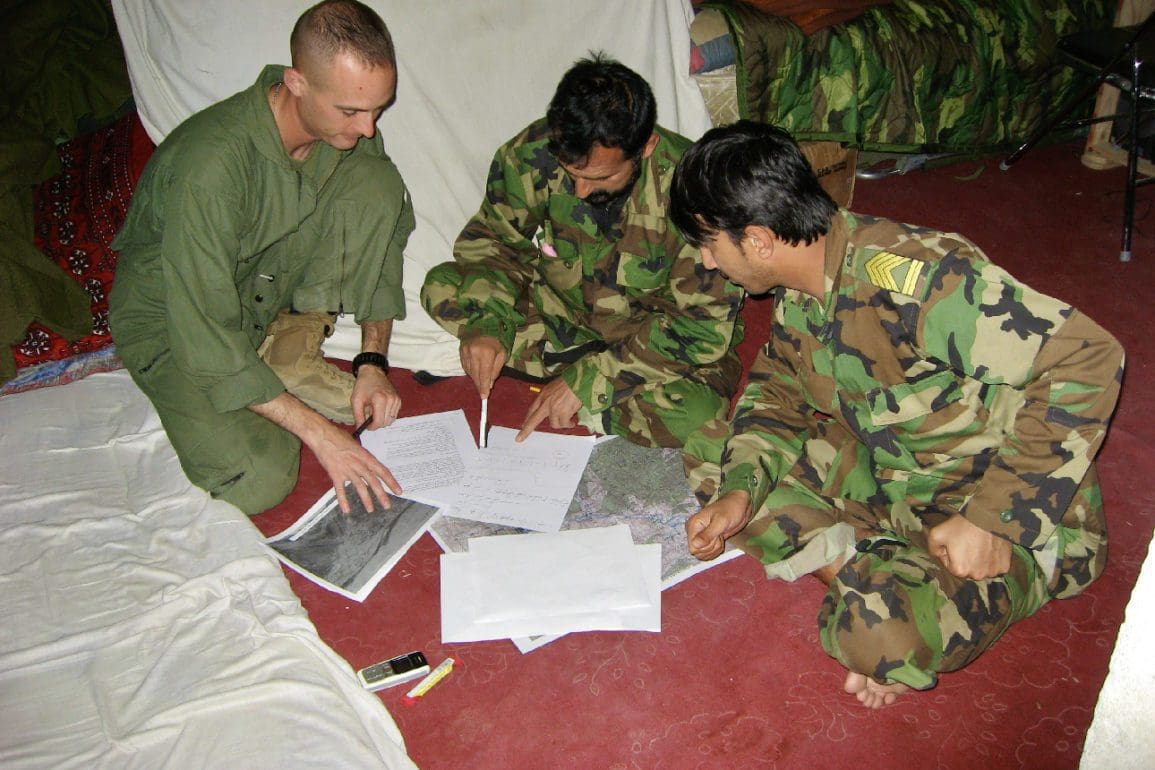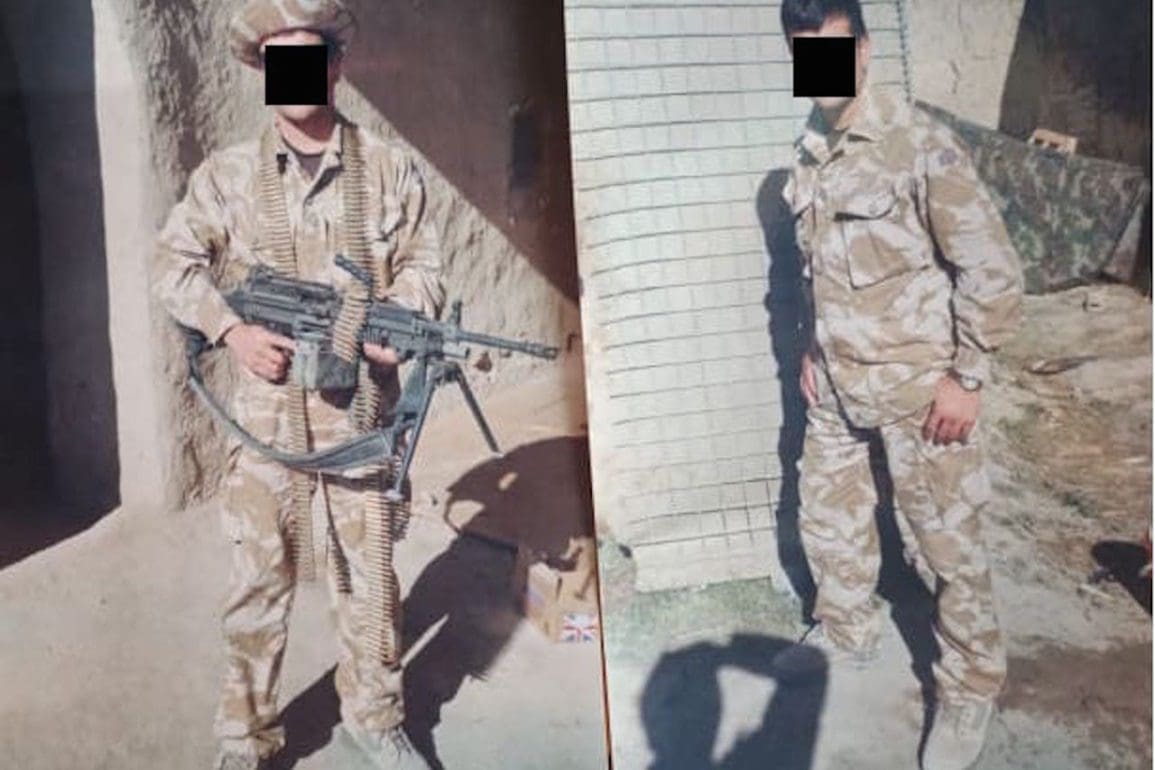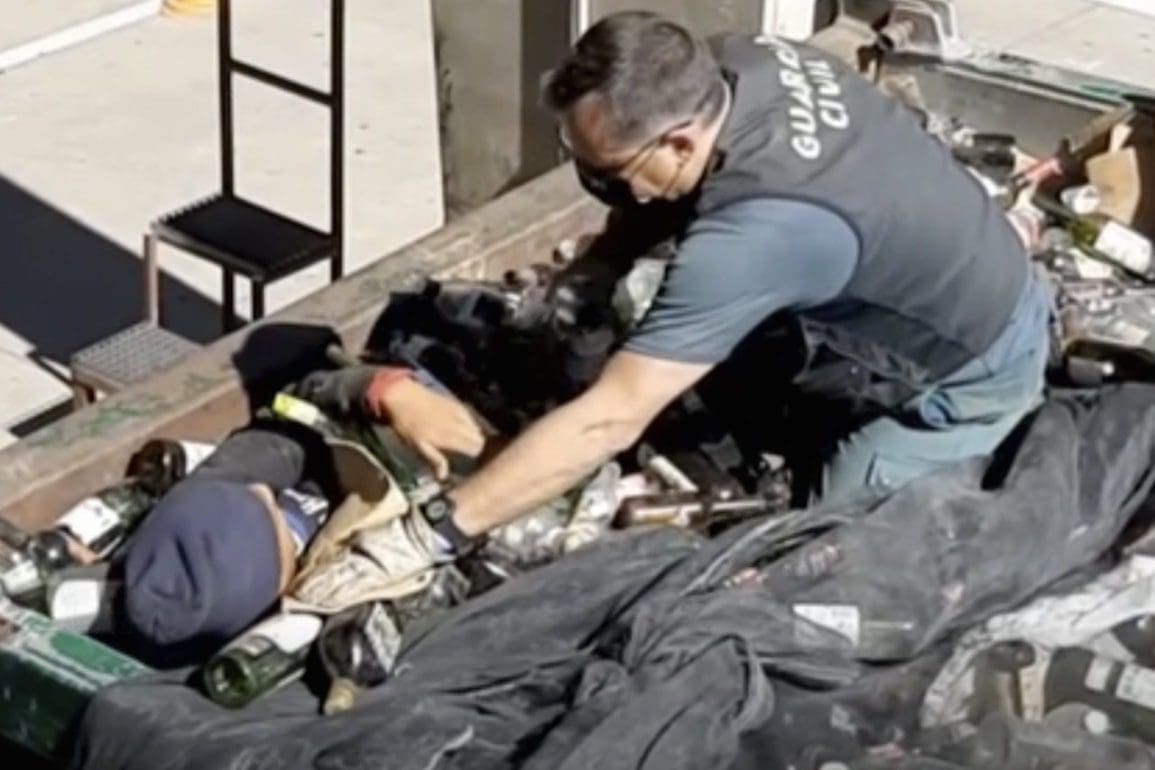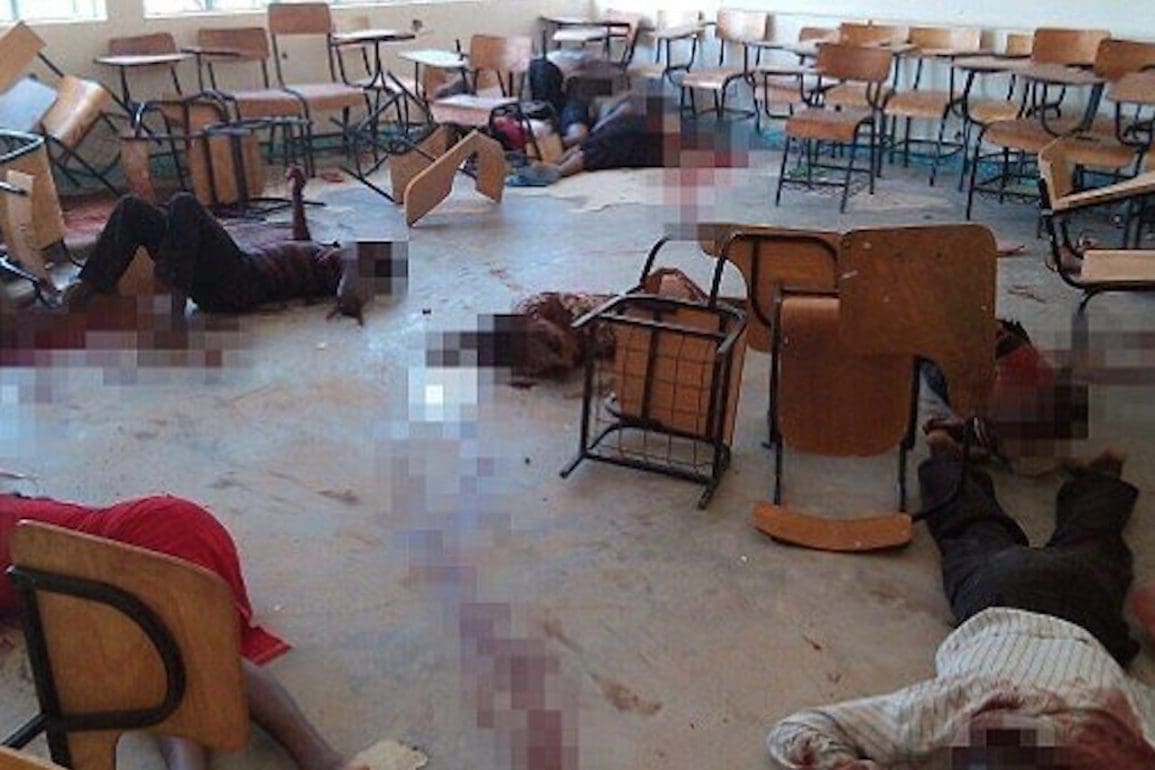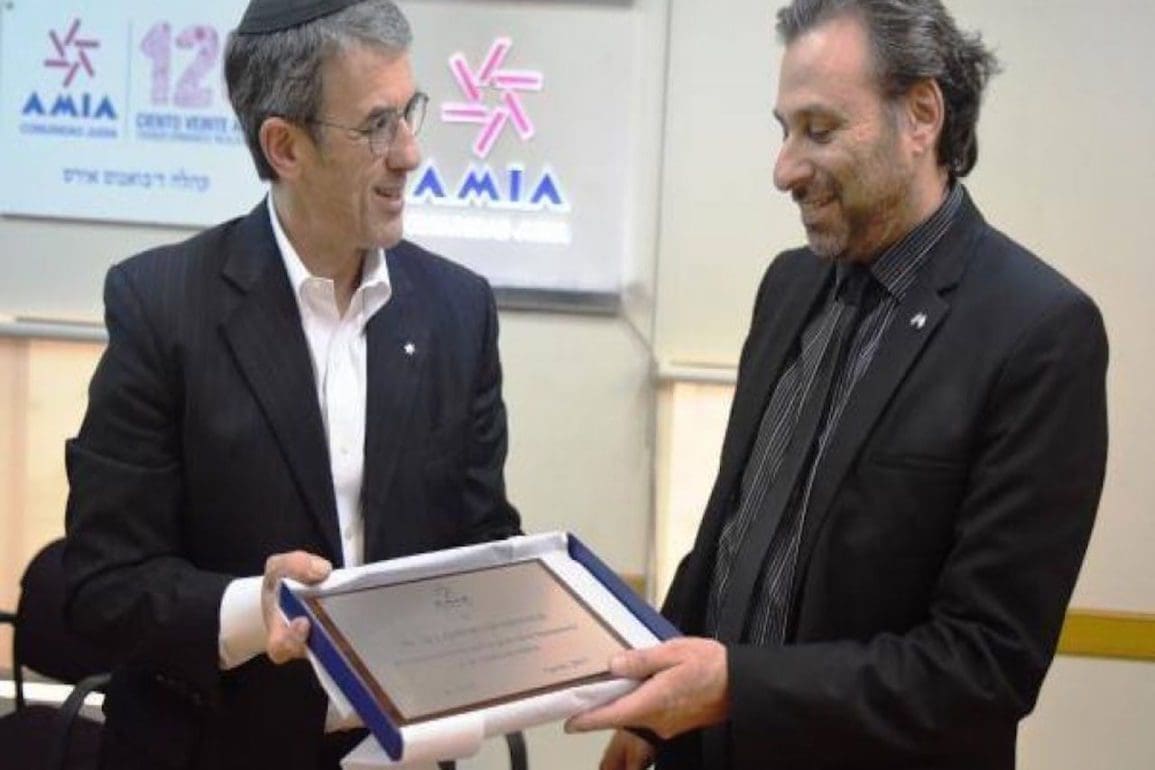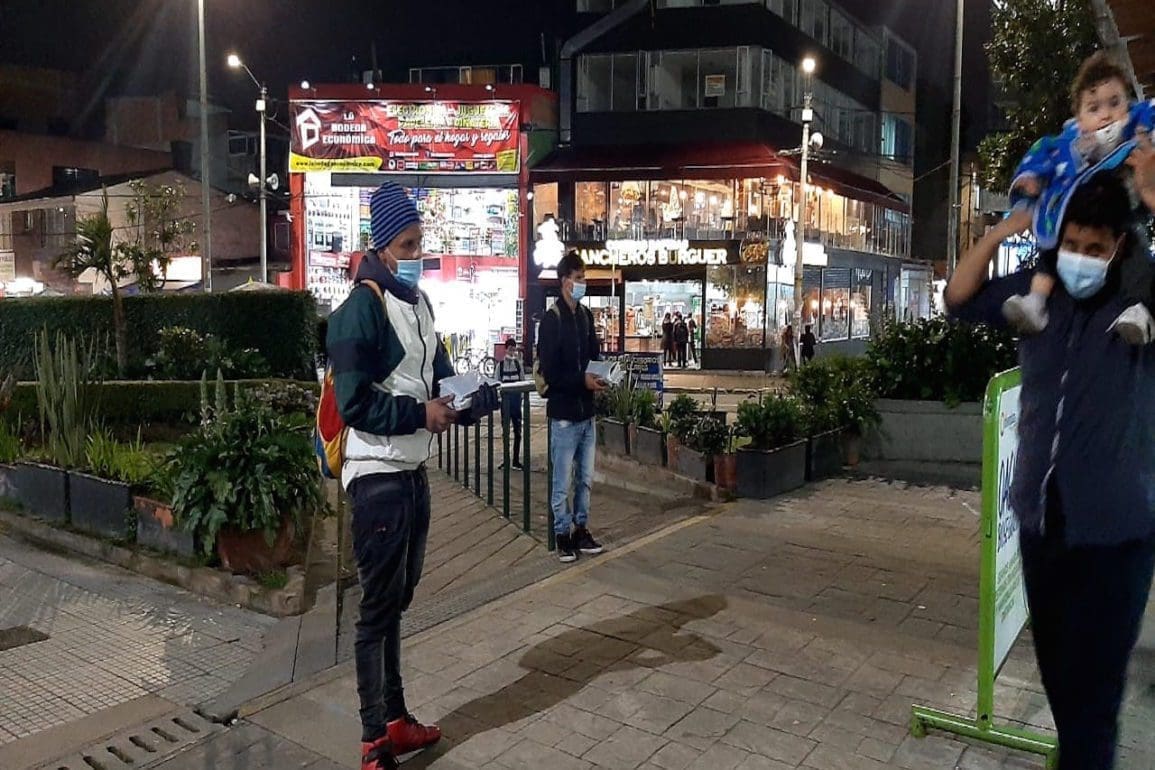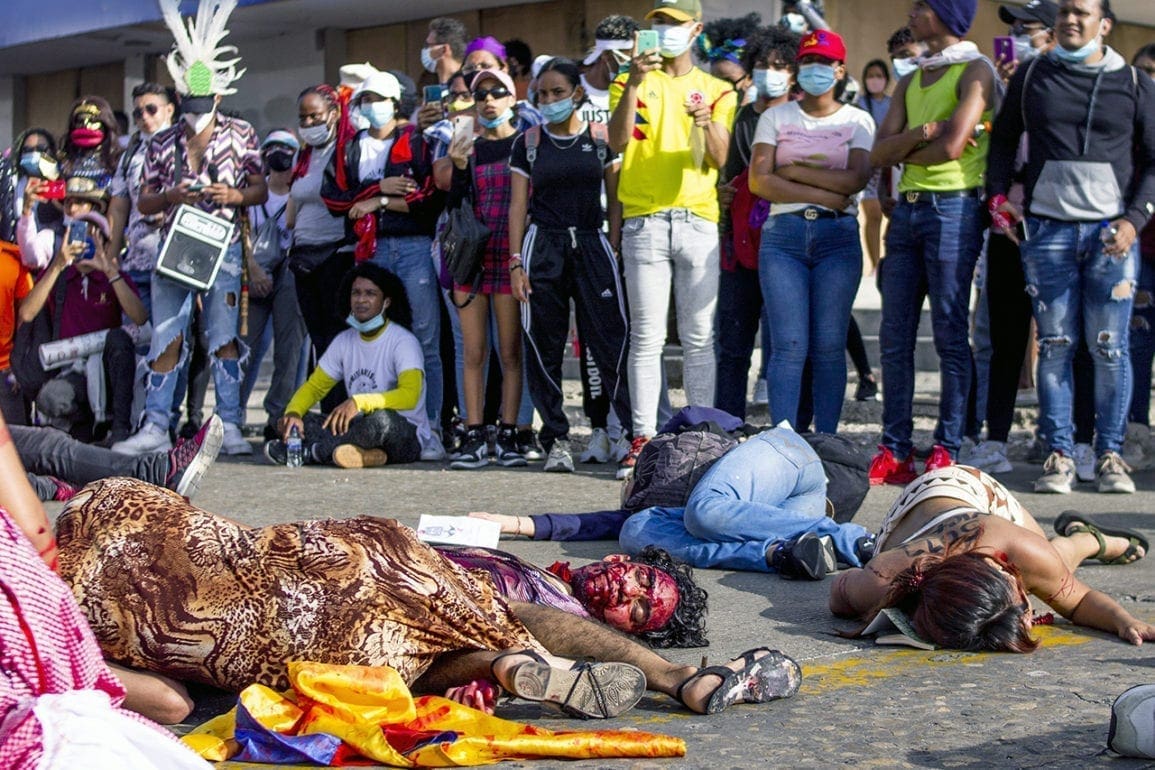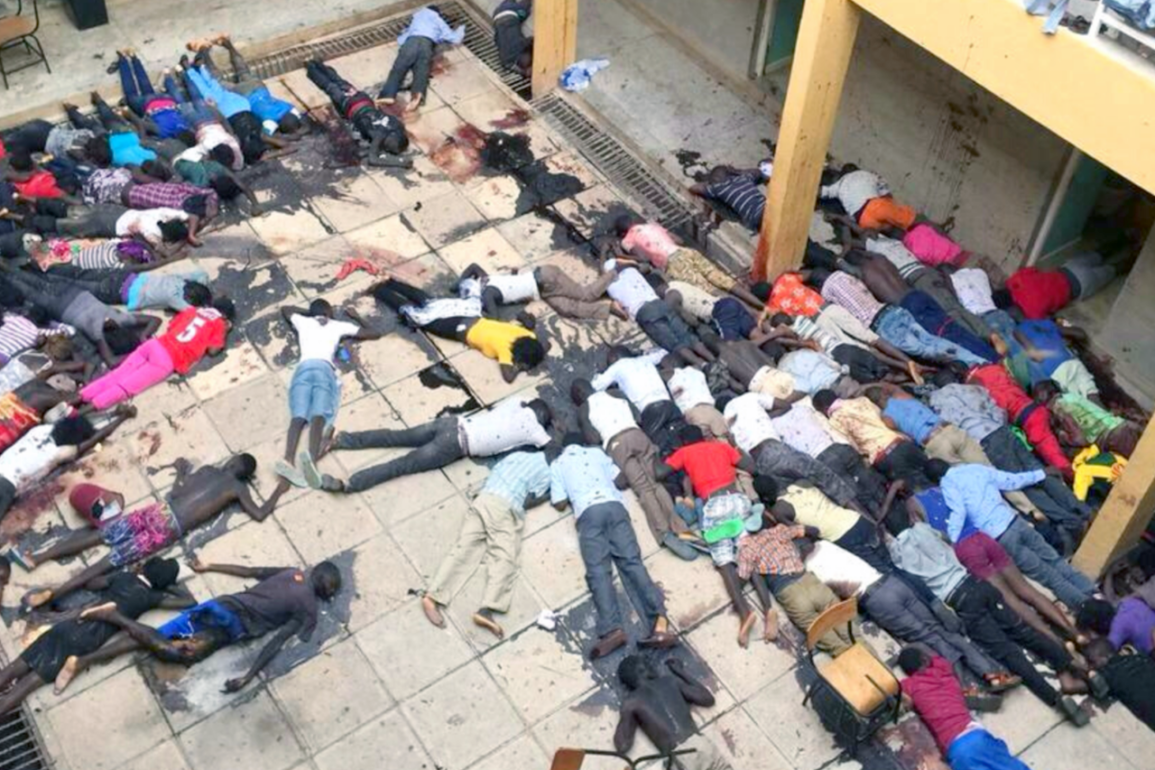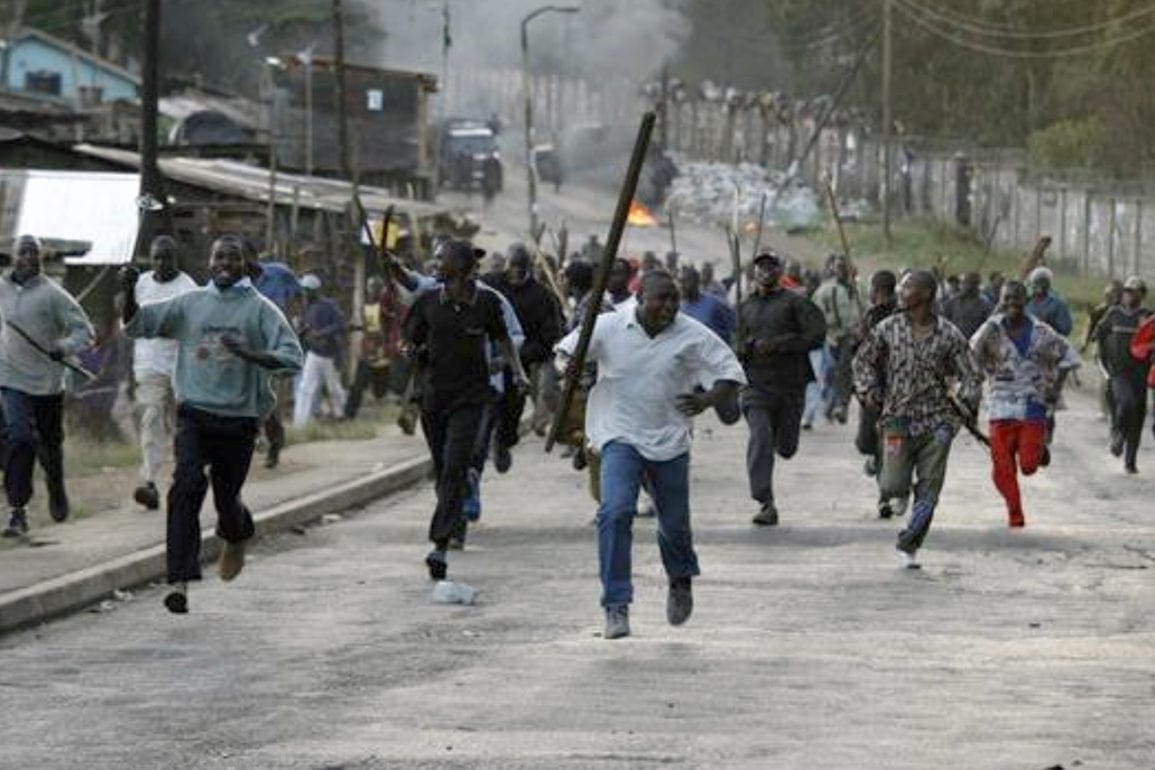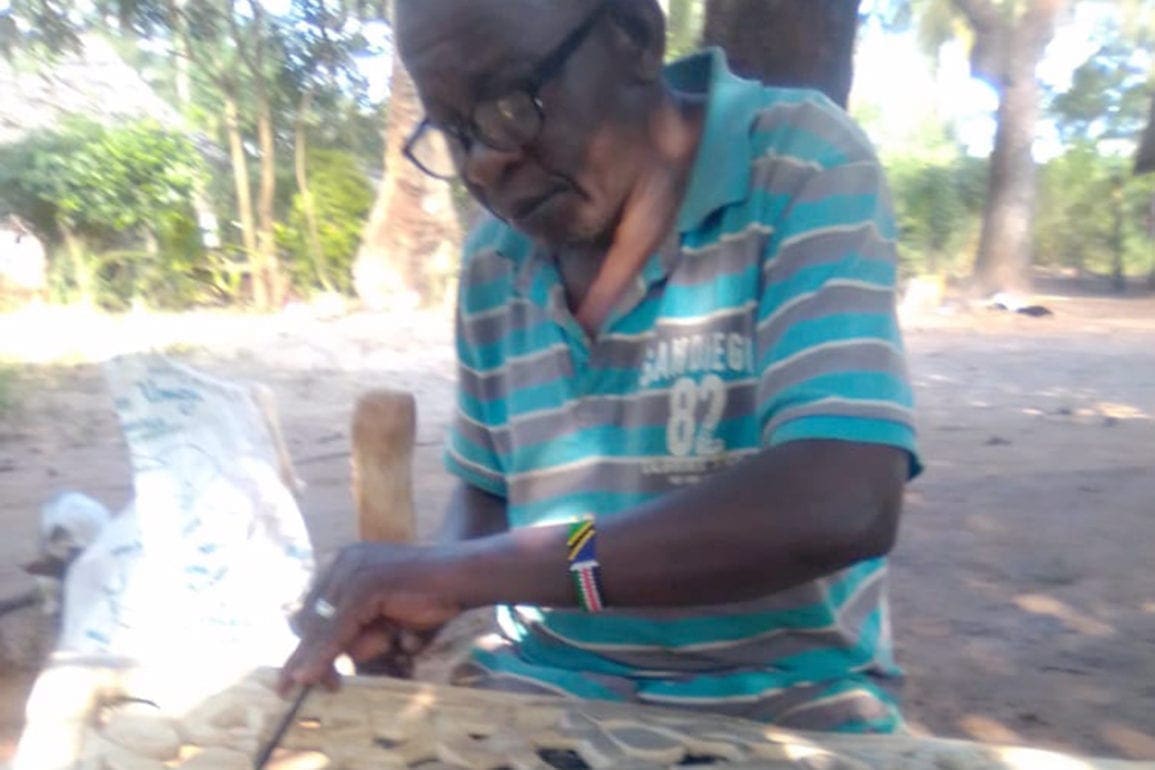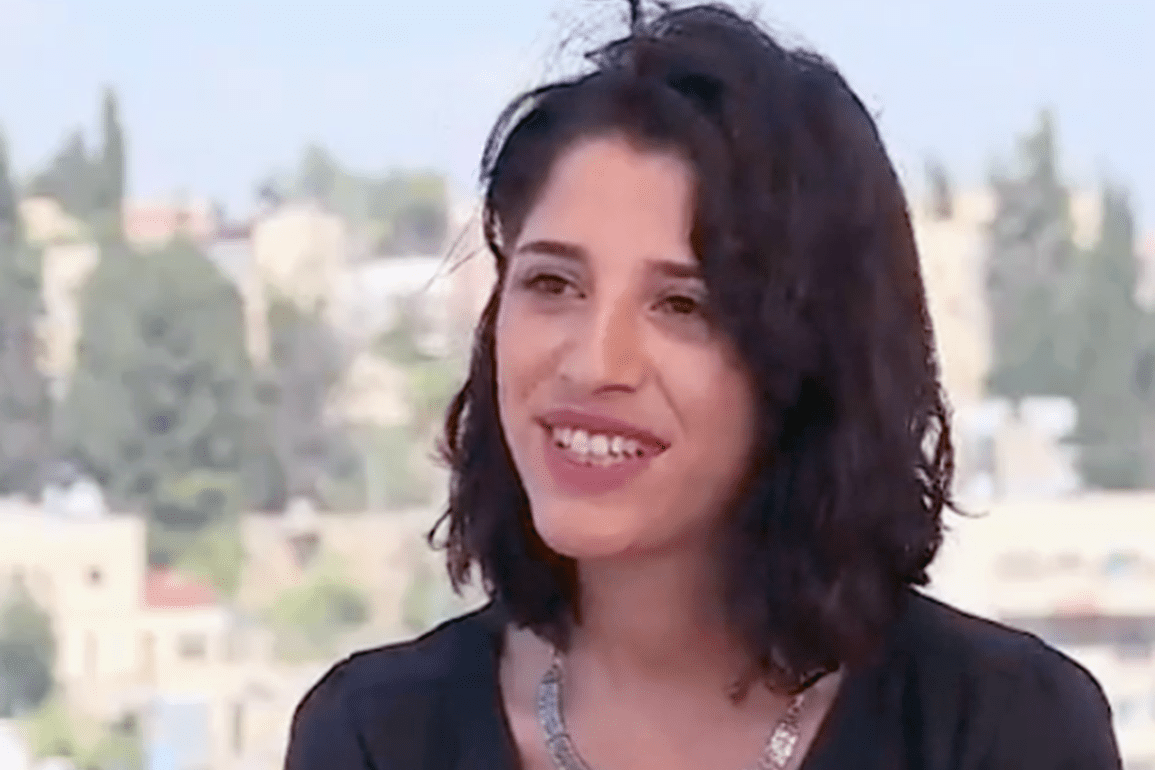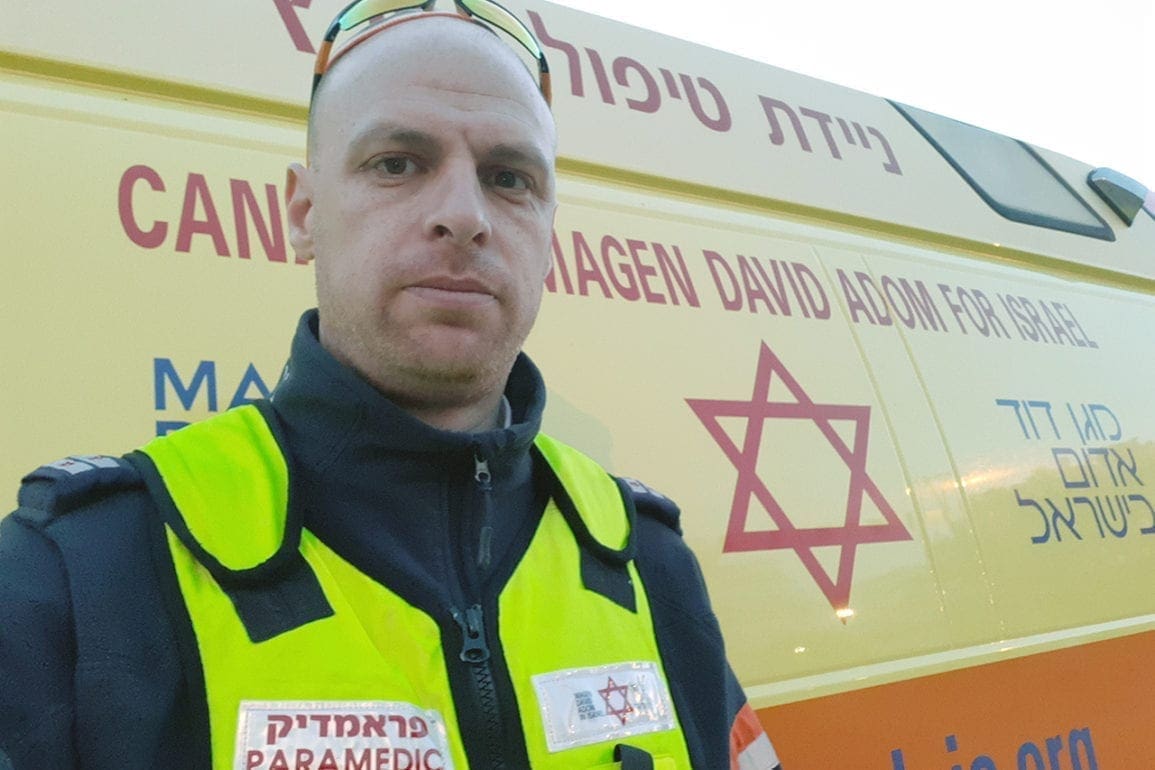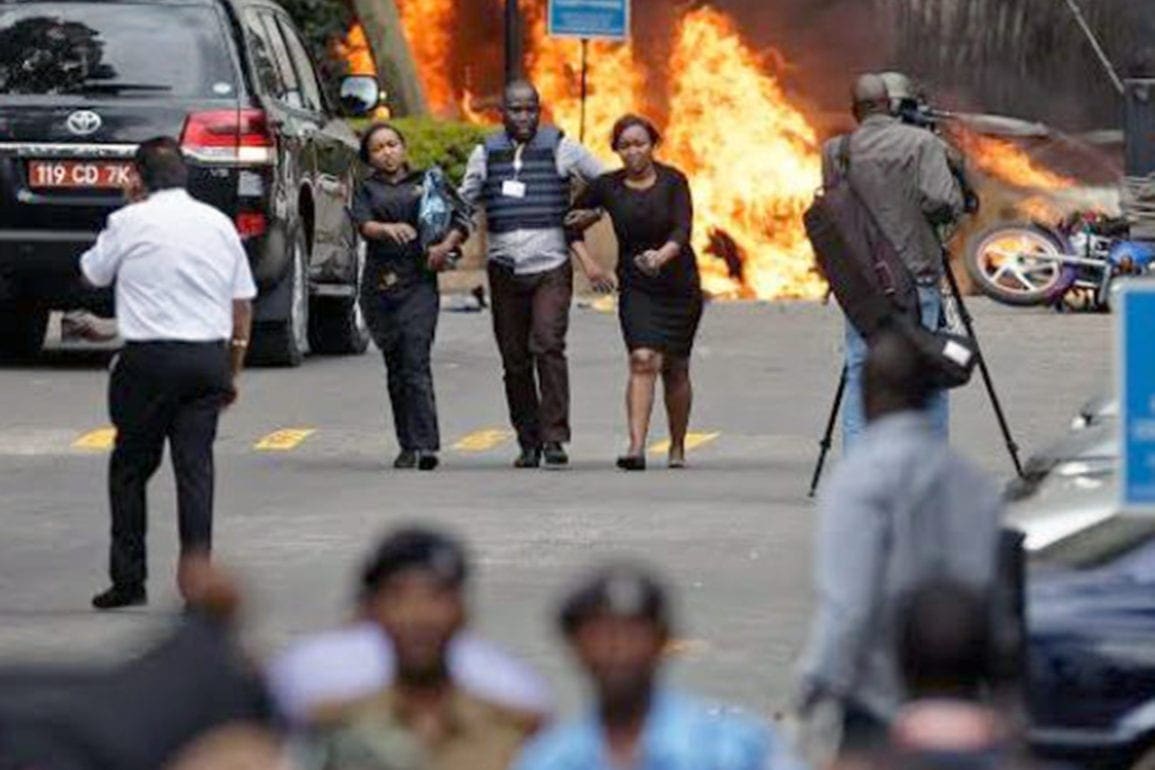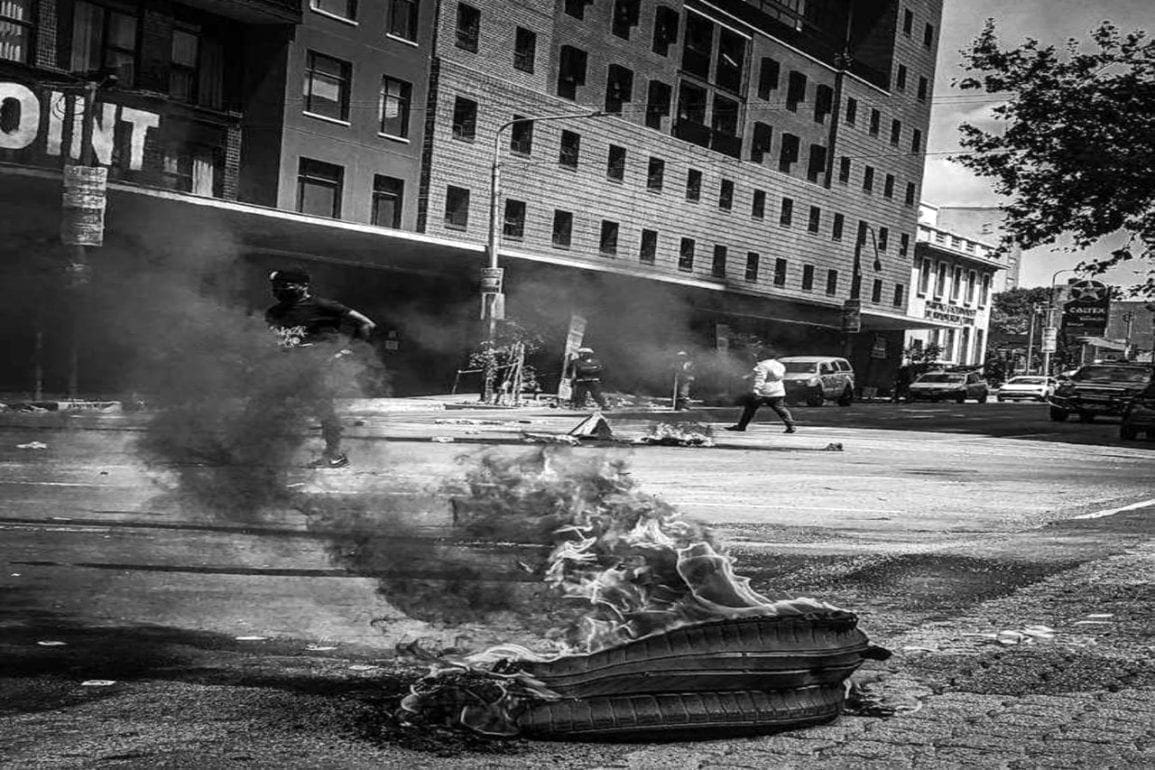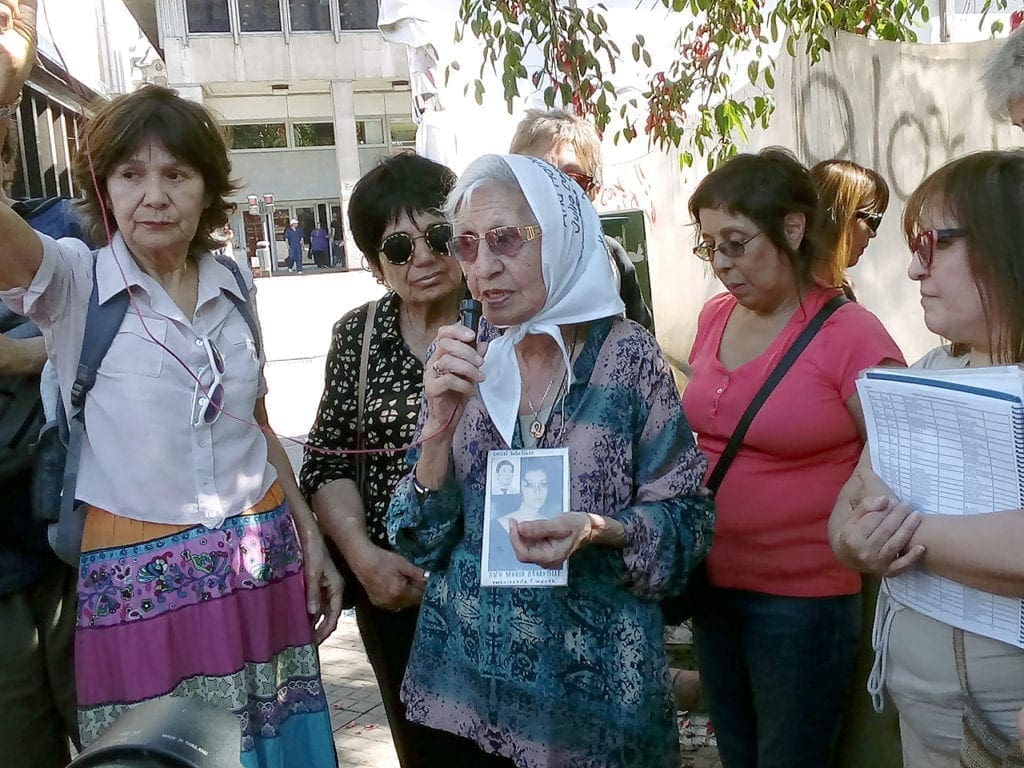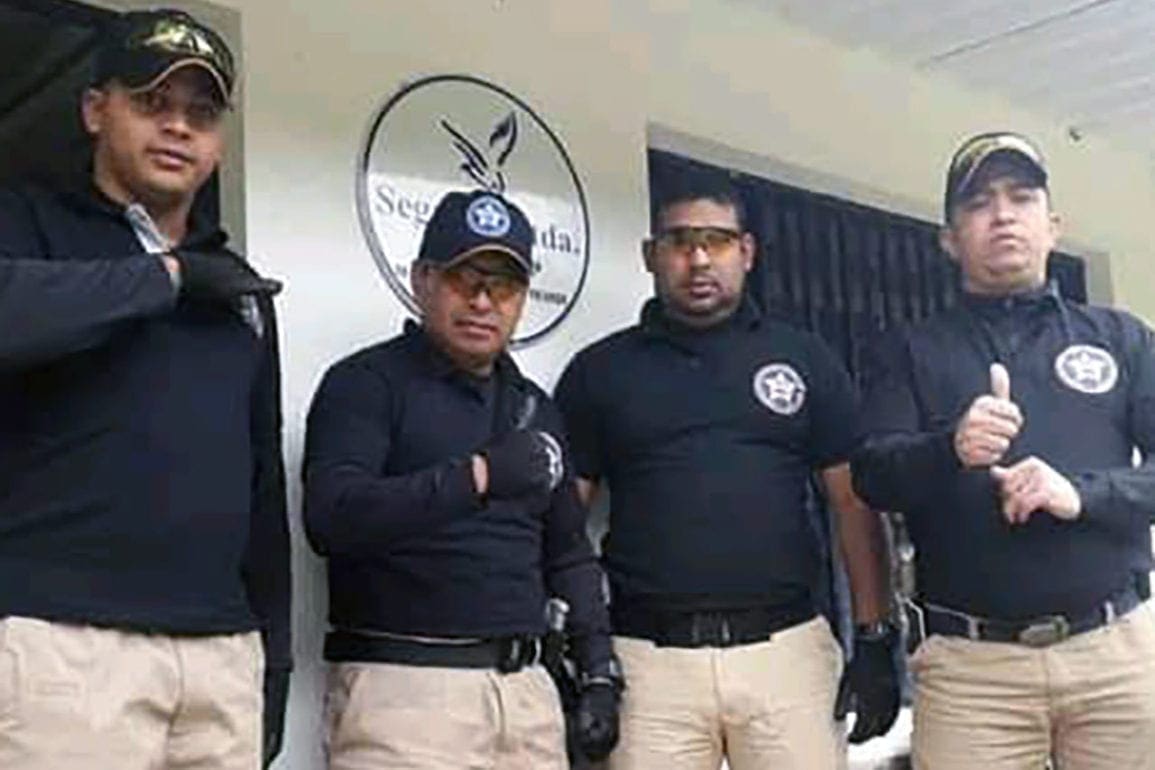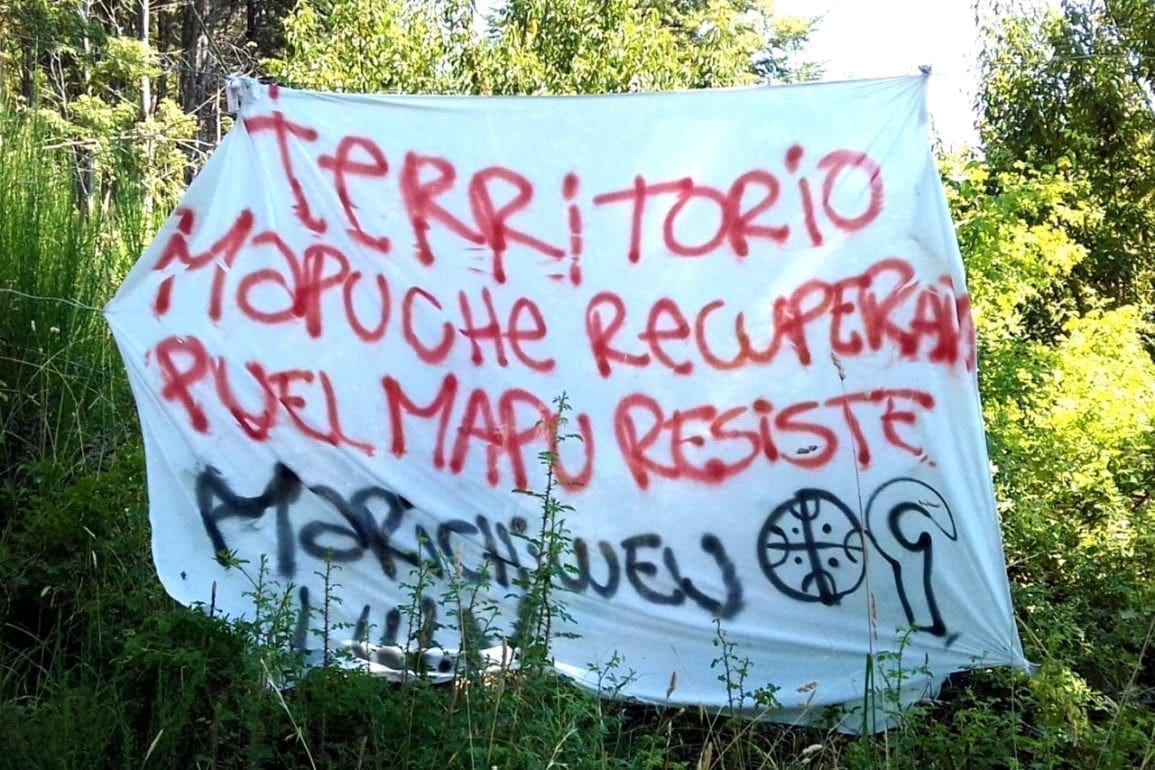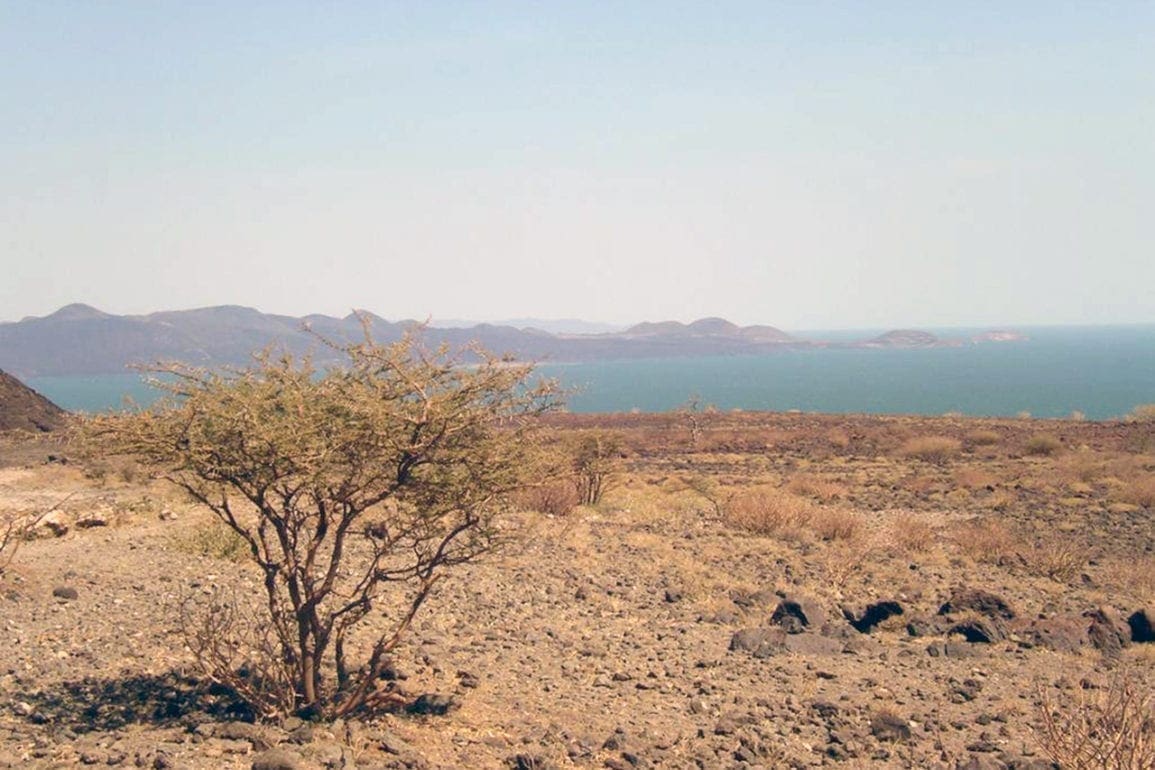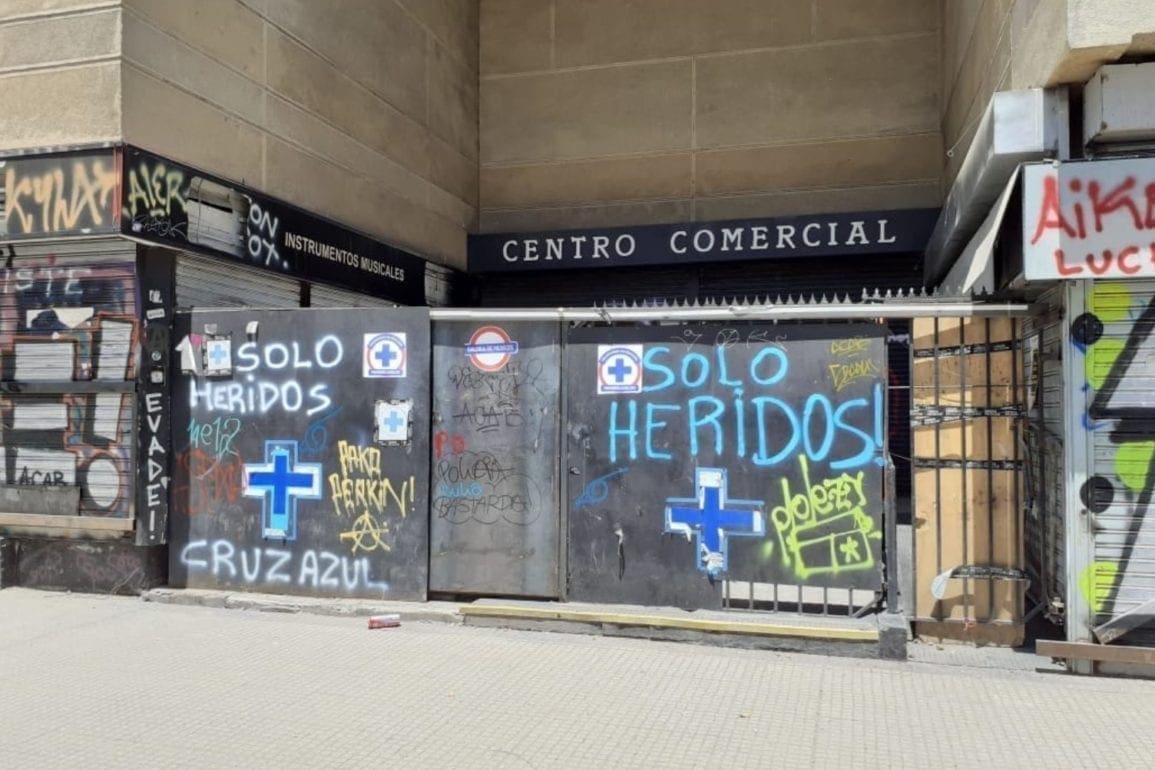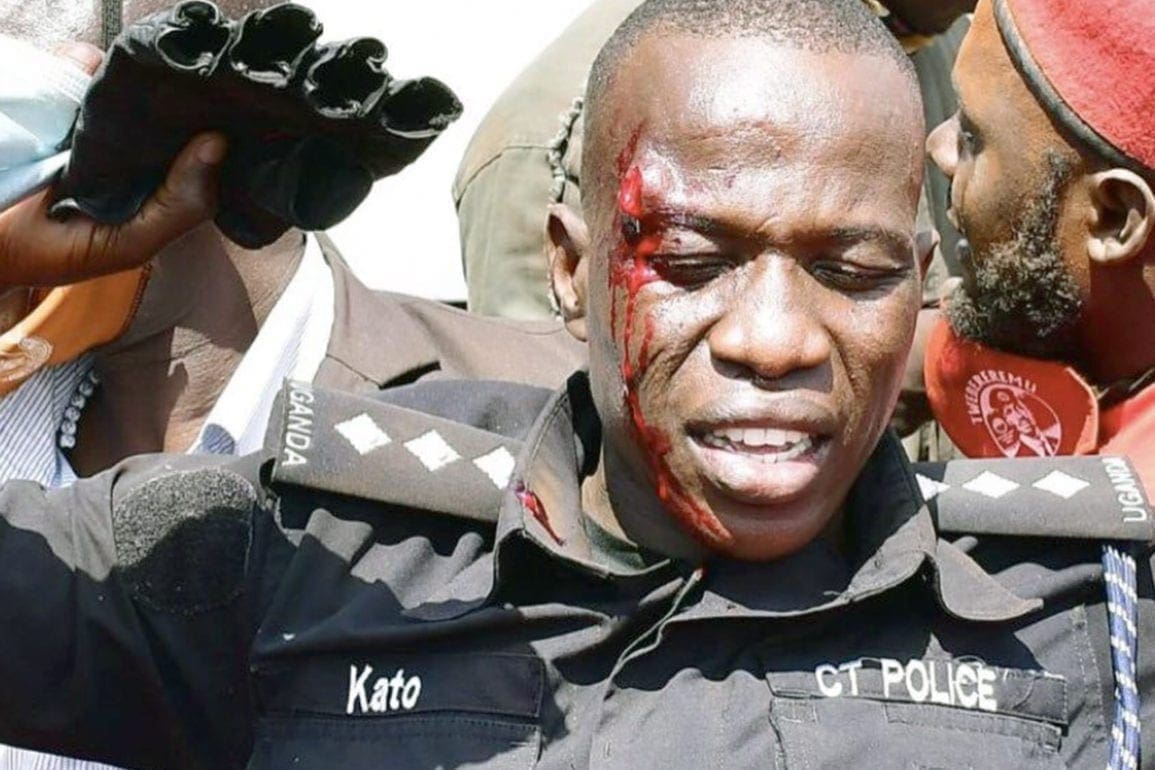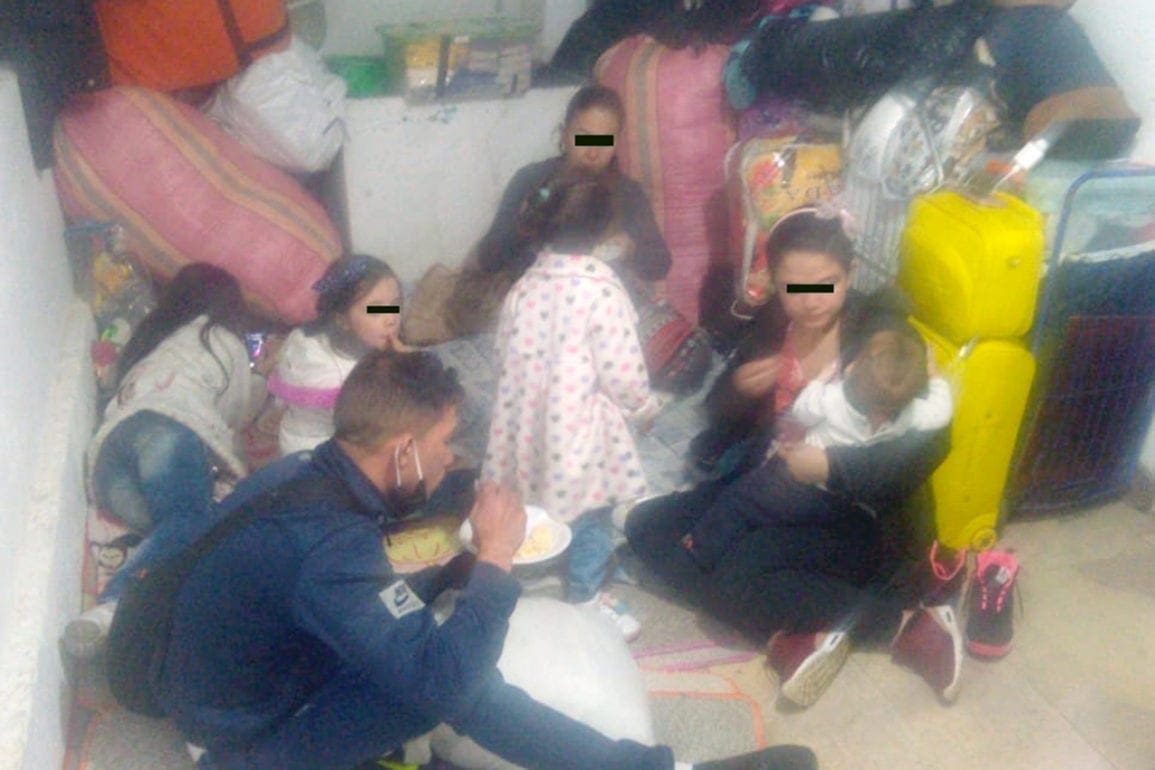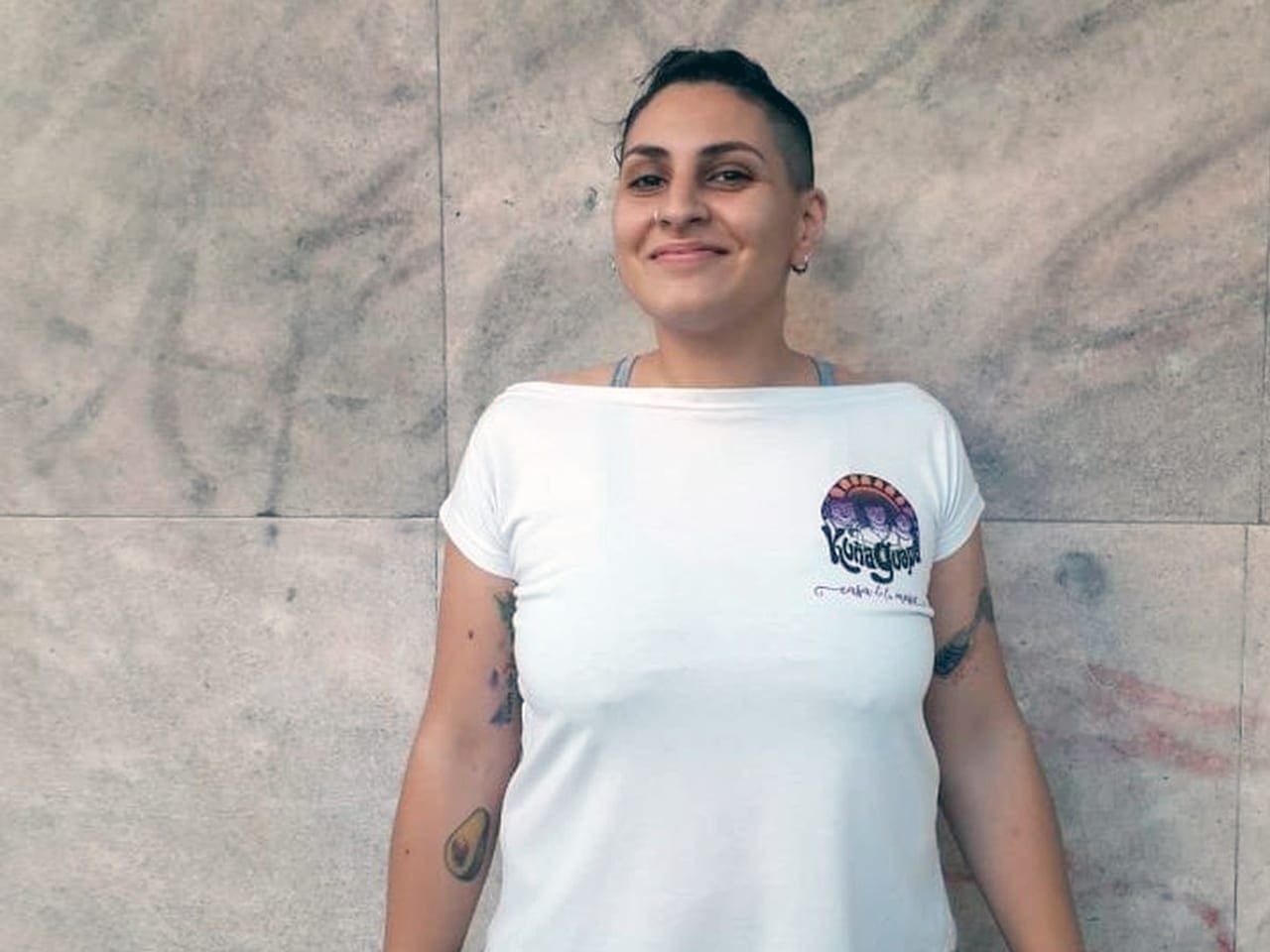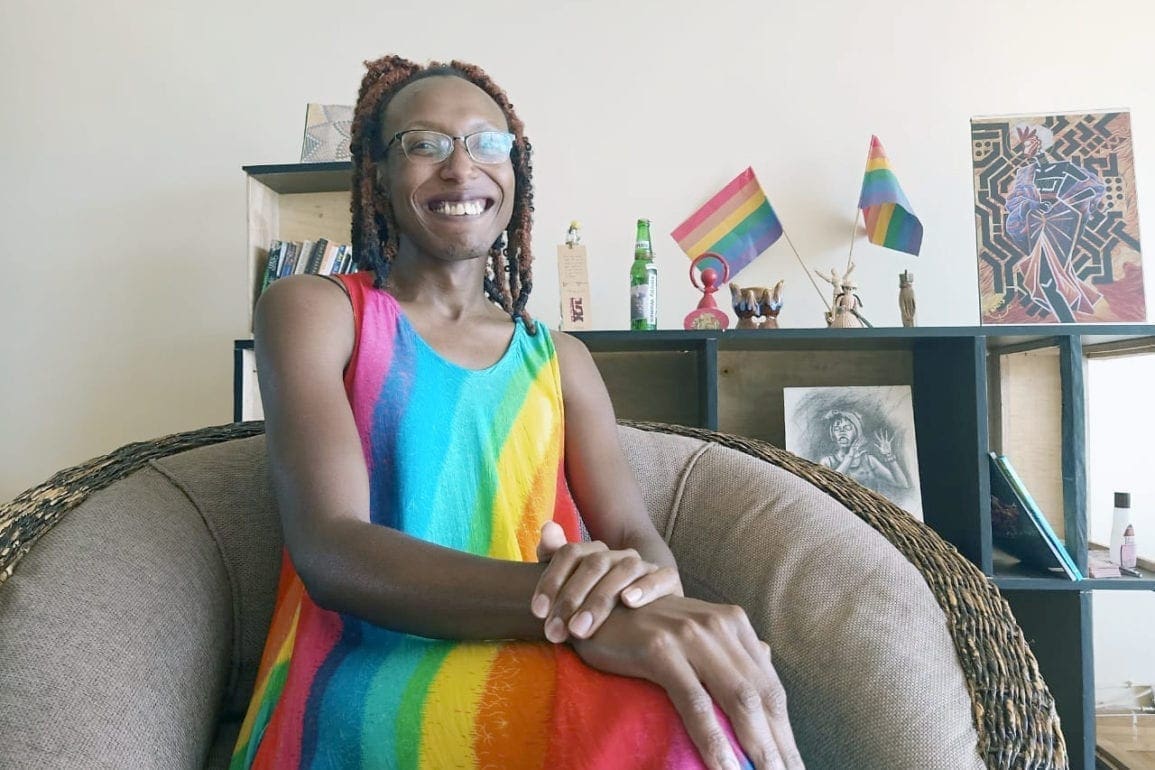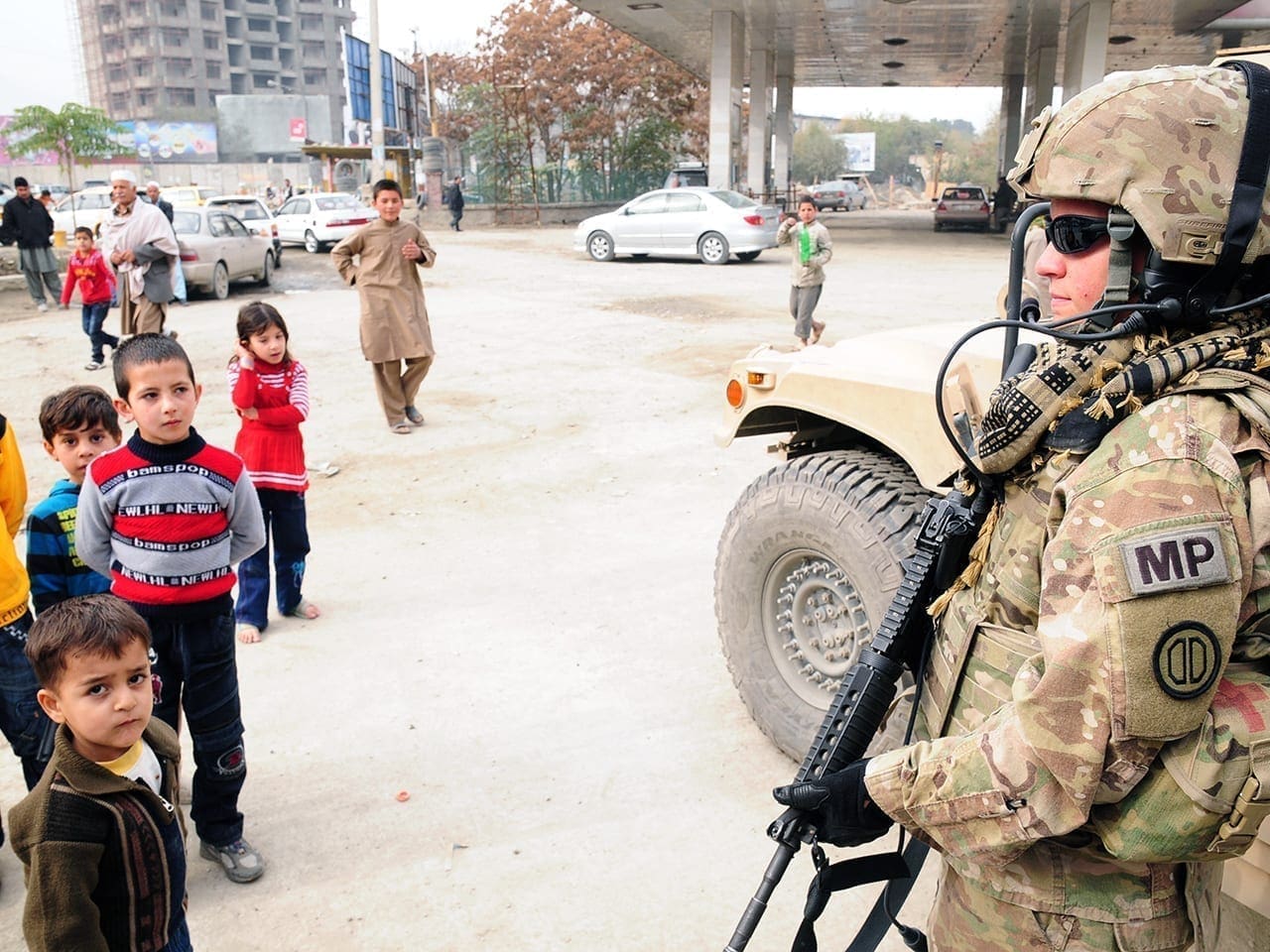Eight decades later at 97 she recalls the battle cry “Give me blood and I will give you freedom.”
I hid in the trenches, sometimes for hours. When the full moon lit up the sky, the British Army launched nightly attacks. I came to dread the full moon, which brought the sound of the danger siren bellowing.
- 2 years ago
January 2, 2023
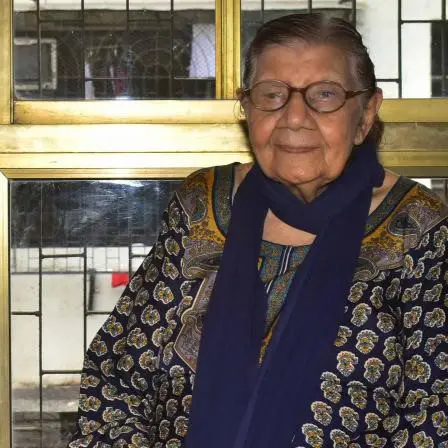
MUMBAI, India ꟷ At 17 years old, inspired by a famous speech by Netaji Subhas Chandra Bose, I joined the Indian National Army with my sister Neelam to fight against British colonization. Over 80 years later, at 97 years old, I still remember his words: “Give me blood and I will give you freedom.”
More than a thousand young women showed up from Malaysia, Bangkok, and Singapore. We assembled in Rangoon to prepare for battle. Netaji – whose speech inspired us to fight – nicknamed us “queens.” For eight months, we trained rigorously as fighters and nurses. I woke up early in the morning for marching drills, and learned to handle stun guns, machine guns, rifles, and other weapons
While Indian soldiers fought in World War II as part of the British Army, we formed an army of our own to fight the British and free India.
I watched as people died every minute on the frontlines
My mother Major Leelavati Mehta, who actively joined the Indian Freedom Movement several years prior, assigned me to INA’s Rani Jhansi Regiment. I cried so much, having never seen that side of life before. Growing up I wanted for nothing. I grew up in an affluent family and attended Christian school in what is now known as Yangon, Myanmar.
Read more stories from India at Orato World Media.
I often heard the popular refrain, “Britain shall always rule the waves.” That sentence felt like a battle scar I carried with me as a child. I could not do much as a young girl, but often thought, someday I will fight for India’s independence from British rule.
Now, I suddenly faced the horrors of war and my own mortality. In time, I made friends with the other women soldiers. Things got better, and I became one of the first among the officers to join the Indian soldiers on the frontlines. New wounded soldiers arrived constantly from battle, as we faced incessant bombing. I often had to run for cover – never taking a break, not even for food.
Most women never went to the frontlines but in my regimen, we eagerly joined the battlefield. We simply wanted to serve our nation and fight equally. As a result, the women of my regimen suffered deep wounds. War remains a violent and horrible experience. Up close, it is incomparable.
On the frontlines, I watched people die every minute. Some were strangers; some were people you were speaking to just moments before. I hid in the trenches, sometimes for hours. When the full moon lit up the sky, the British Army launched nightly attacks. I came to dread the full moon. It brough with it the sound of the danger siren bellowing. We ran to the trenches and hid until the cleaning sirens rang, signaling the end of the attack.
After losing the war, the British arrested us
One evening while on guard, I strolled the seven-acre camp with my rifle on my shoulder. I slipped and had to be hospitalized. Netaji, our leader, paid me a visit and upon seeing his face, I began to cry. “The war has not started yet,” he said. “You are going to be on the frontlines. If you cry like this, how will you fight?” He told me I had to be bold and brave. “You are doing this for India’s freedom,” he said.
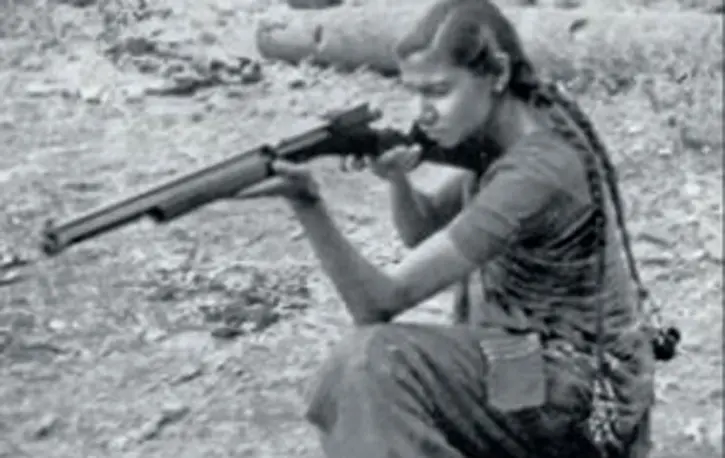
I felt comfort and his words filled me with motivation to keep going. My pain became lighter. My fight continued, along with 75,000 other soldiers who fought for India’s independence. Thirty thousand lost their lives. While the INA lost the war in 1945, India would gain its independence two years later. In the meantime, as women, we faced constant harassment and torment. Many soldiers became prisoners and died from torture.
The British Army put my mother, sister, and I on house arrest. For over six months, we did not see the outside world. The British spied on us constantly and we felt unsafe all the time. A British soldier once asked me, why did you join the Indian National Army? I told him, “I want India’s independence more than anything in the world.” Eventually, I left the Burmese battlefields to return to Mumbai.
Victory, homecoming, and giving back
India finally achieved independence on August 15, 1947. At midnight, the first Prime Minister of India, Jawaharlal Nehru, made a speech that brought tears to my eyes. I felt so much pride and so much happiness.
I thought about Netaji who waited for this moment his entire life, and how he wasn’t there to see it. He never even got the recognition he deserved. I felt heartbroken at the thought of Netaji’s bravery and effort in battle; how his contribution to our freedom went unnoticed. He was a true hero, who motivated his people and gave them confidence to believe in a better future.
At 97 years old, I still read his letters to the army and the final letter he wrote to his wife. I keep his memory alive within me, but a lot has changed in India. I have grown too old to cling to the past. After coming back from the war, Sardar Vallabhbhai Patel (a conservative members of the Indian National Congress party) granted me the opportunity to join Congress. I declined. I had no interest in politics; I simply wanted to serve my country.

Today, I want to continue to heal from the horrors I lived through, so I became a tourist guide for the Indian government. After serving as a Second Lieutenant, Platoon Commander, and a Guard of Honor in the Azad Hind Fauj, today I bring people joy.
I am the oldest tour guide in the Indian government and earned the Best Tourist Guide award in 2017.
